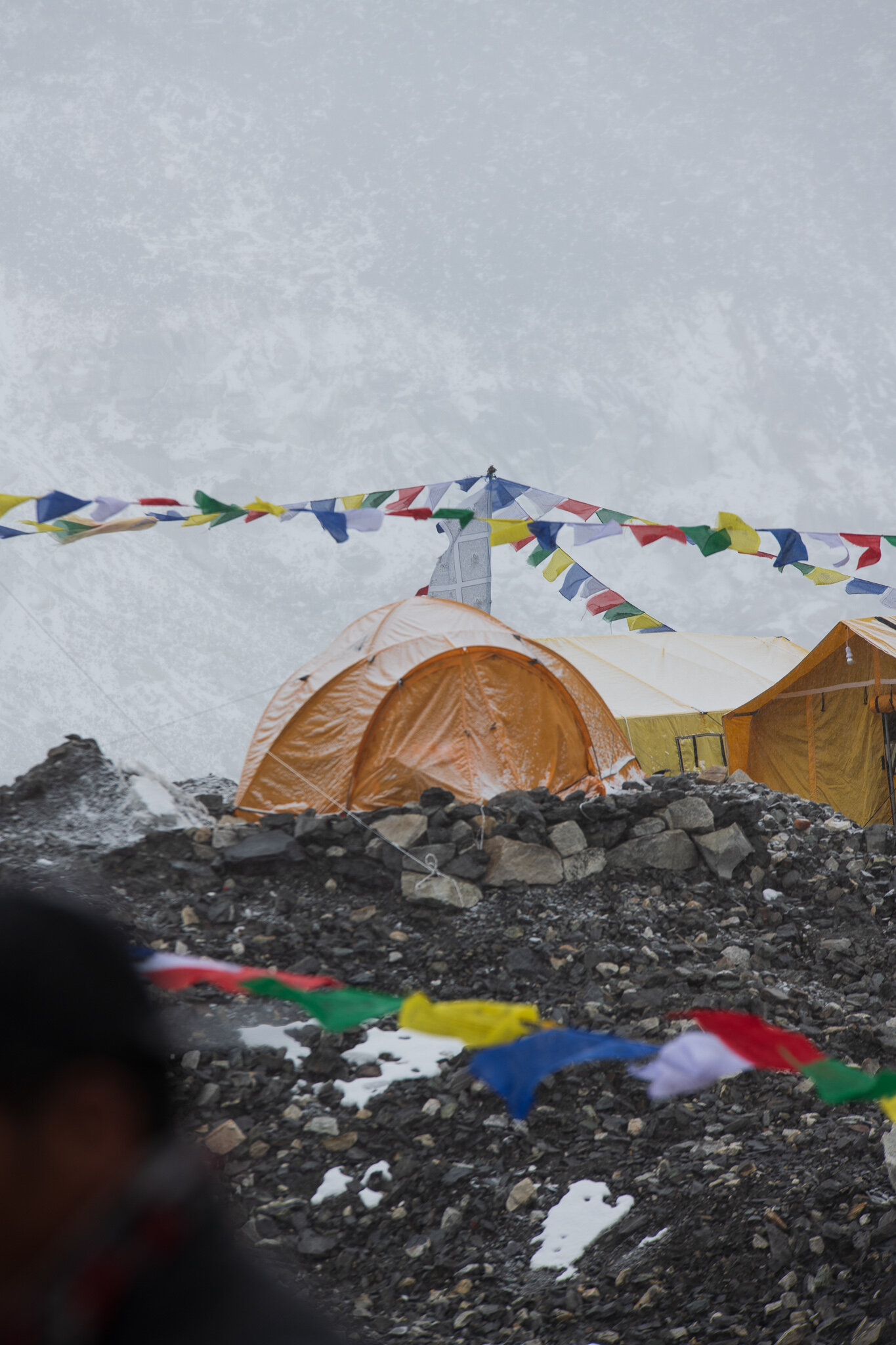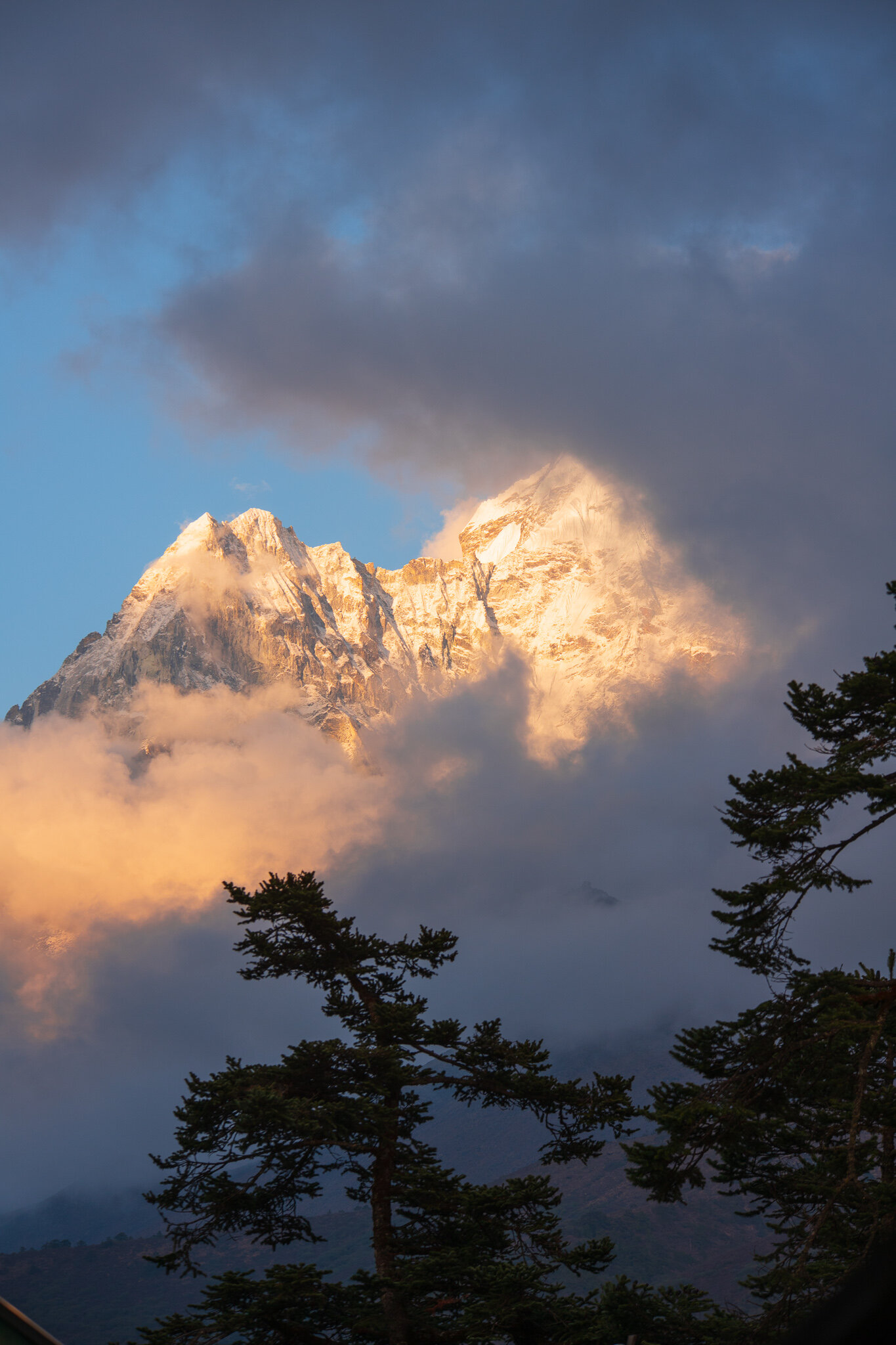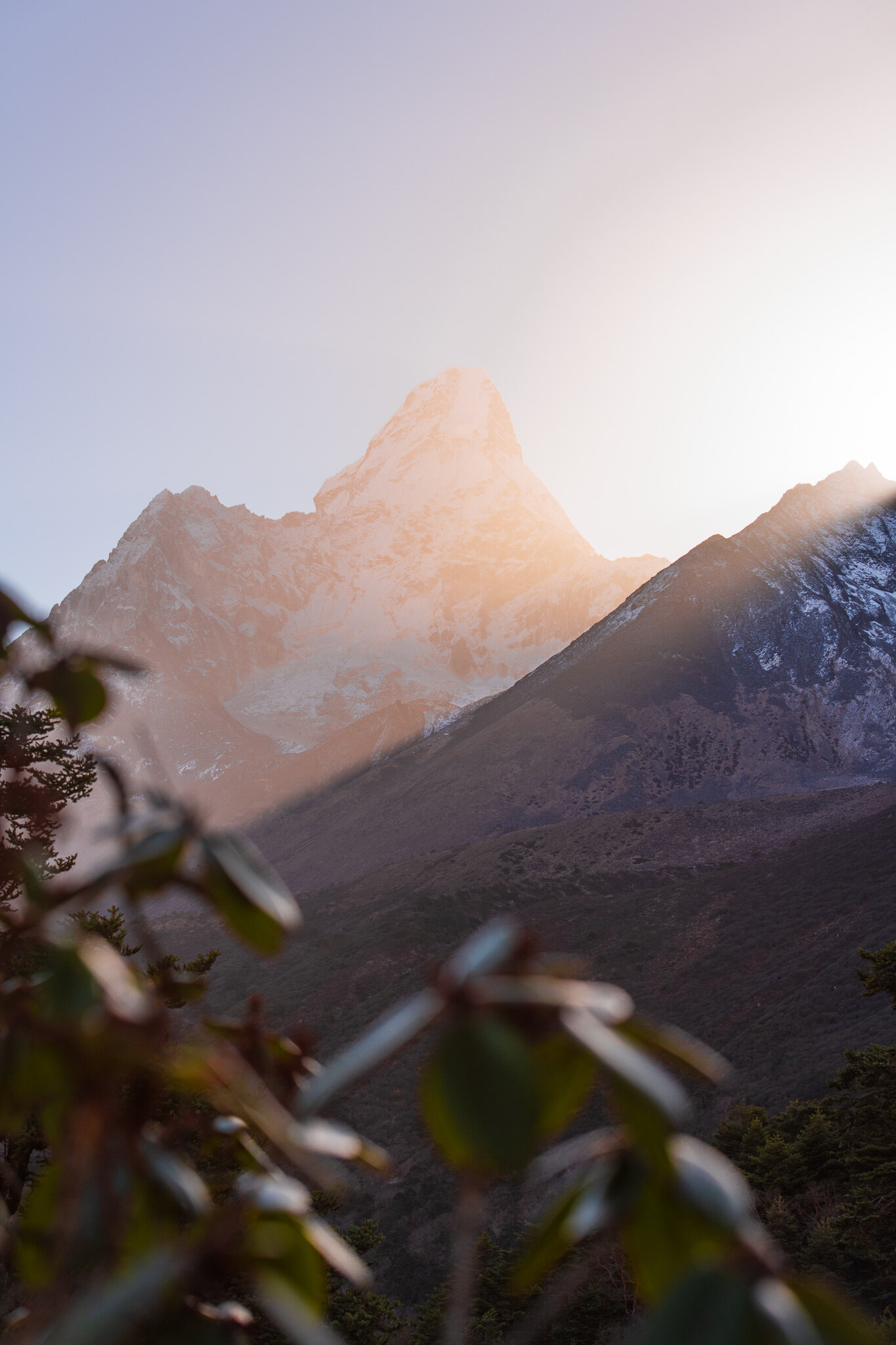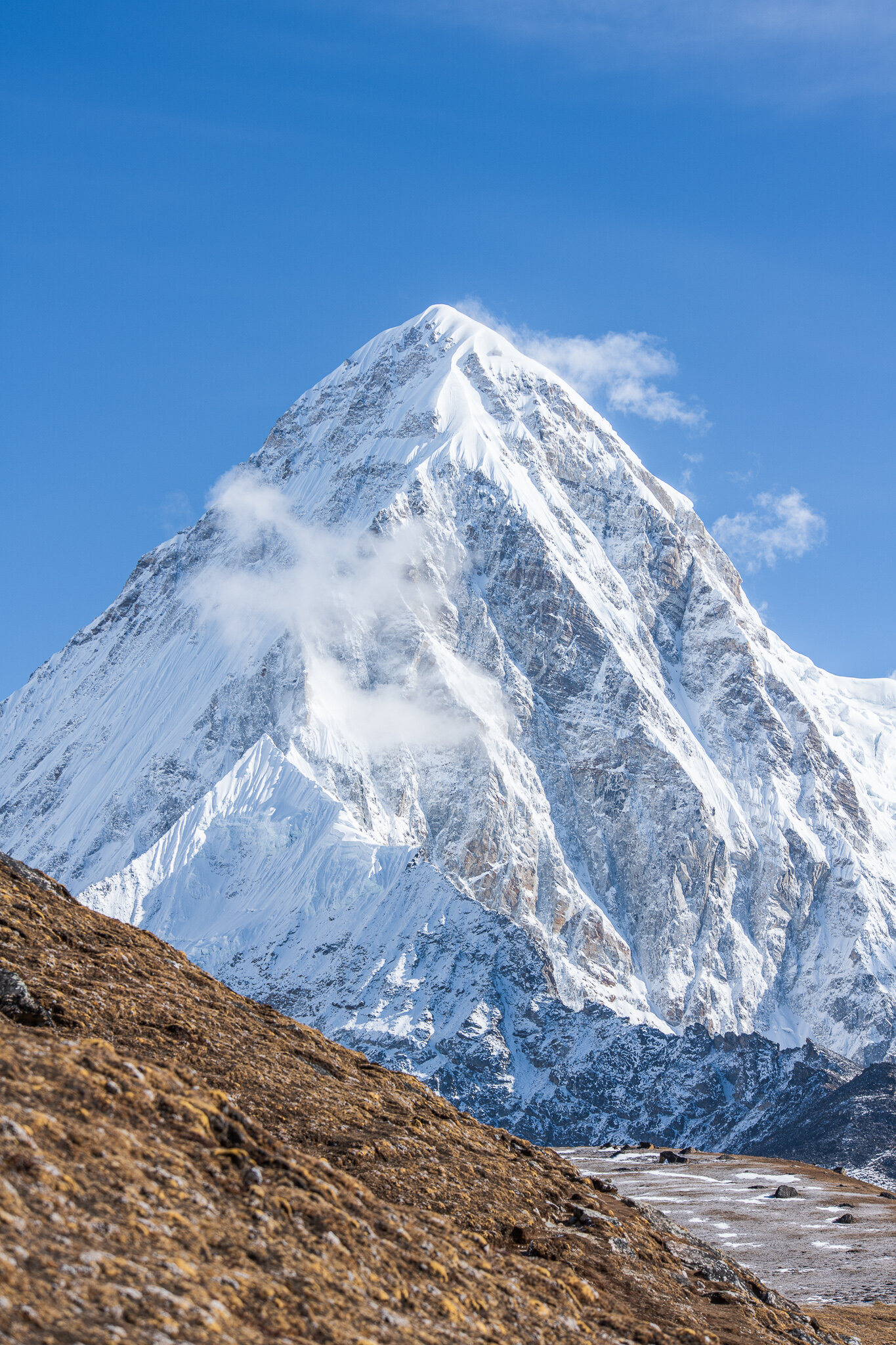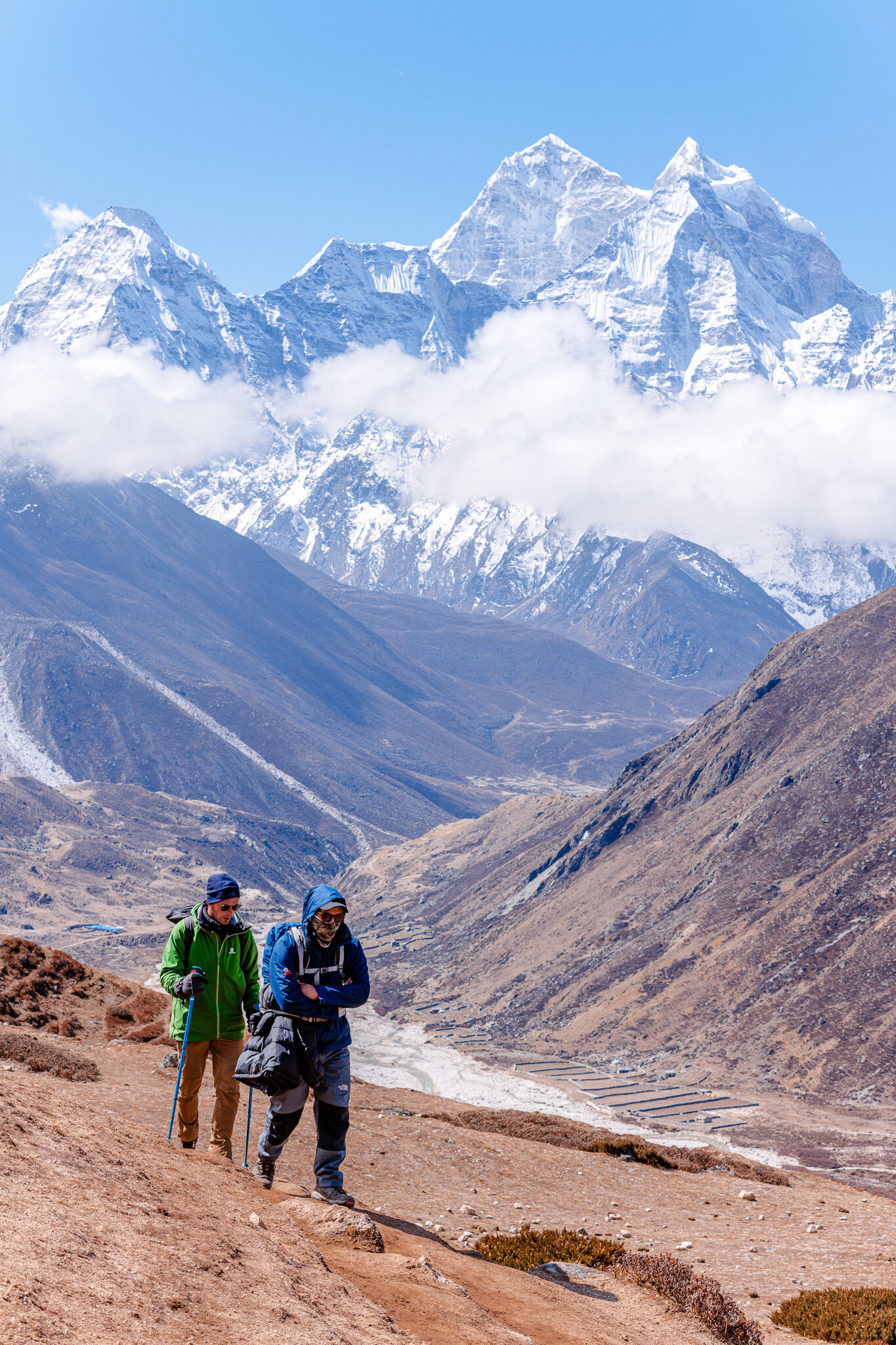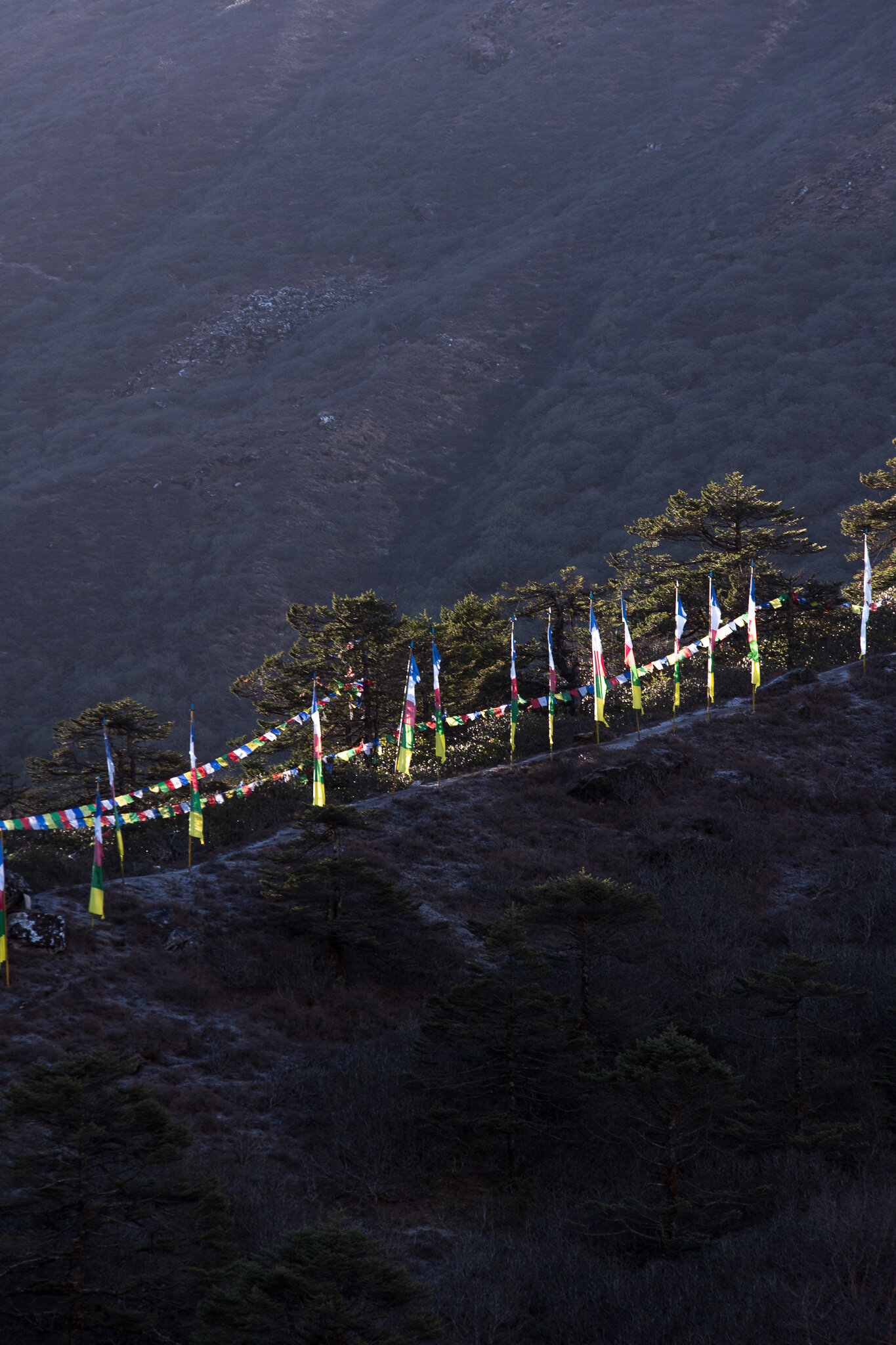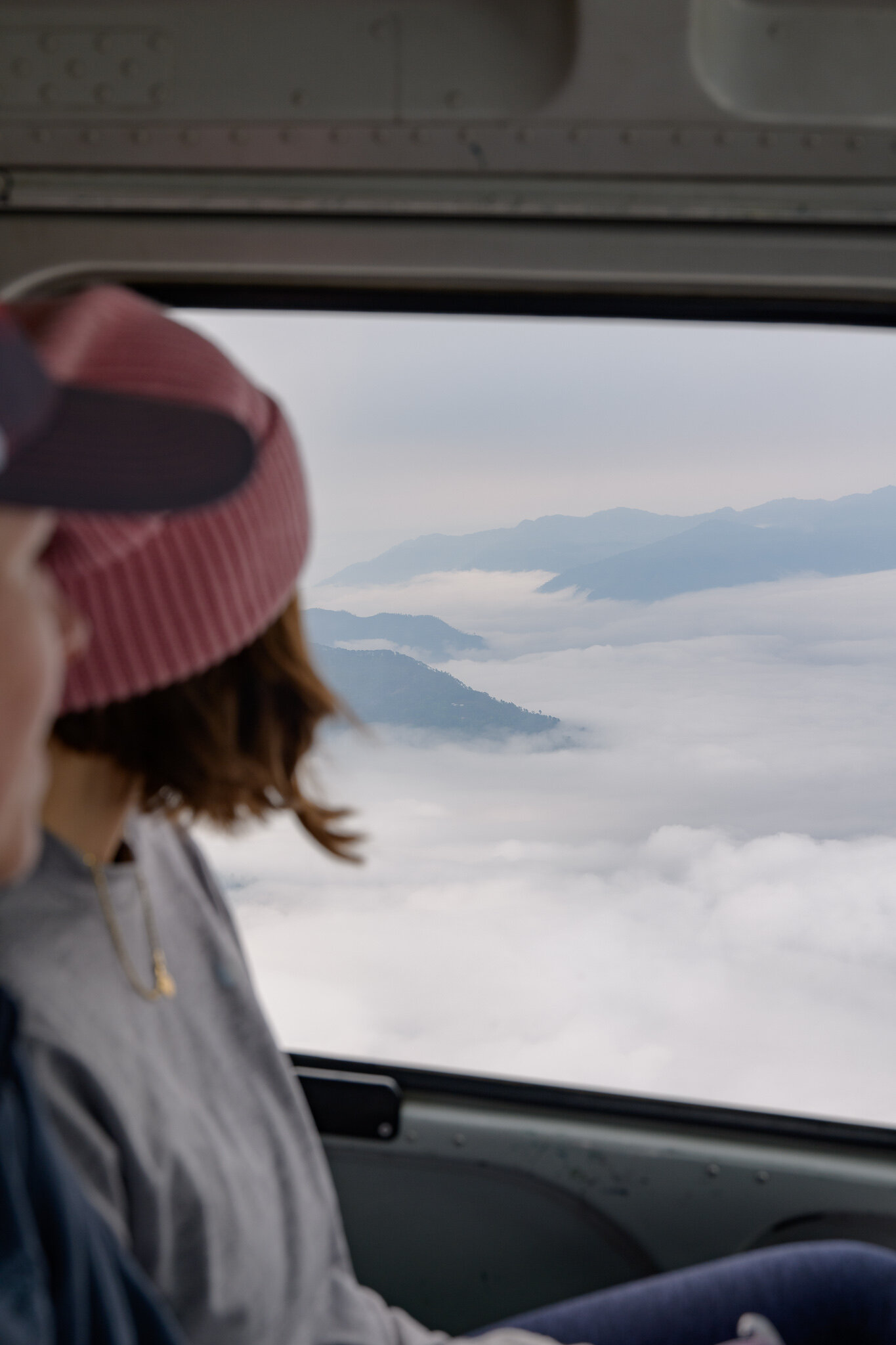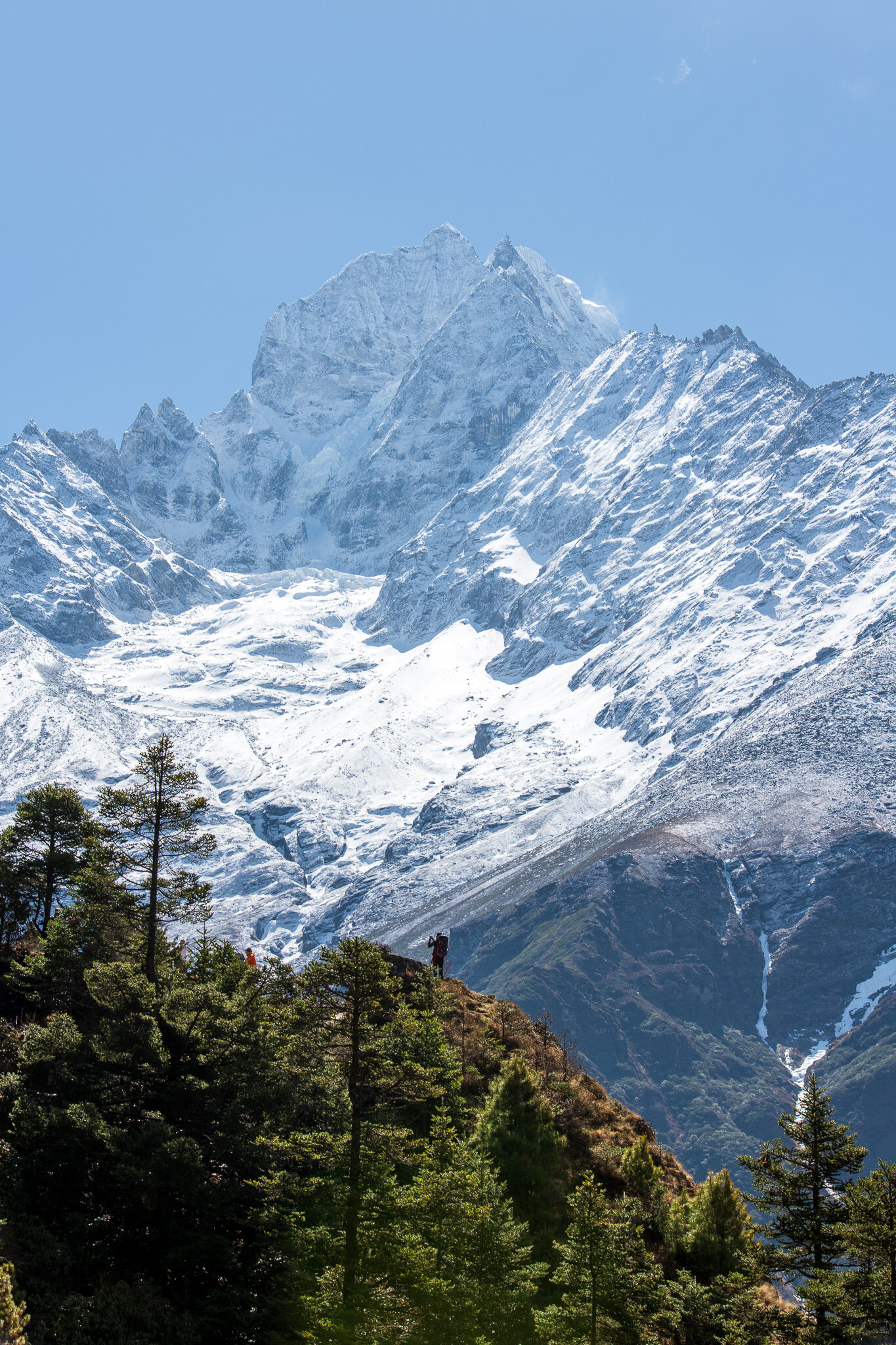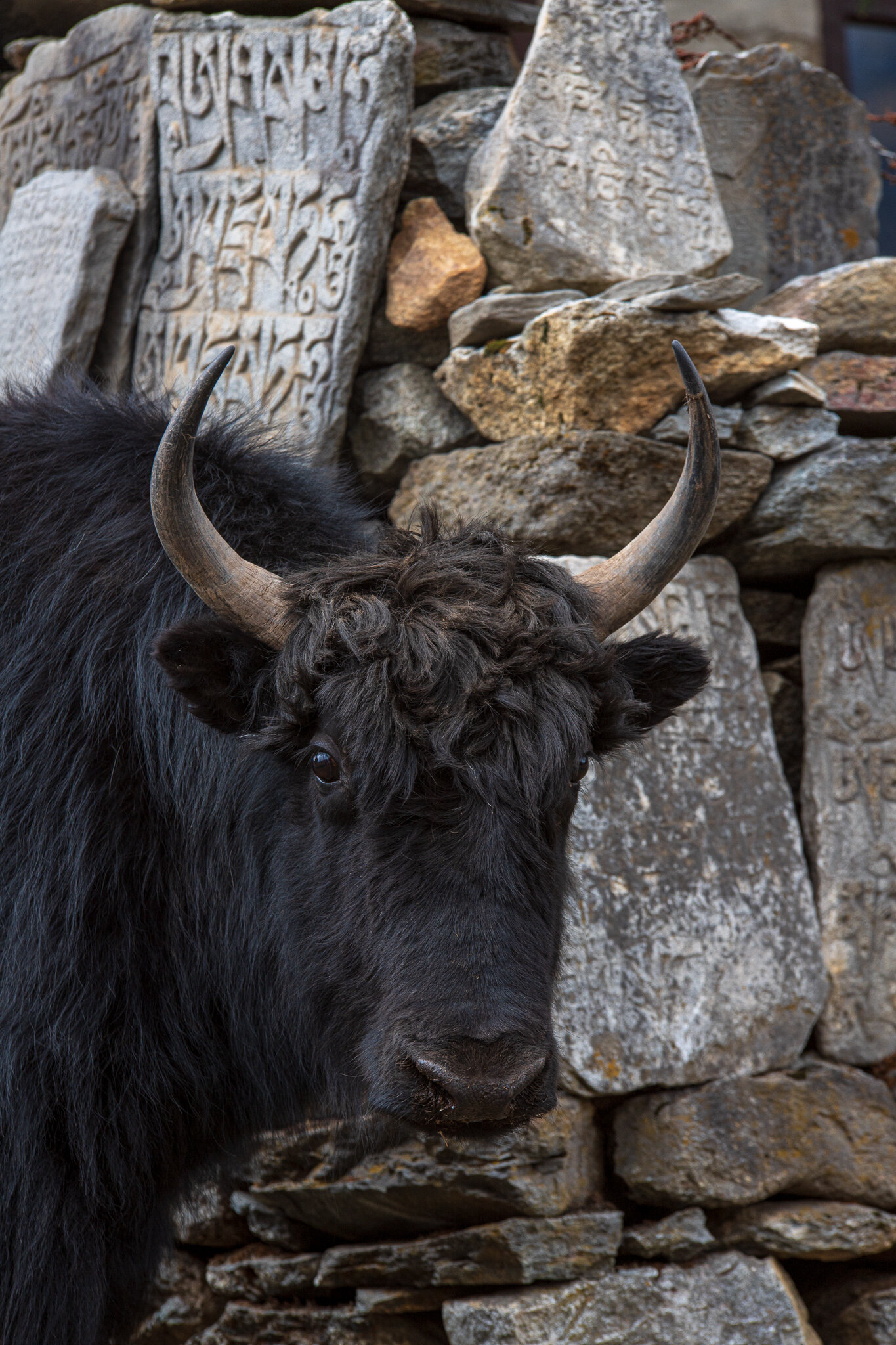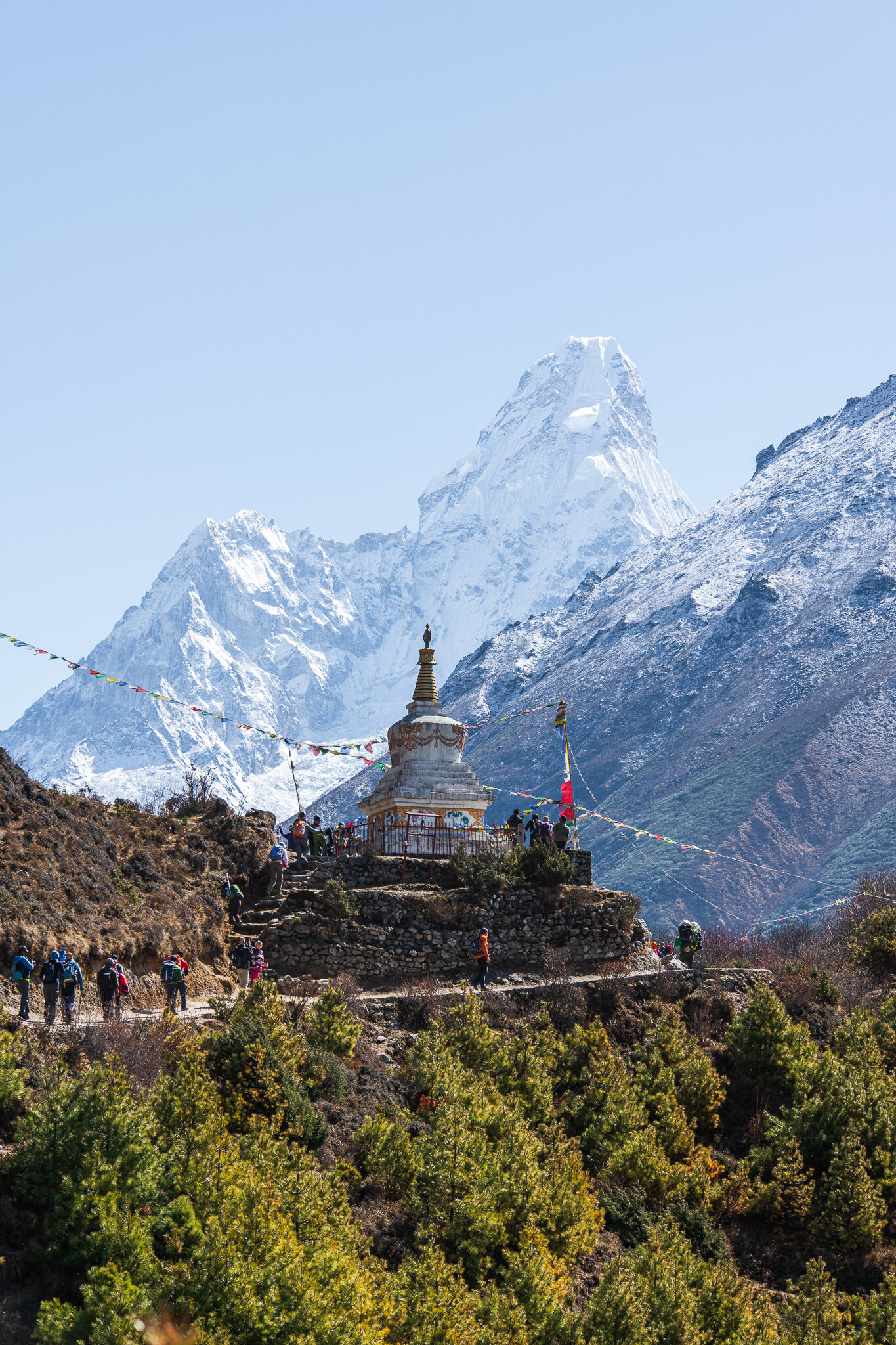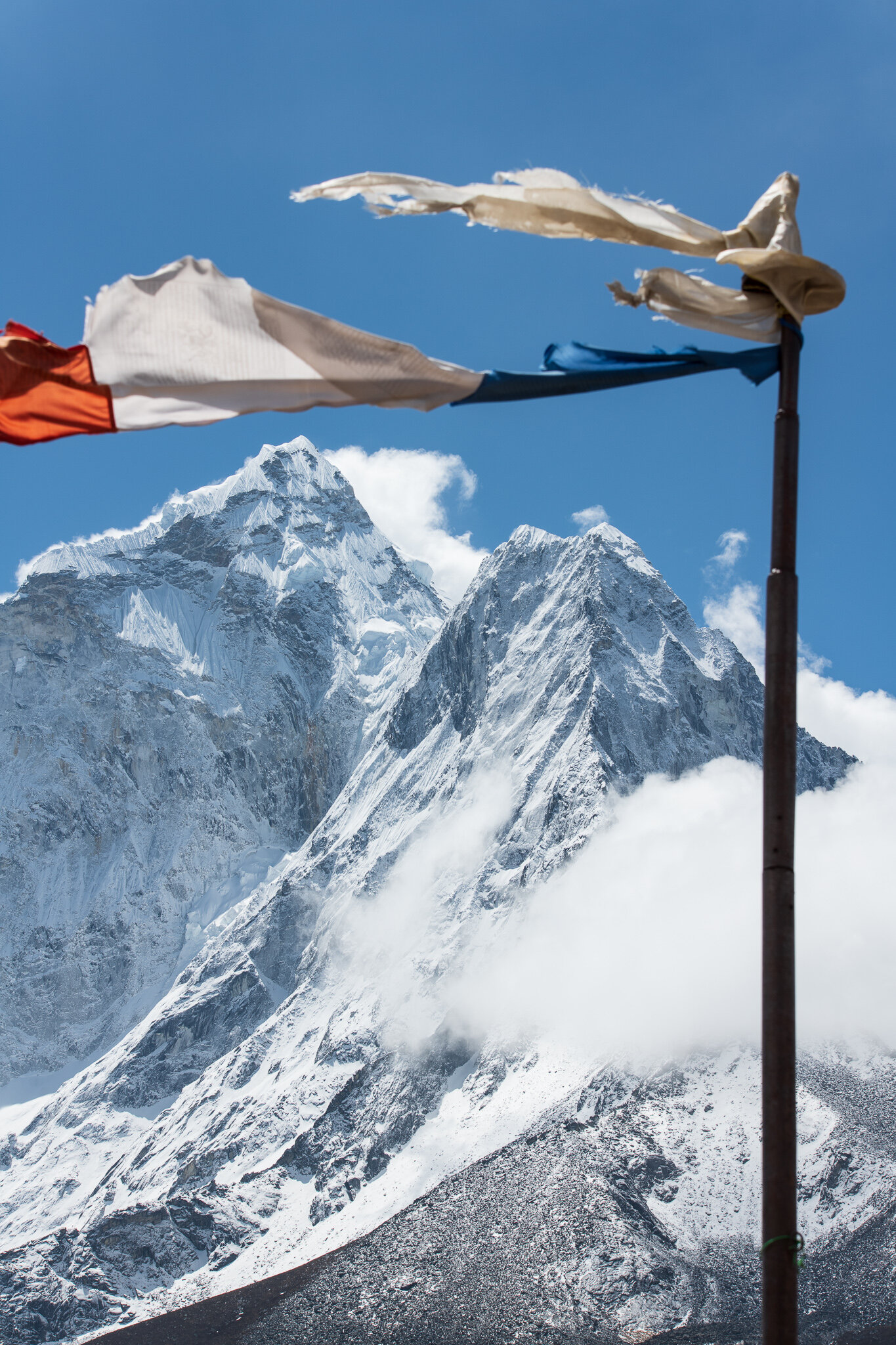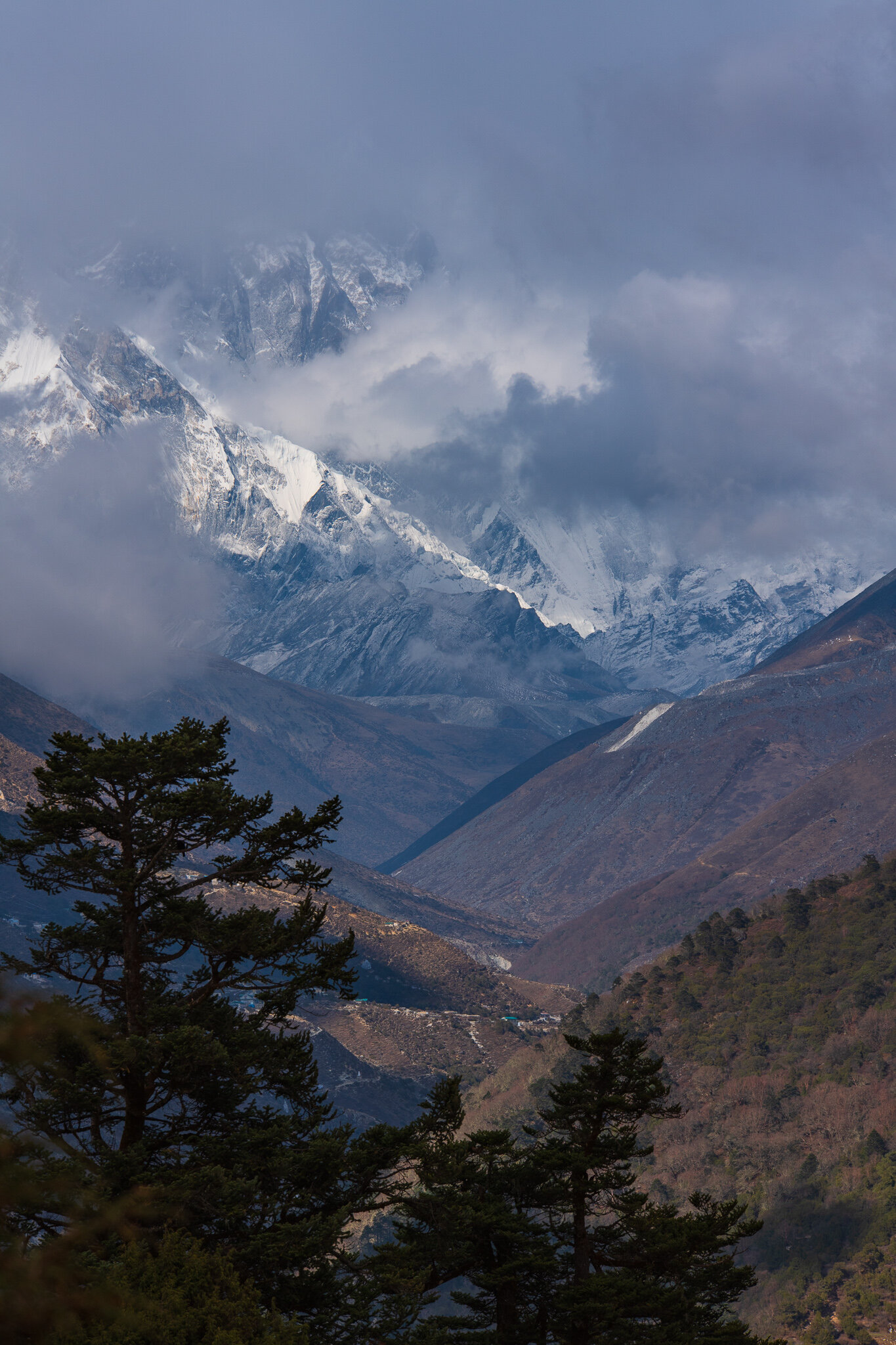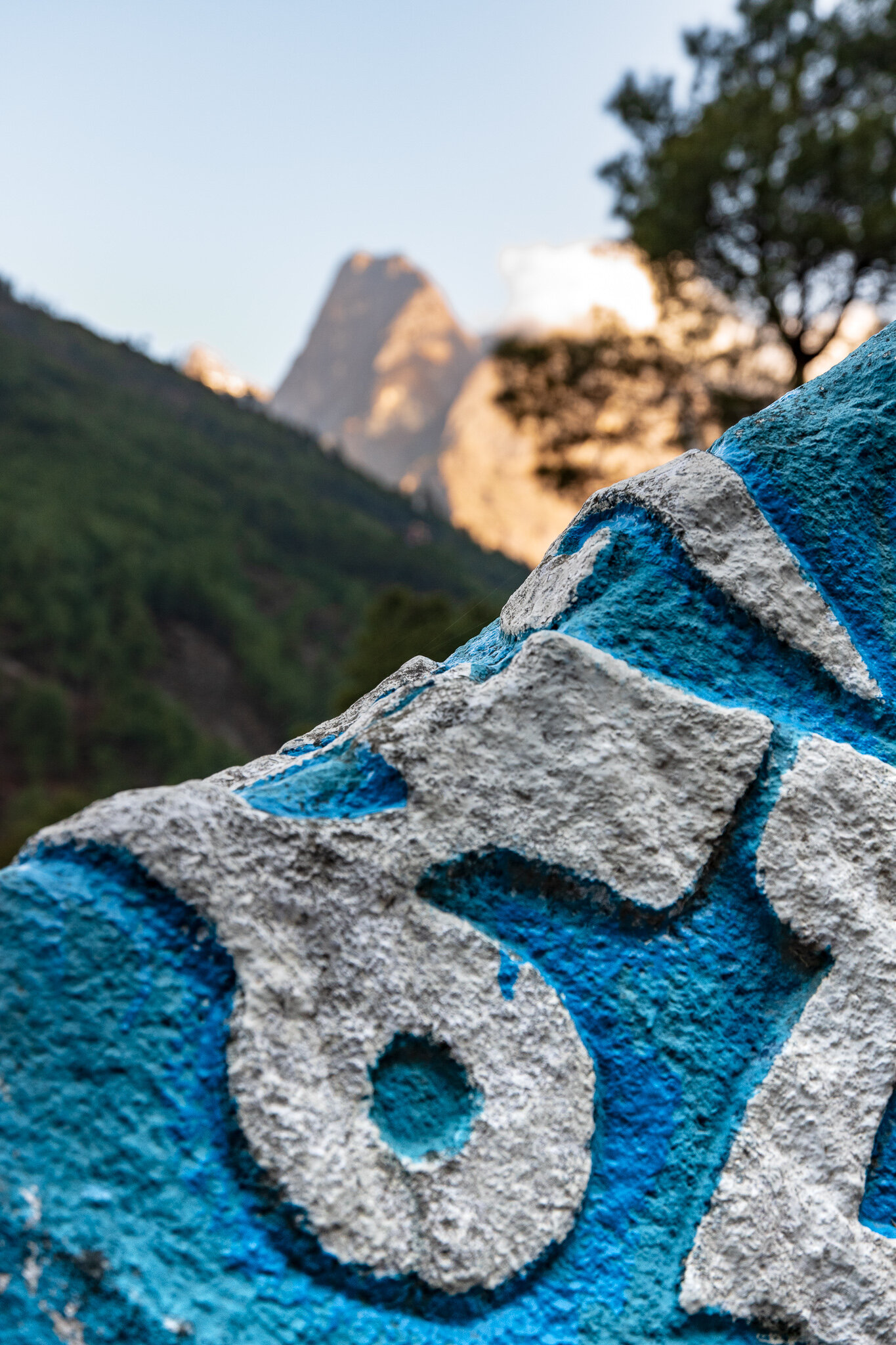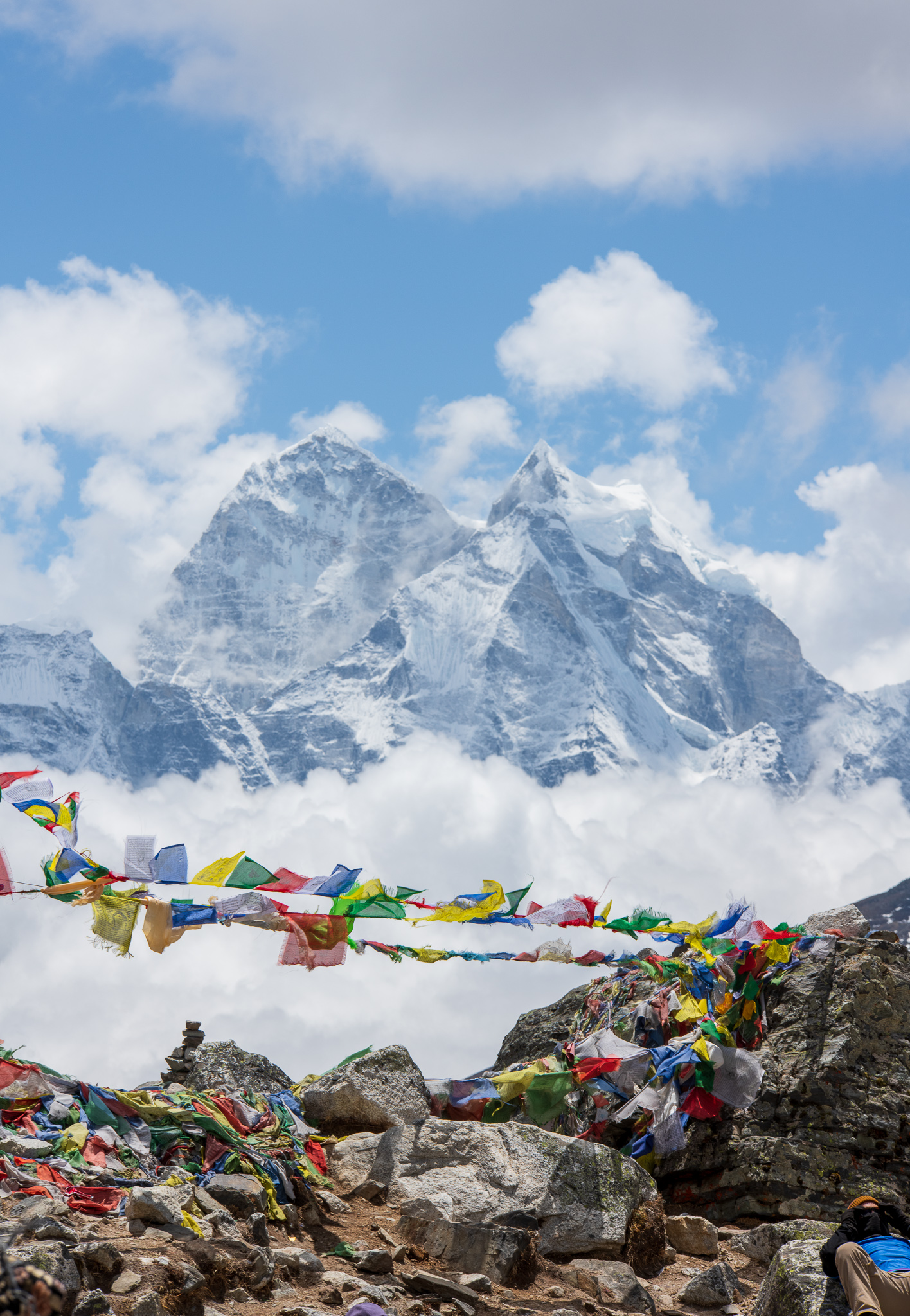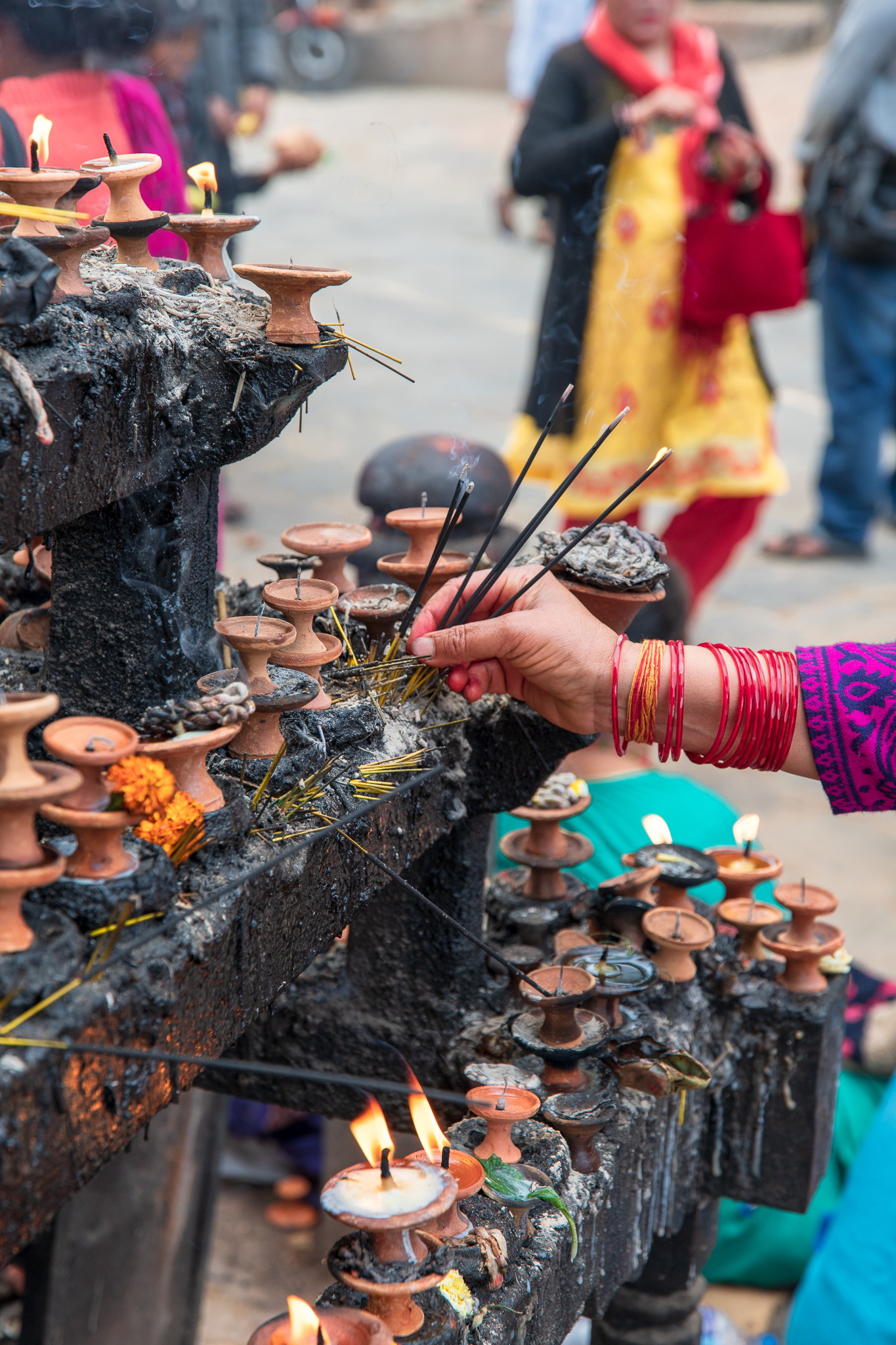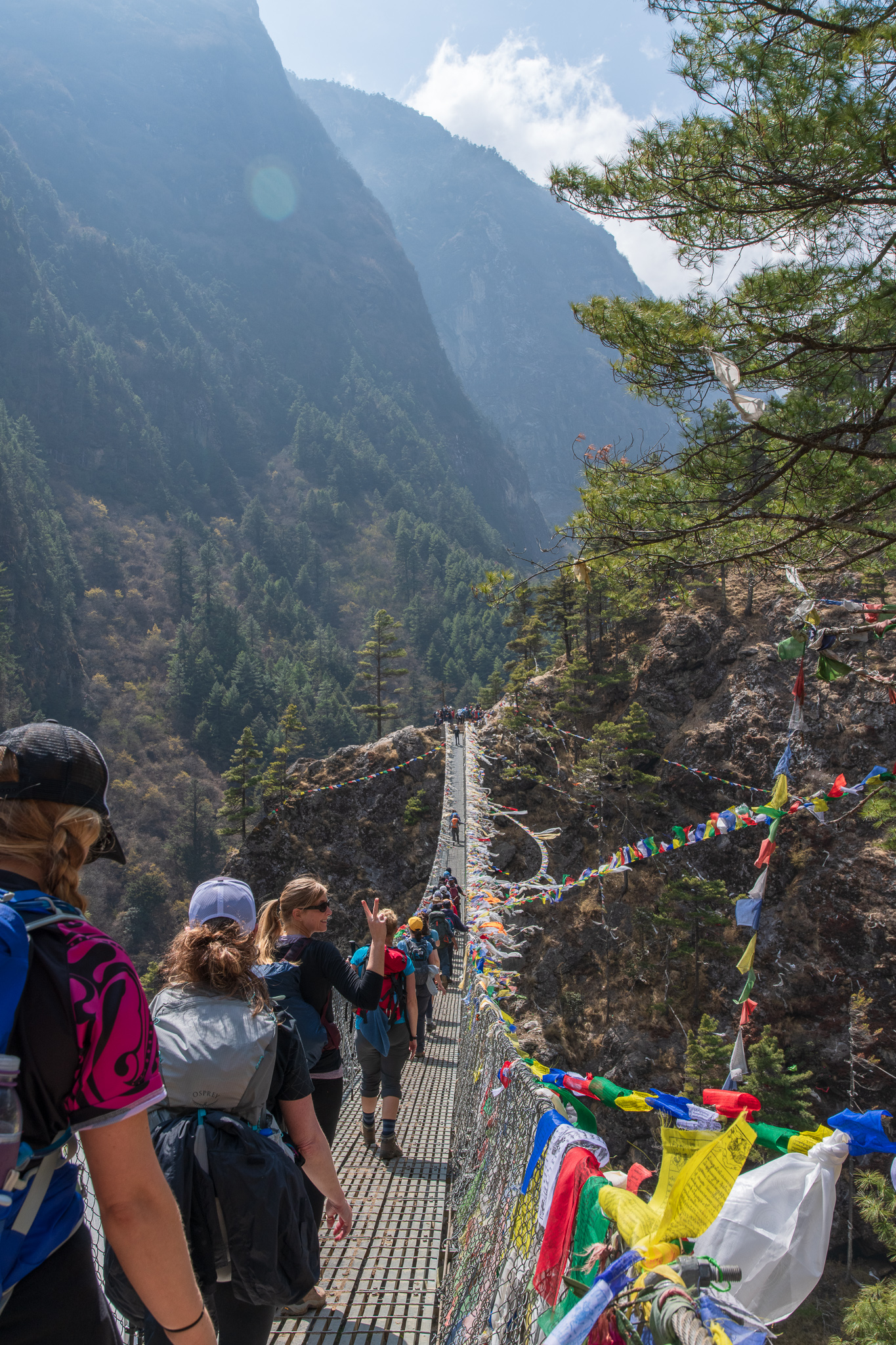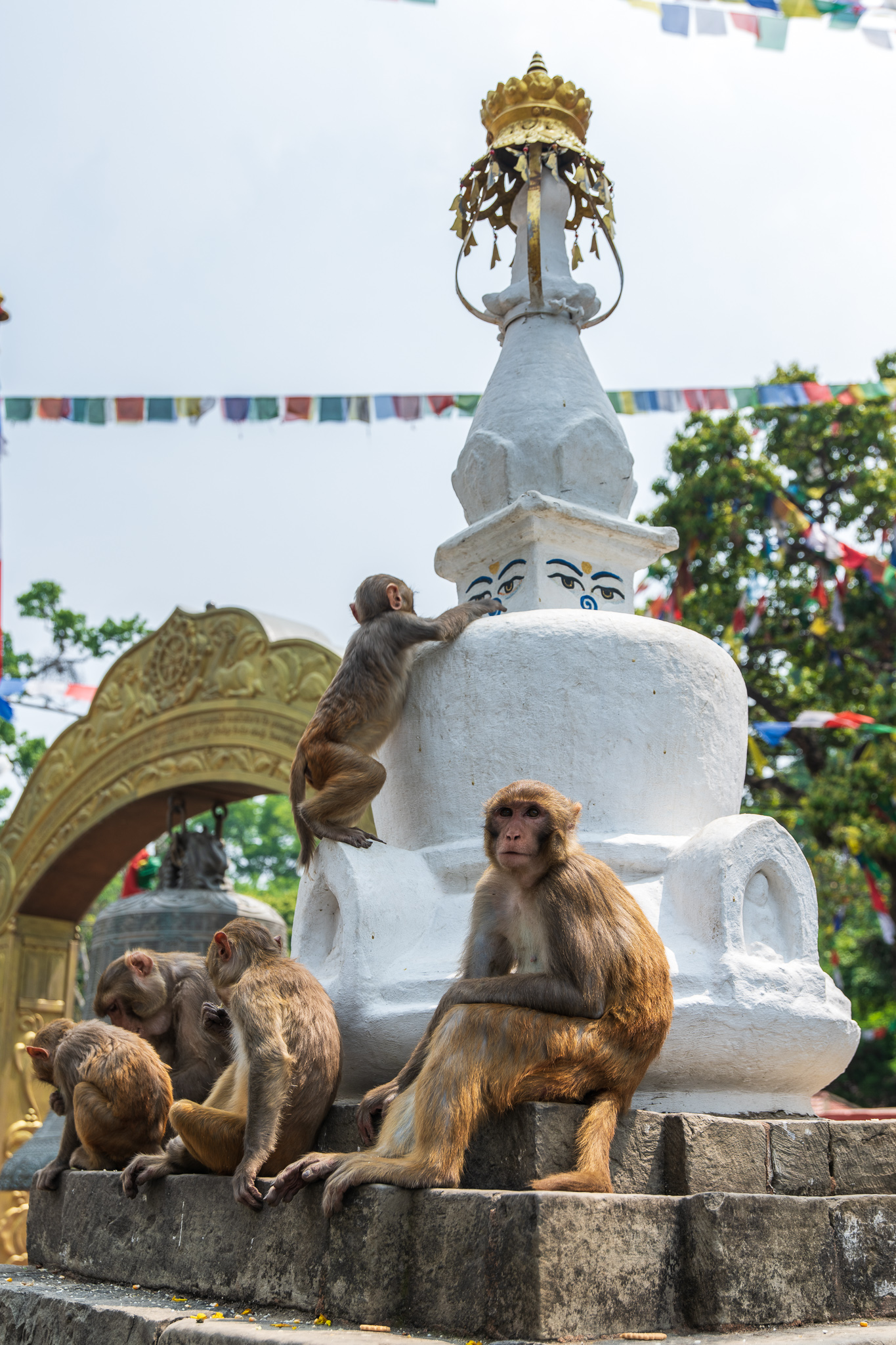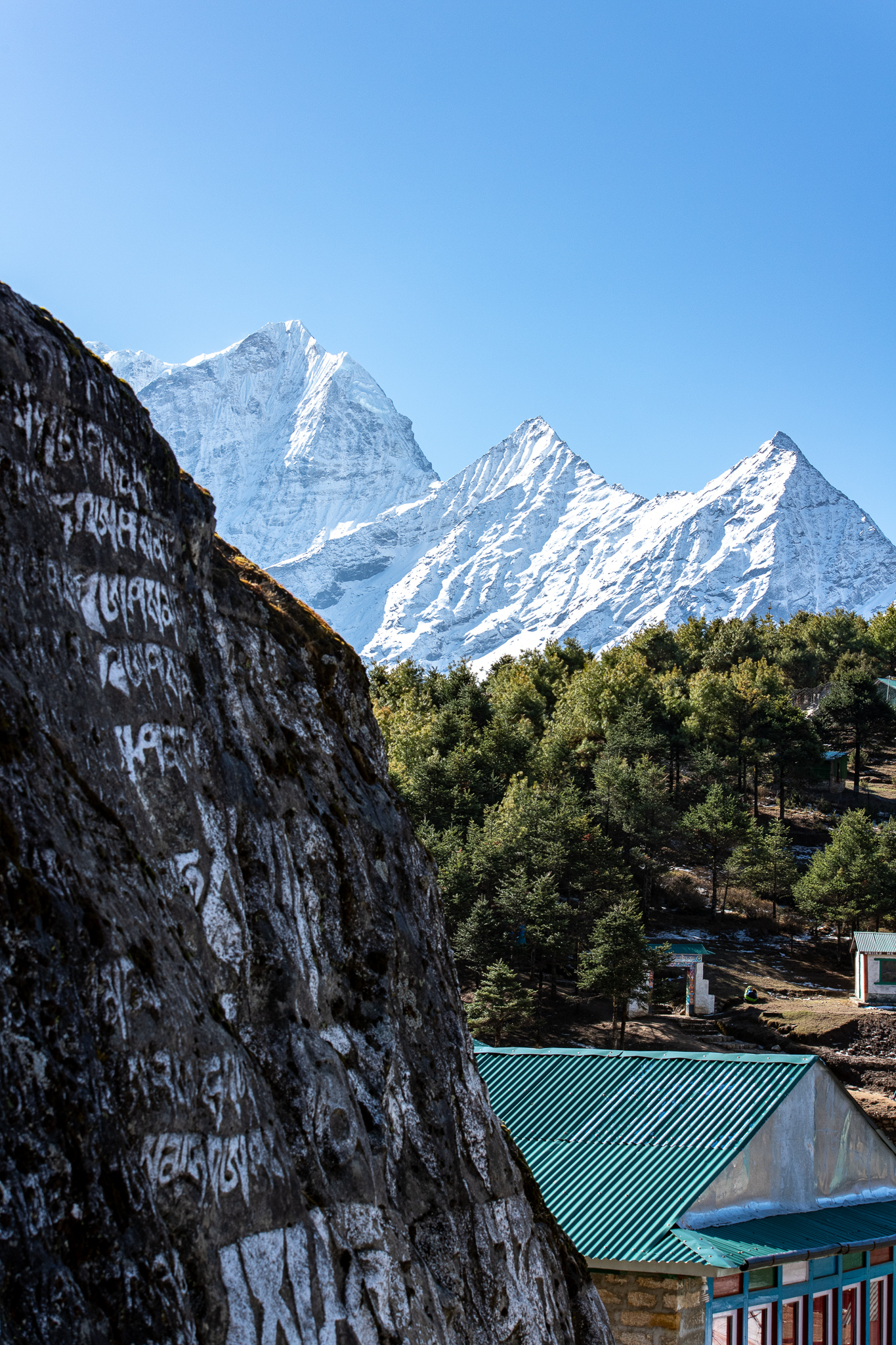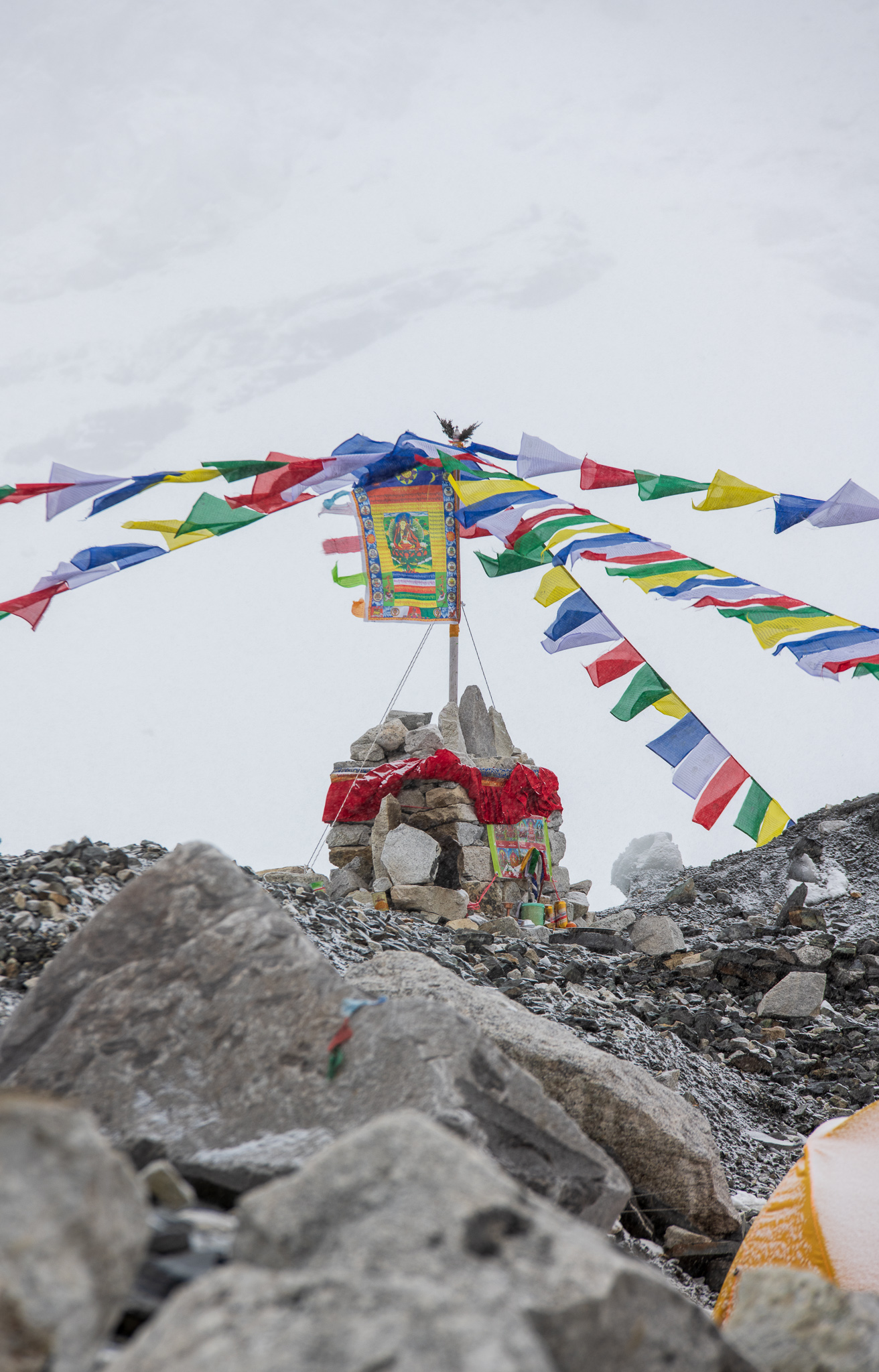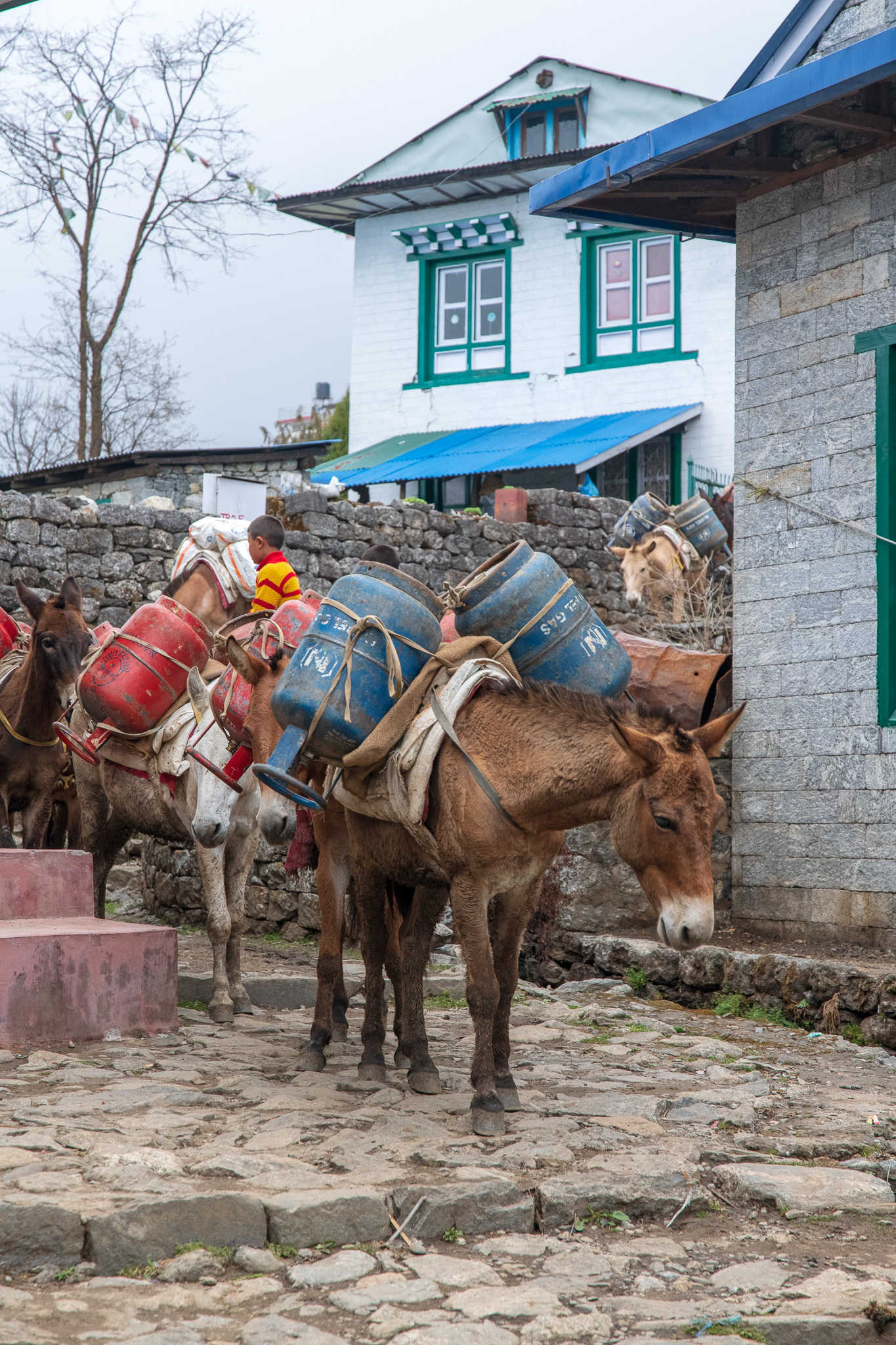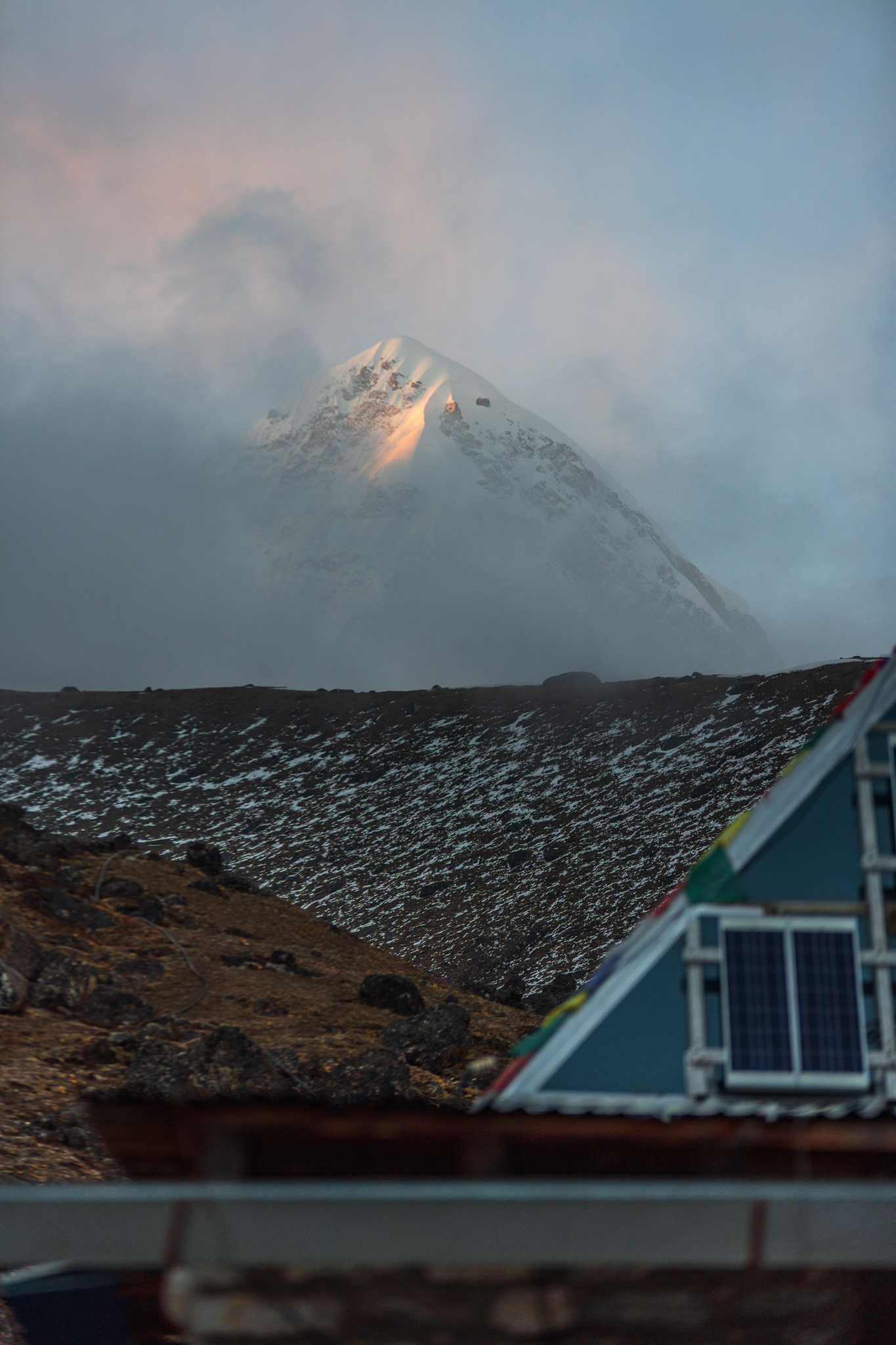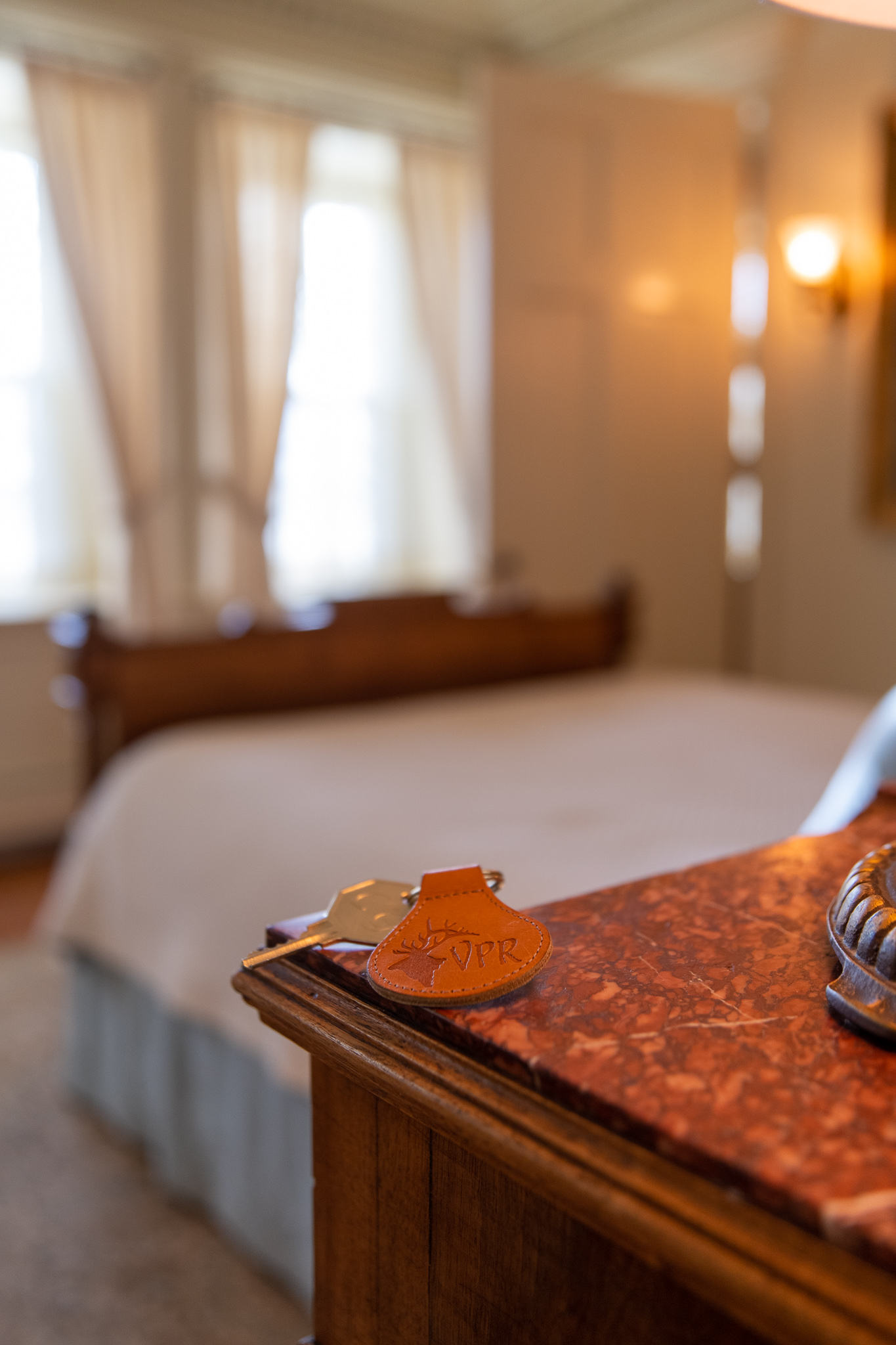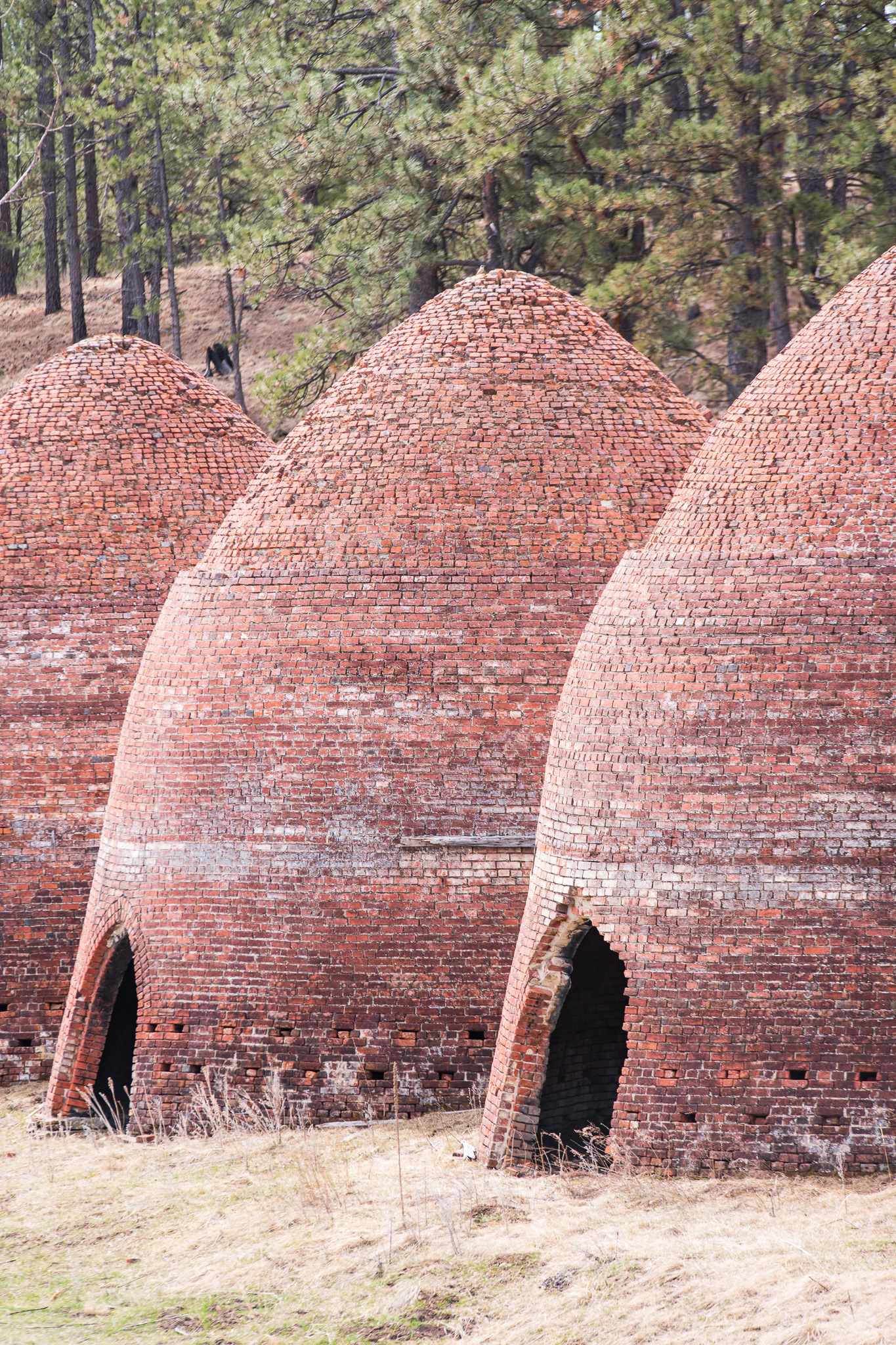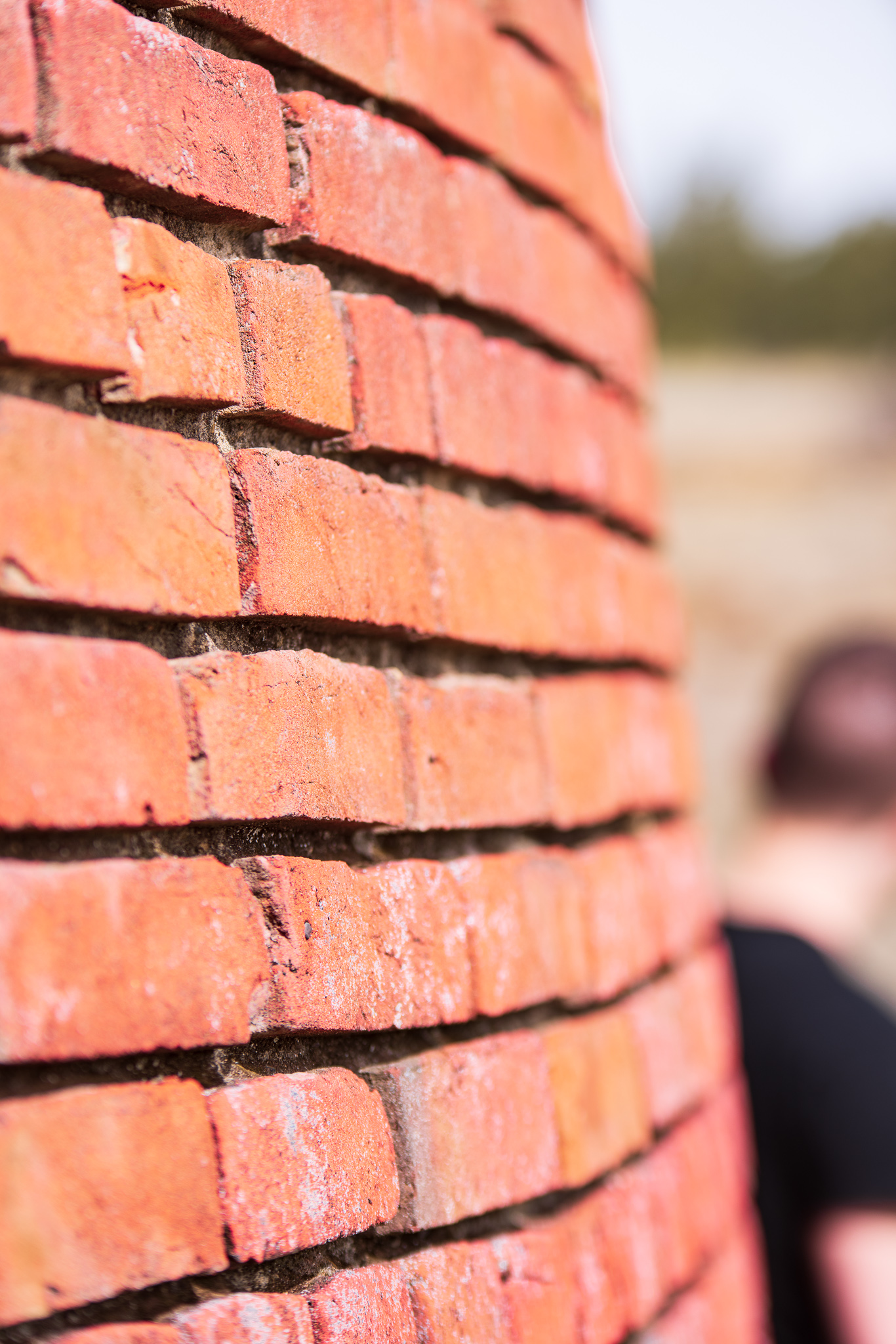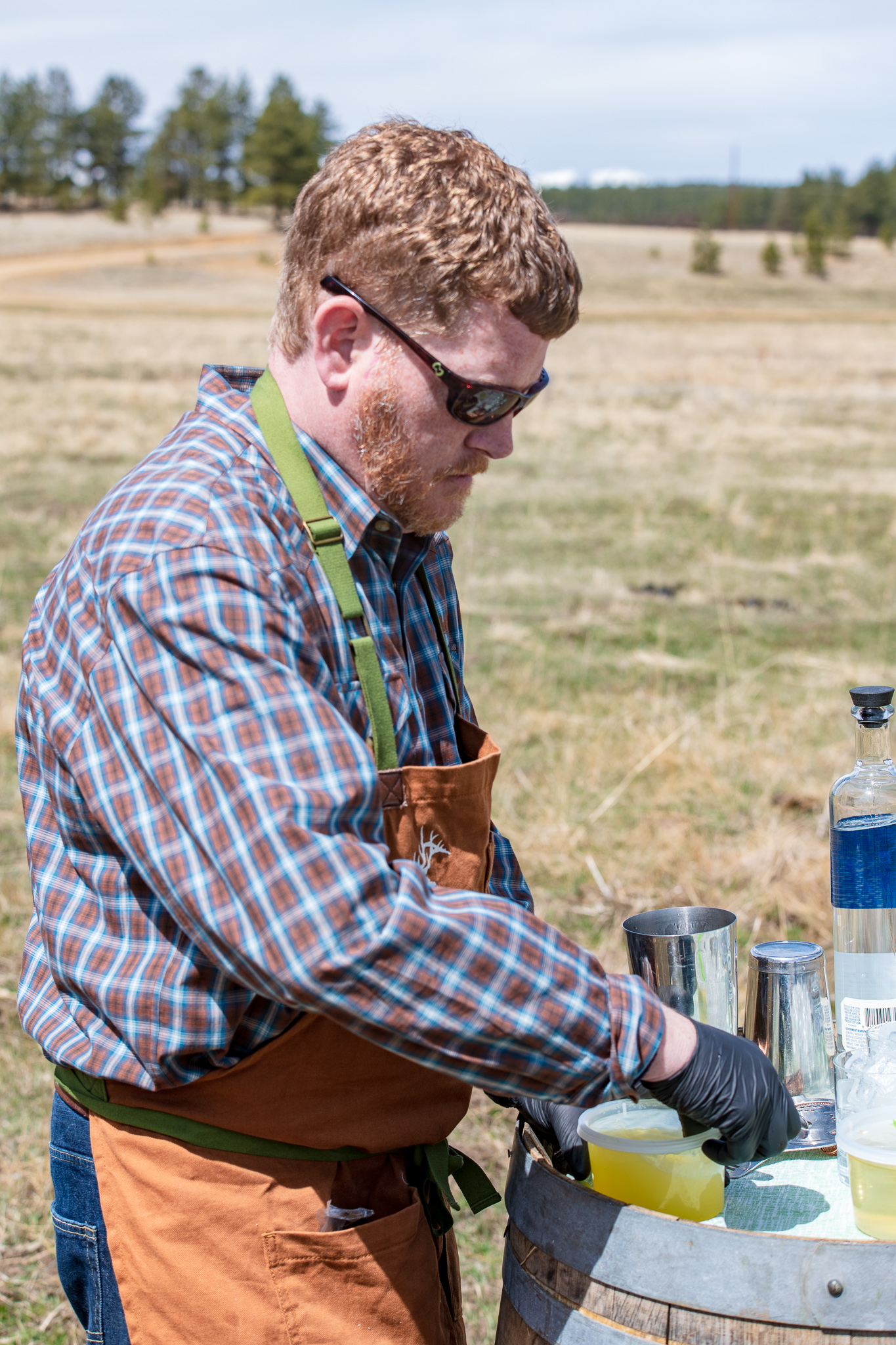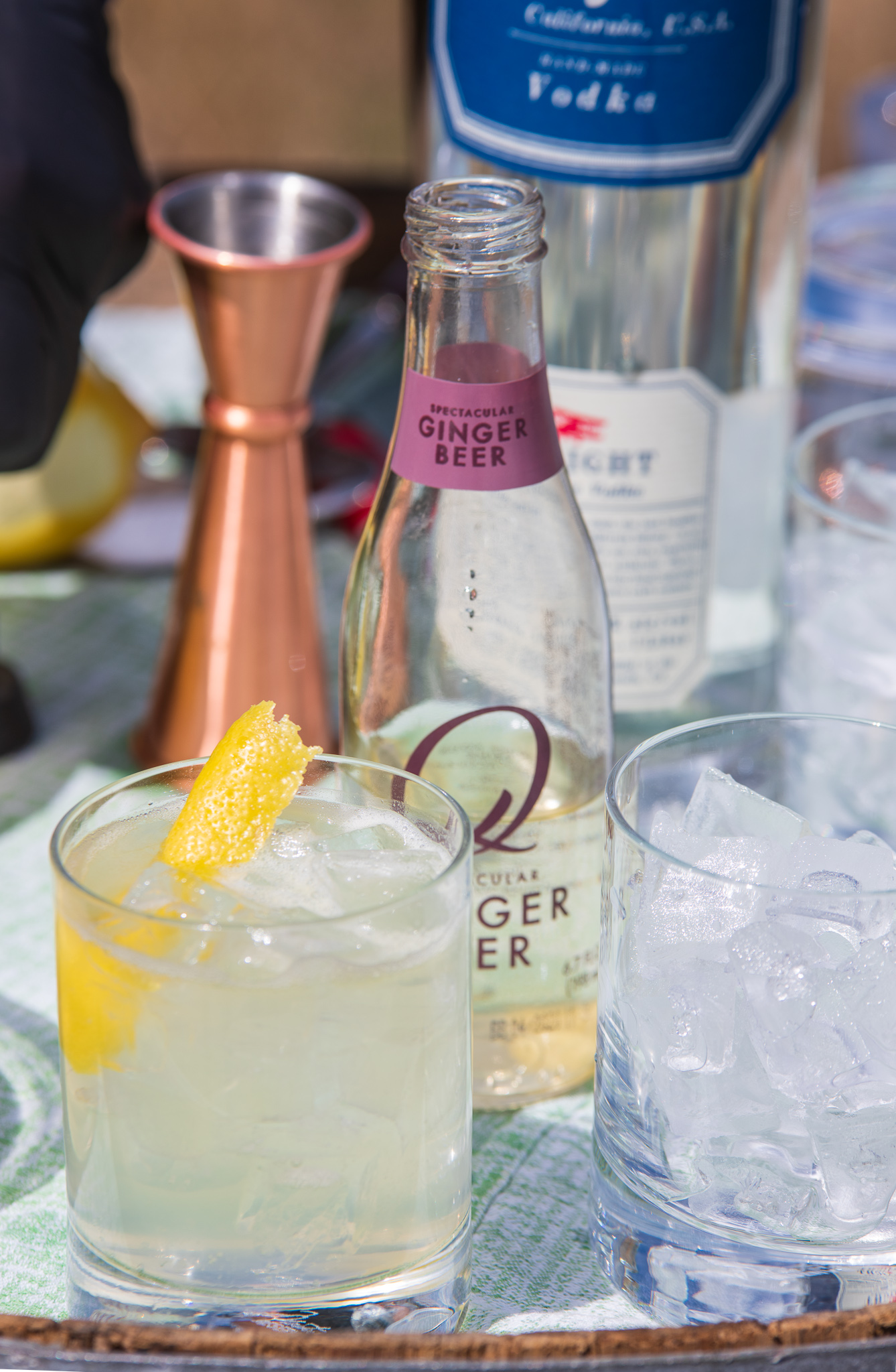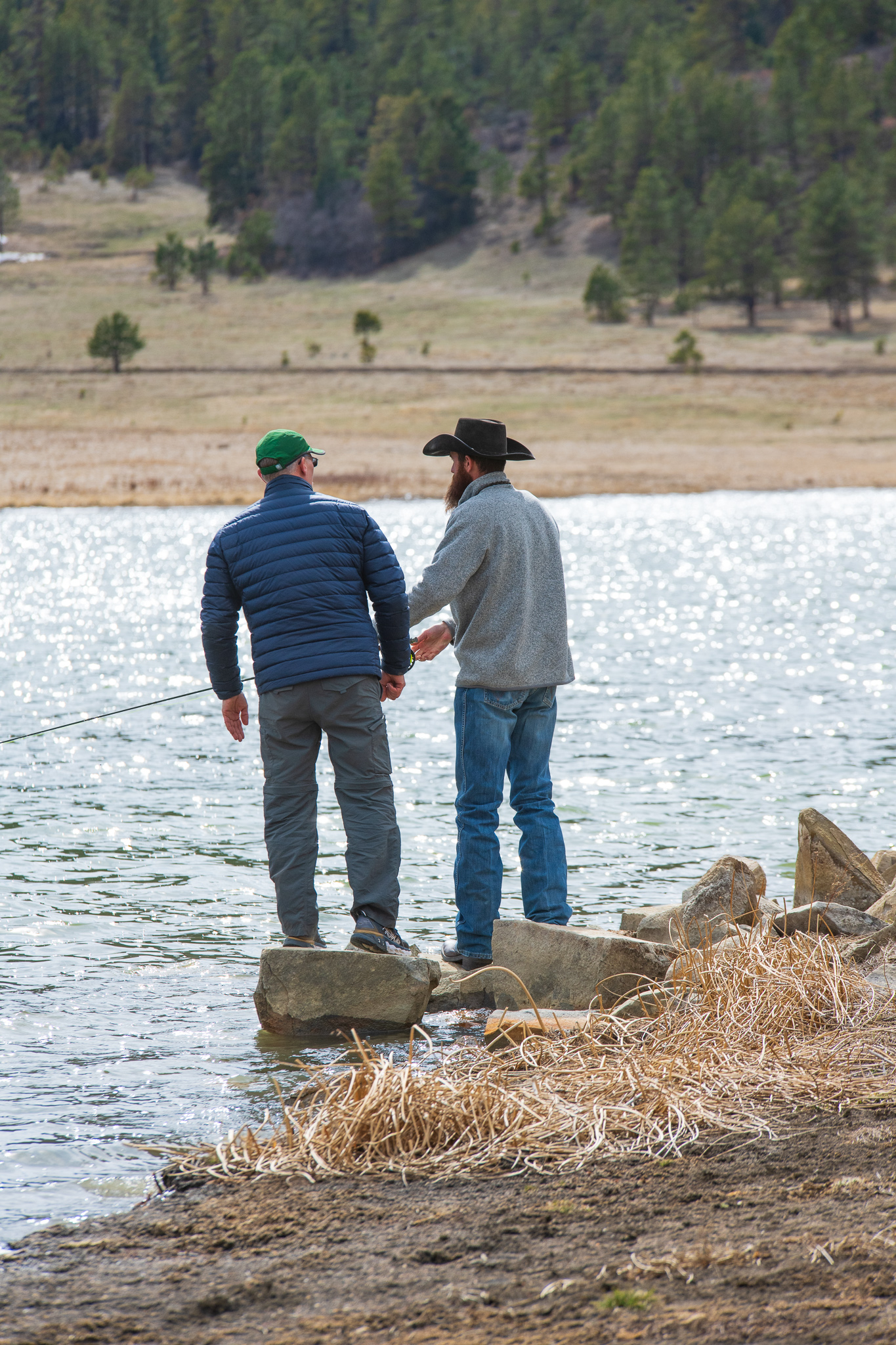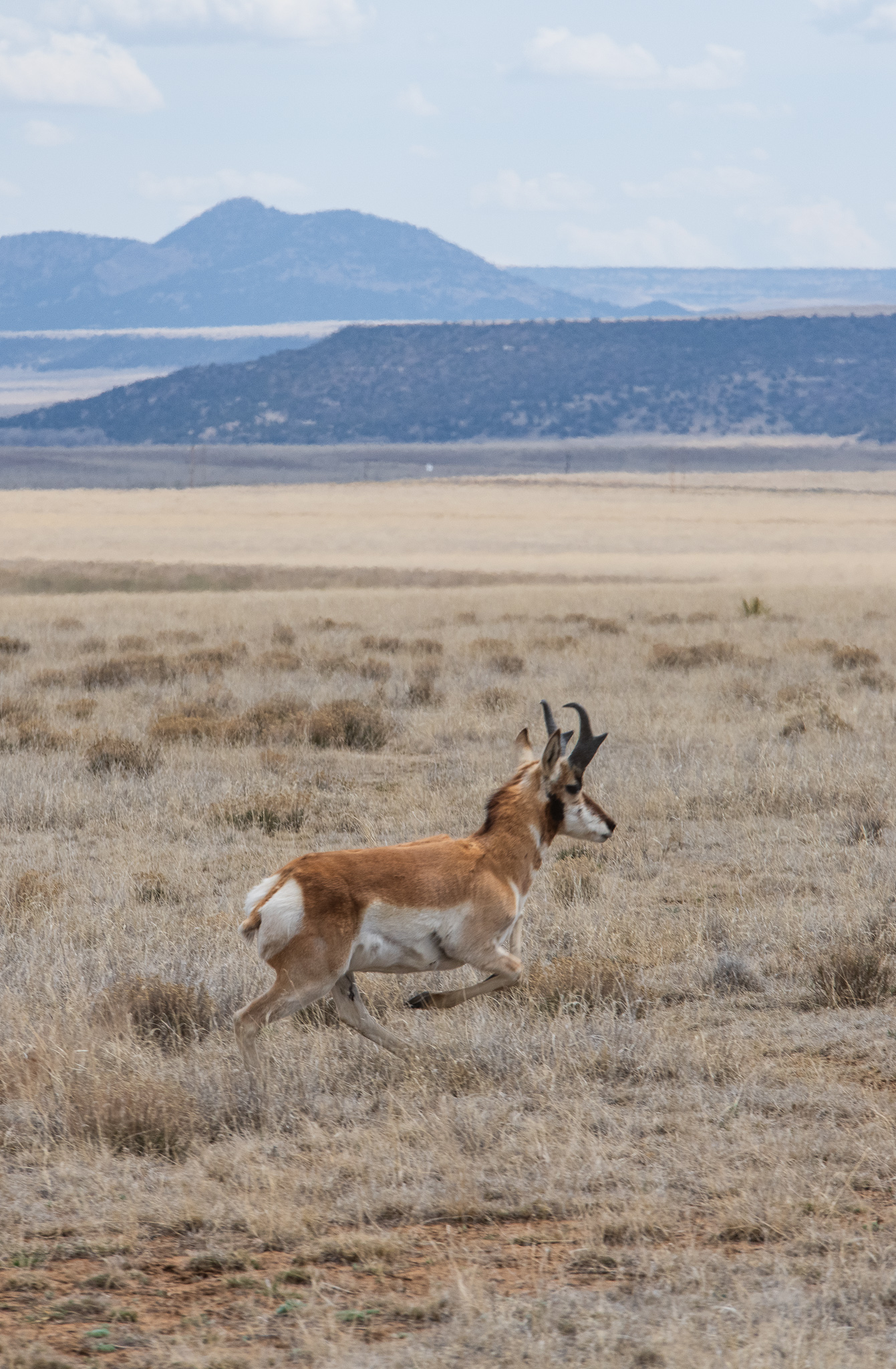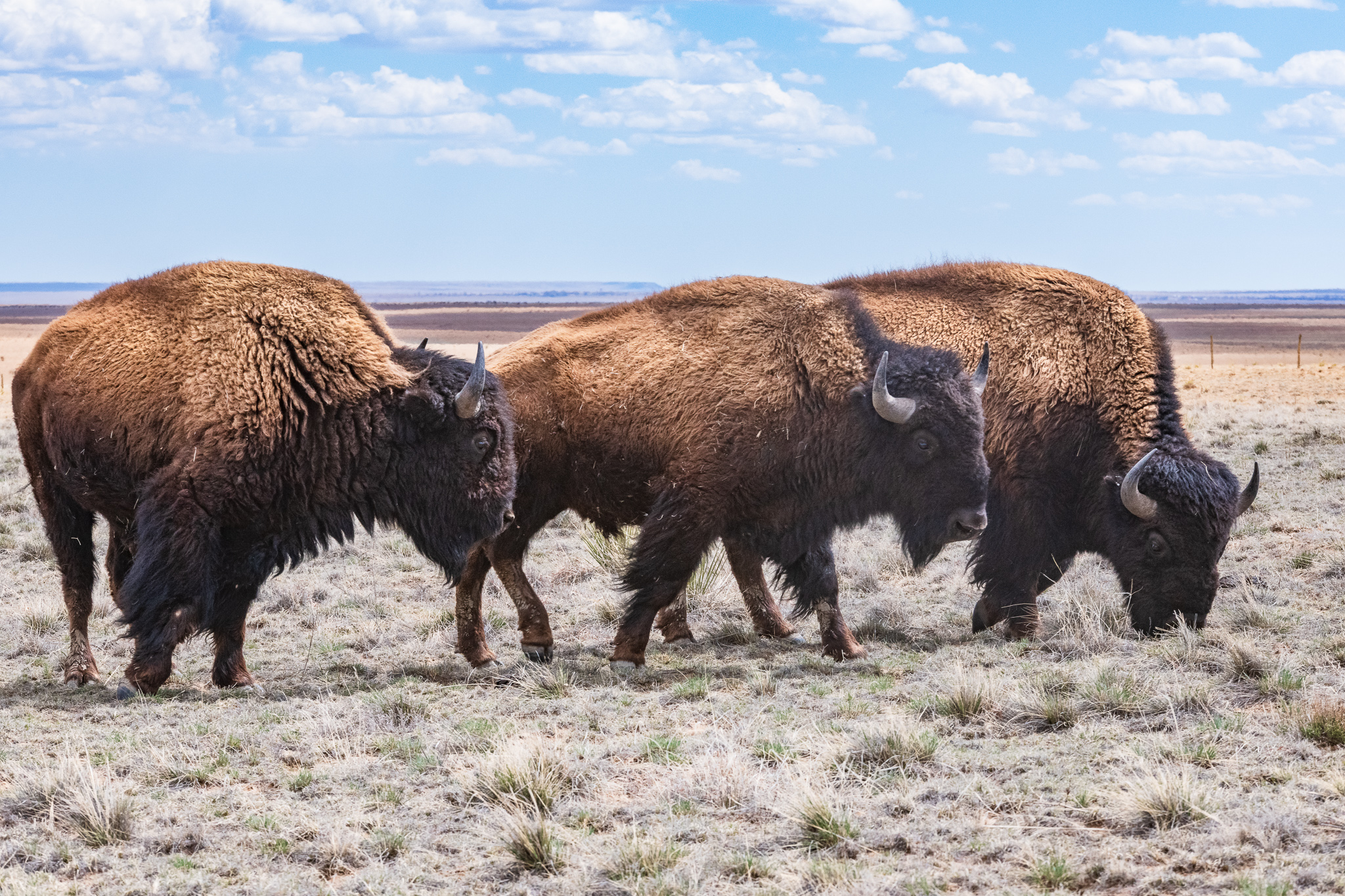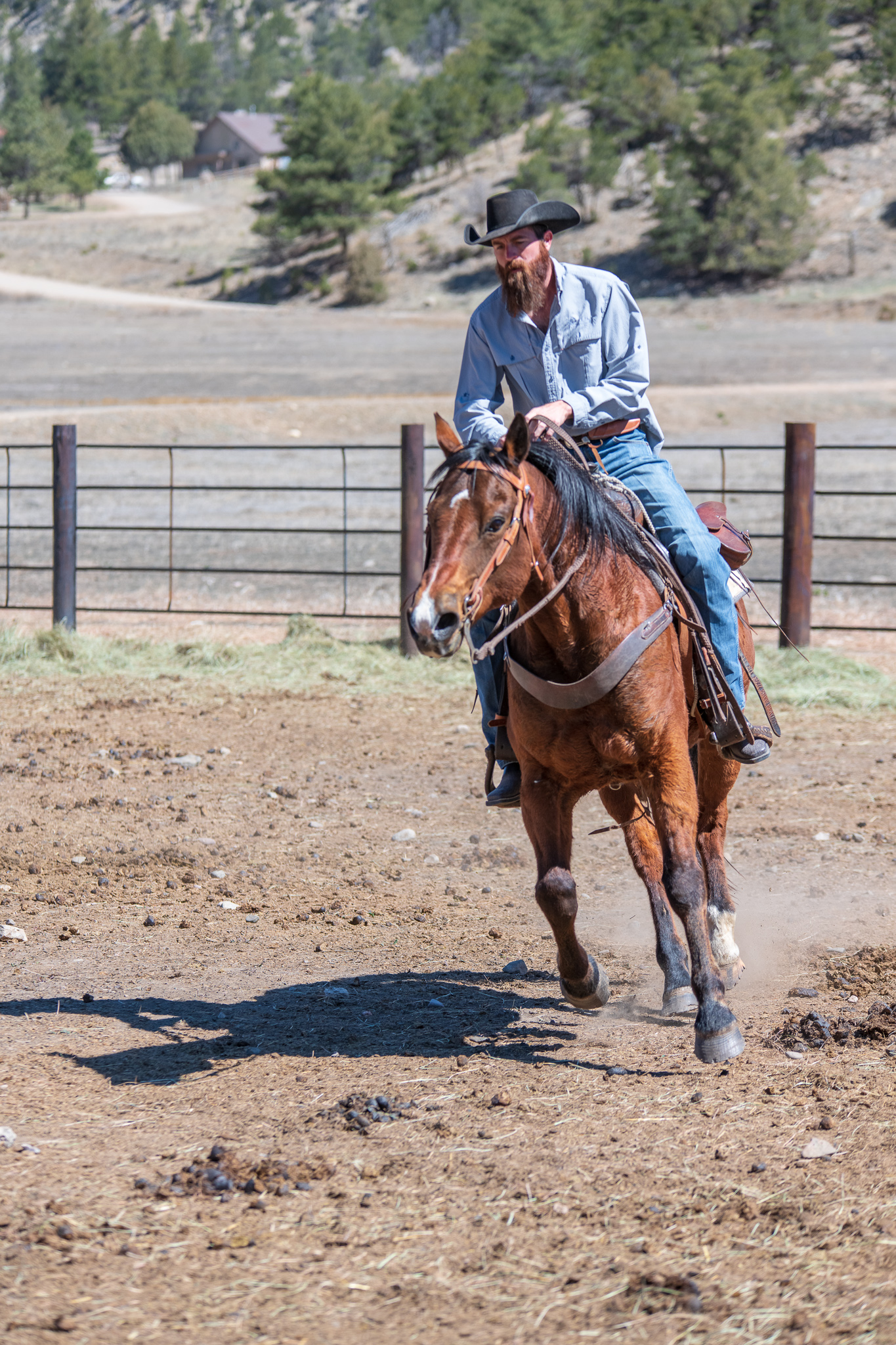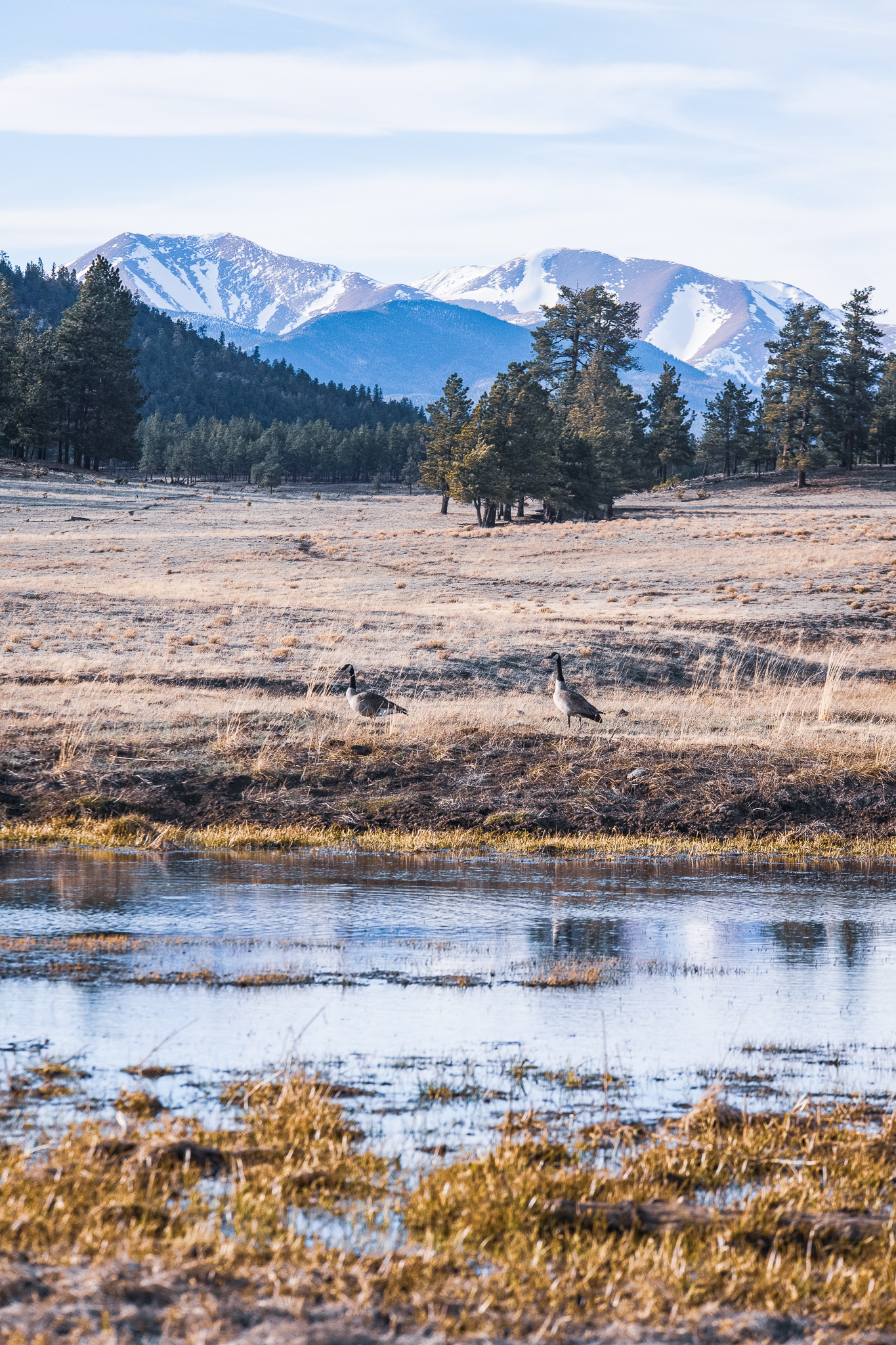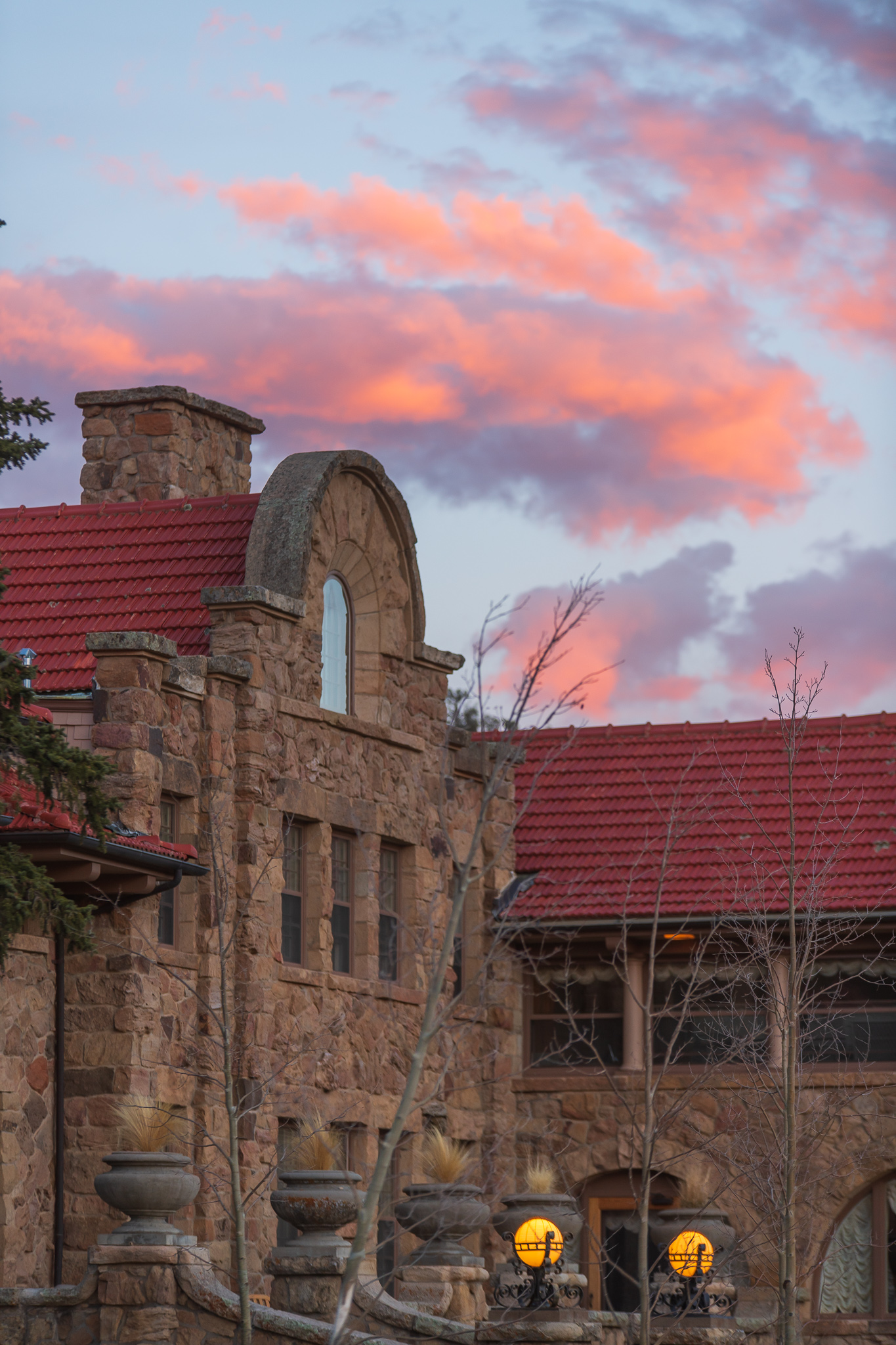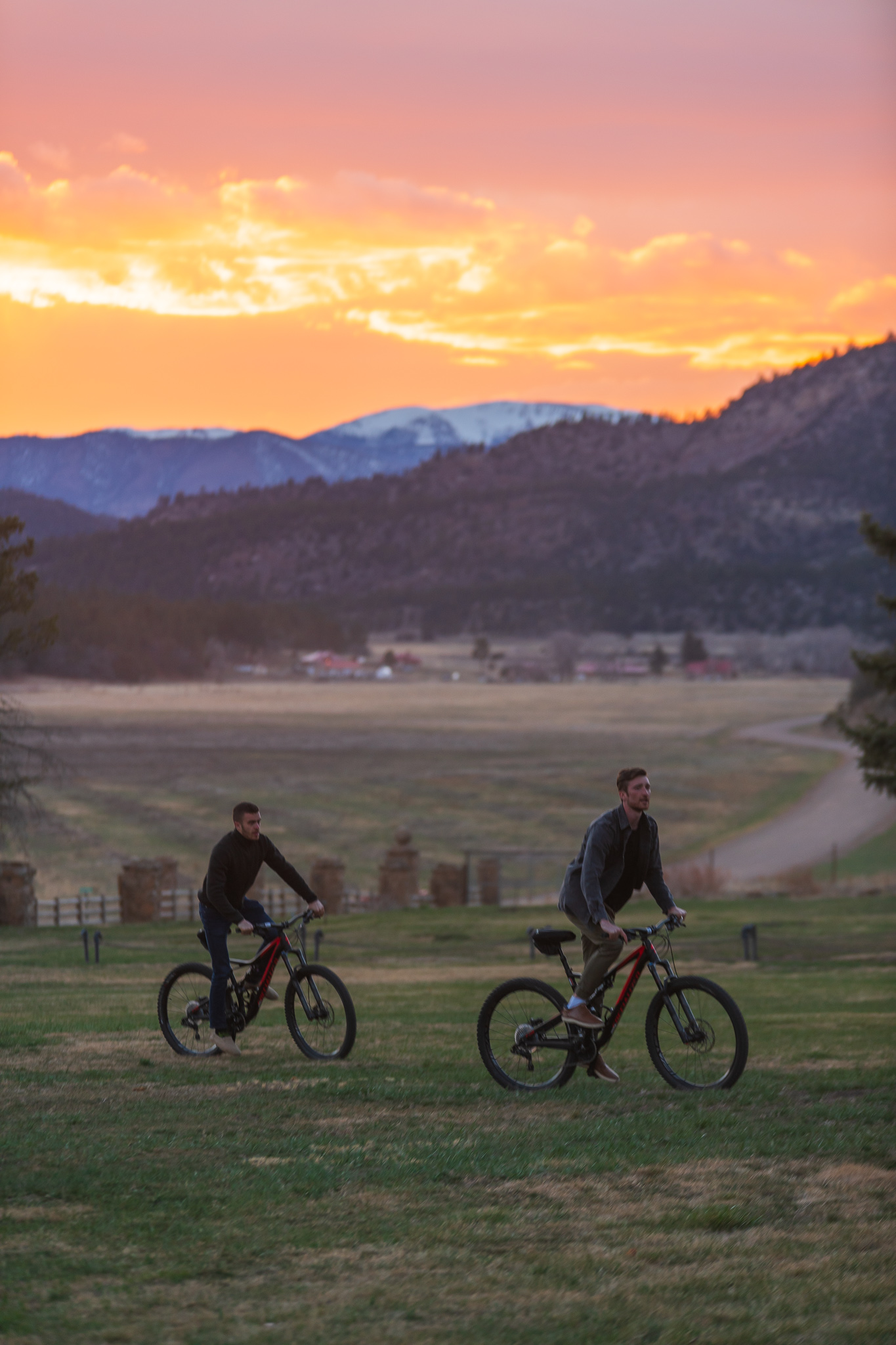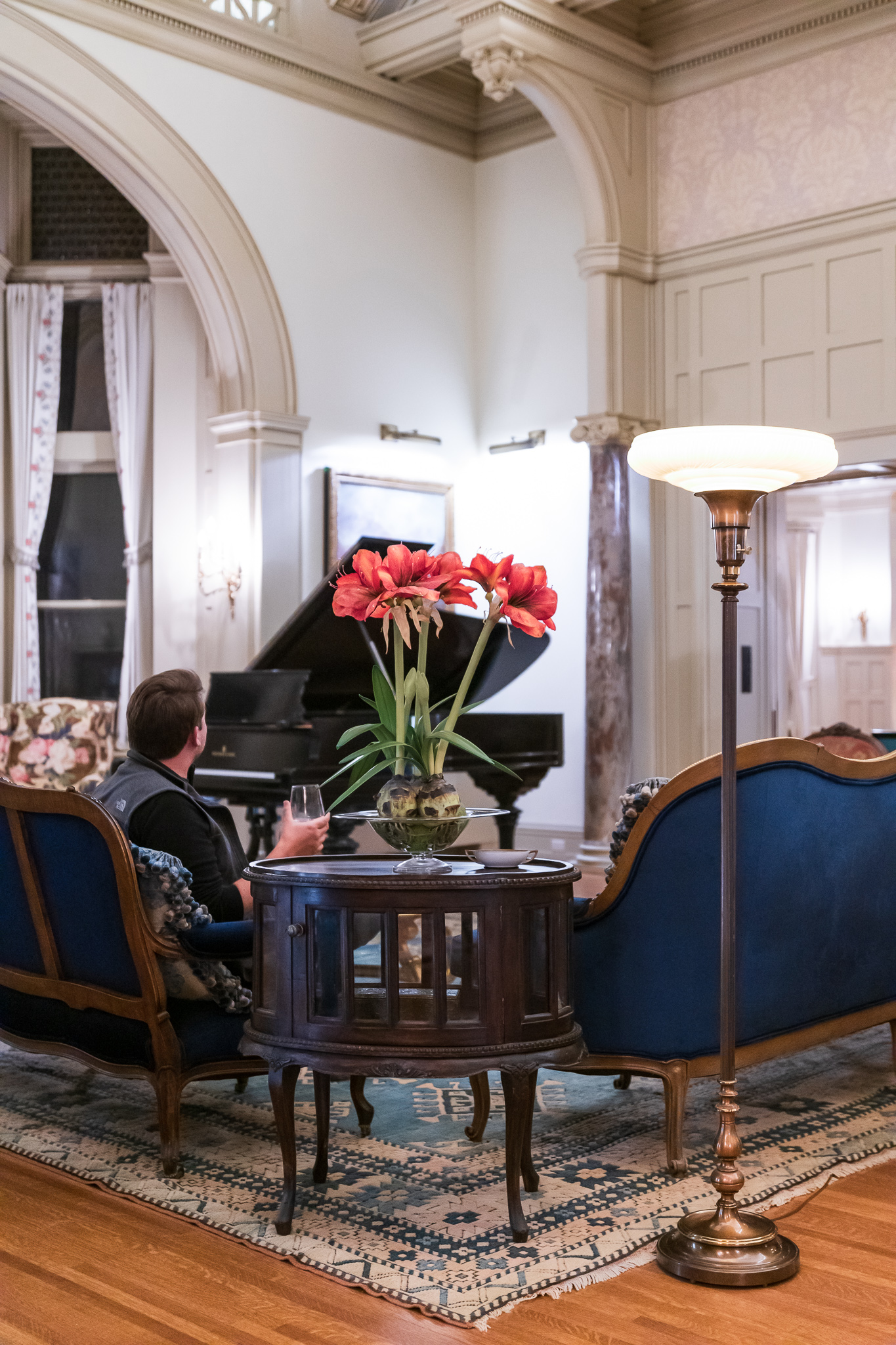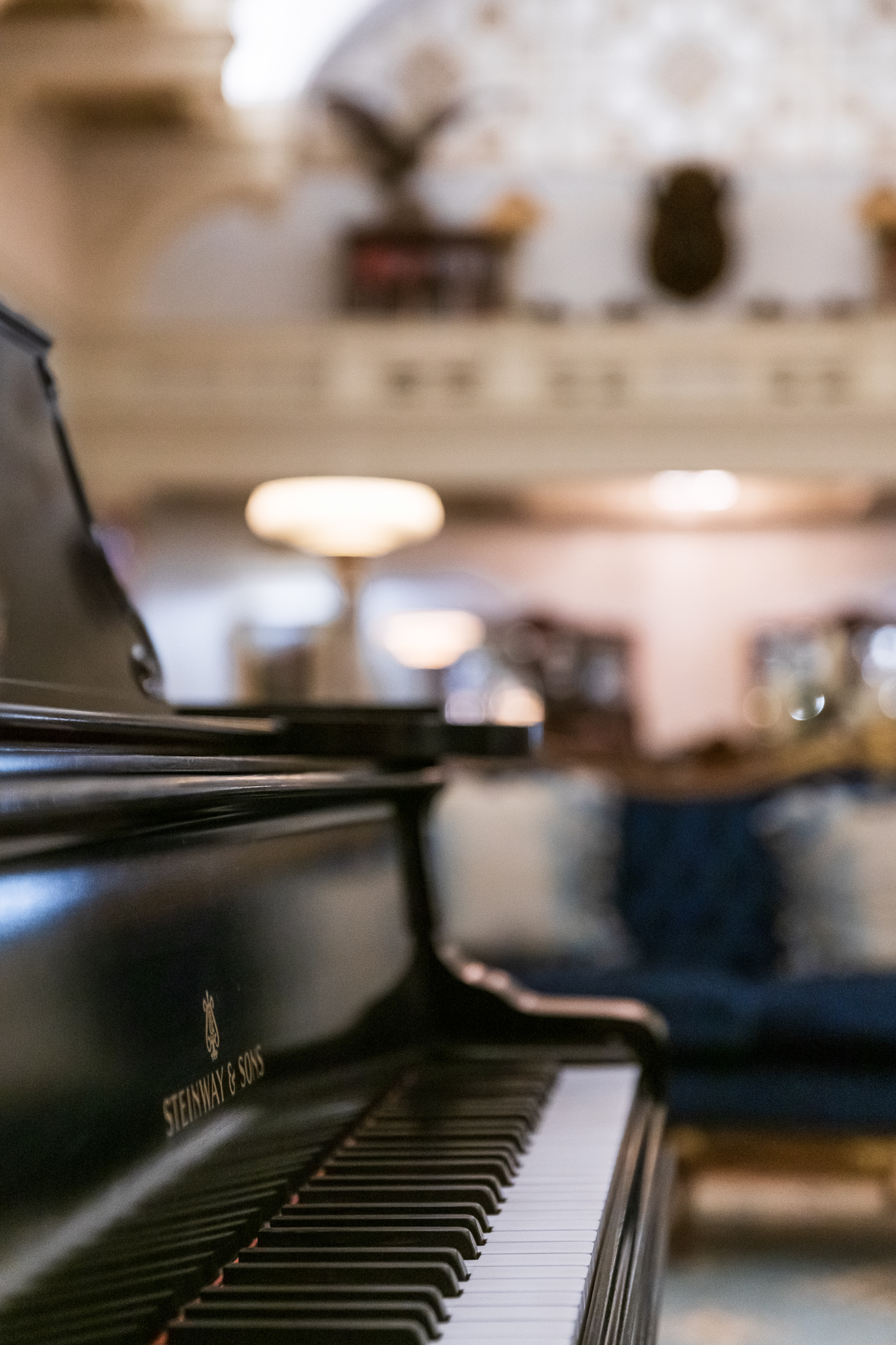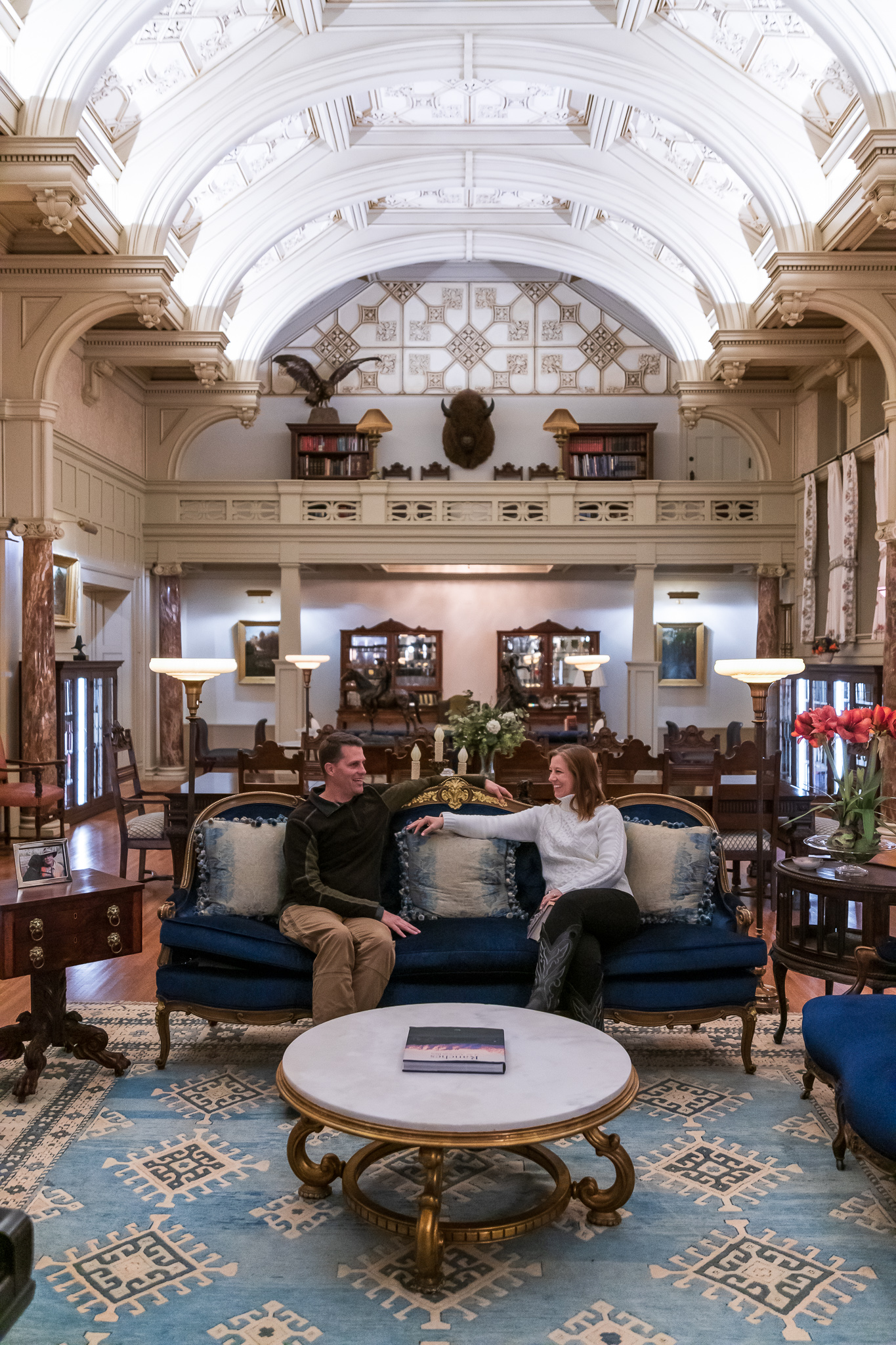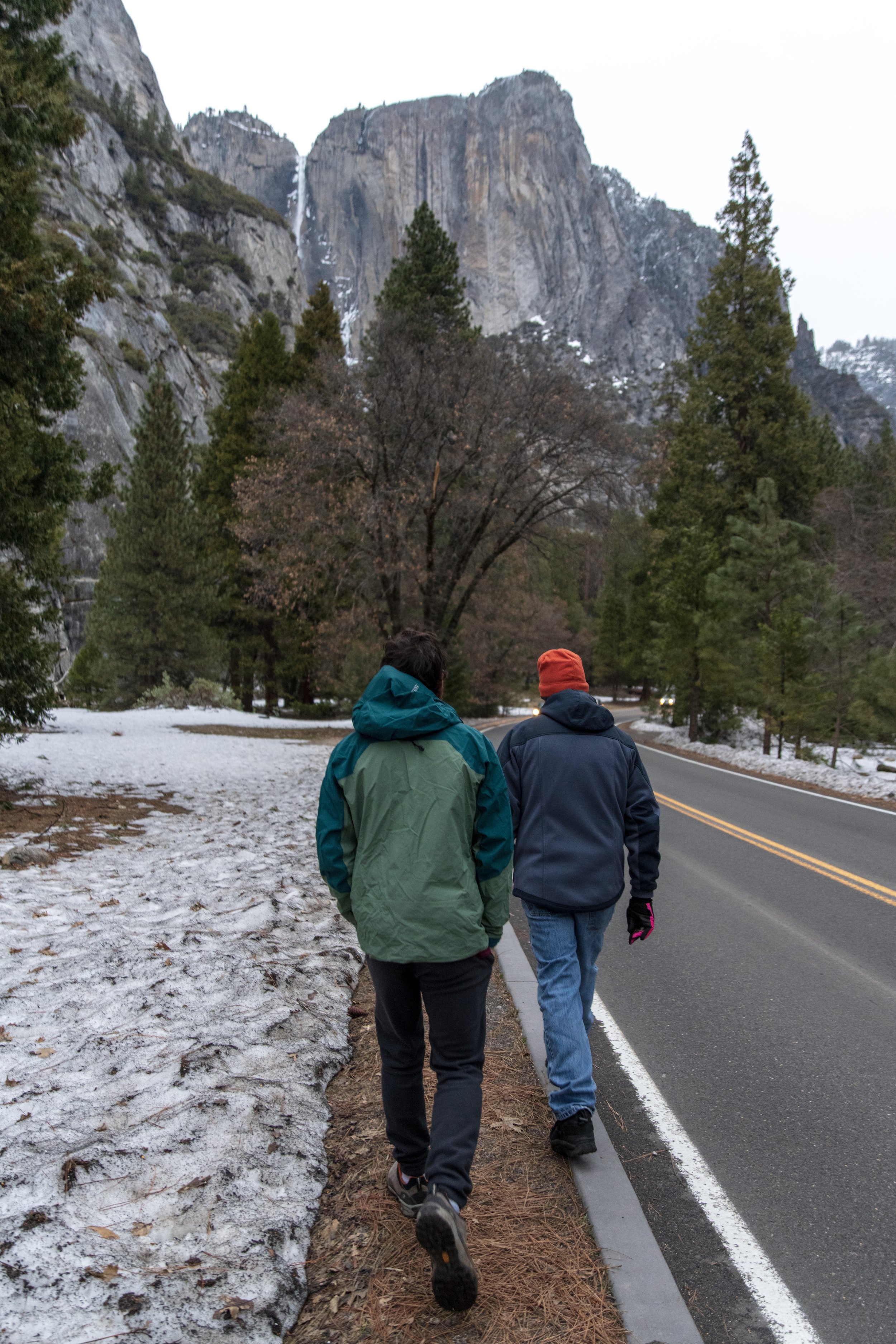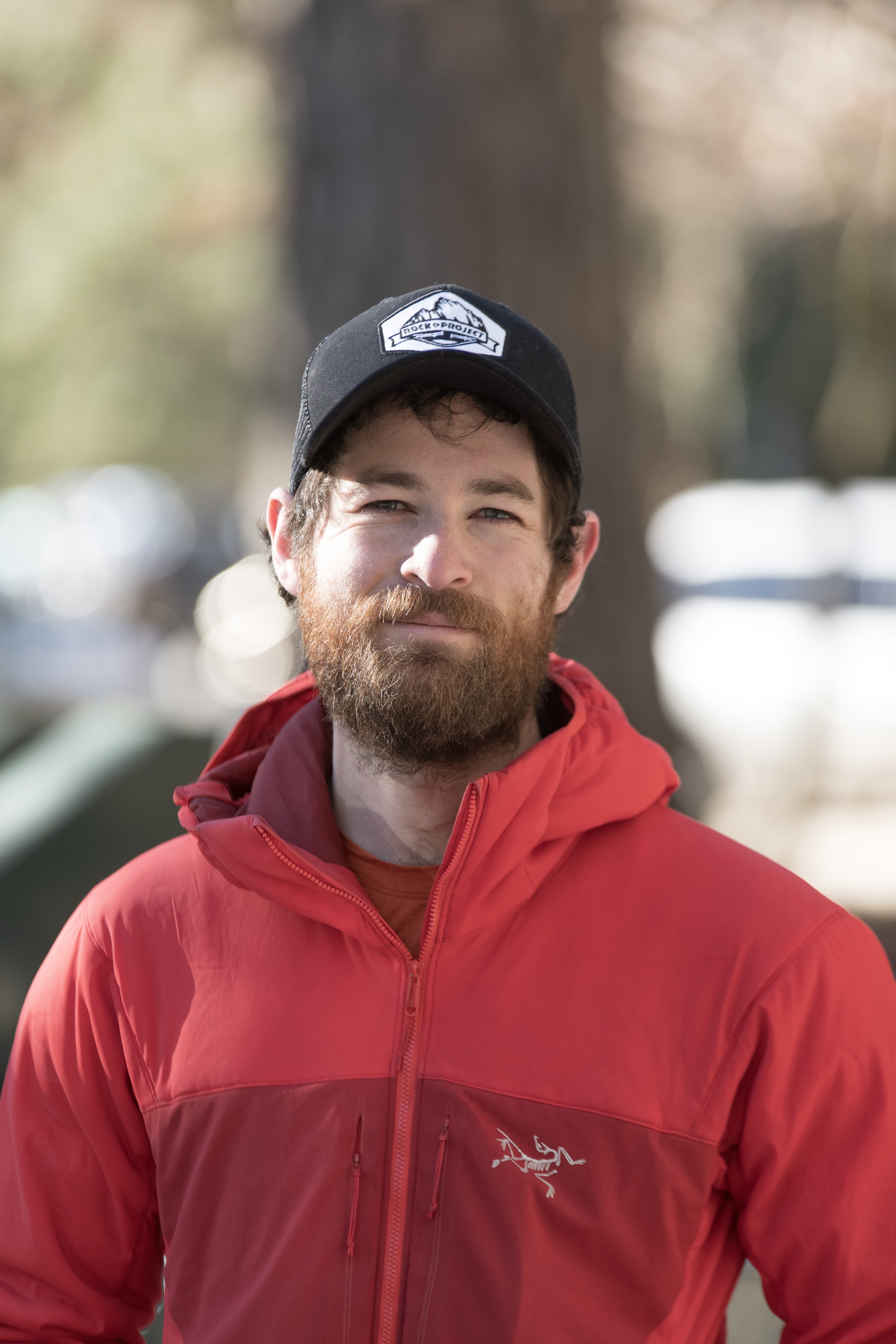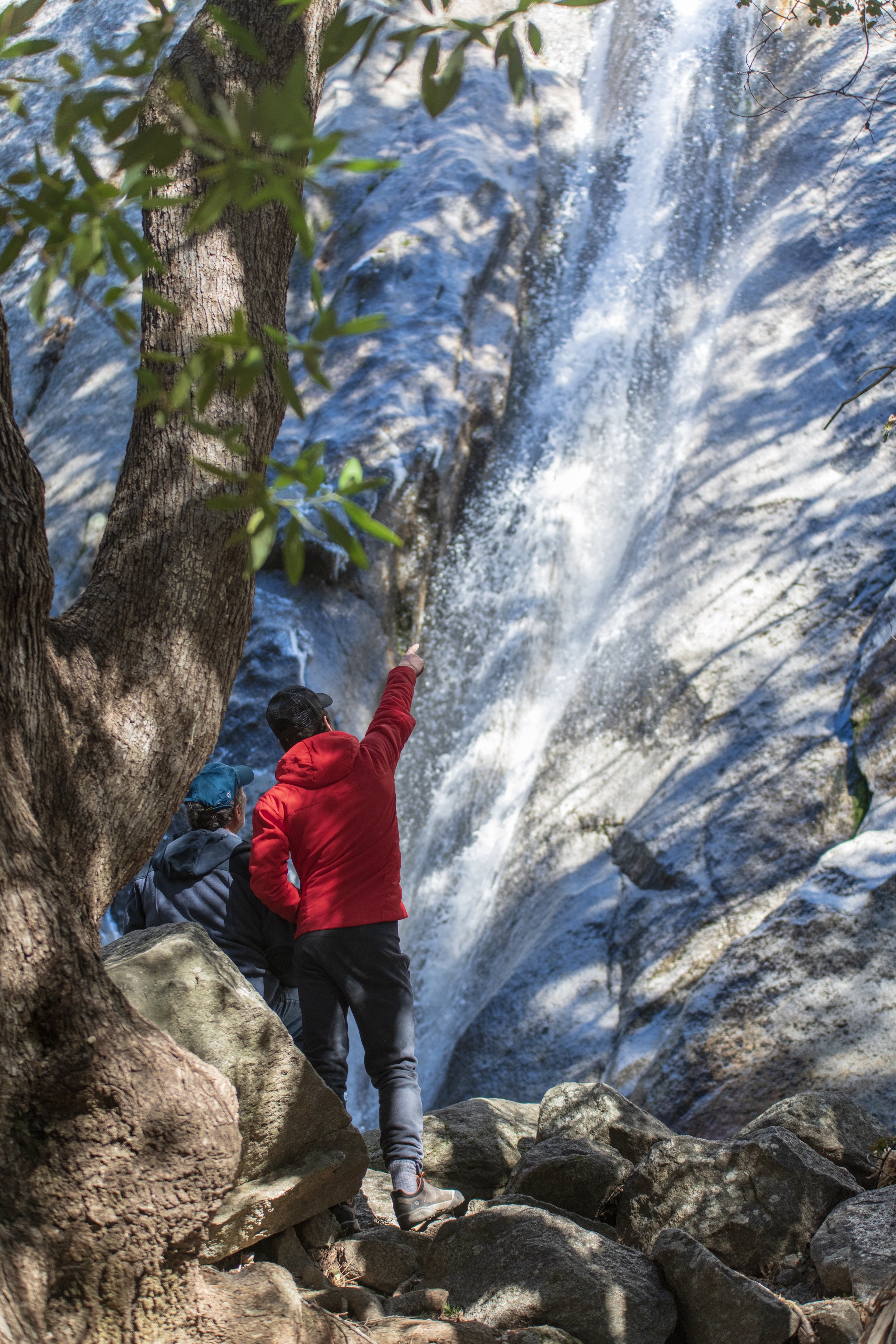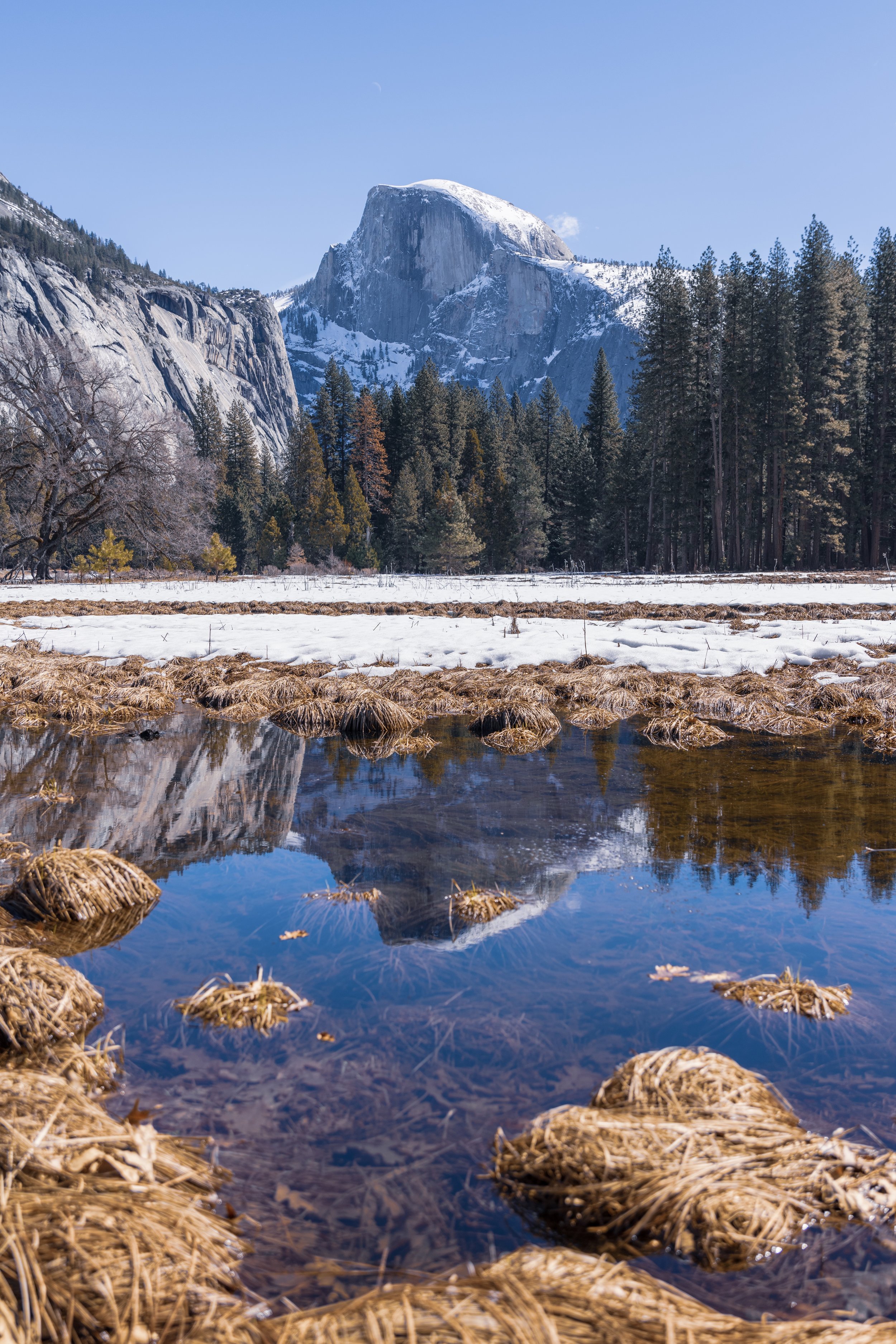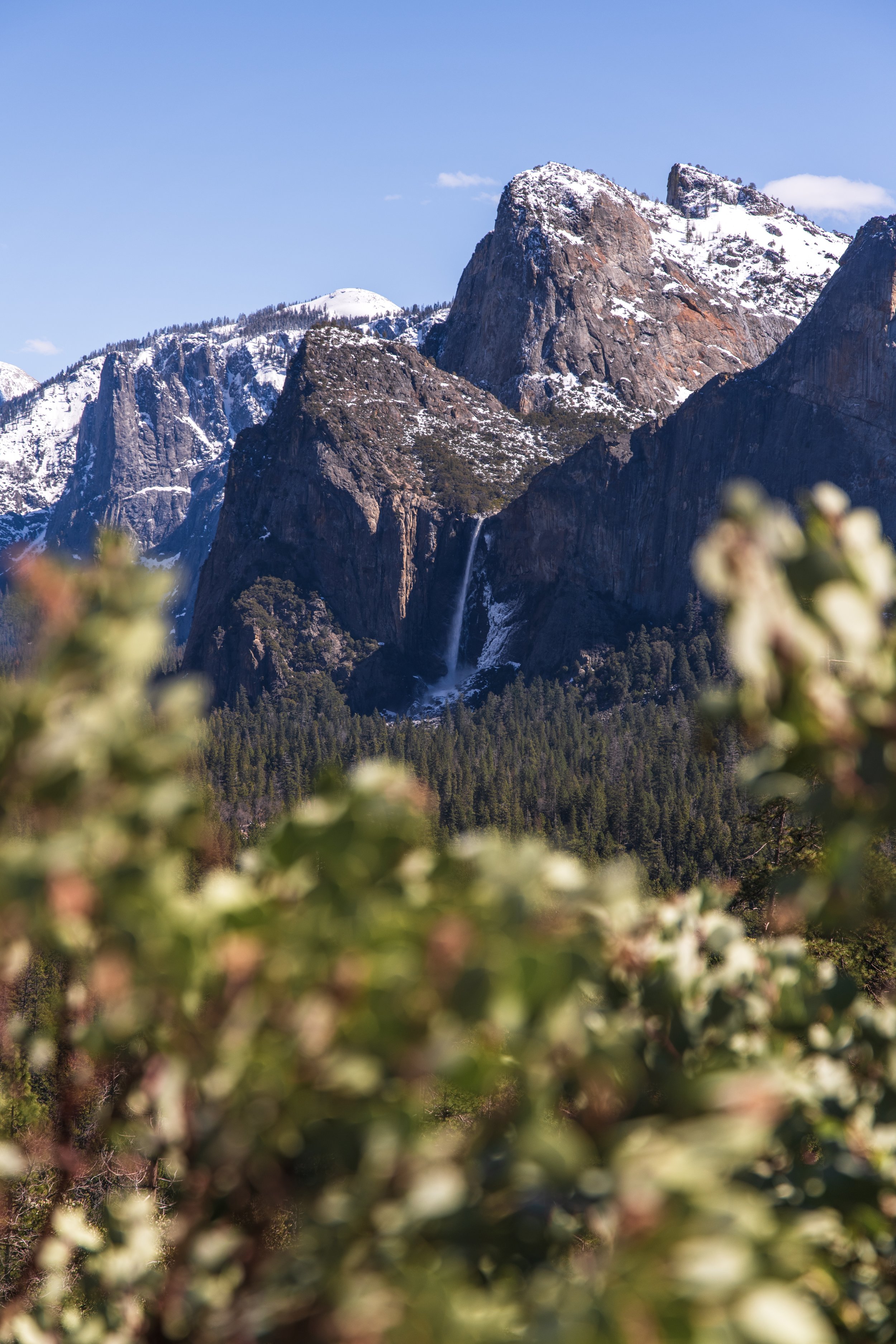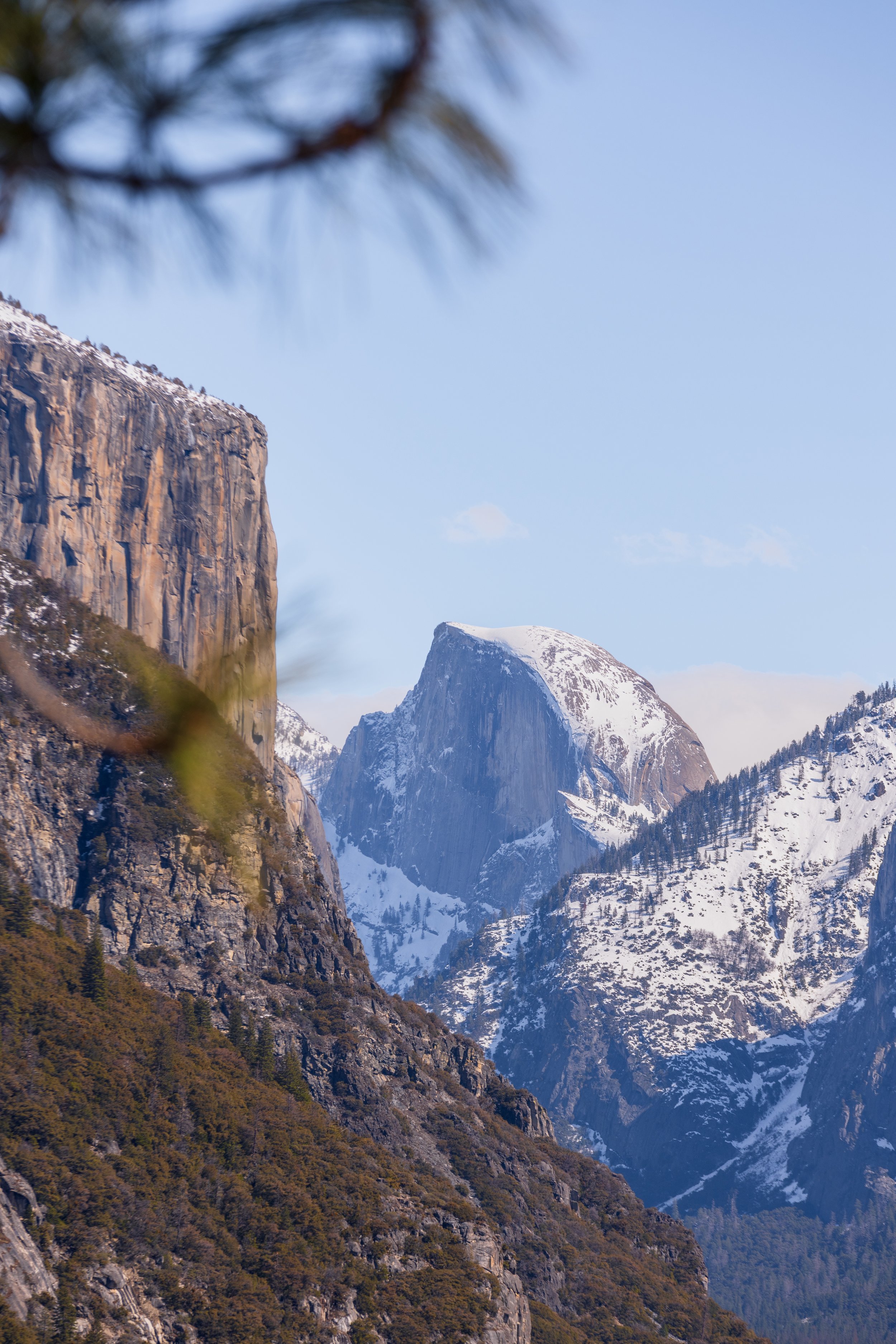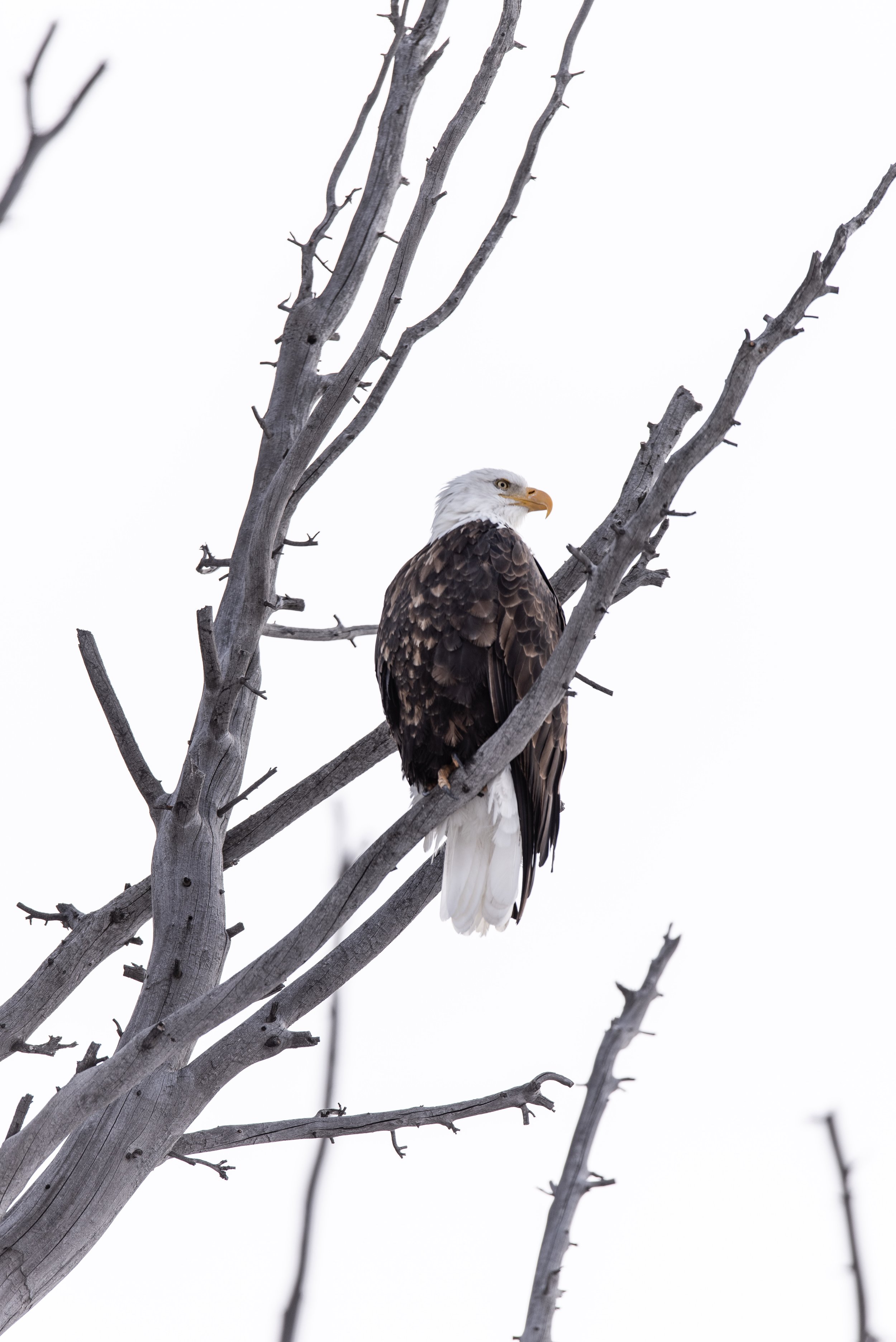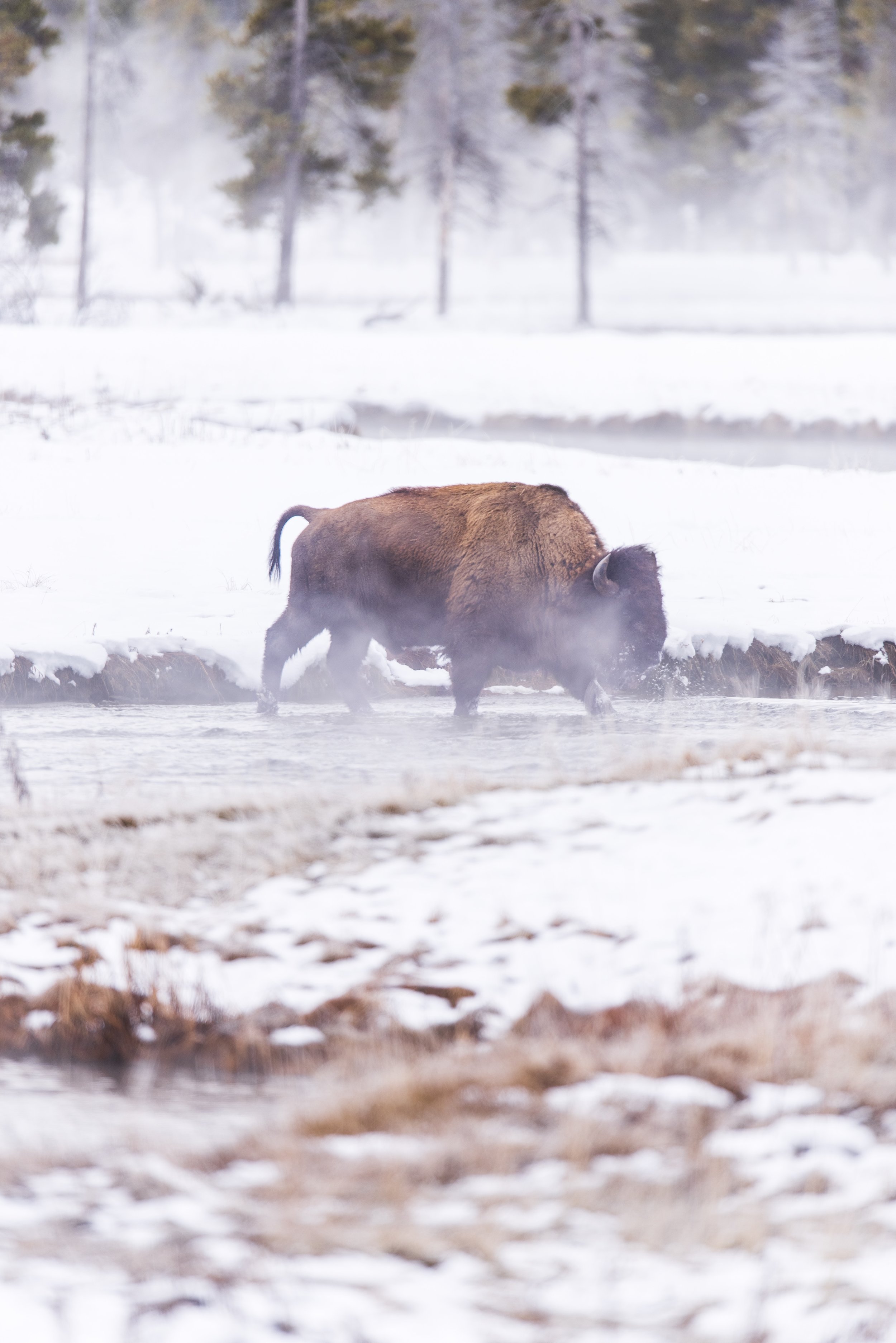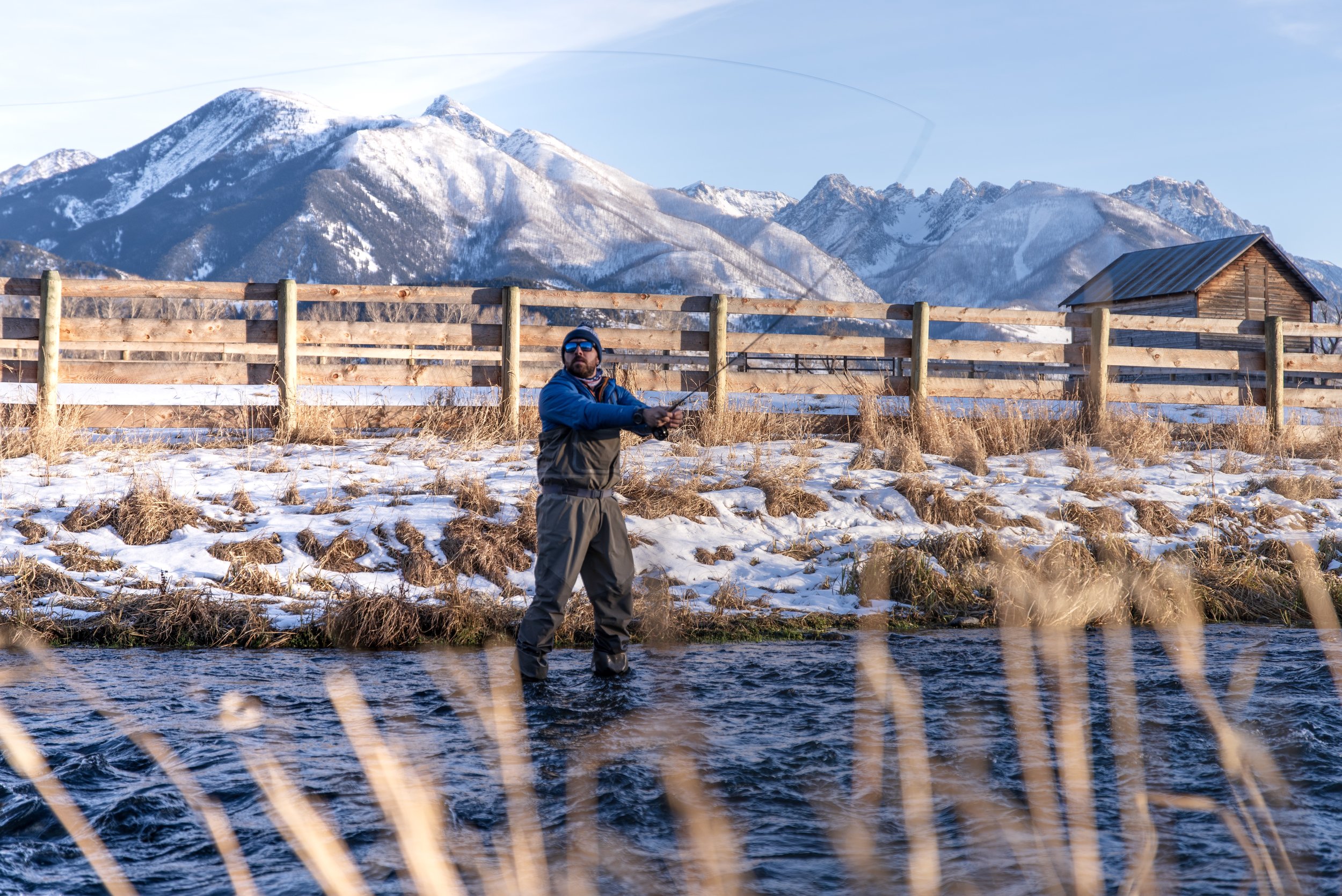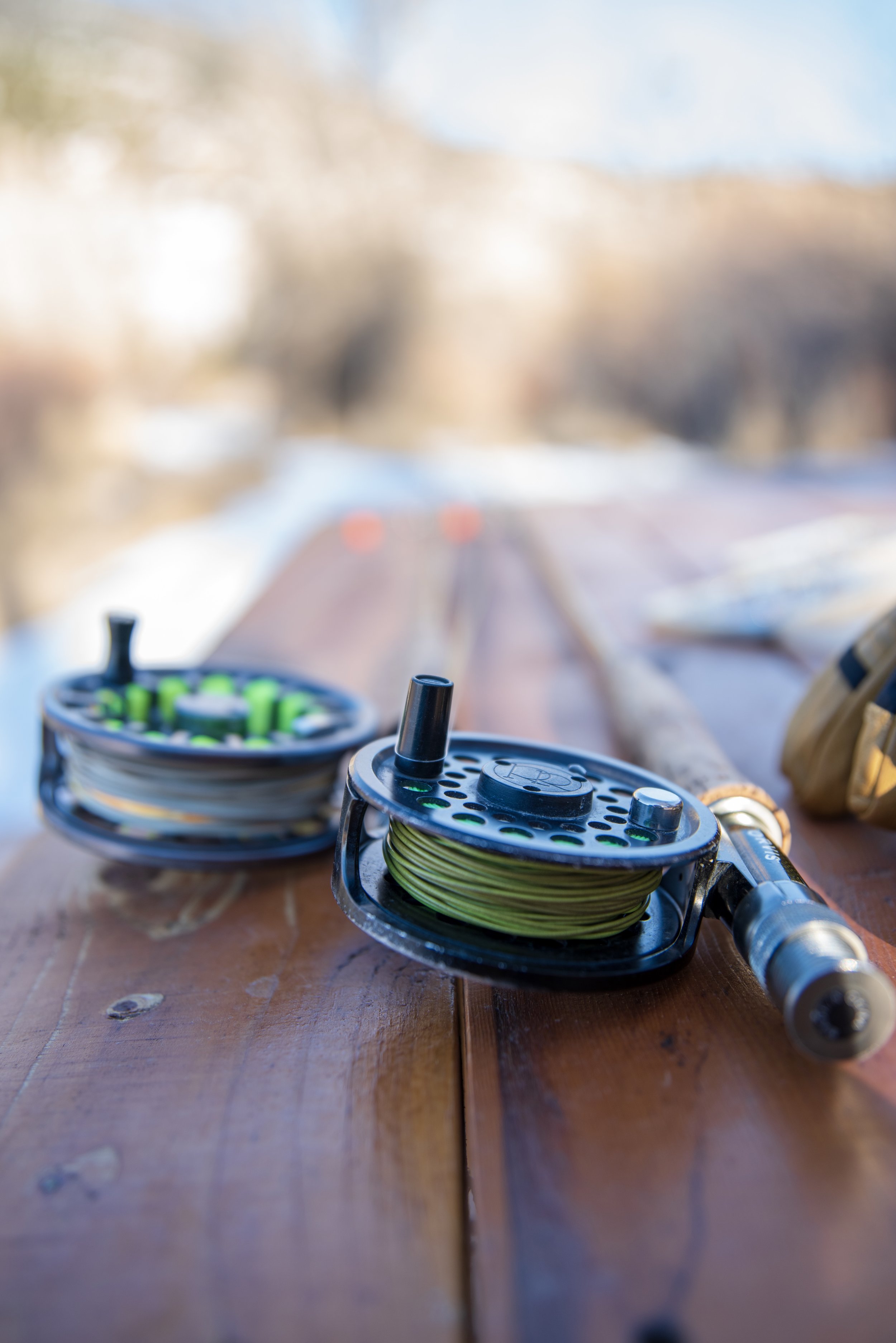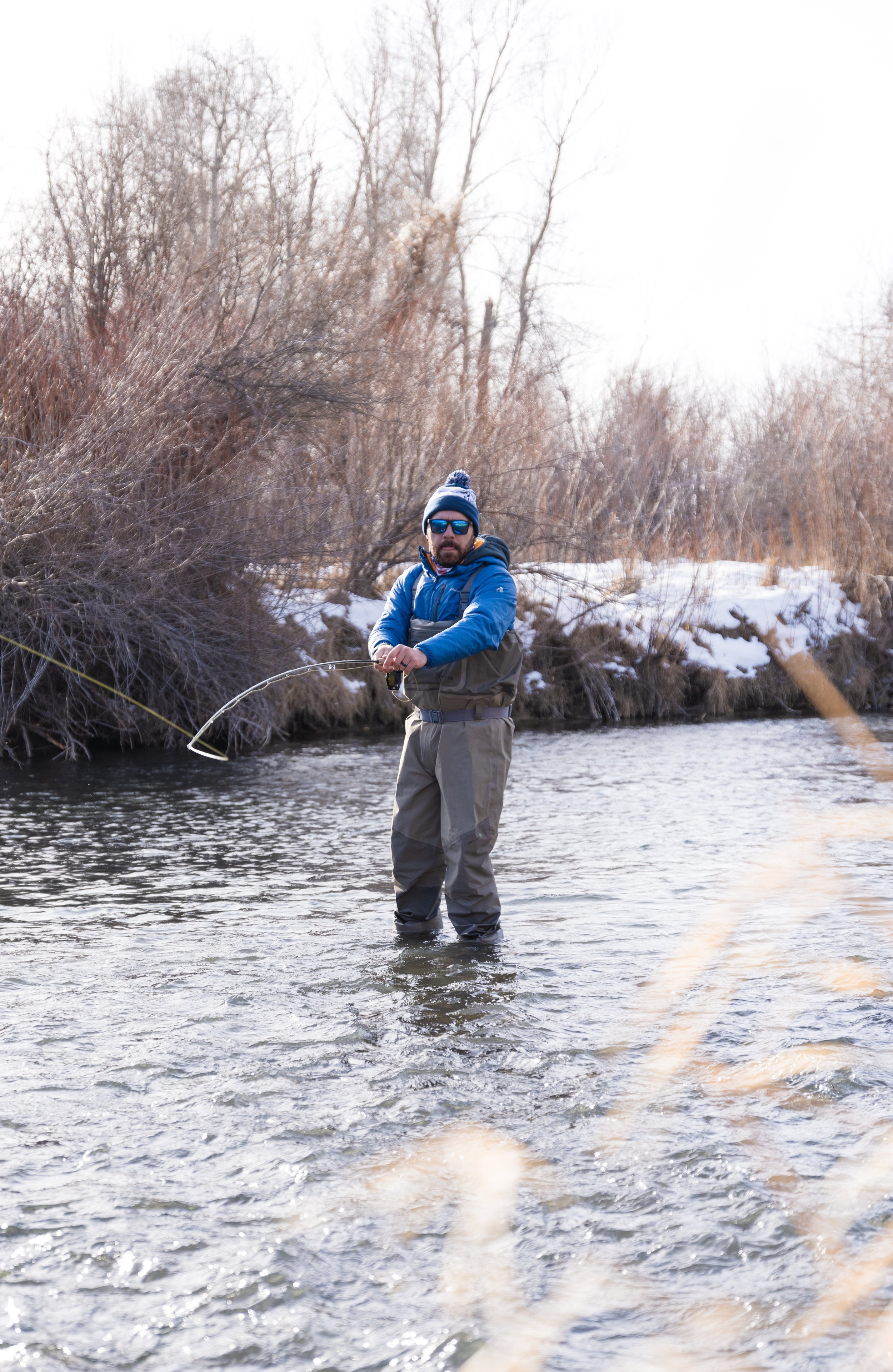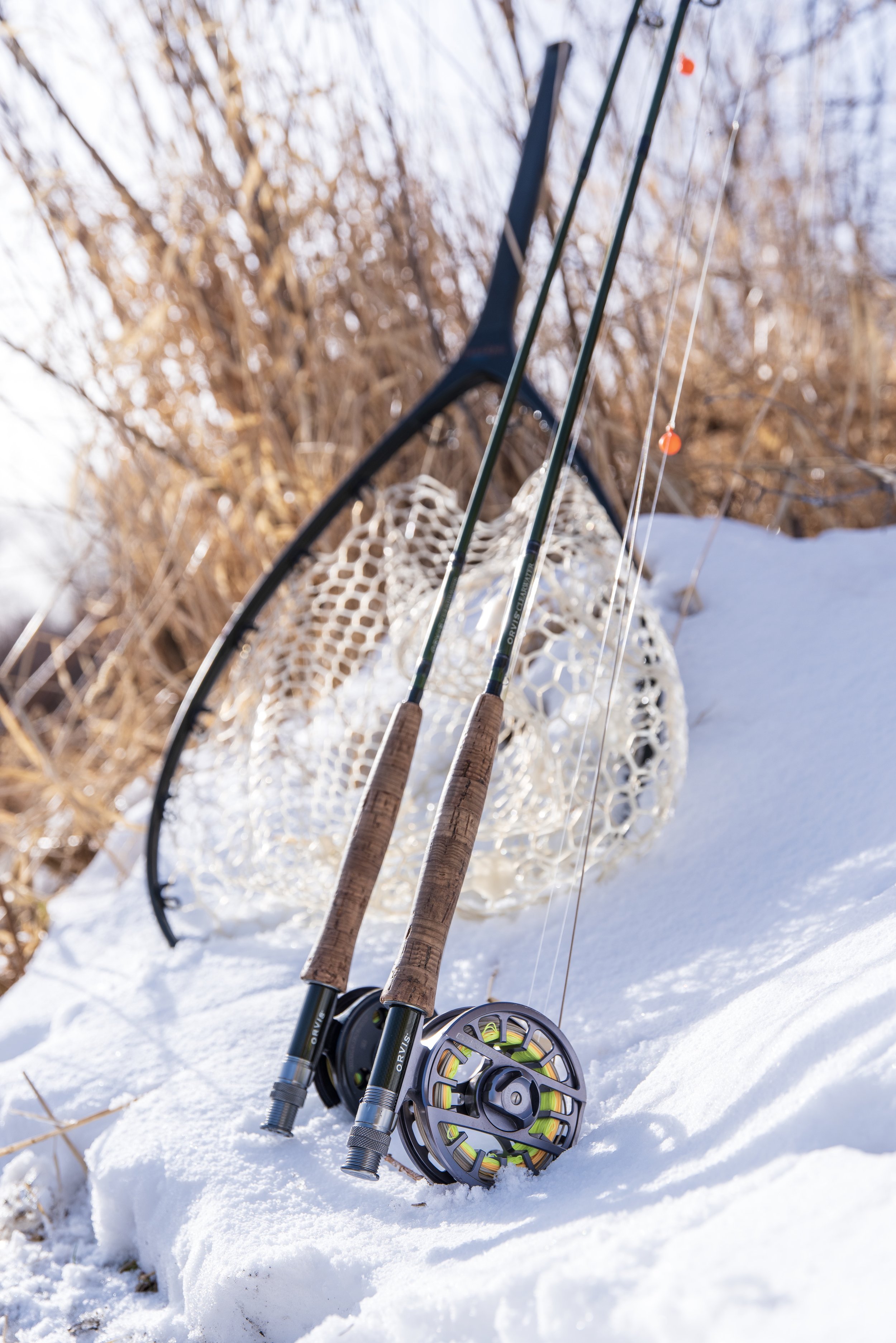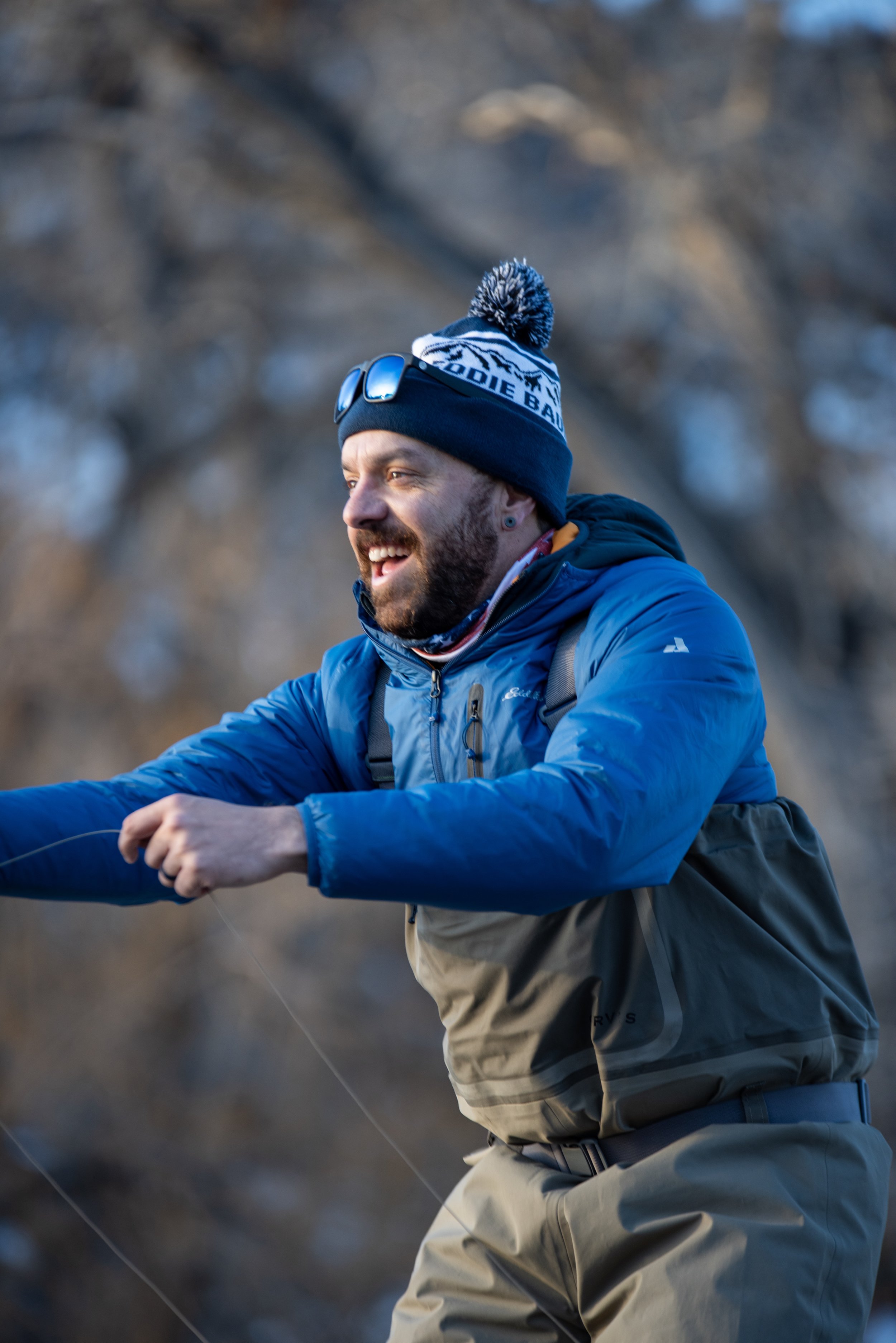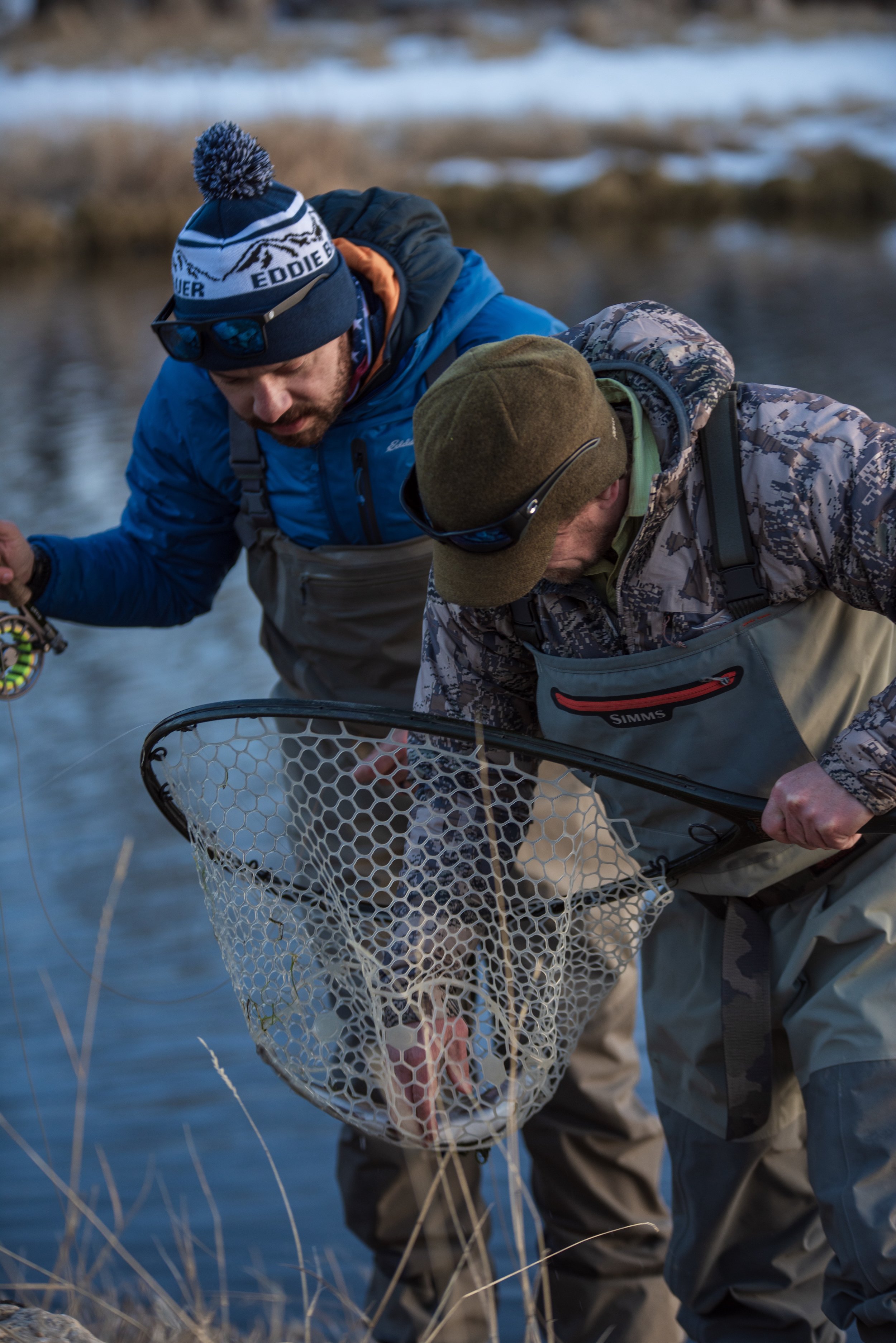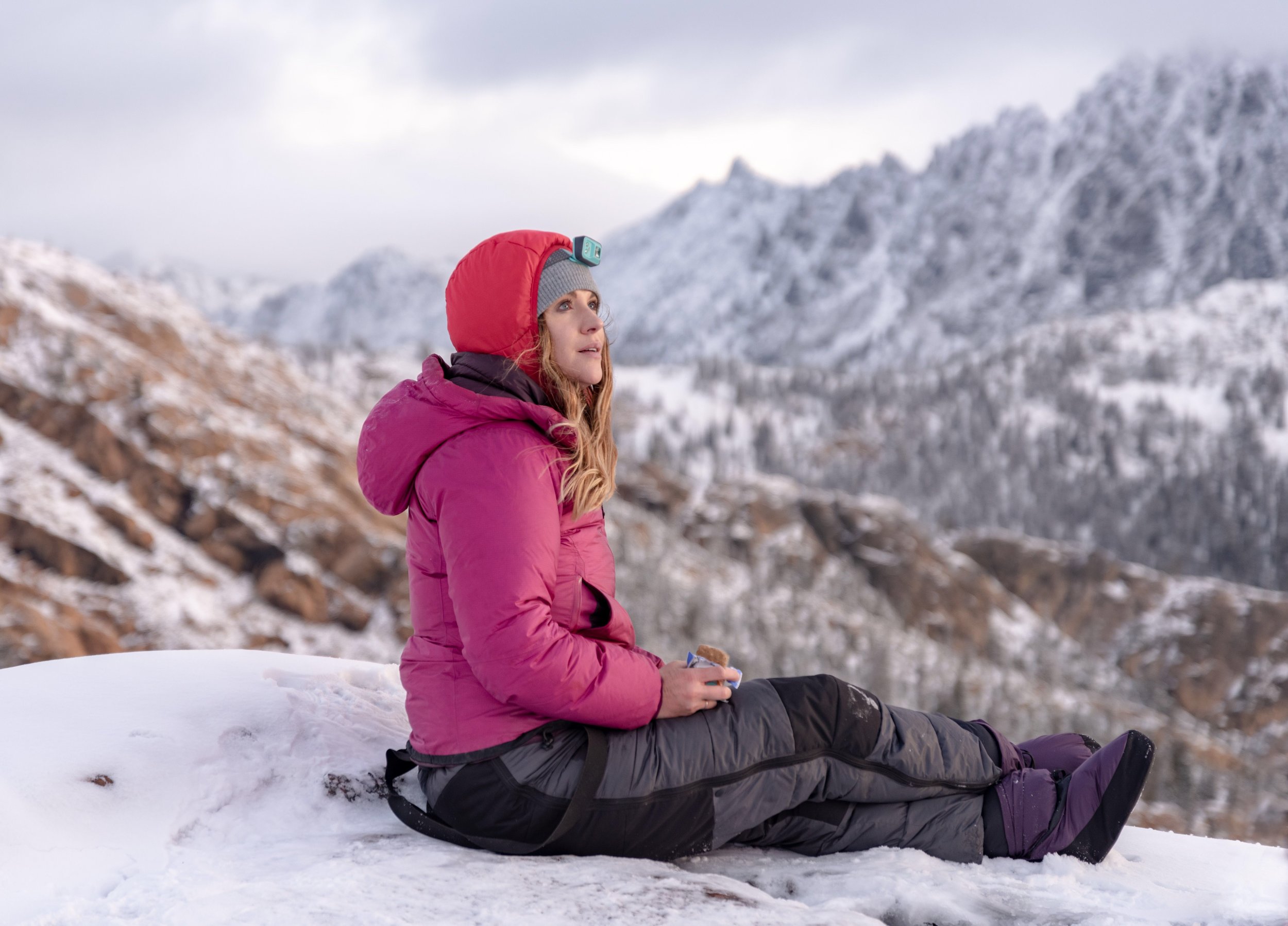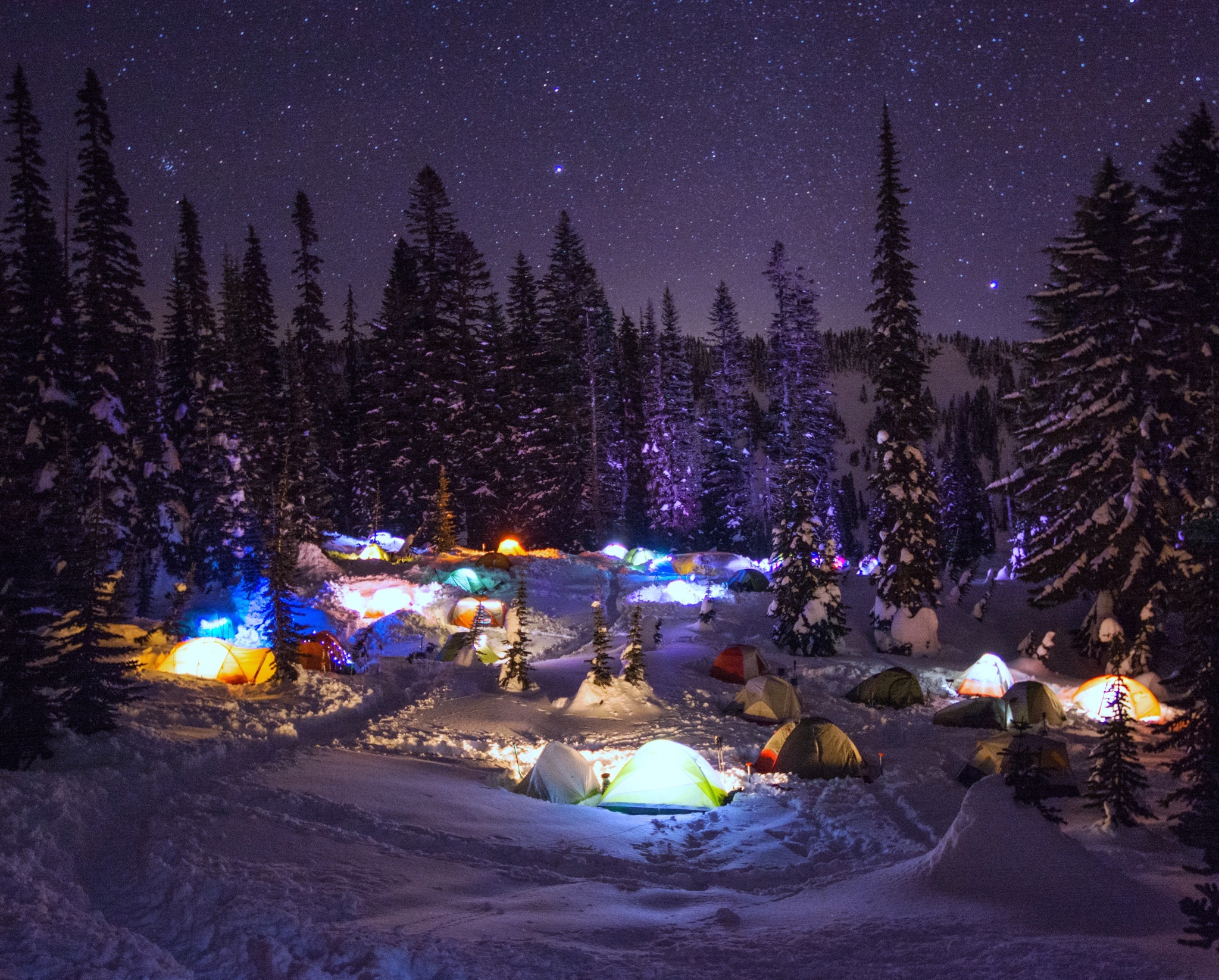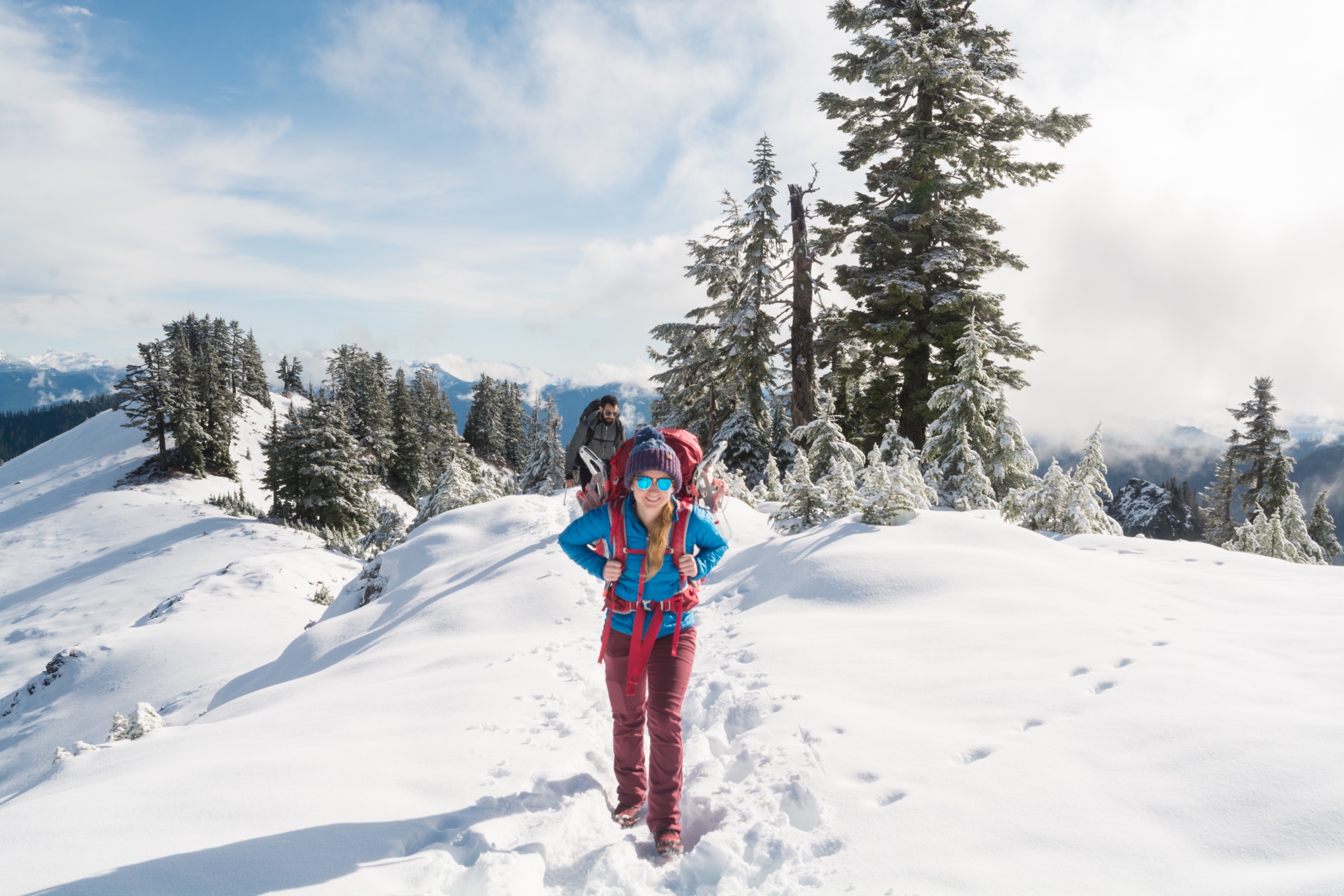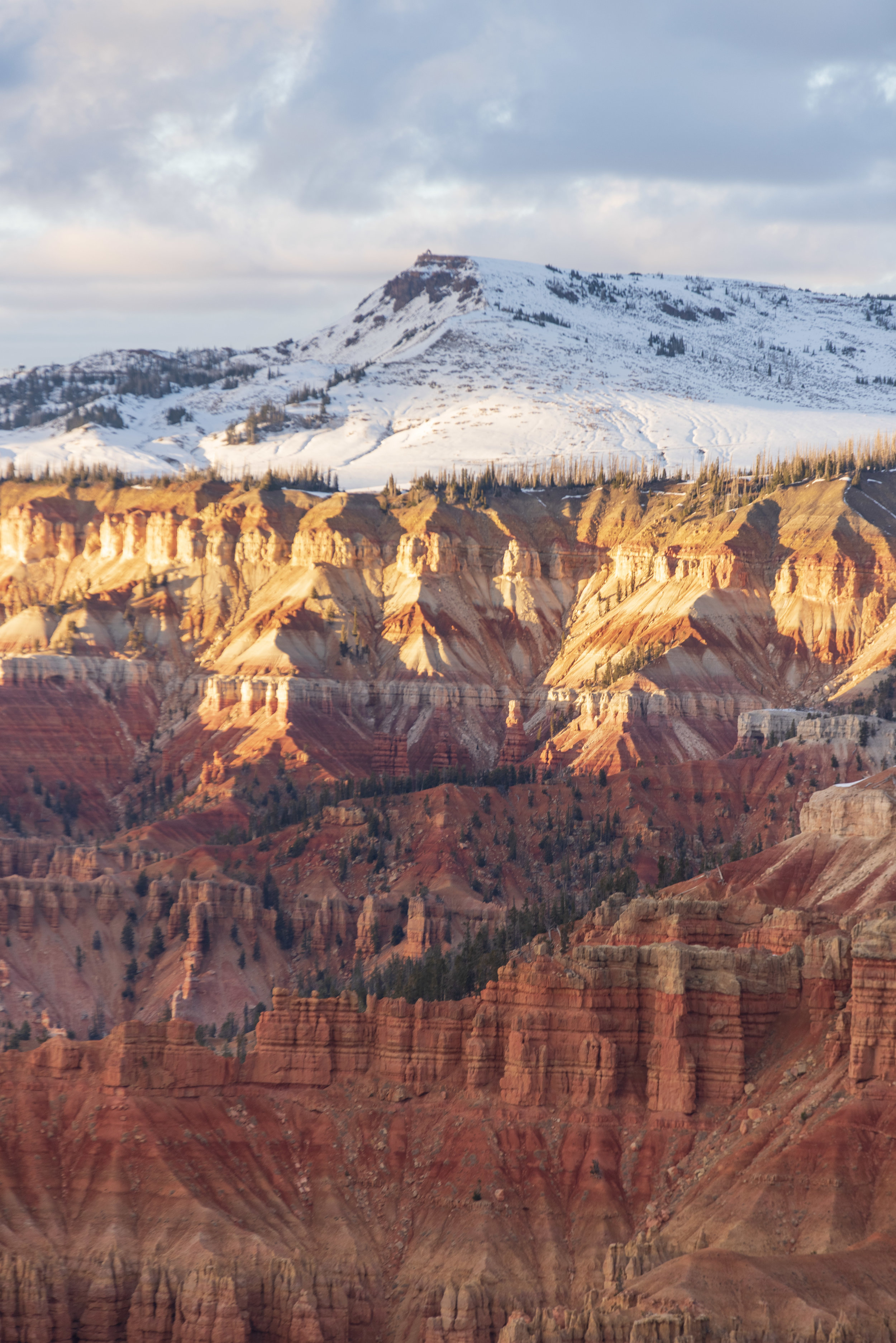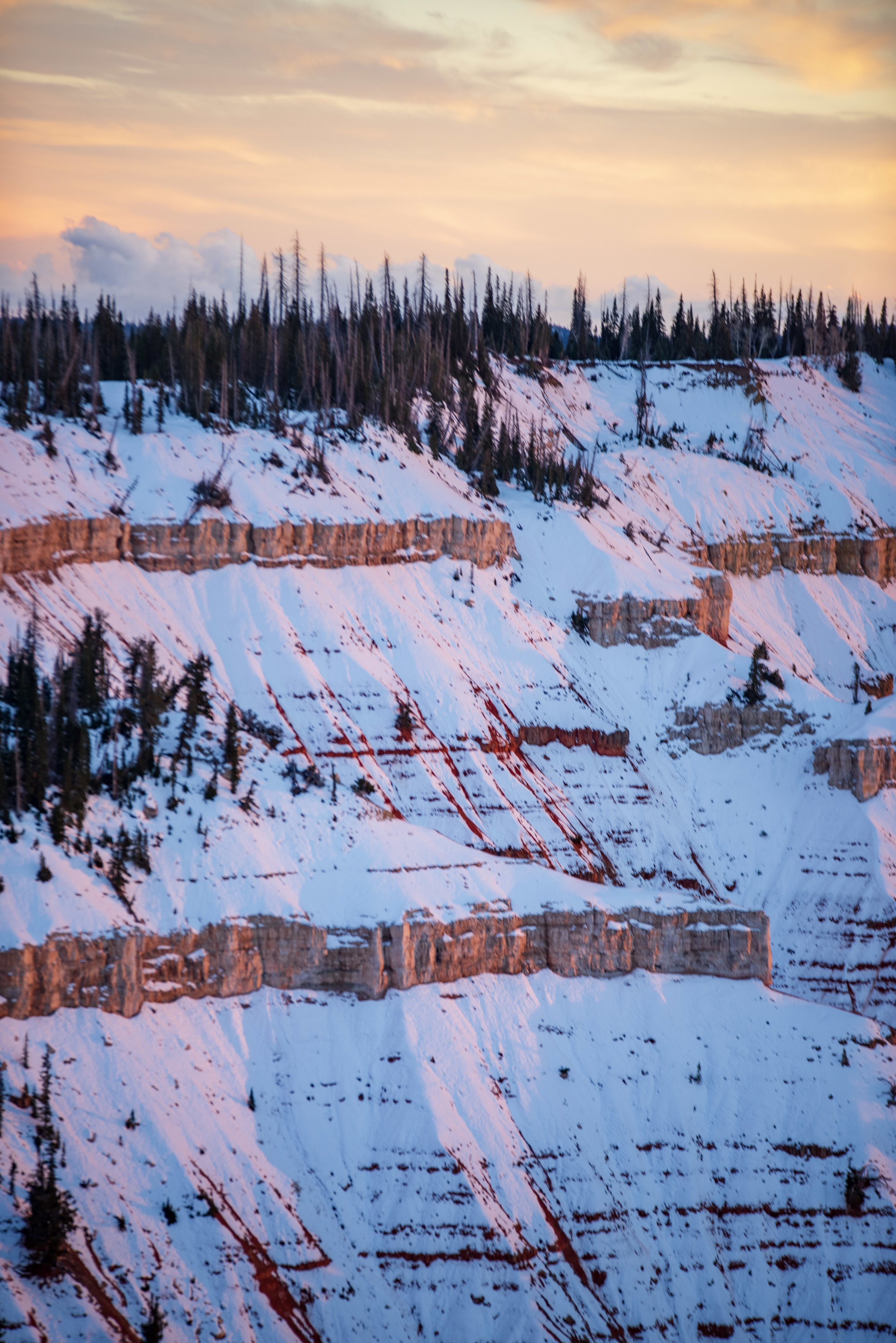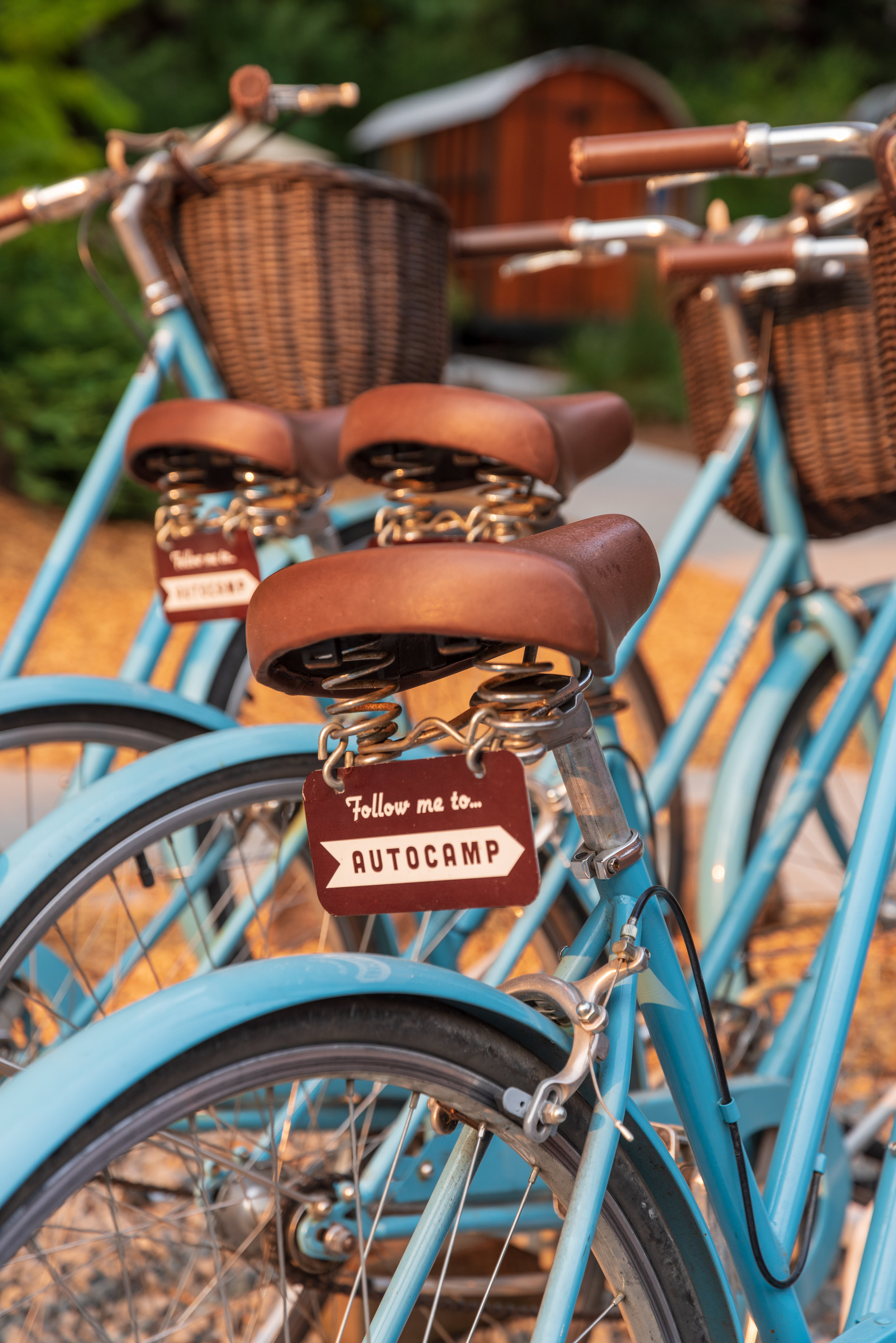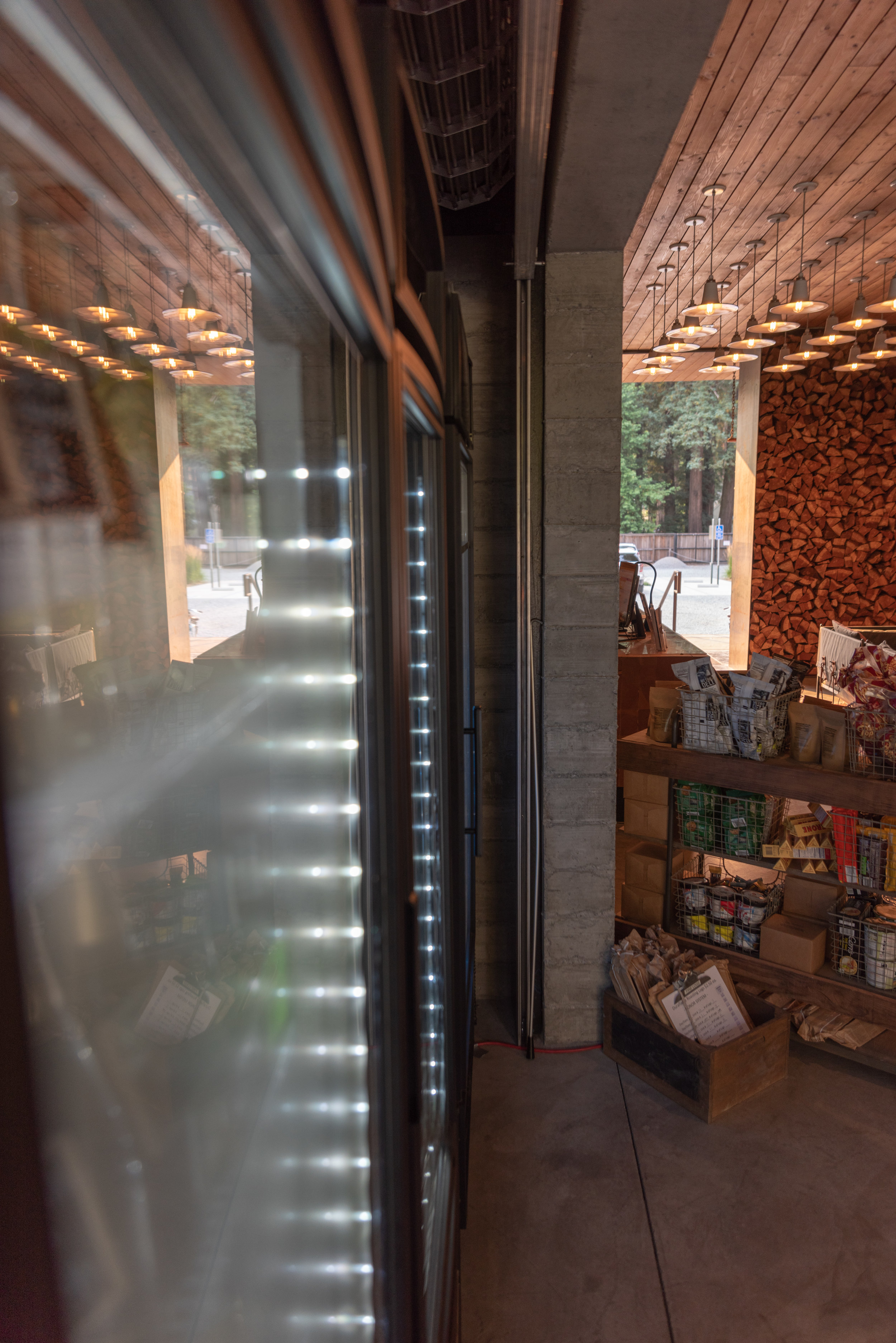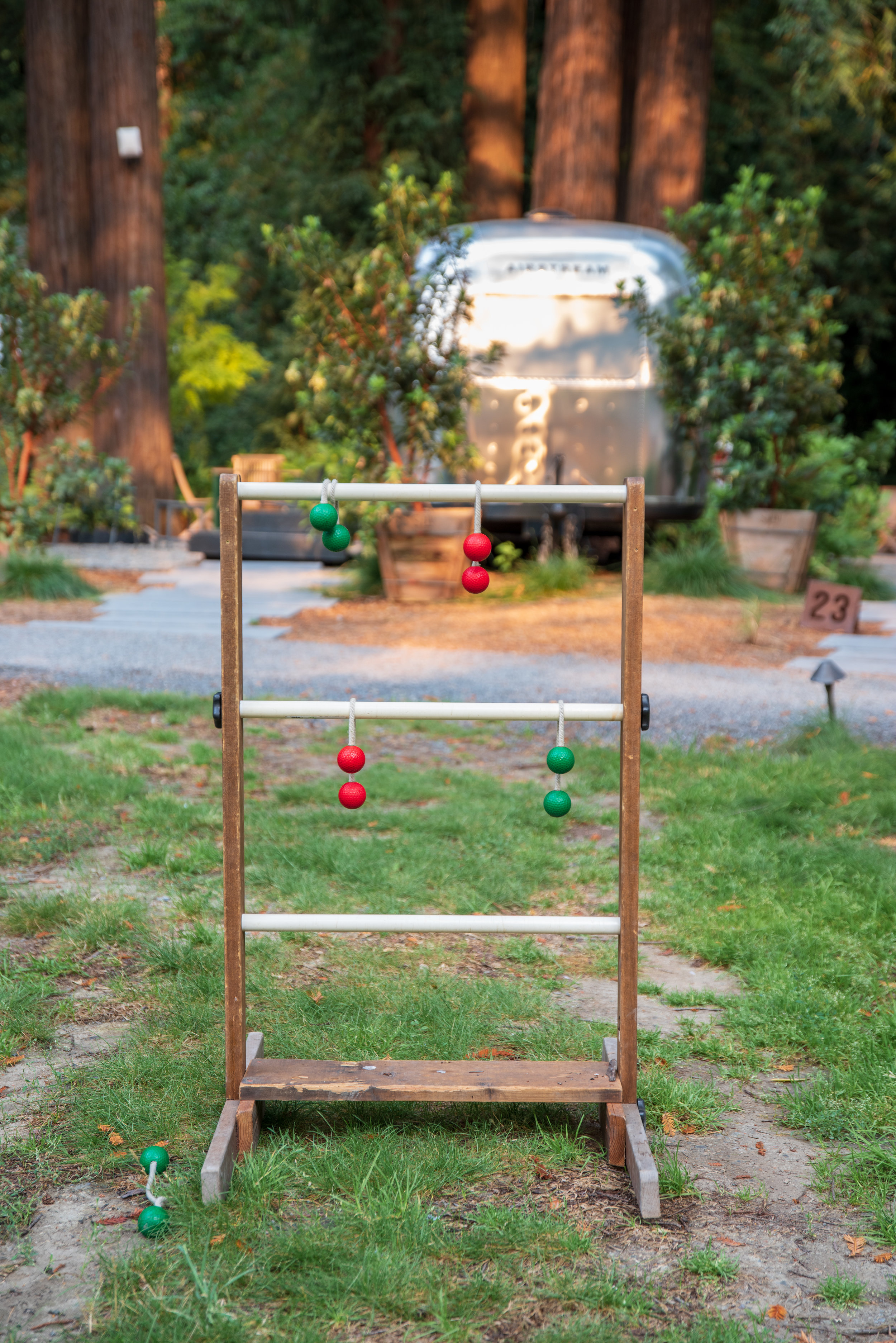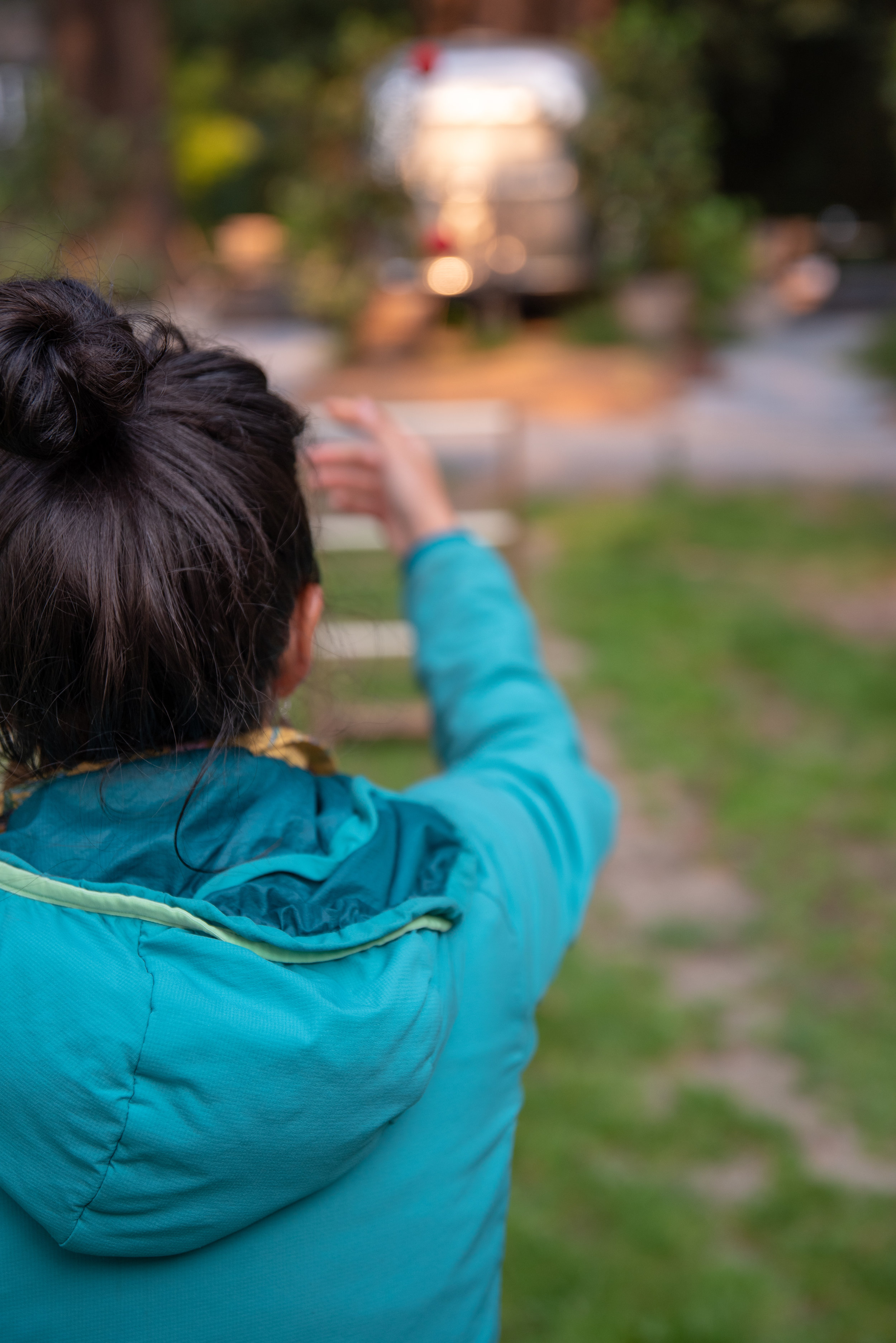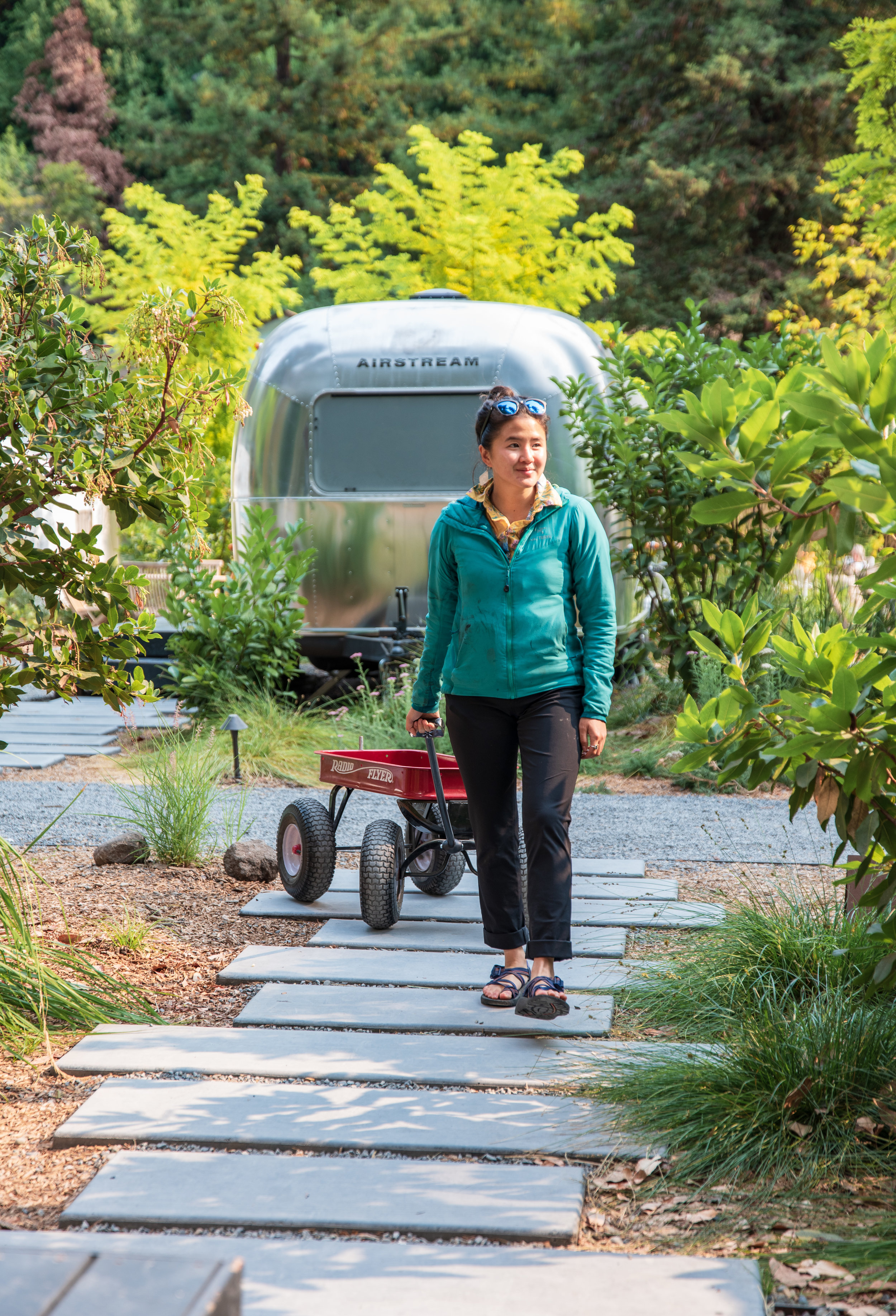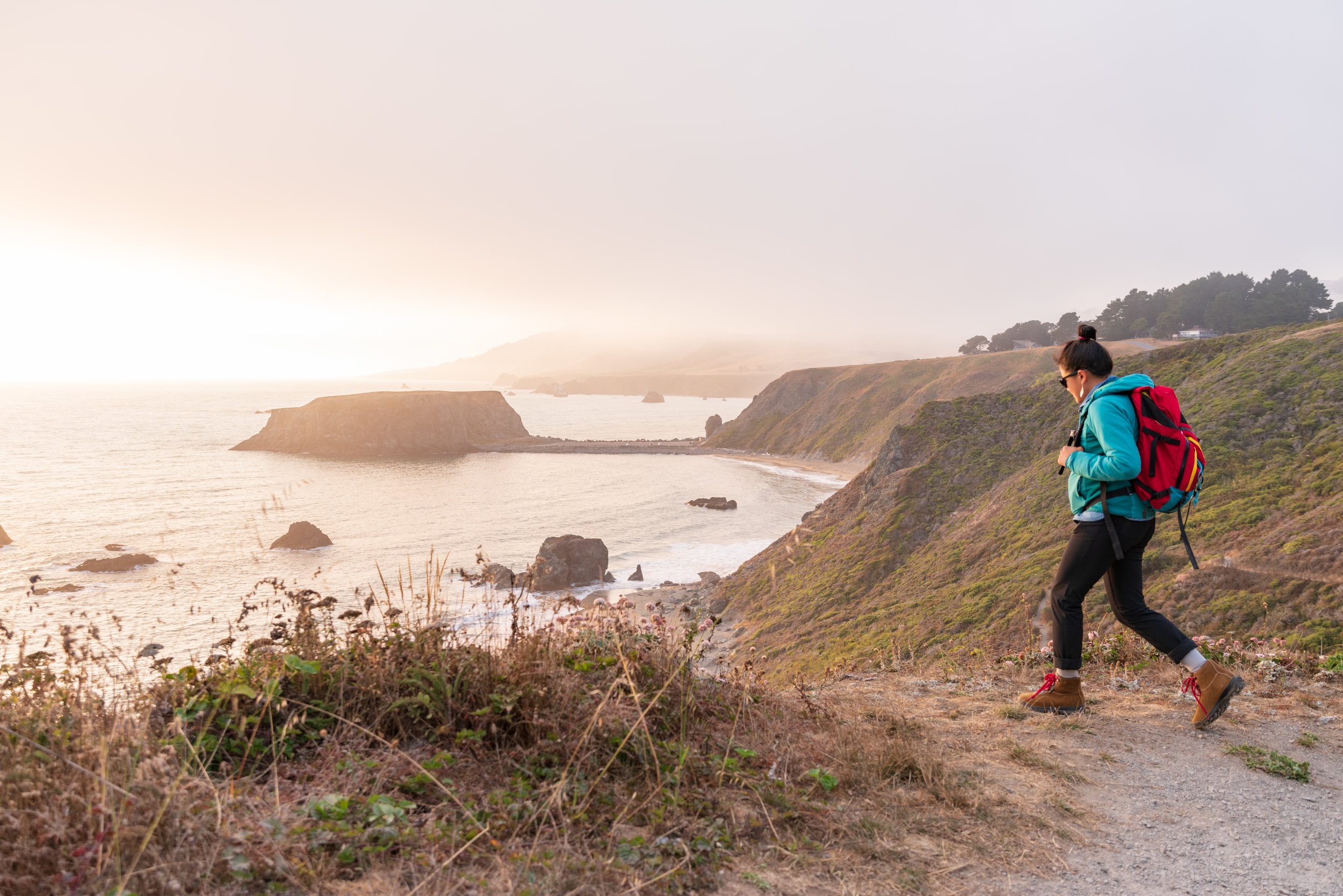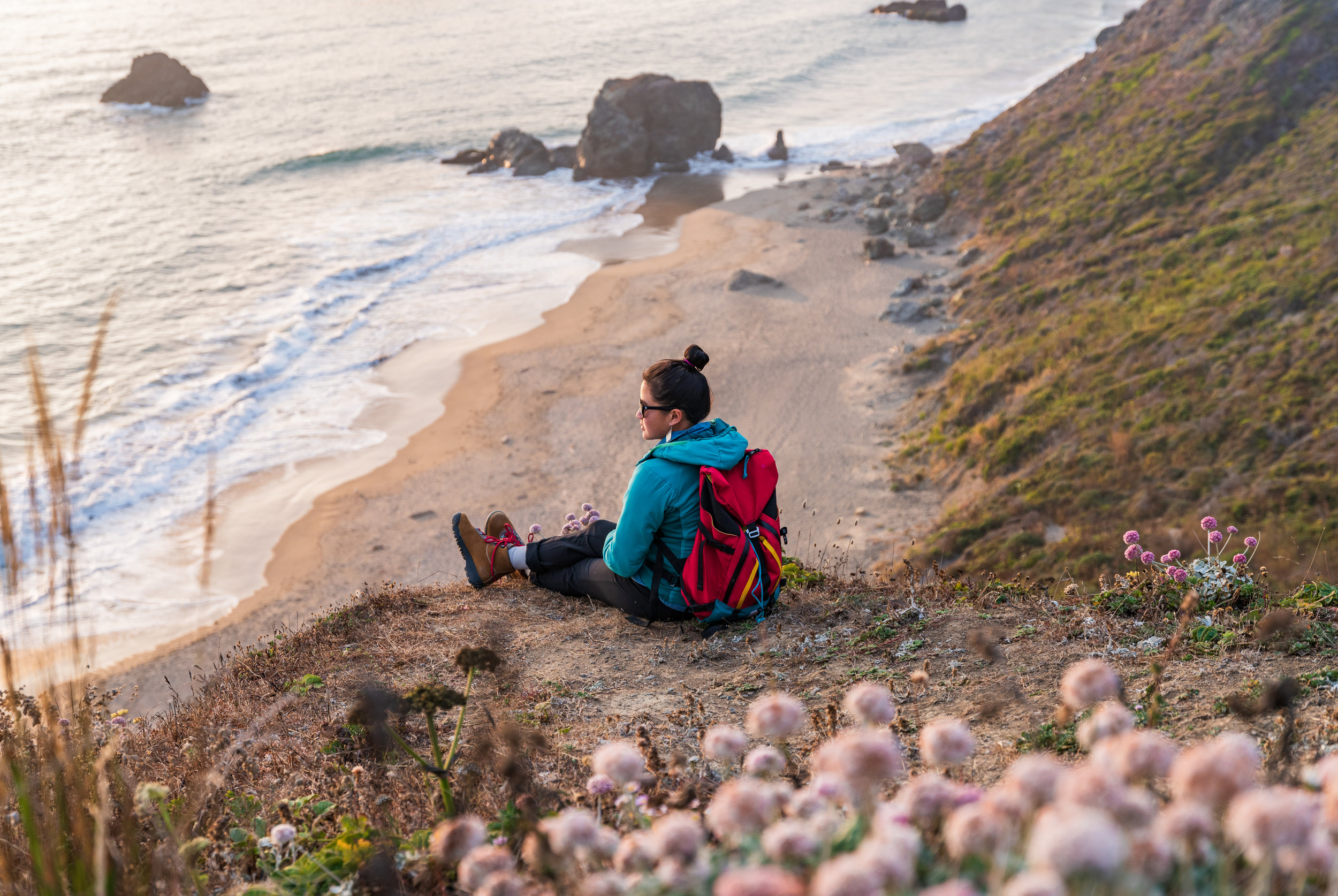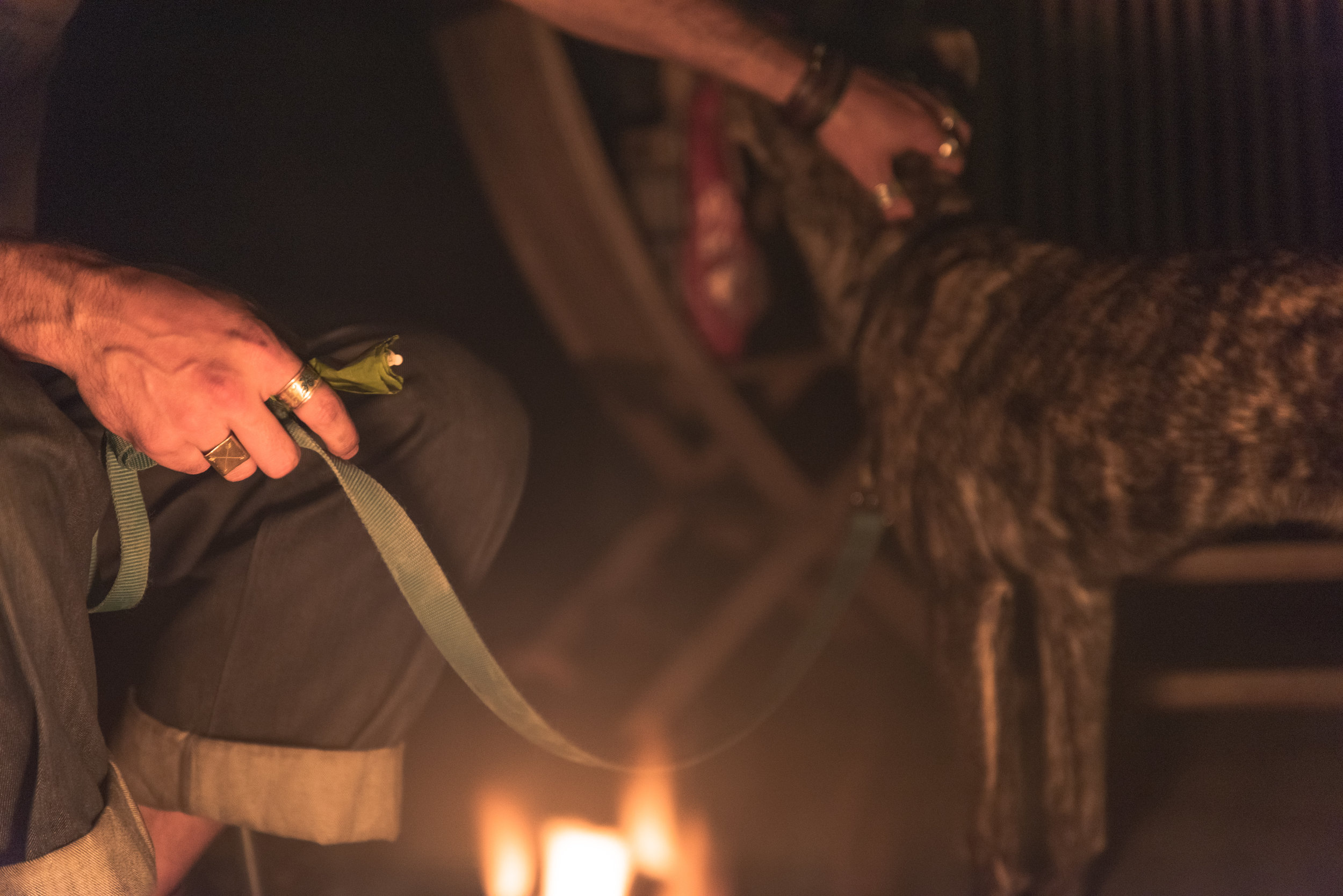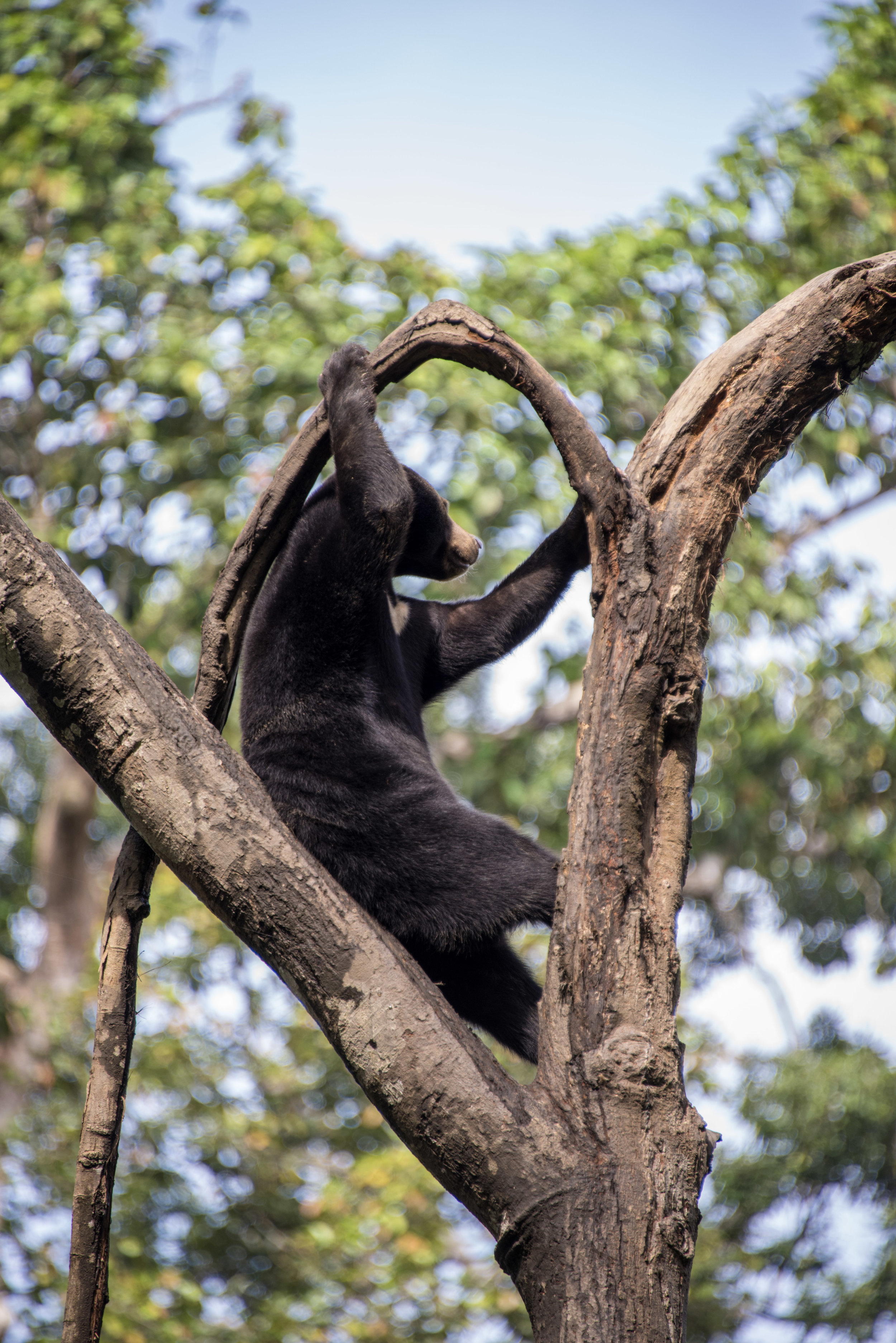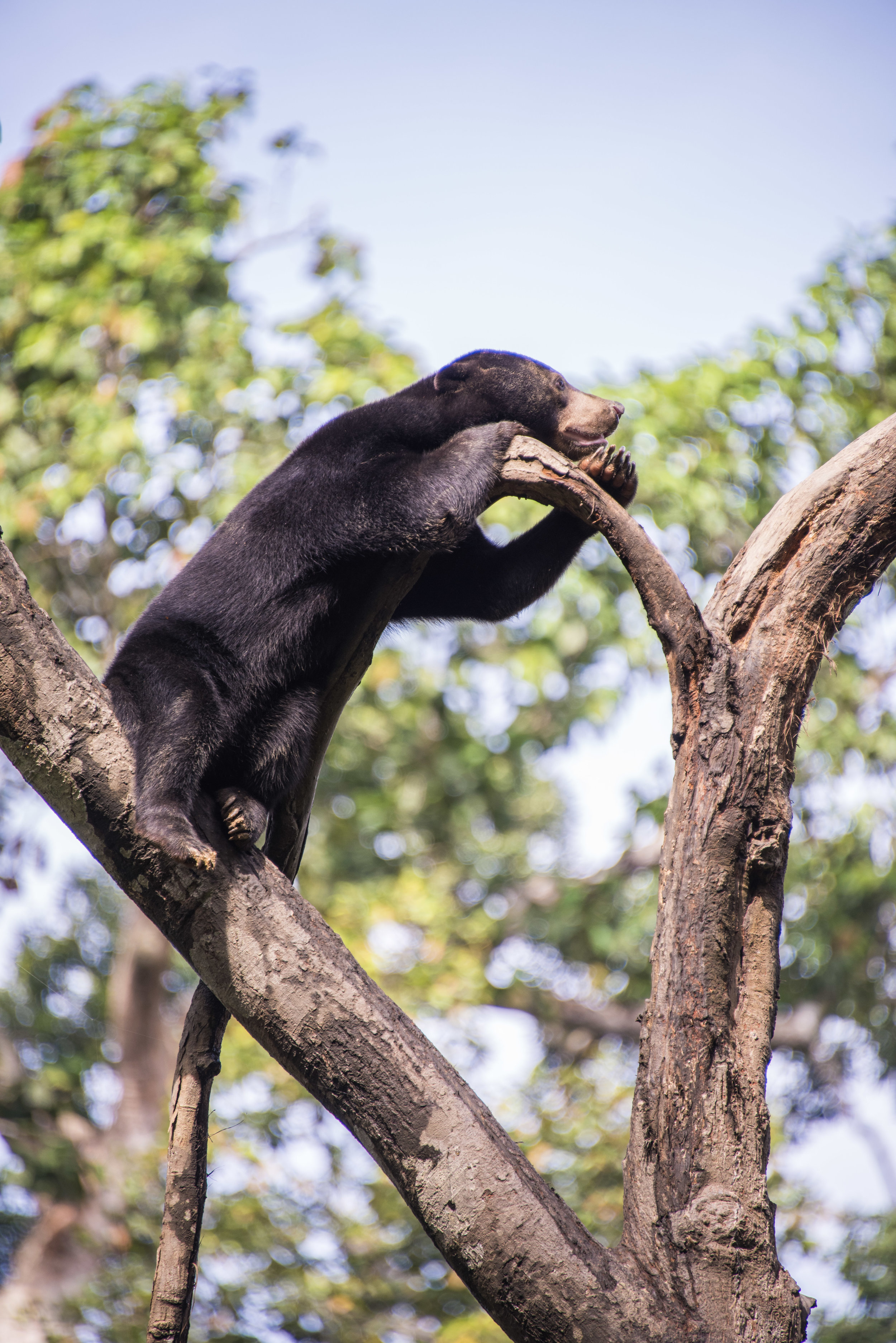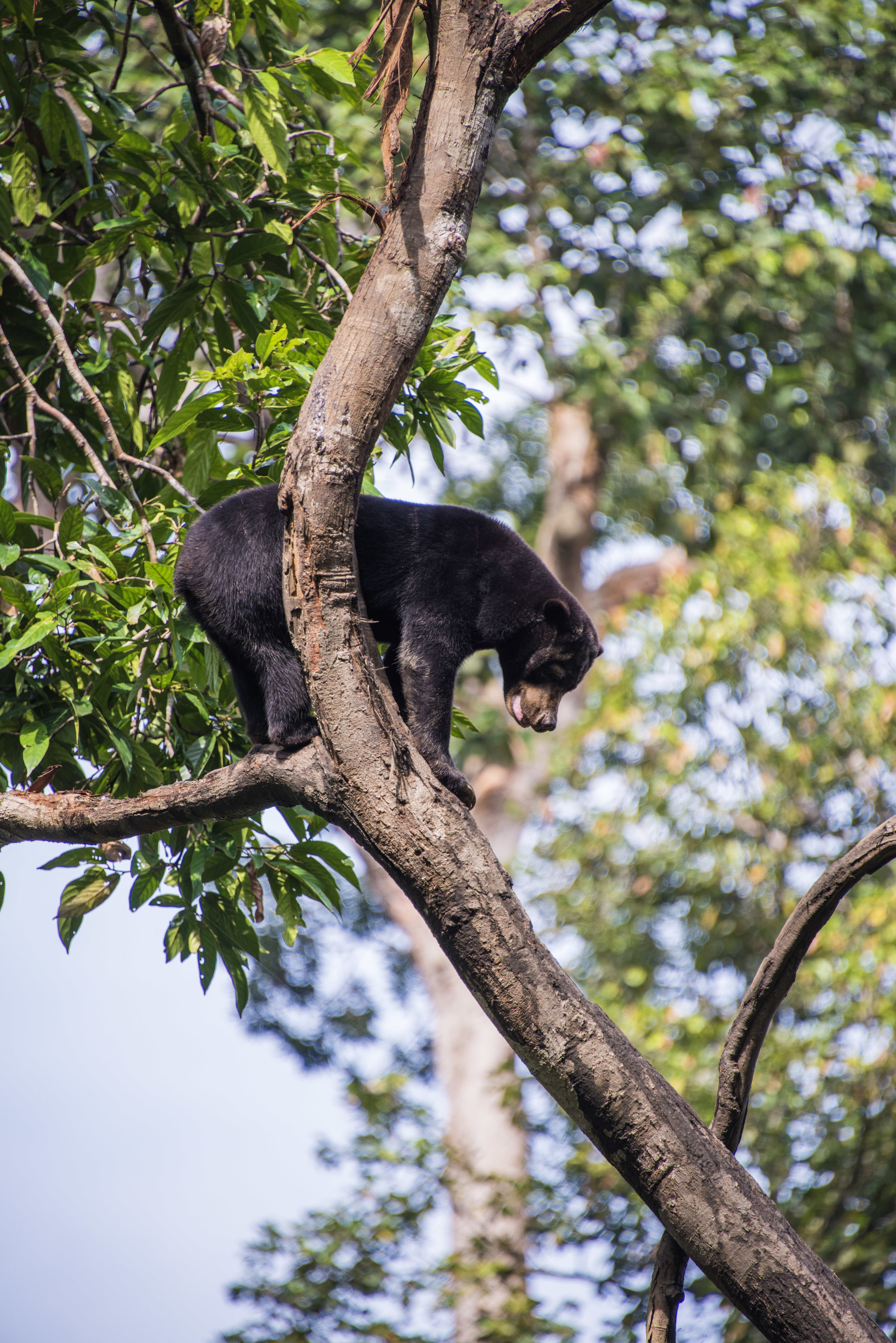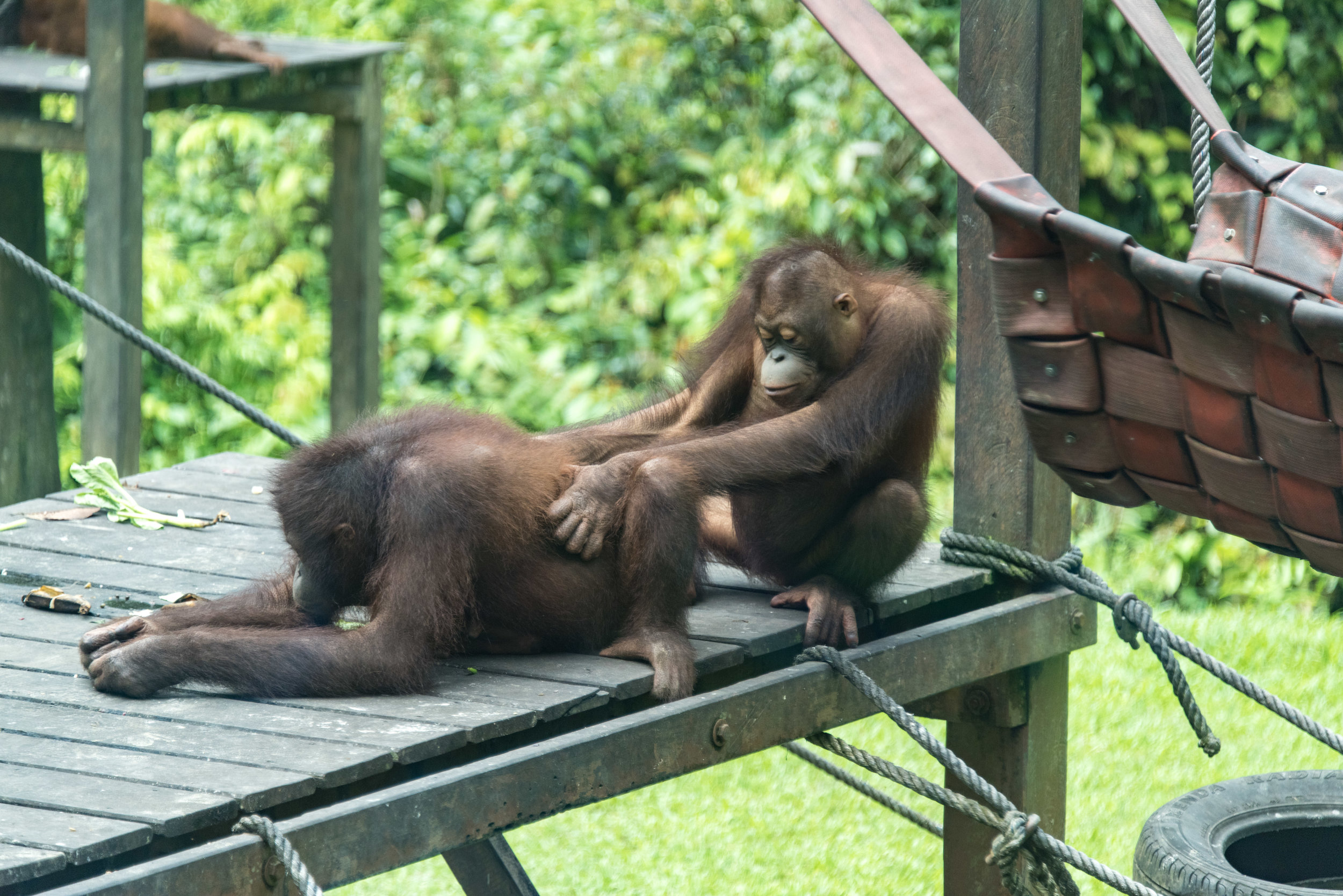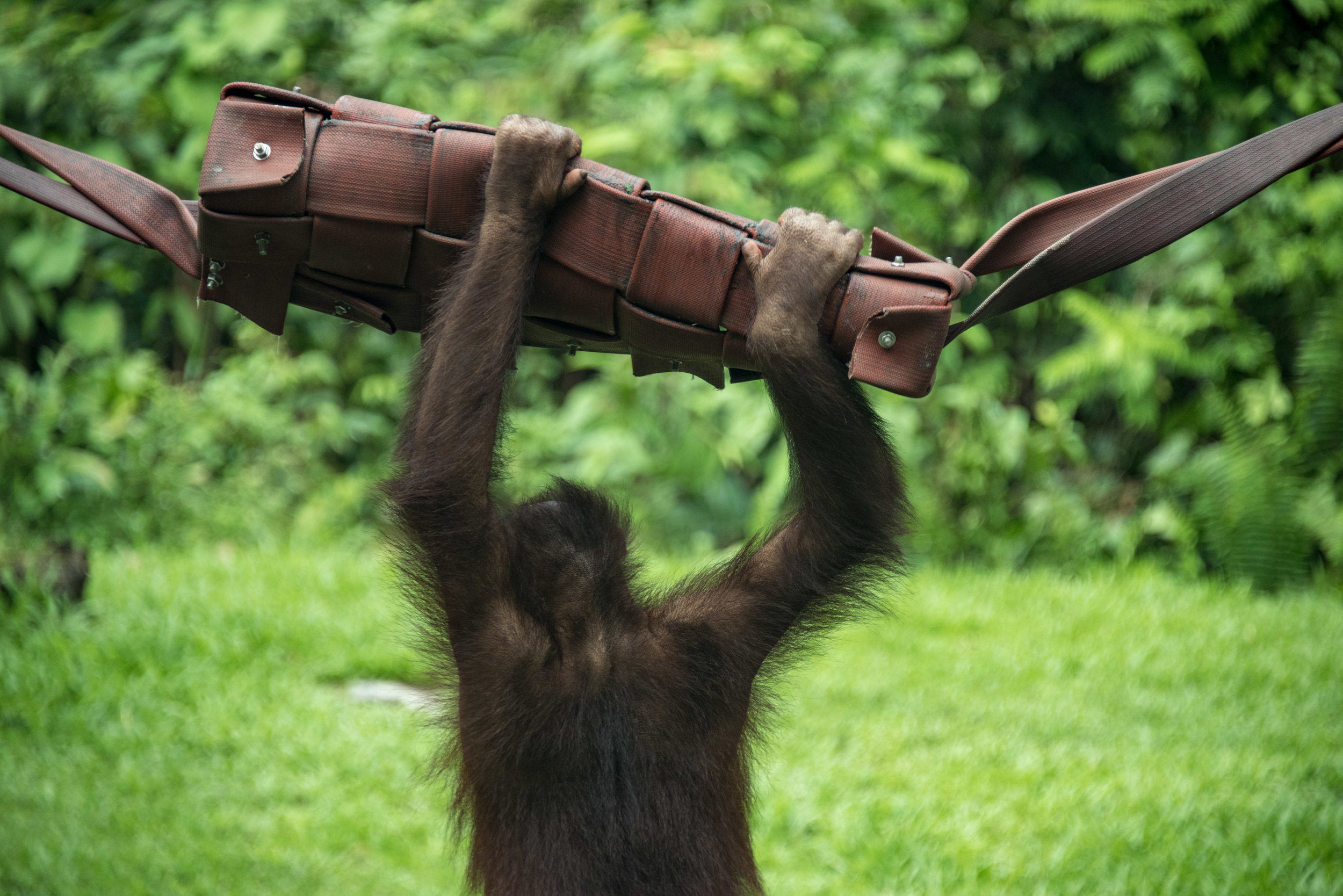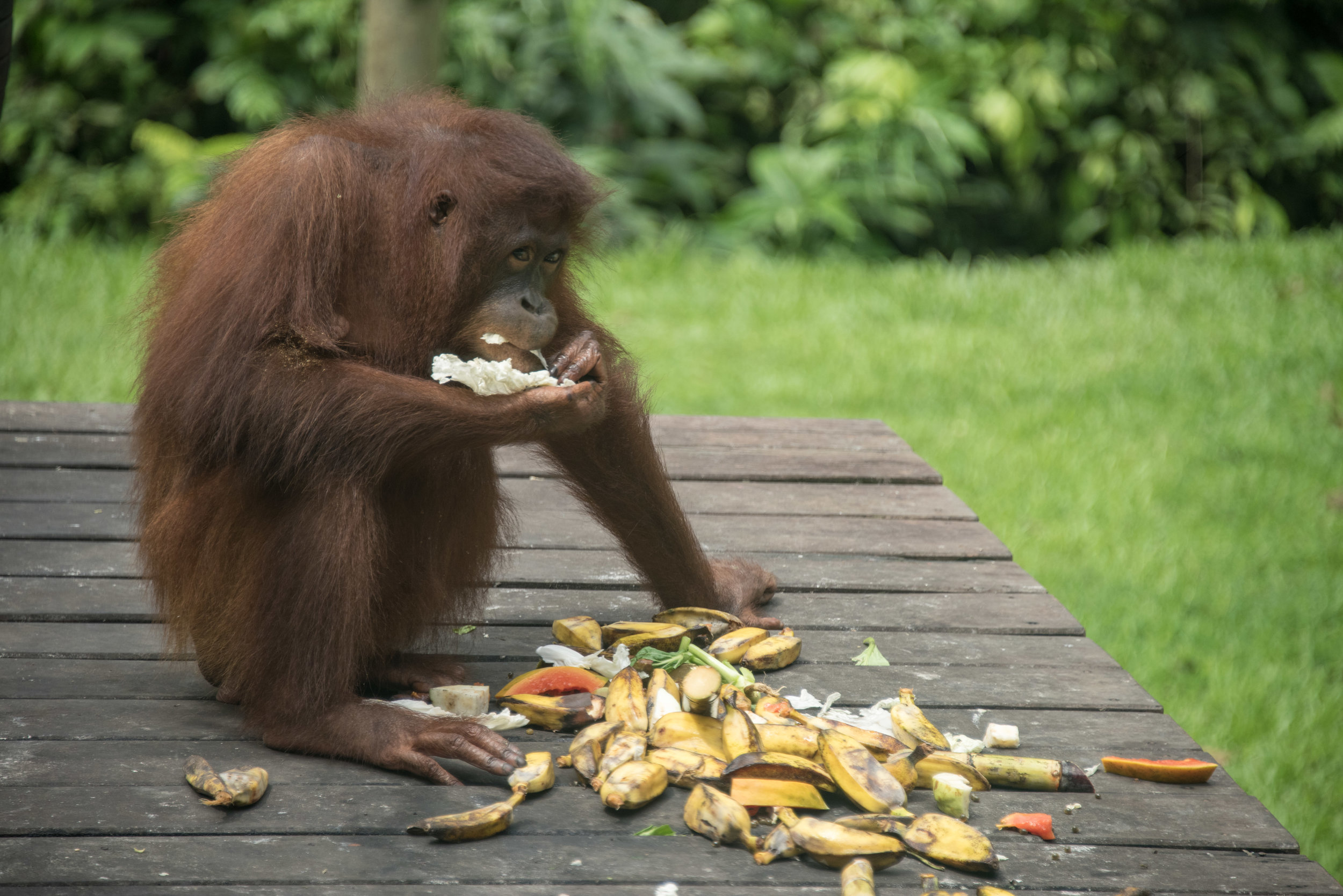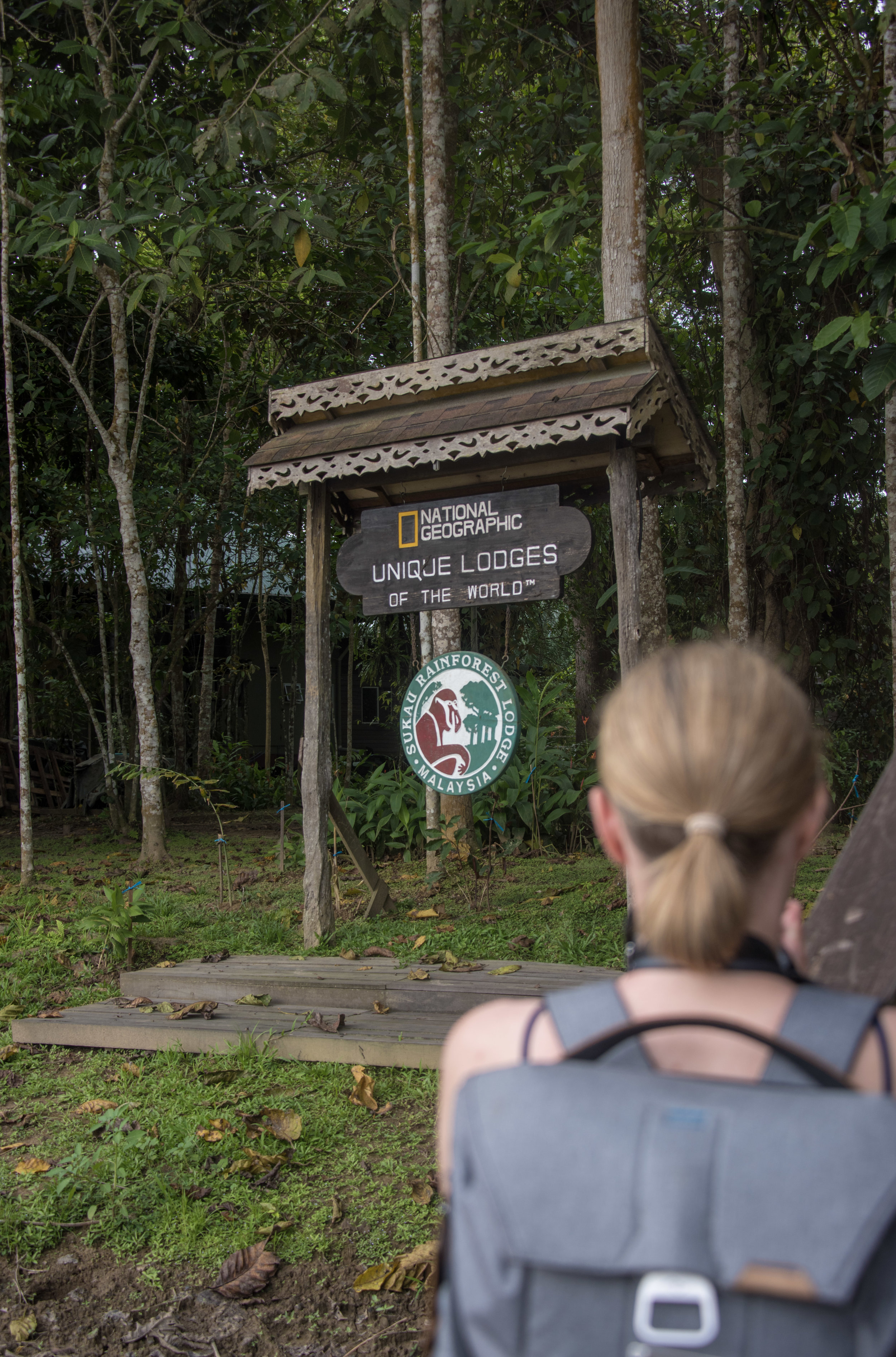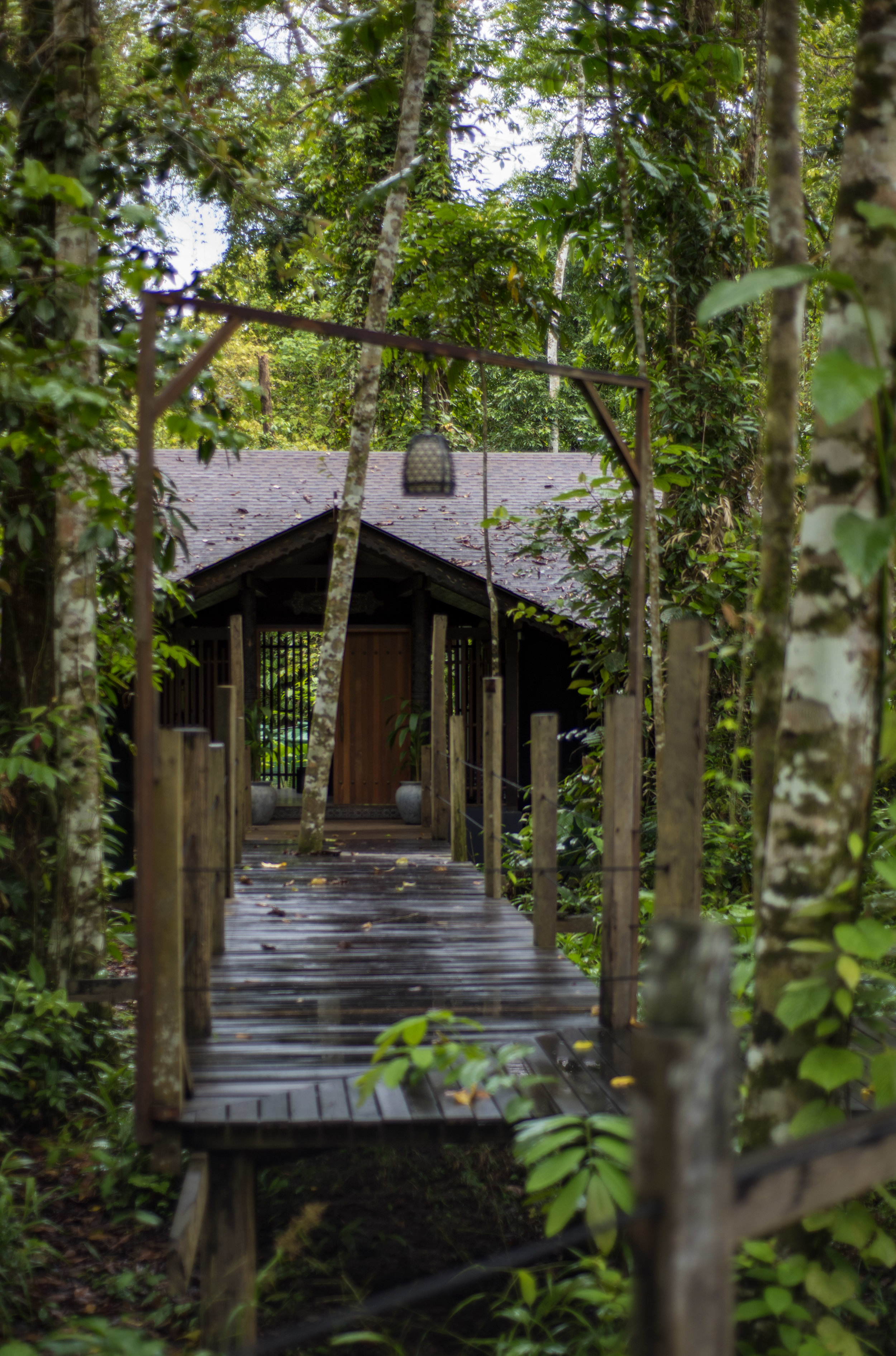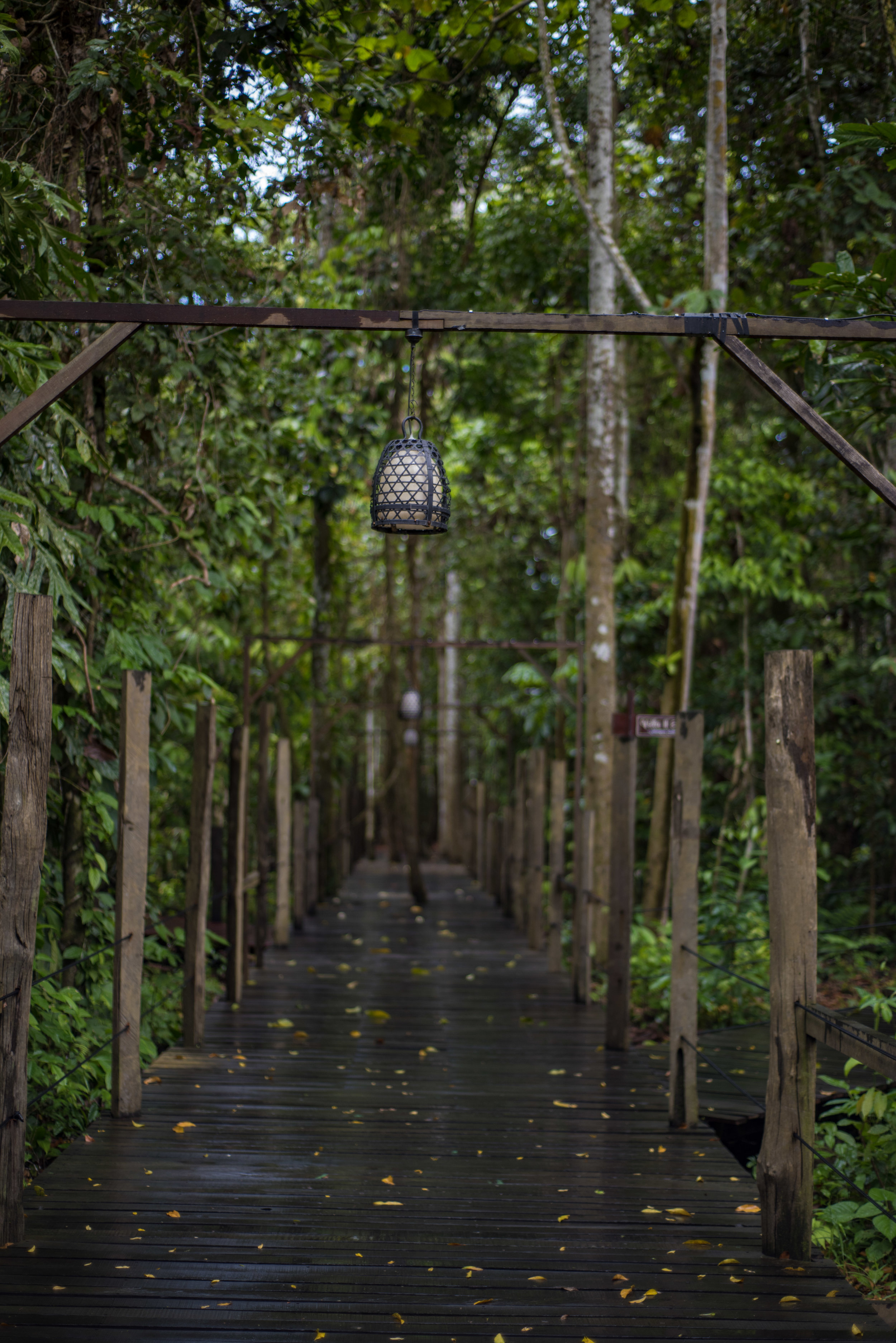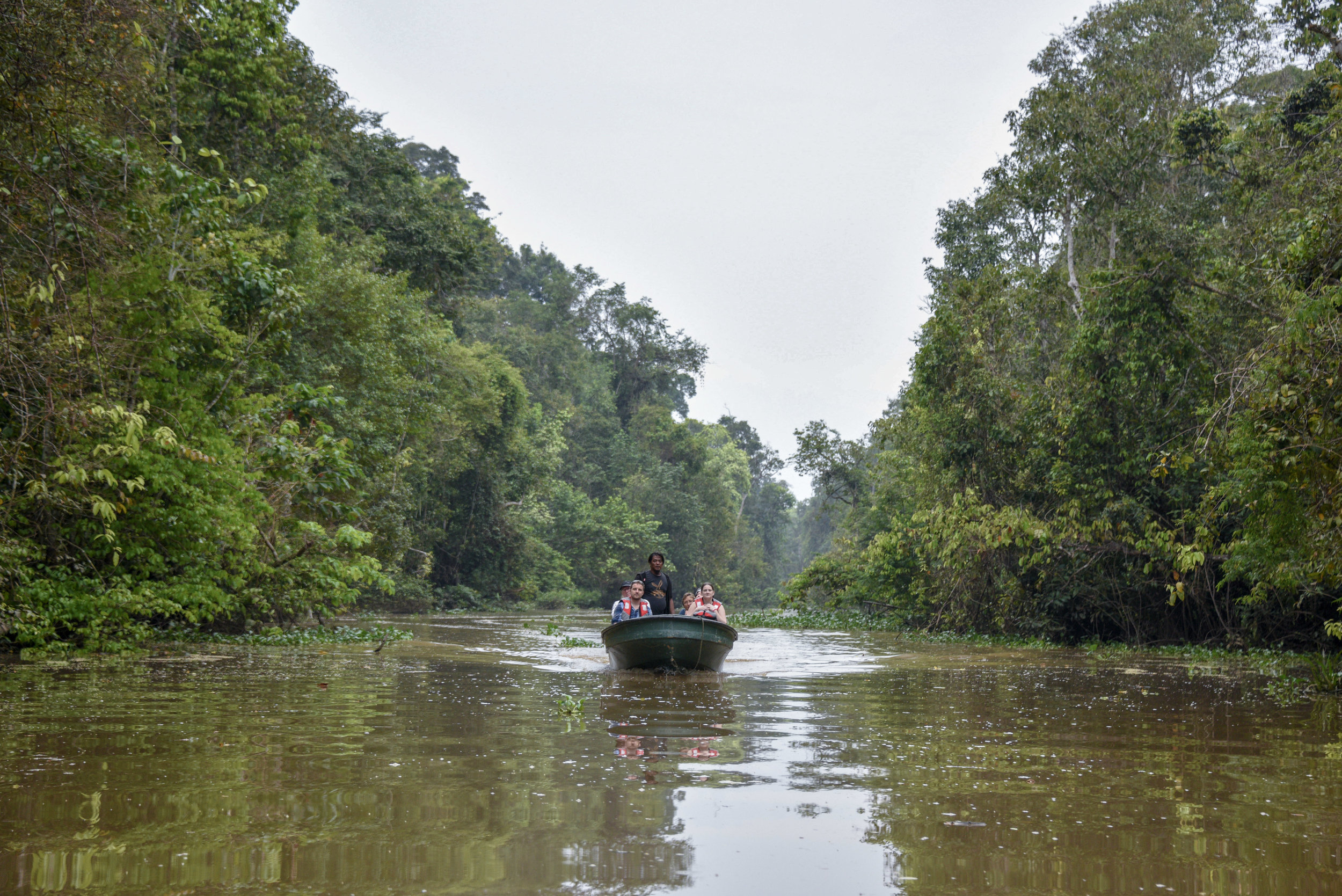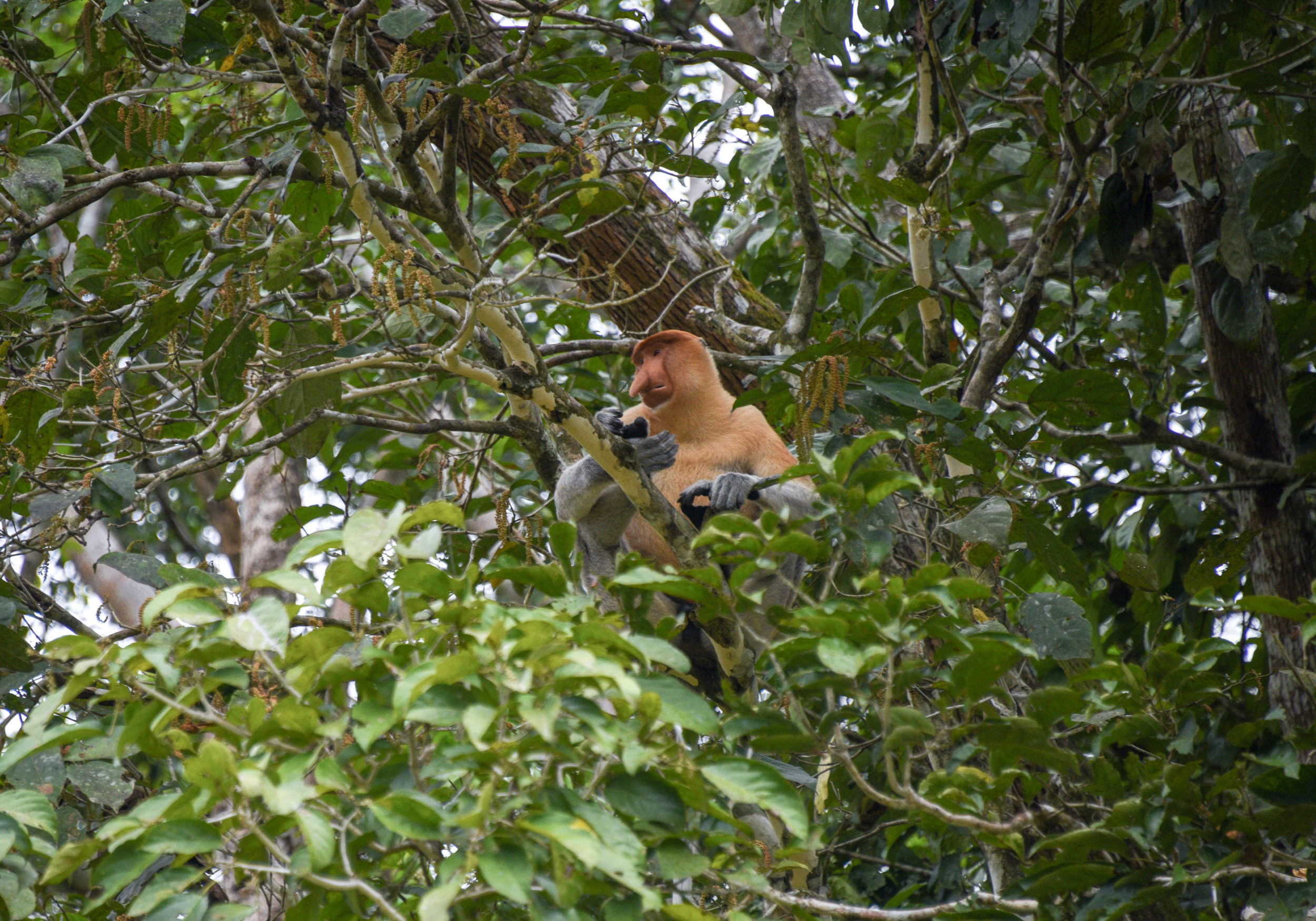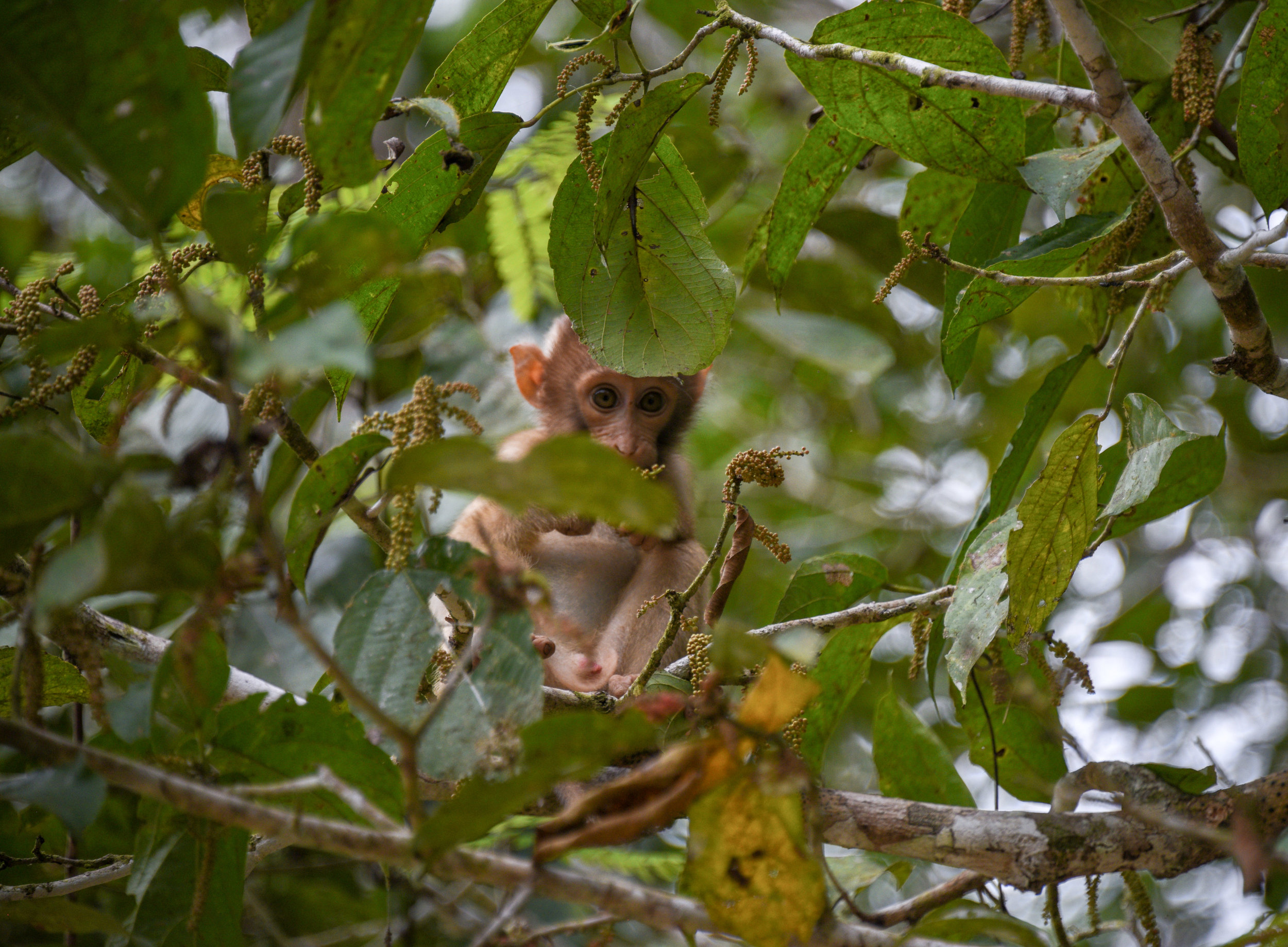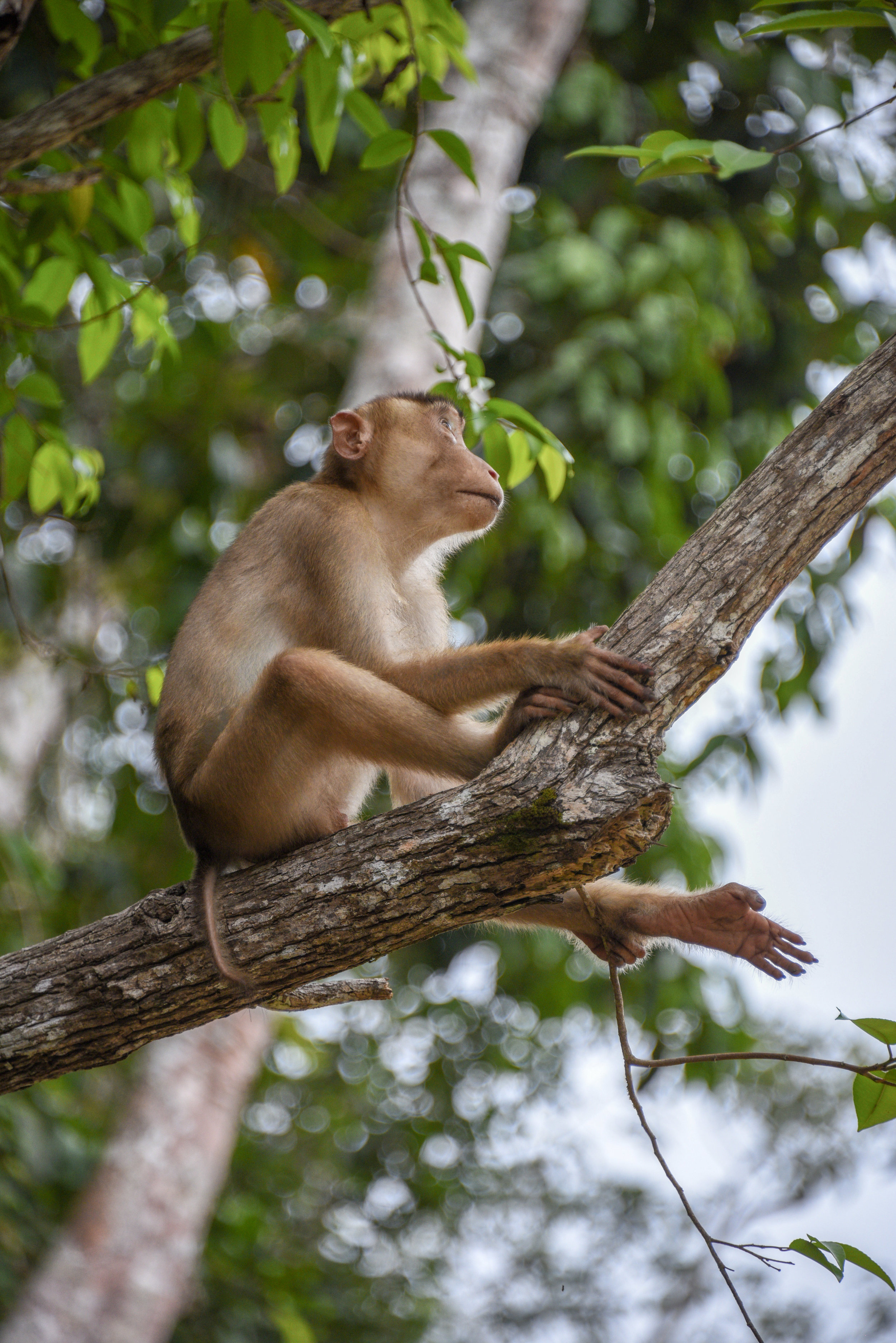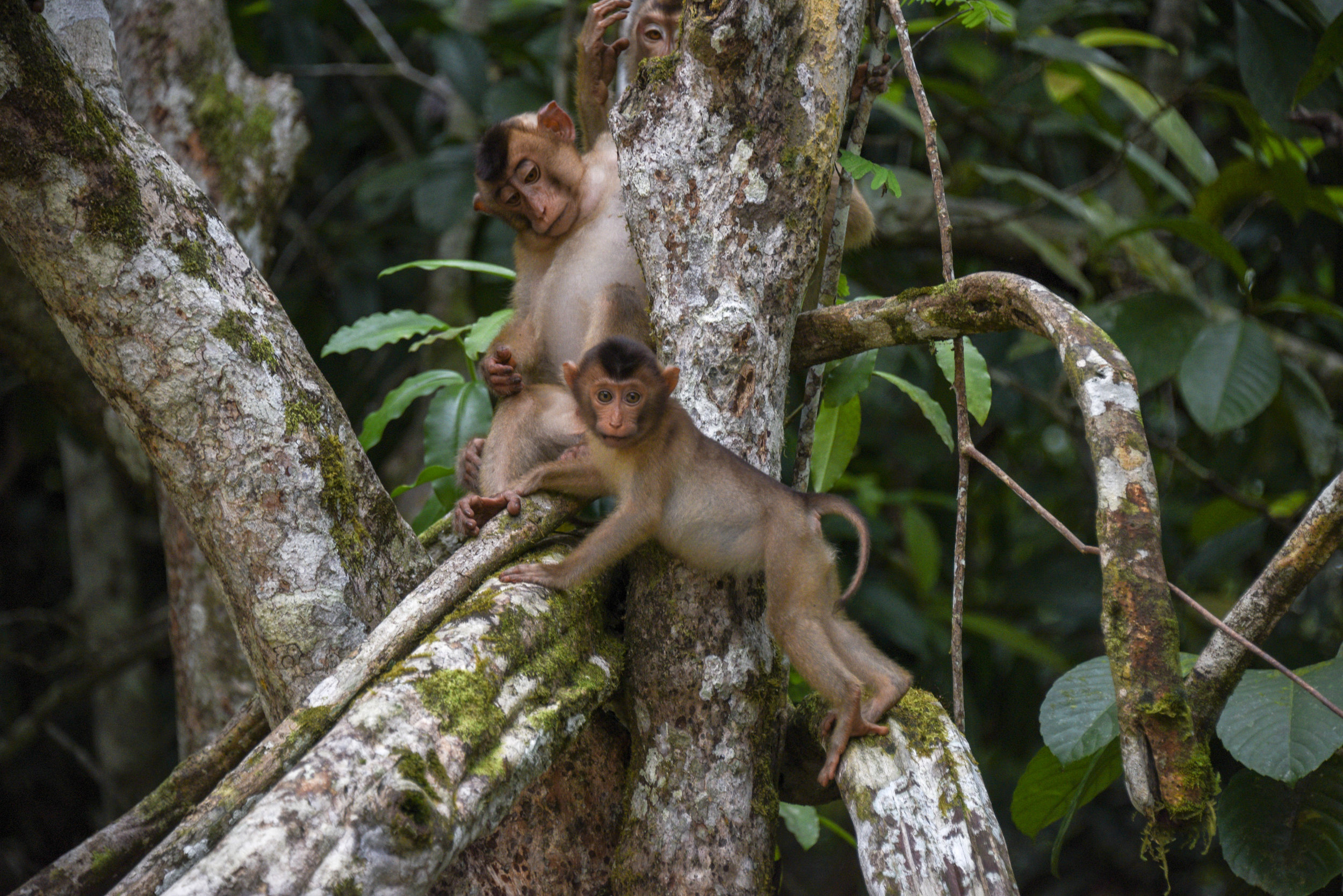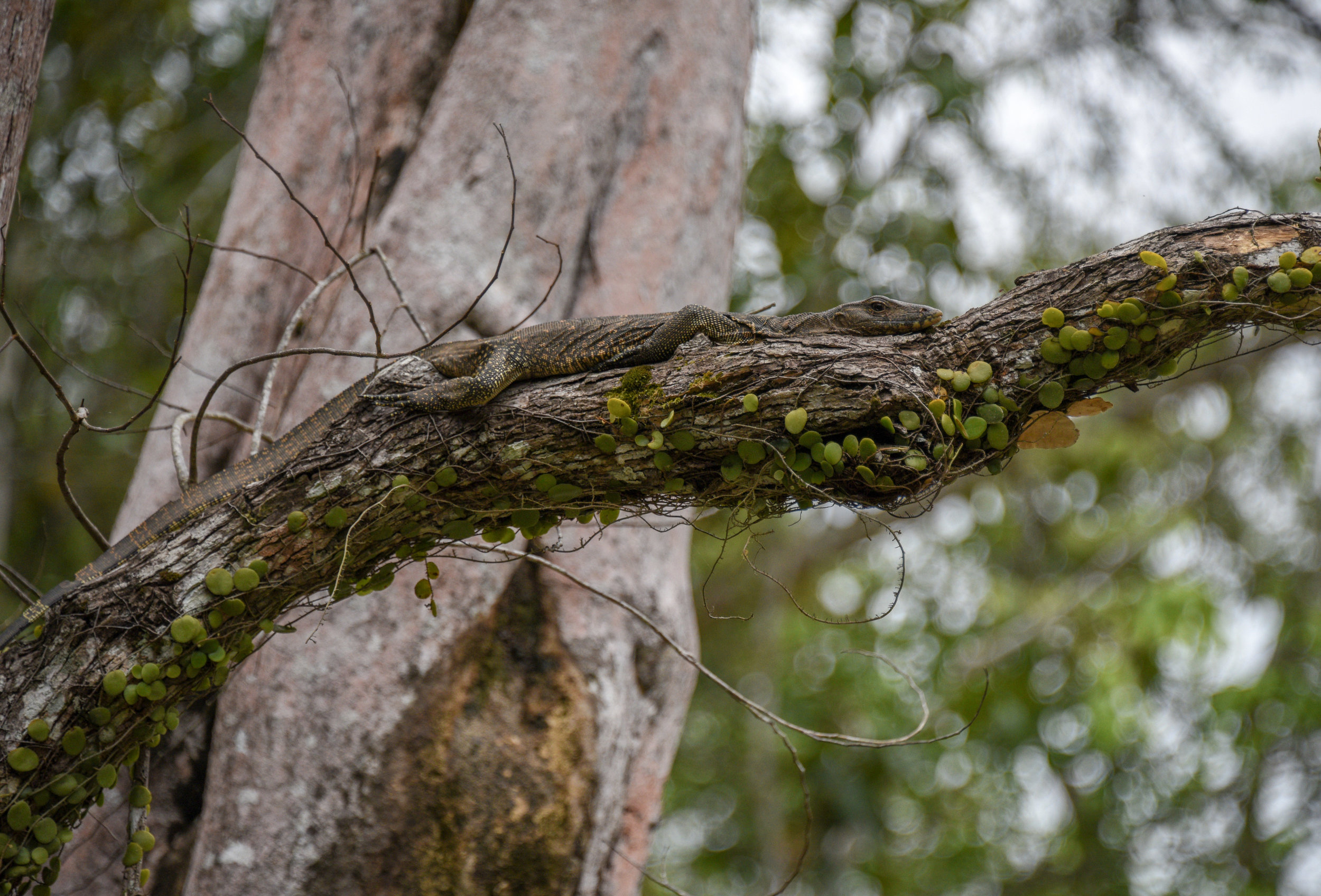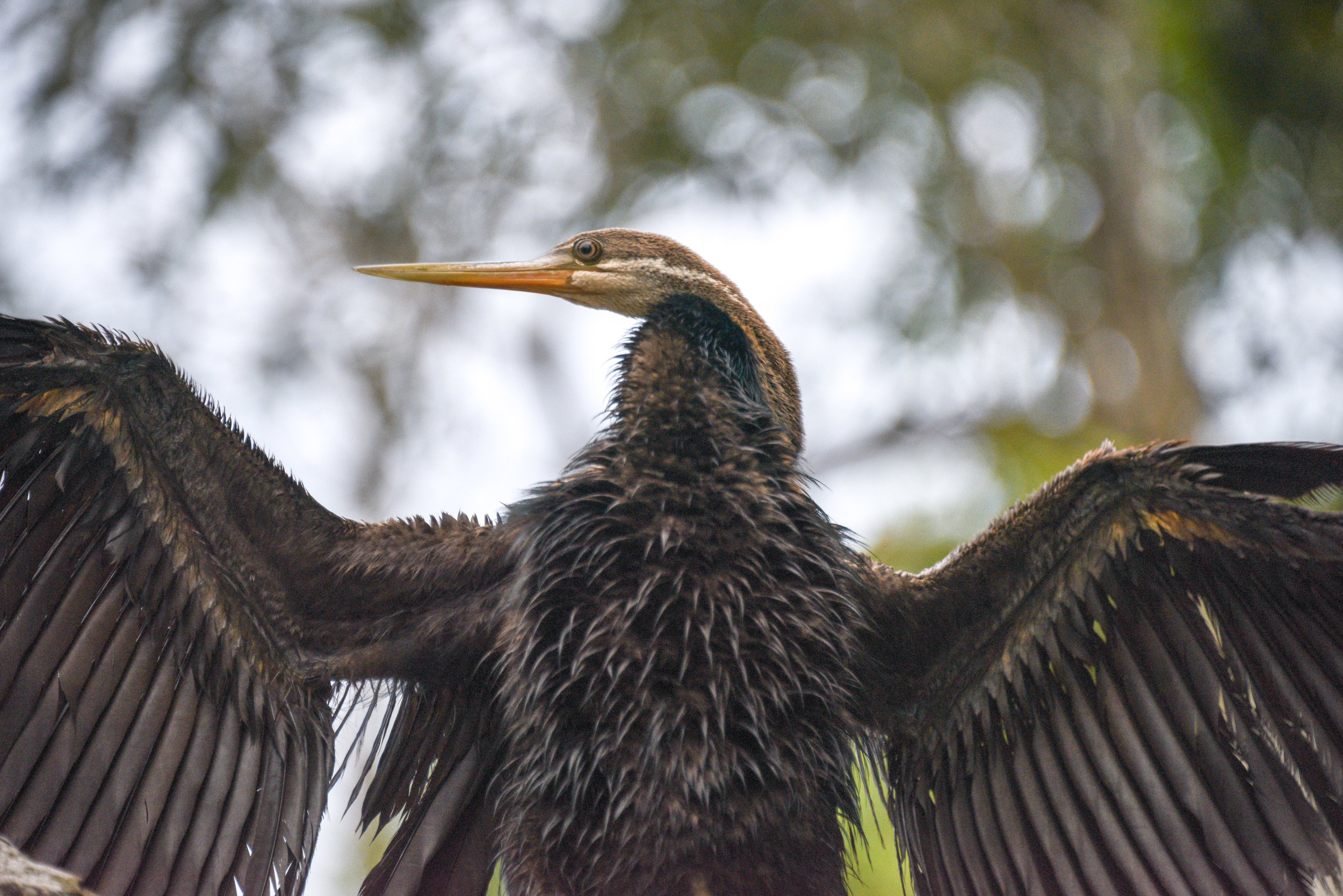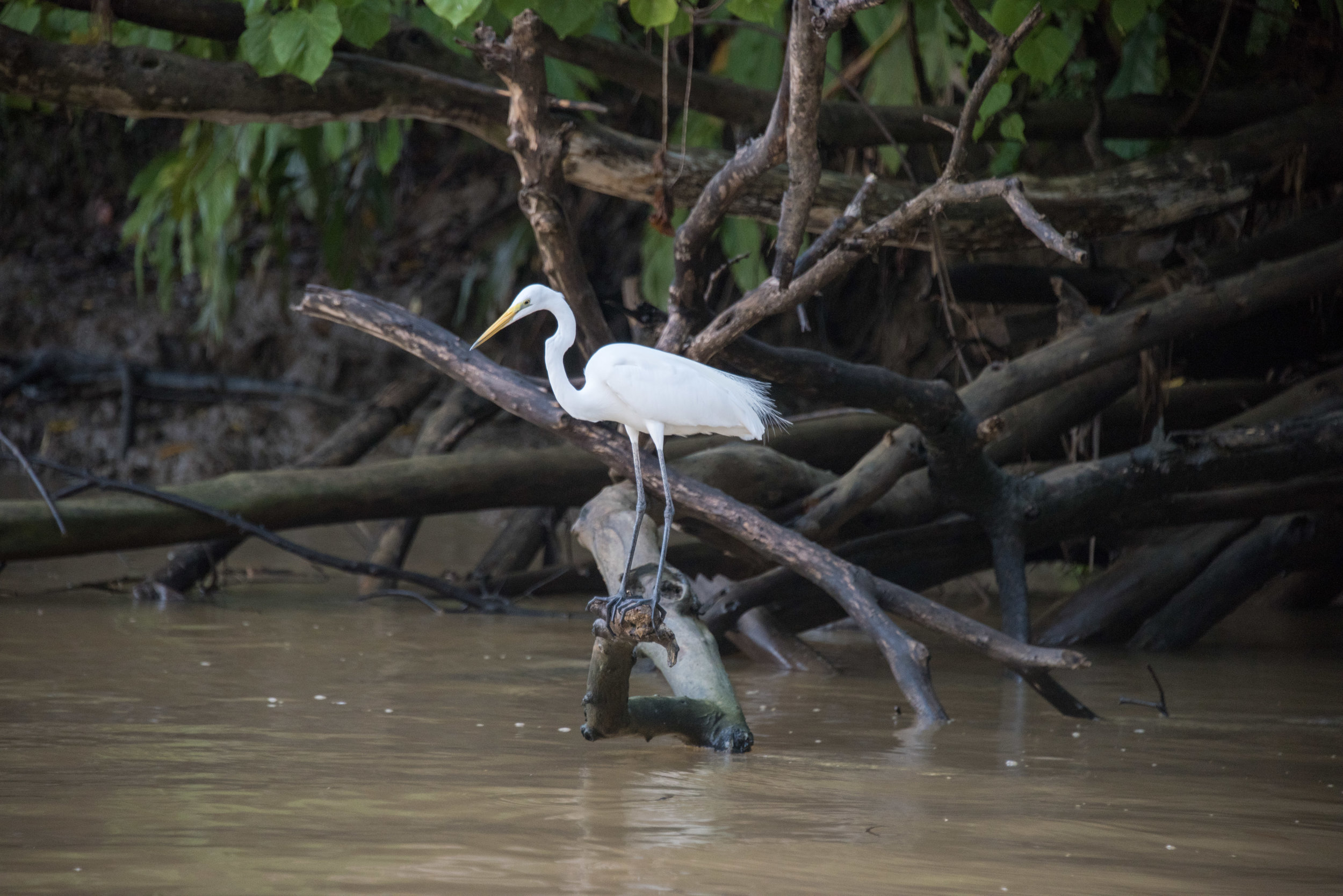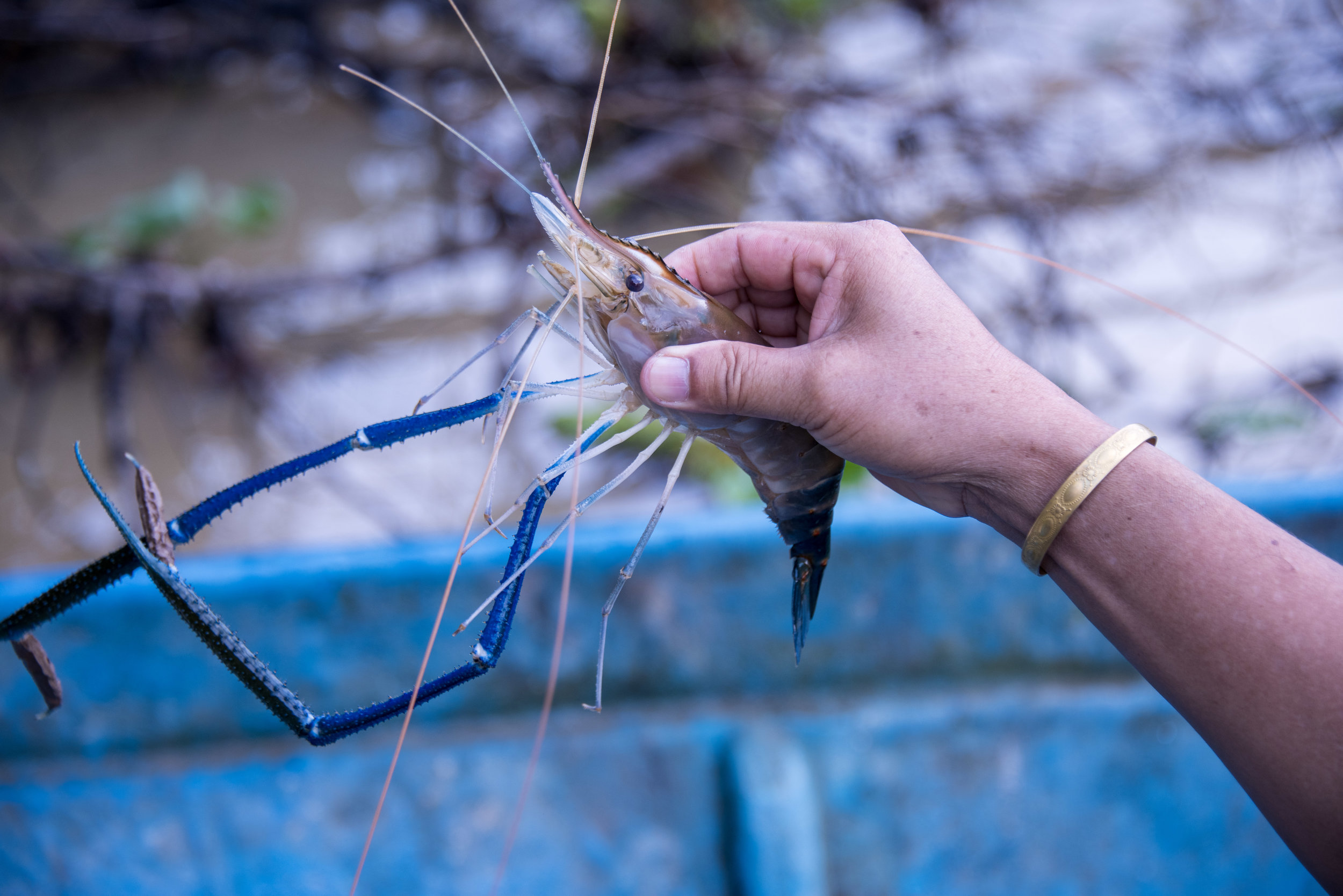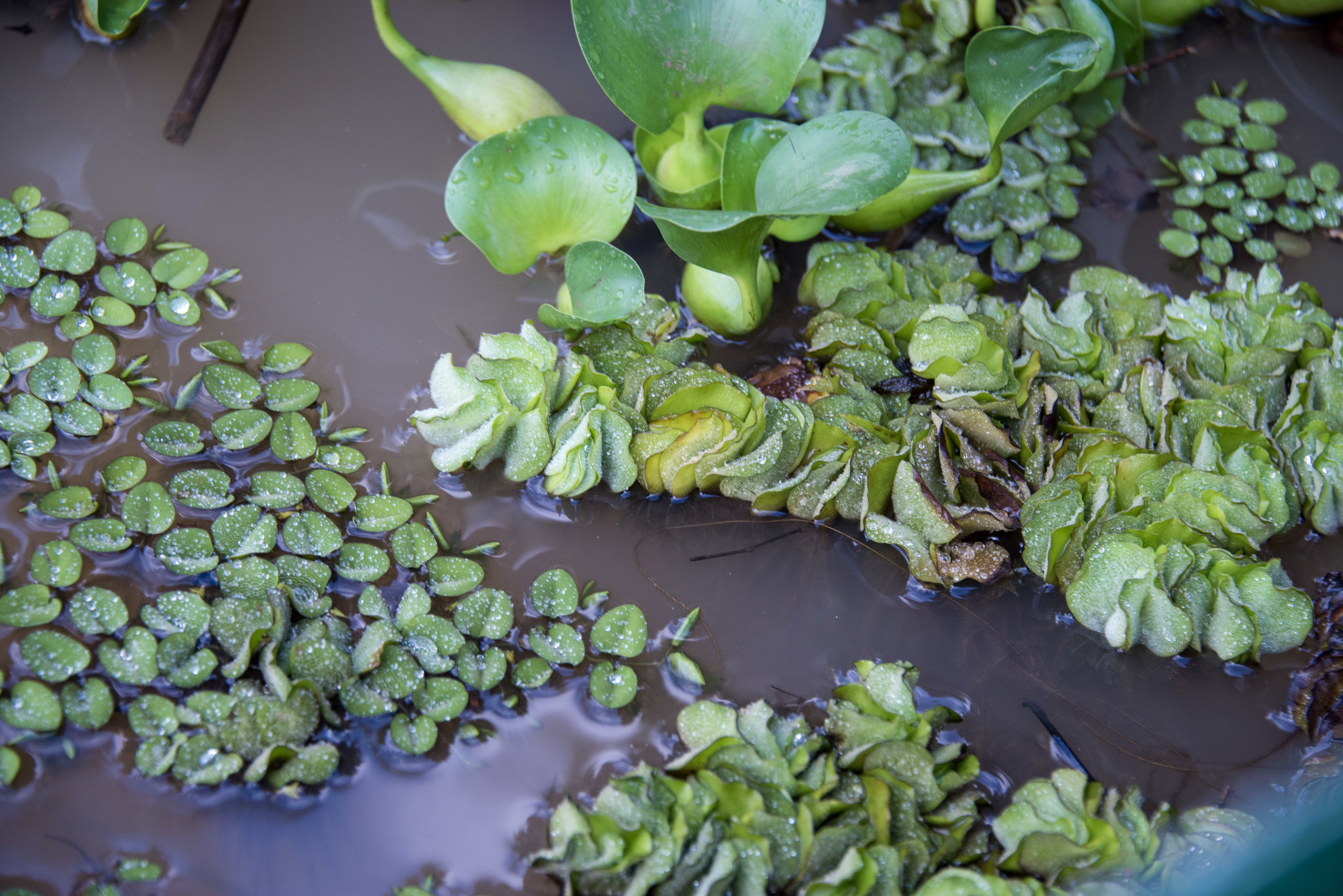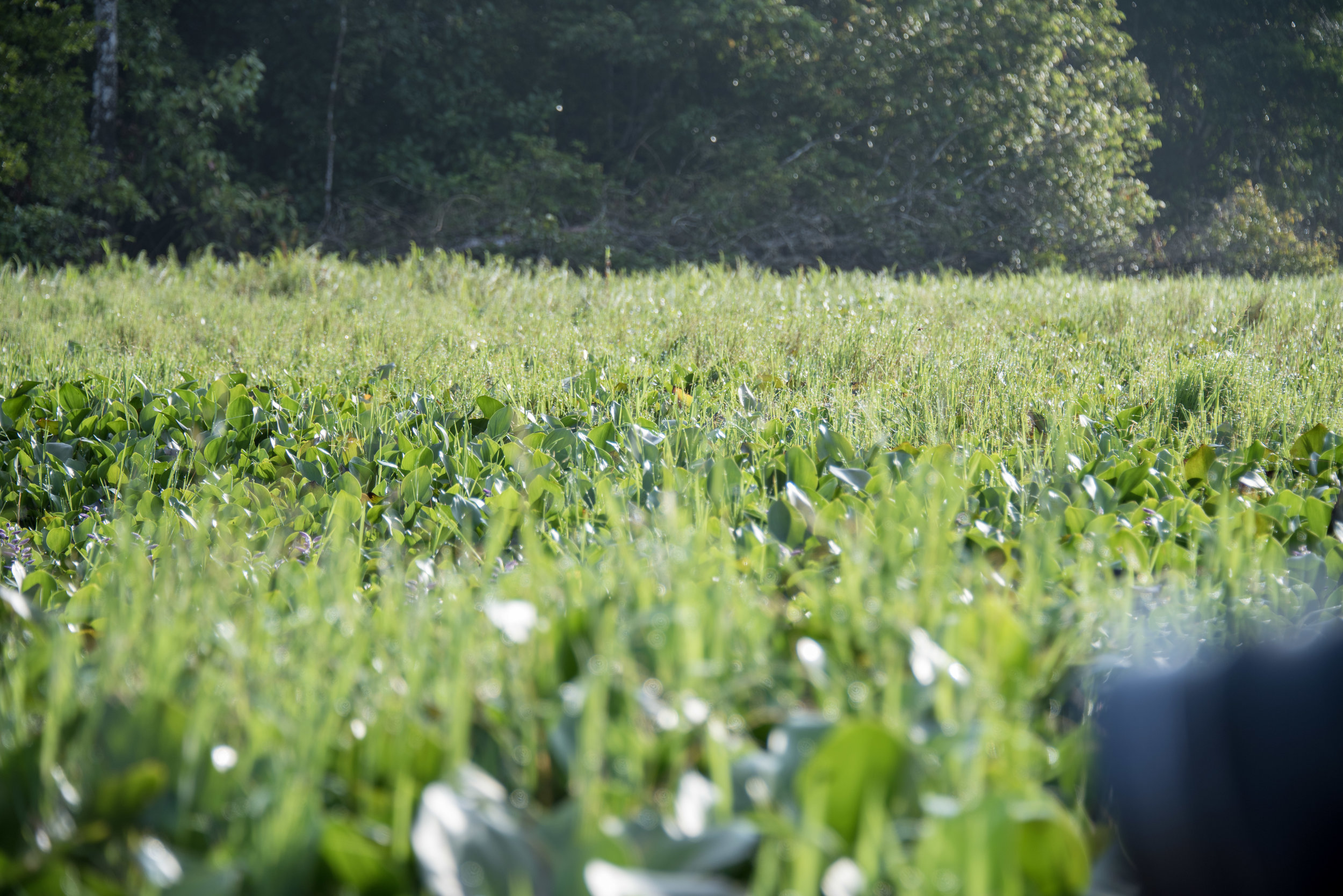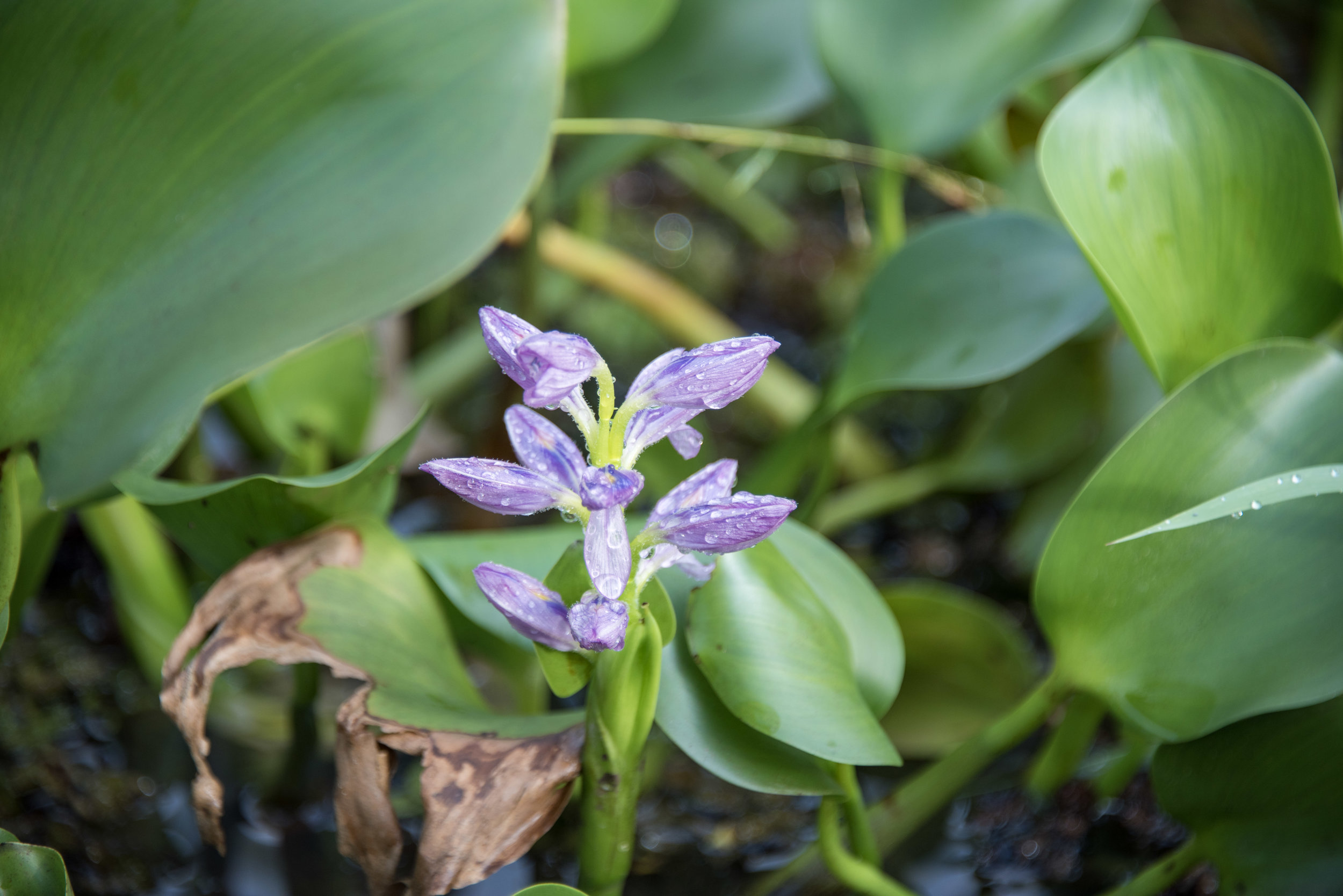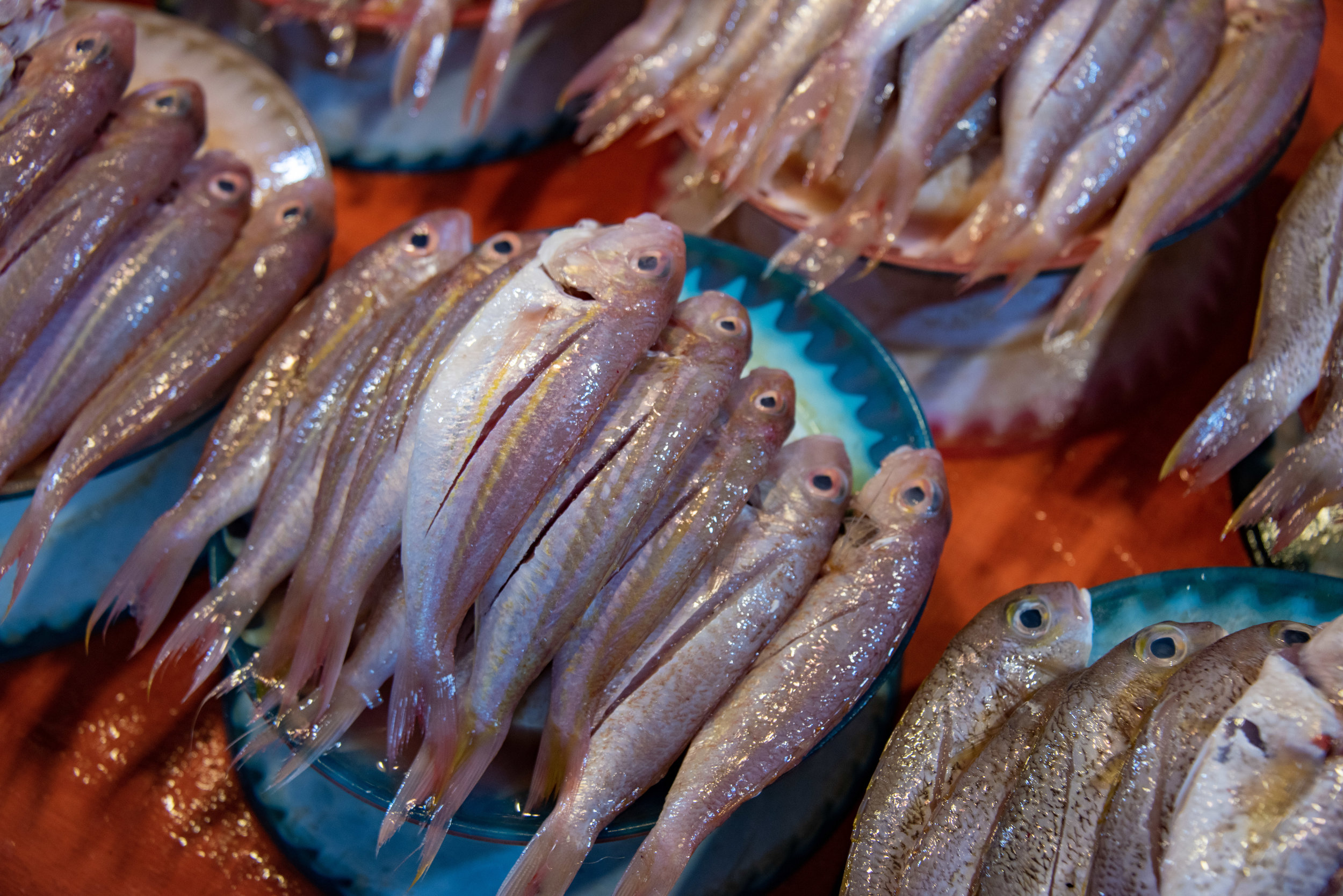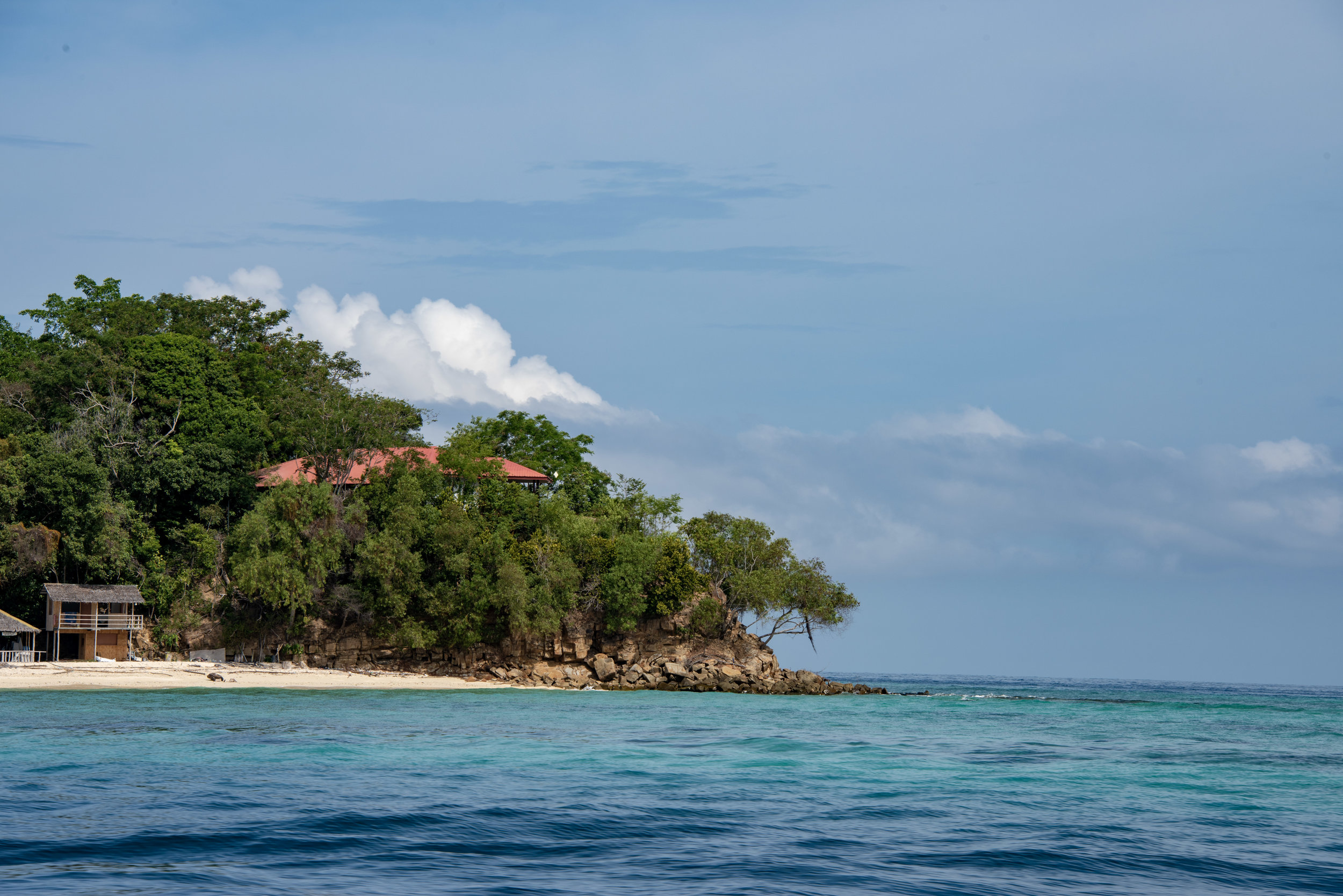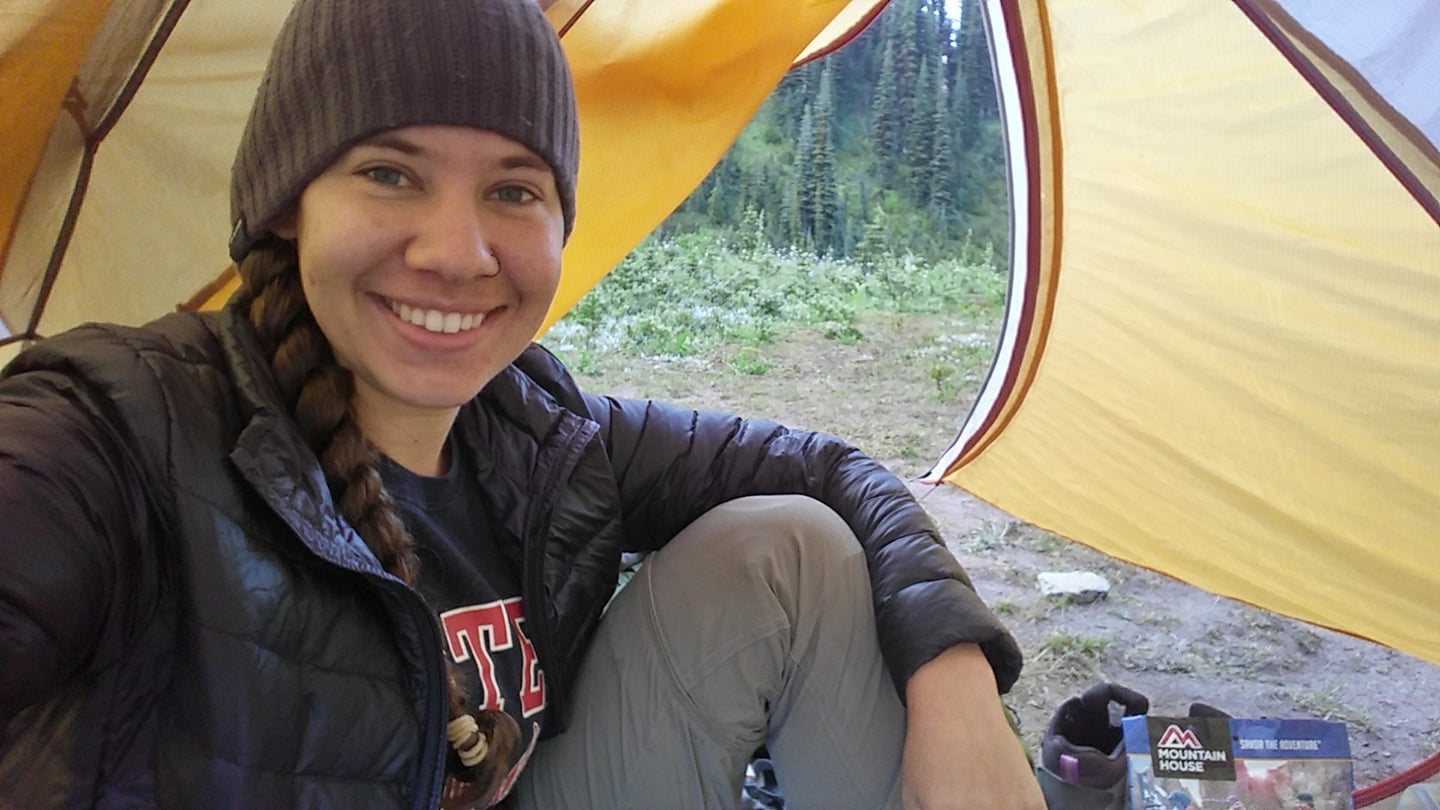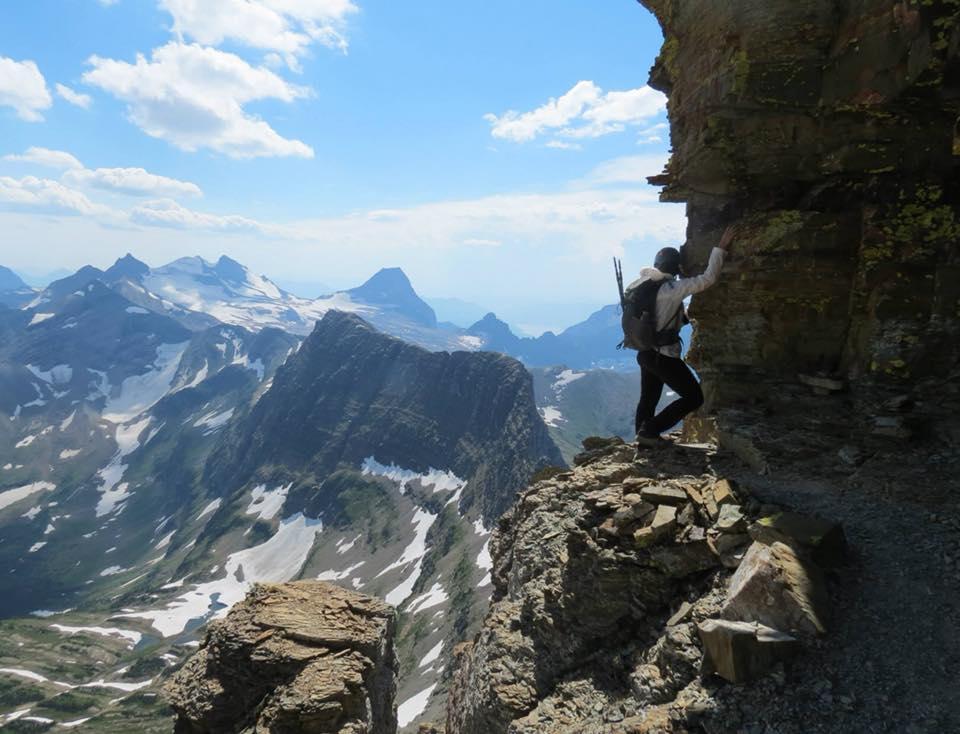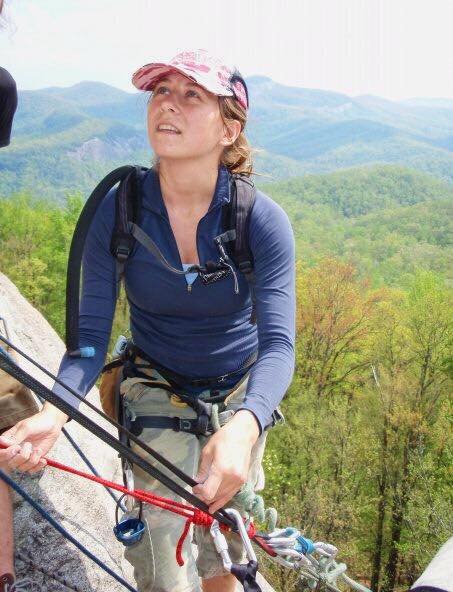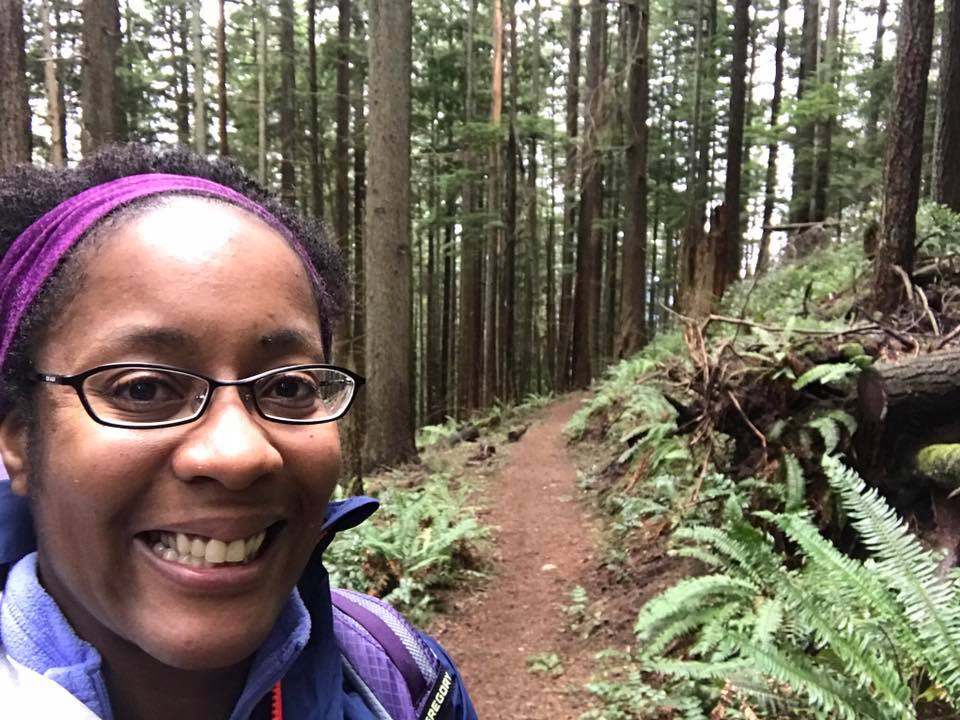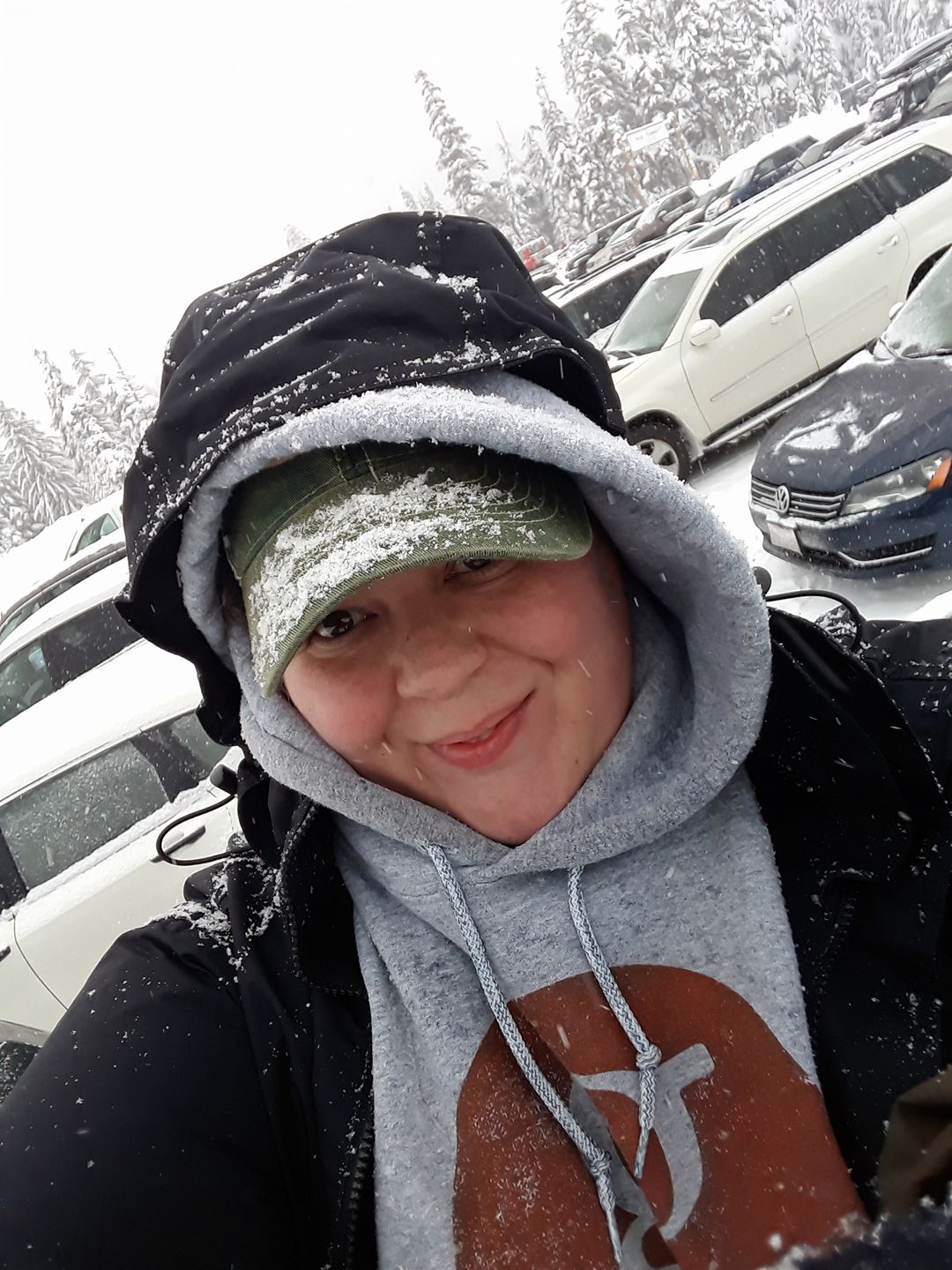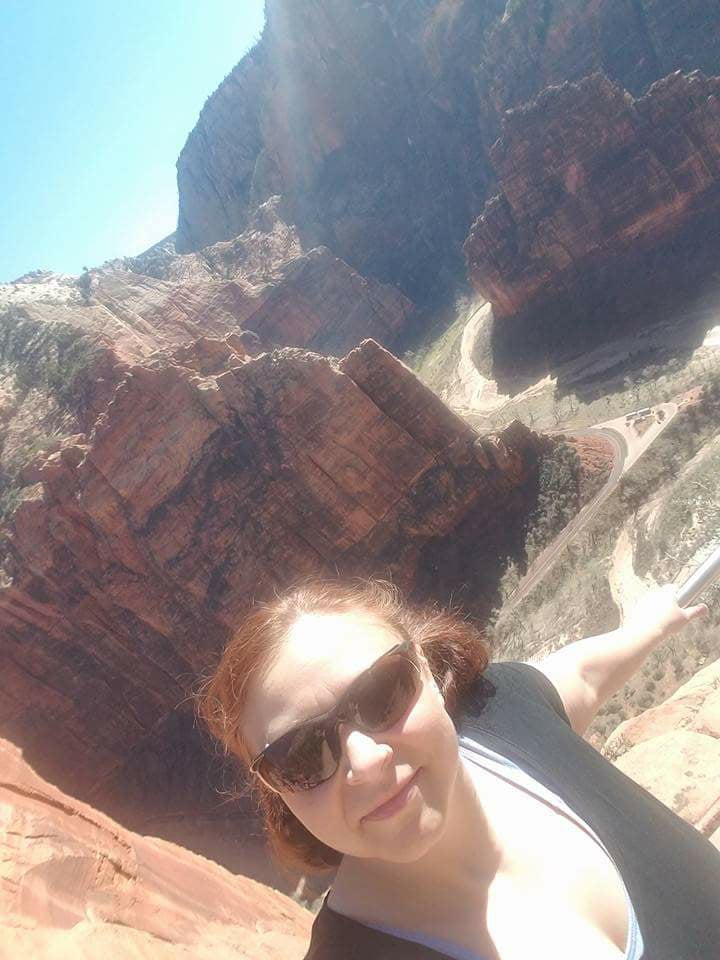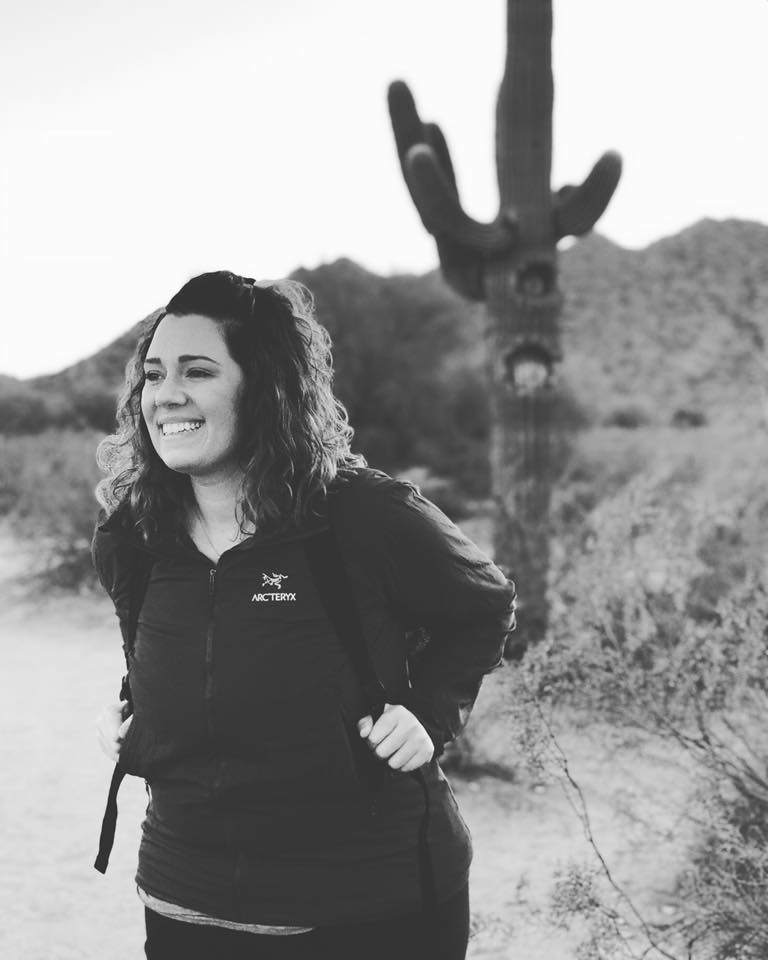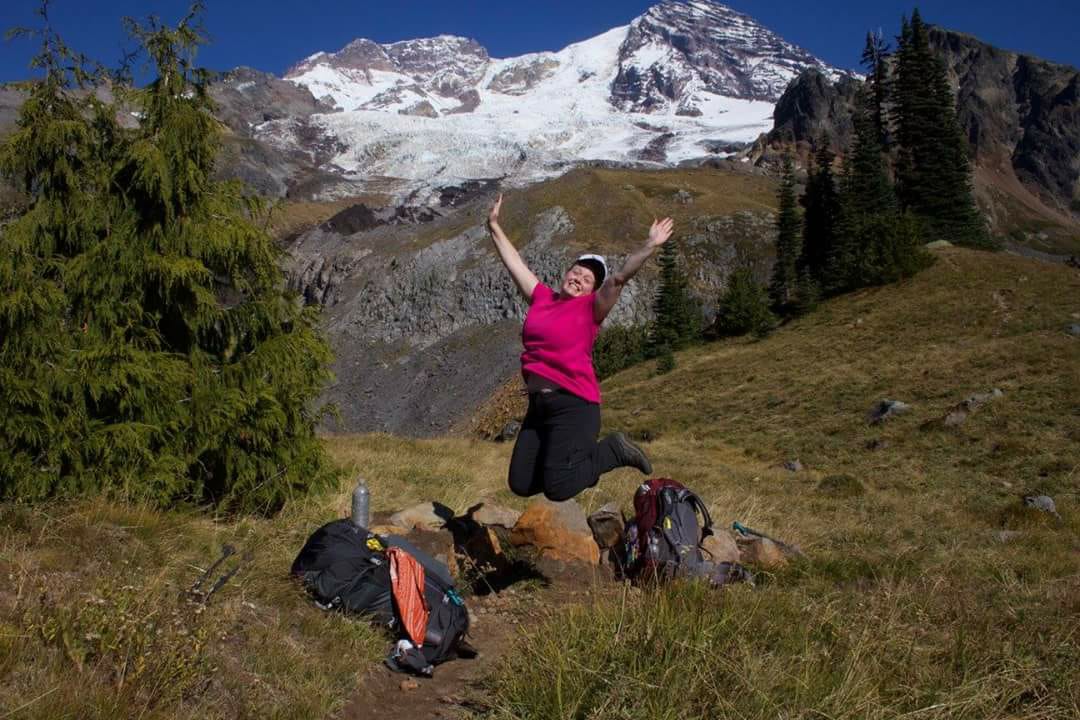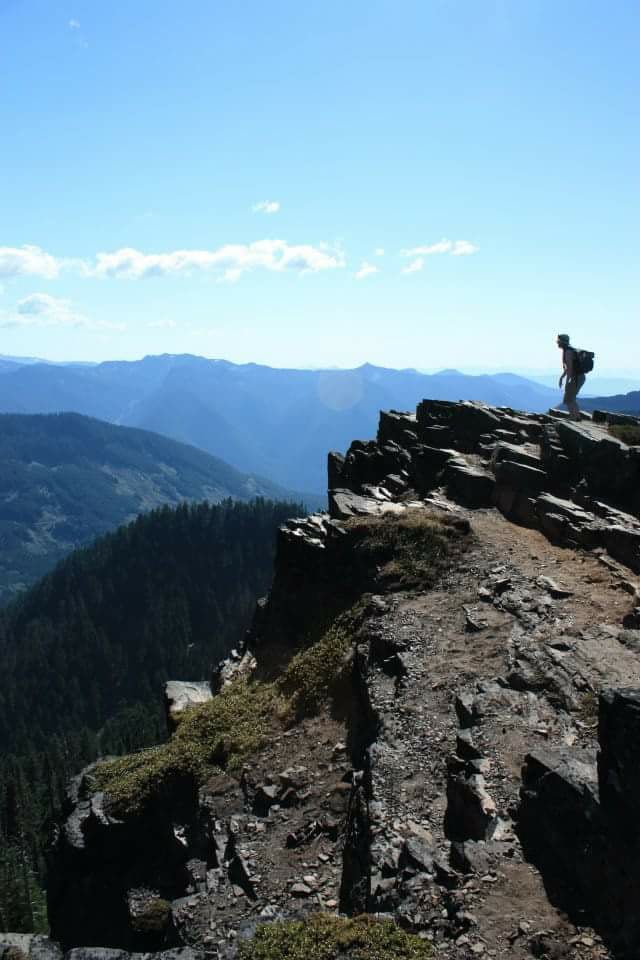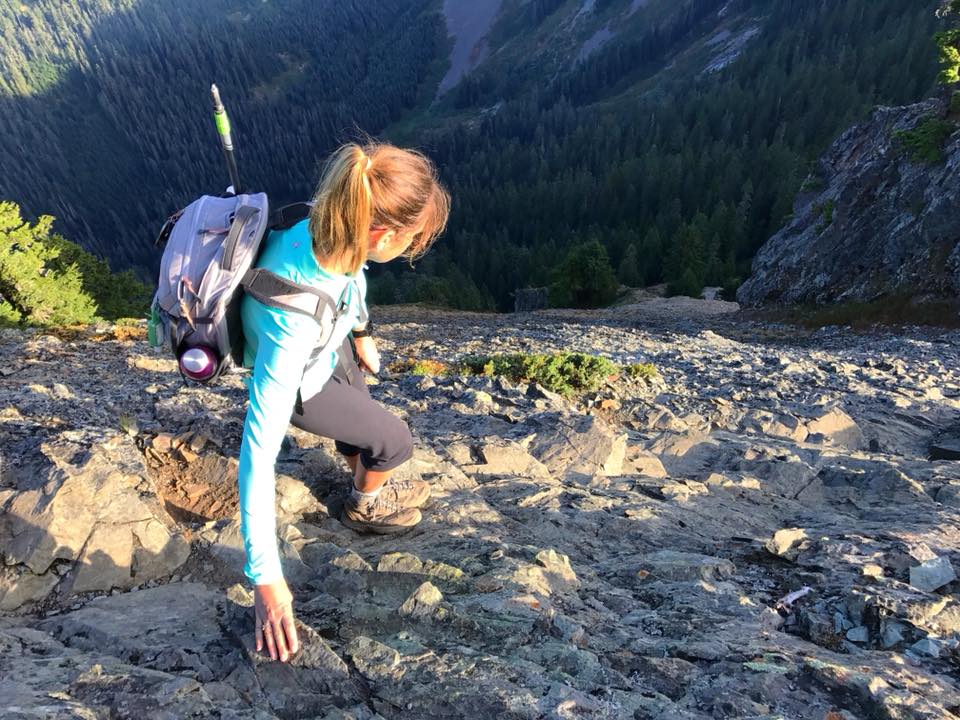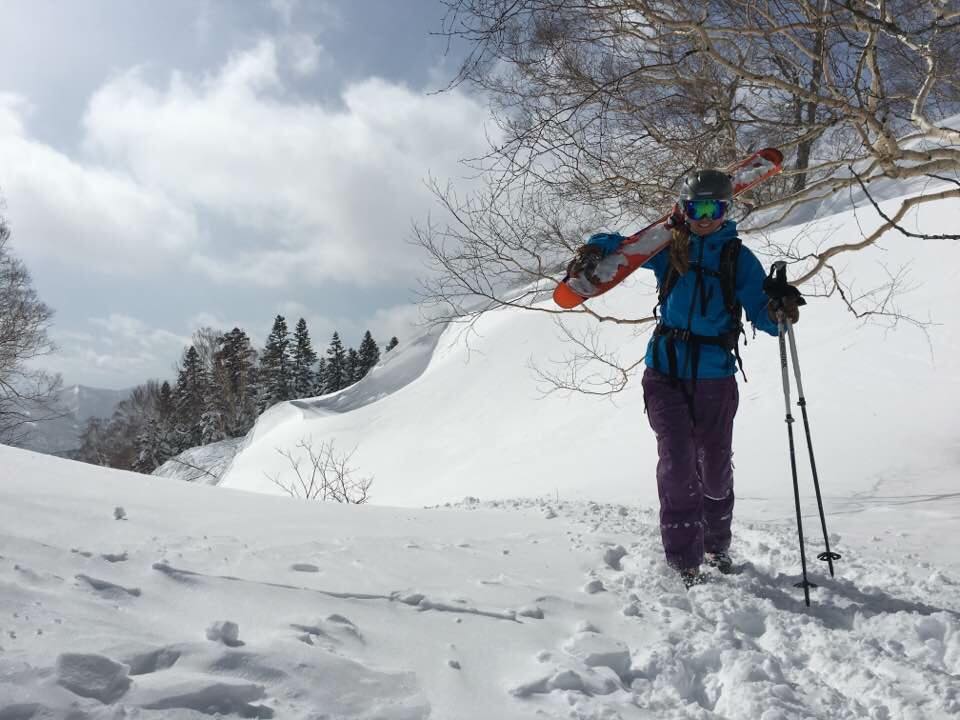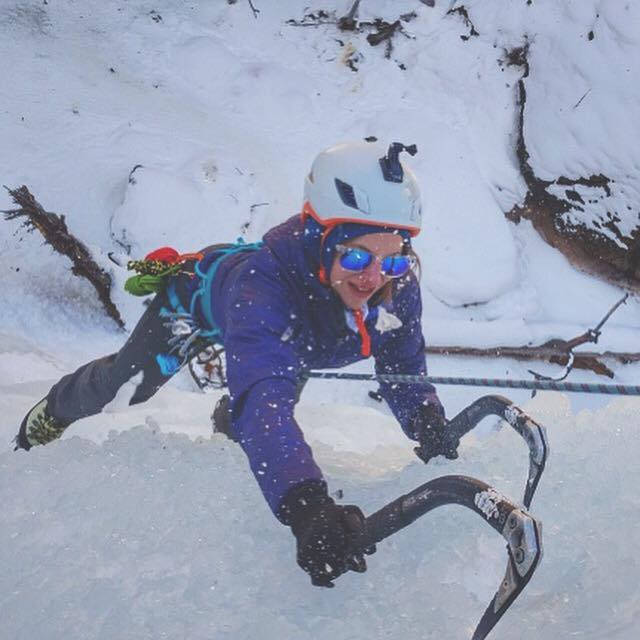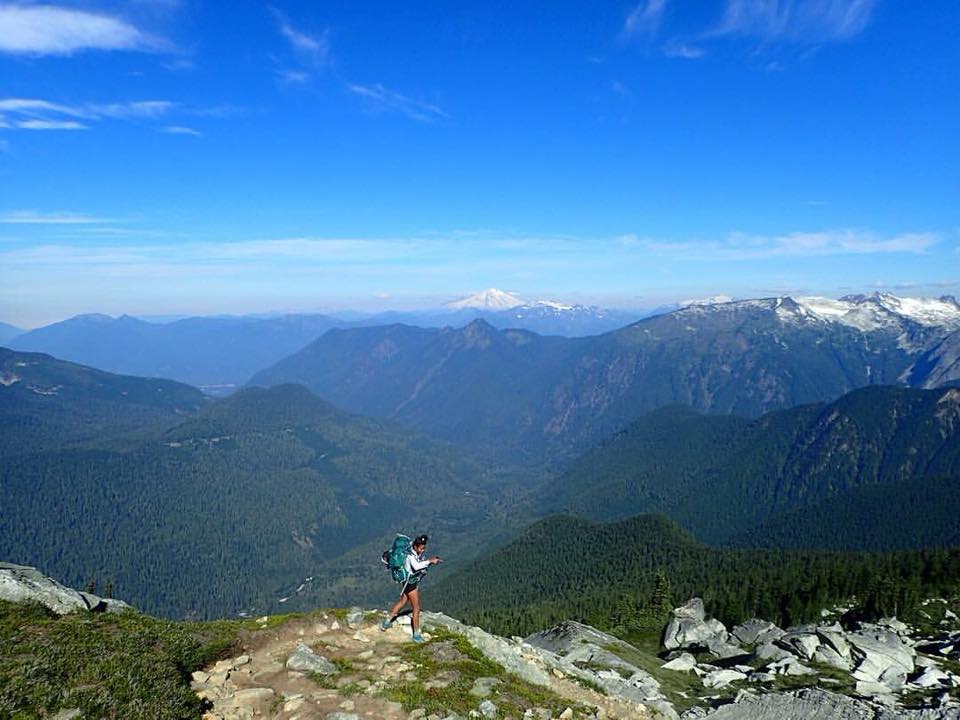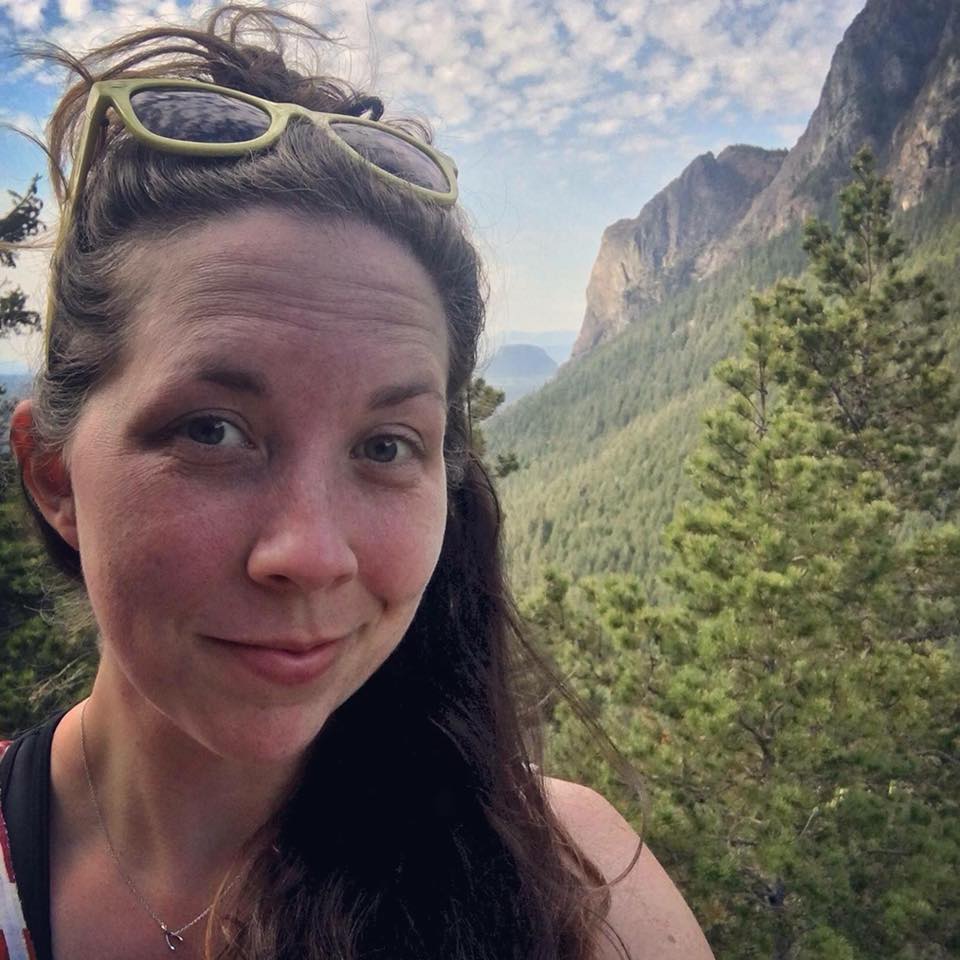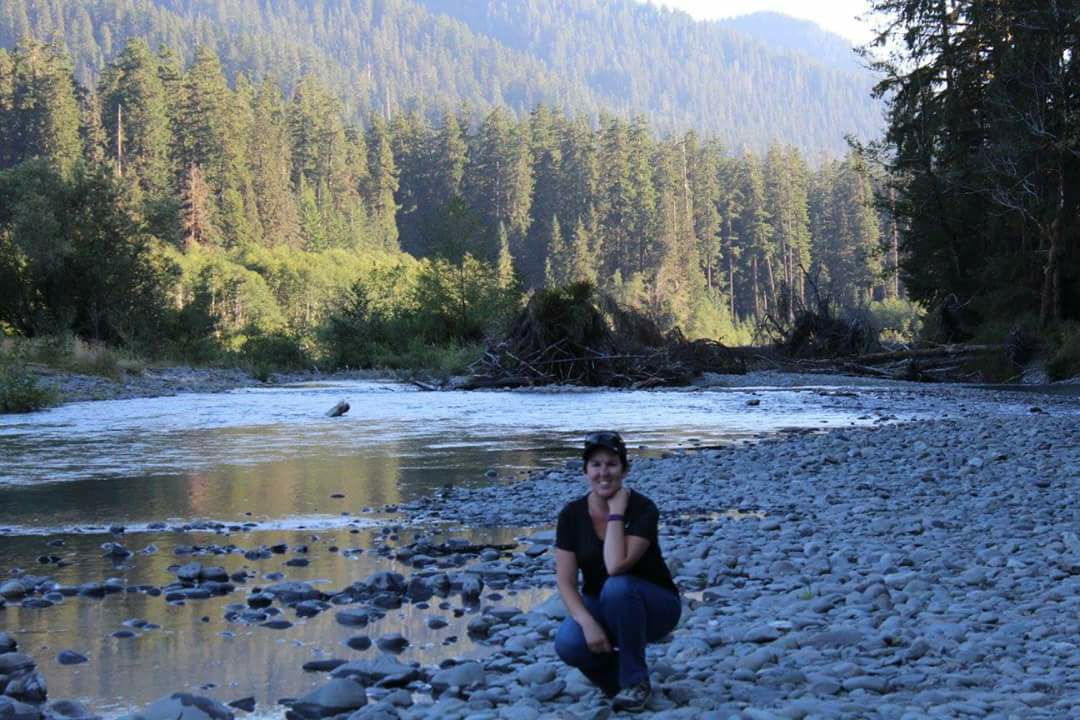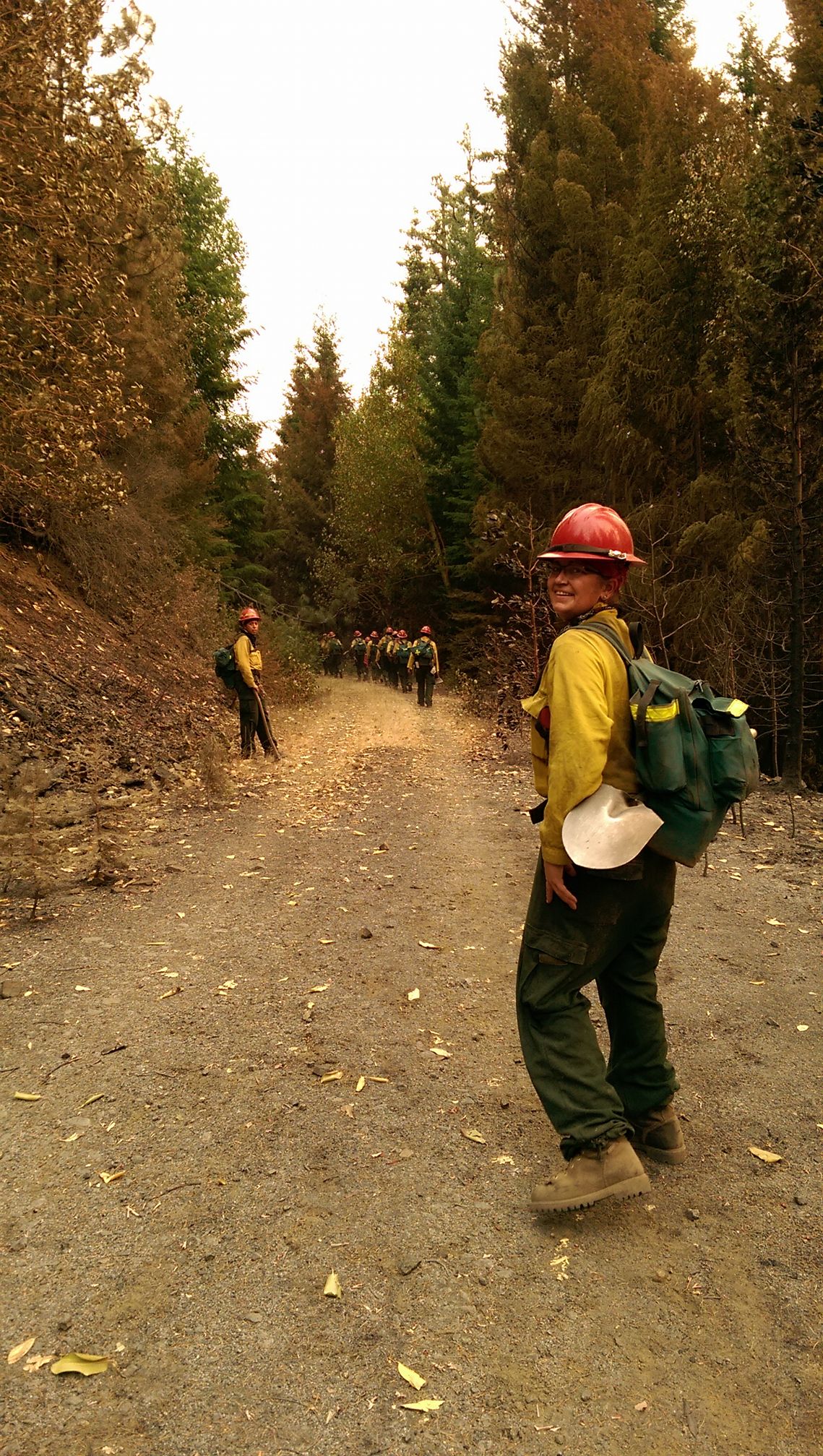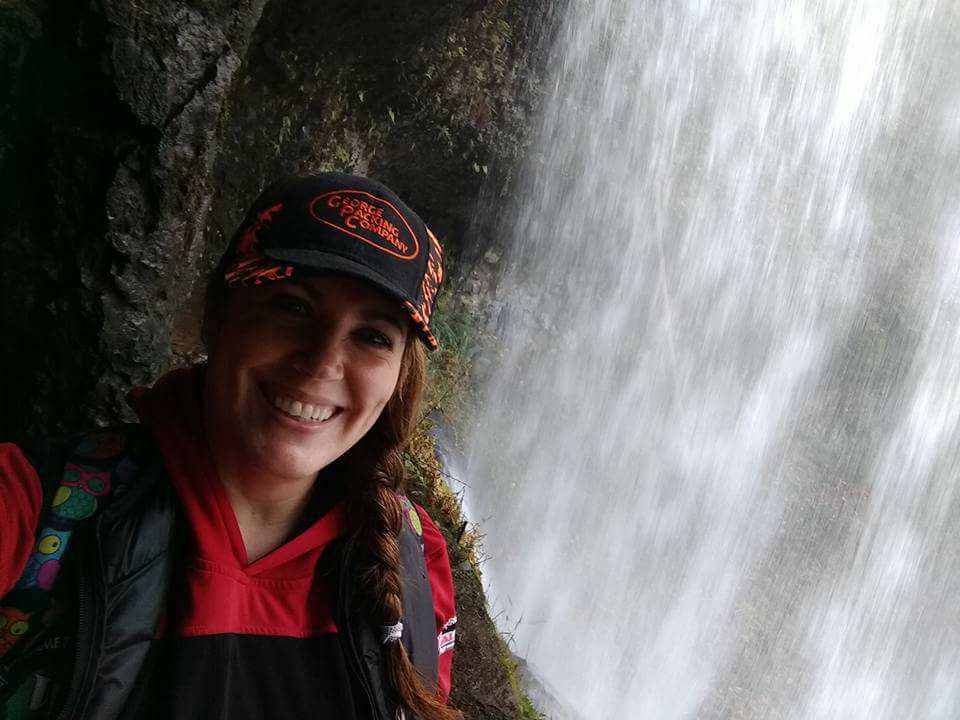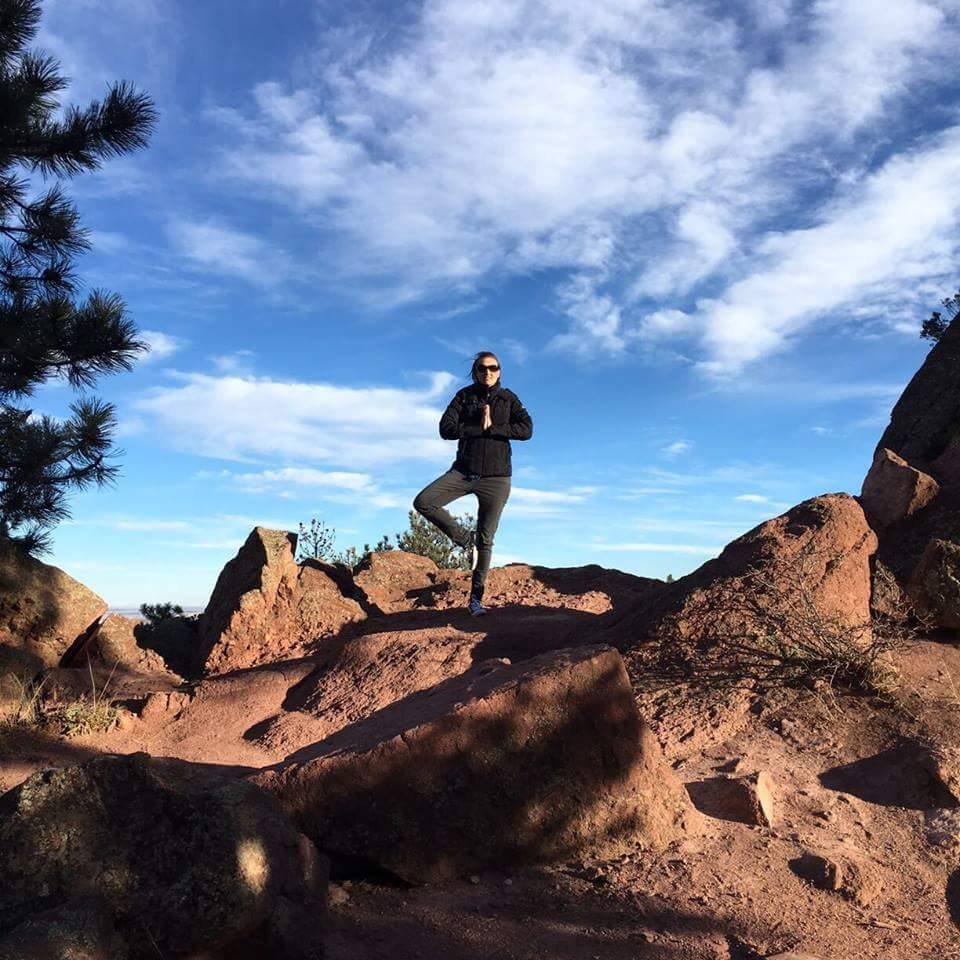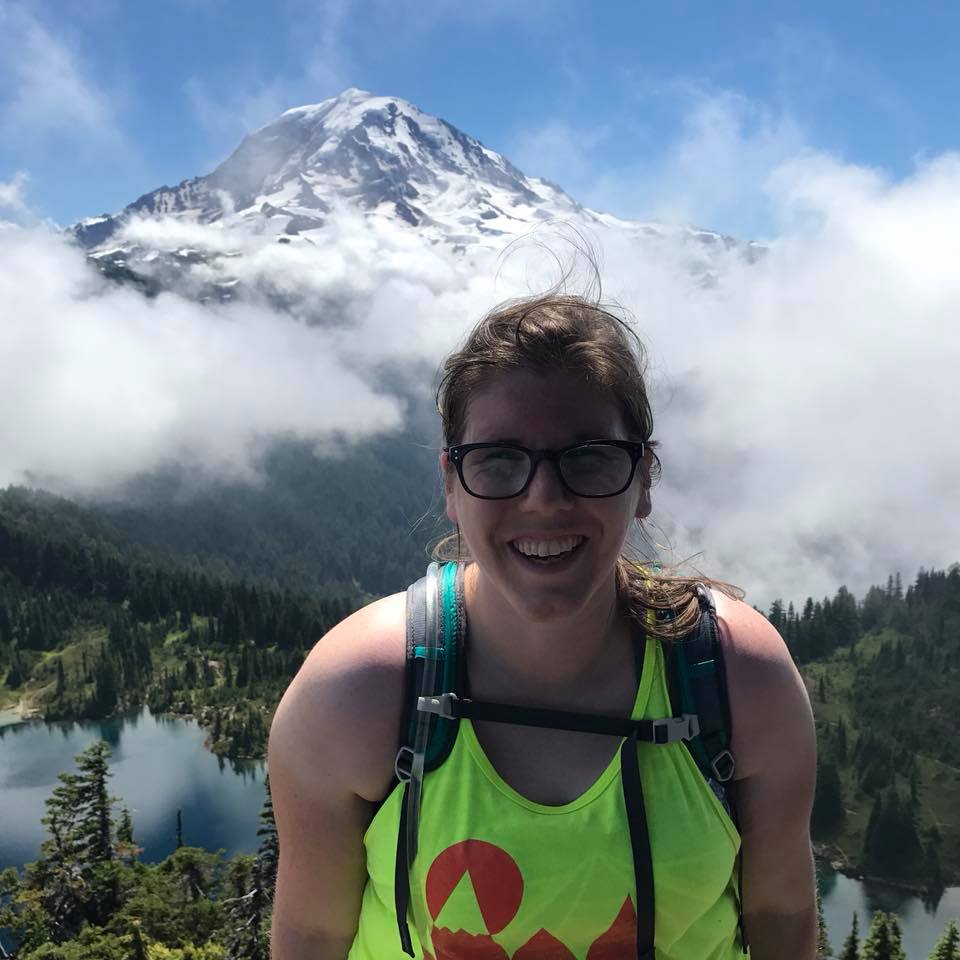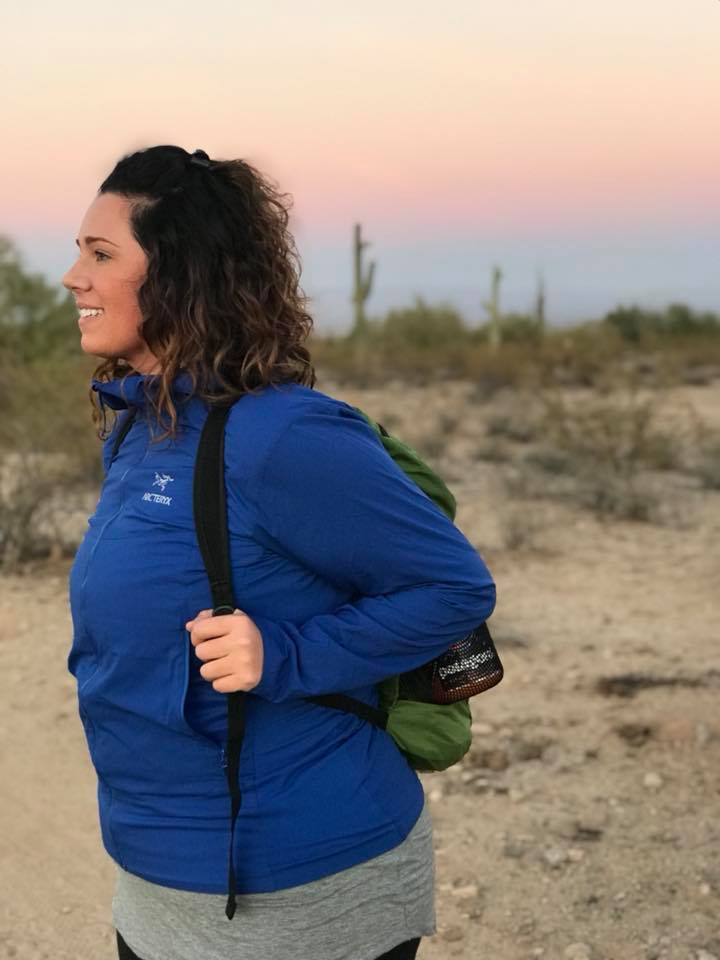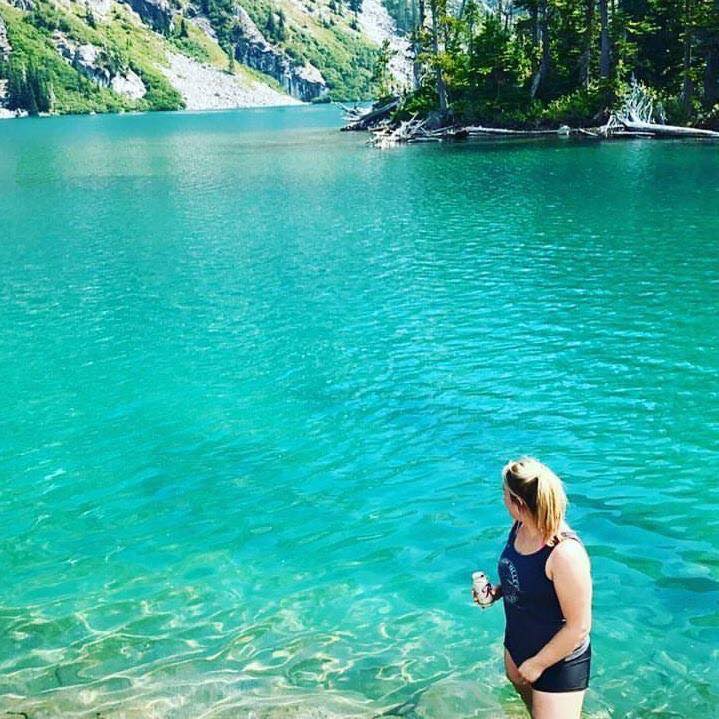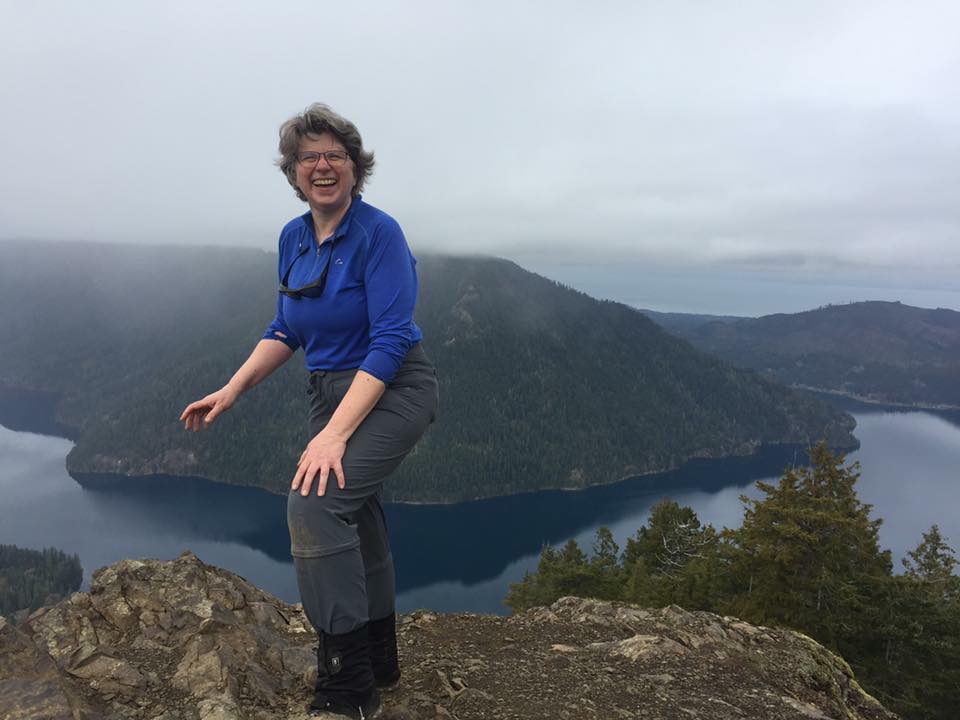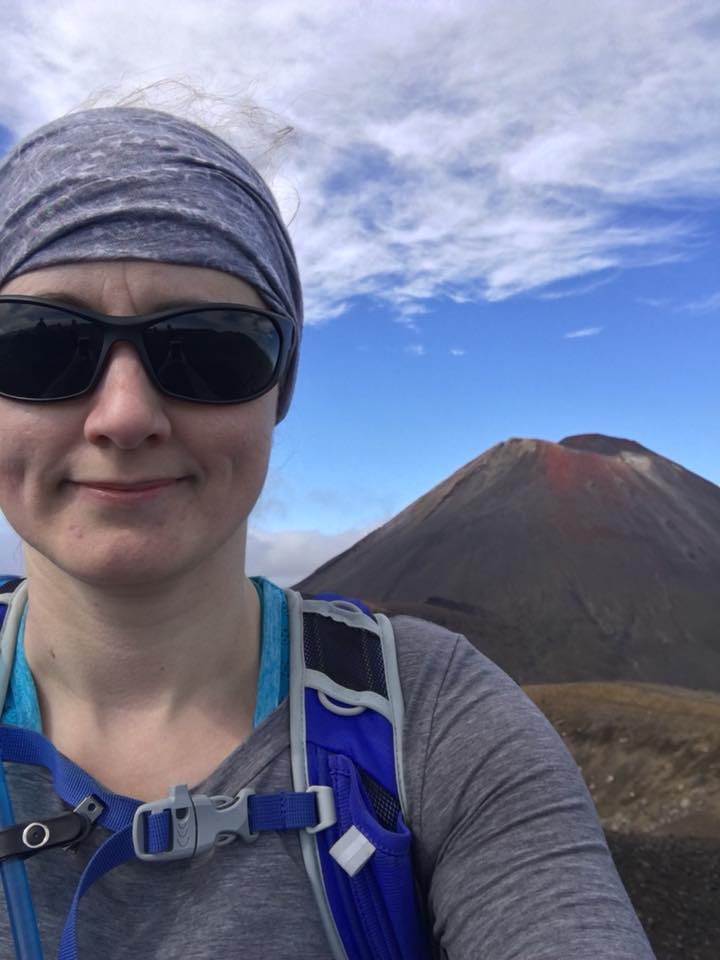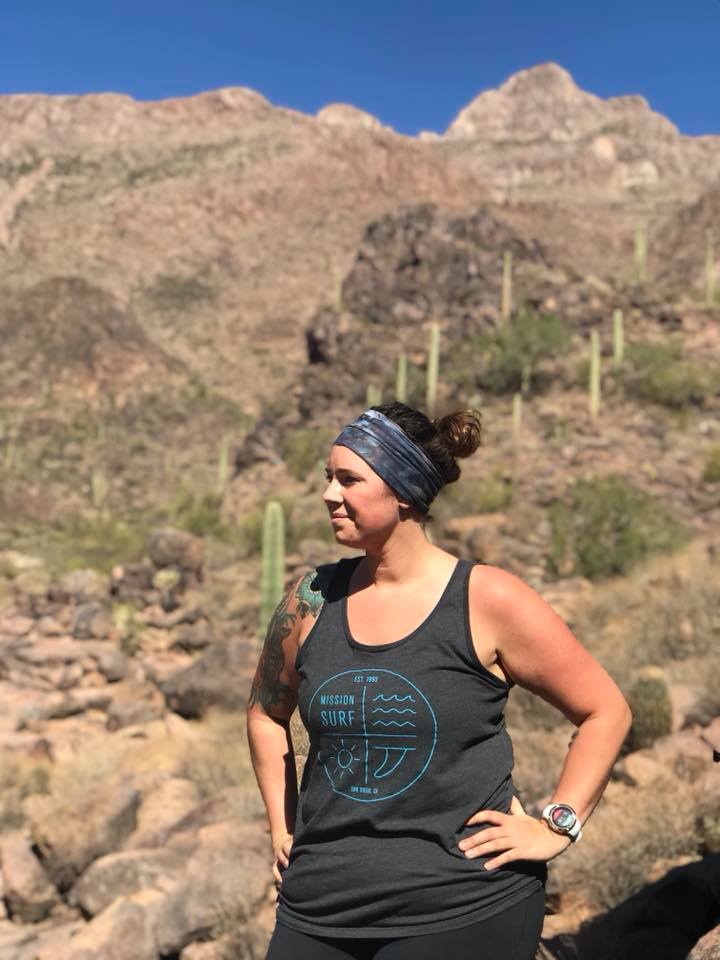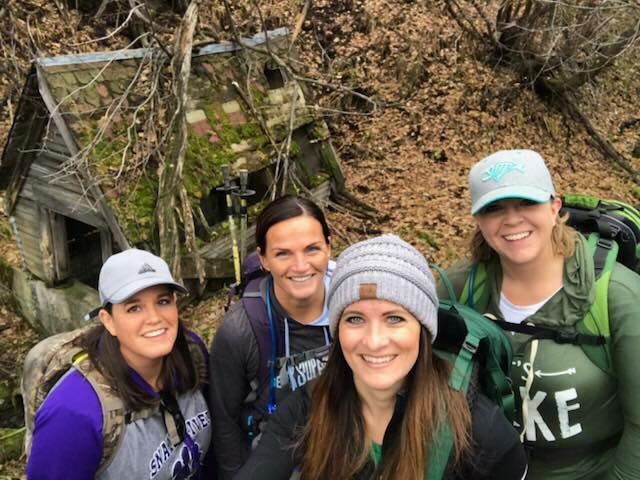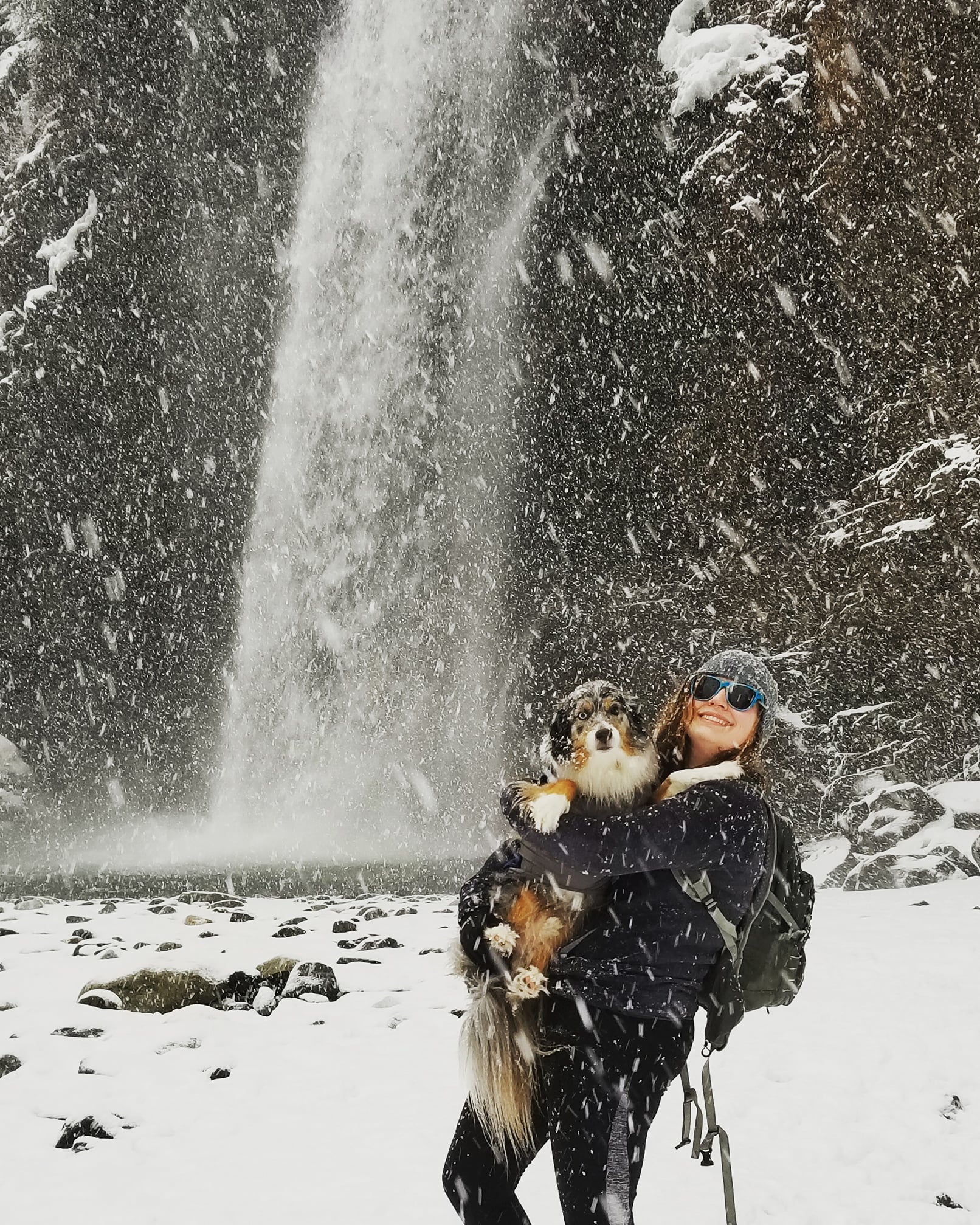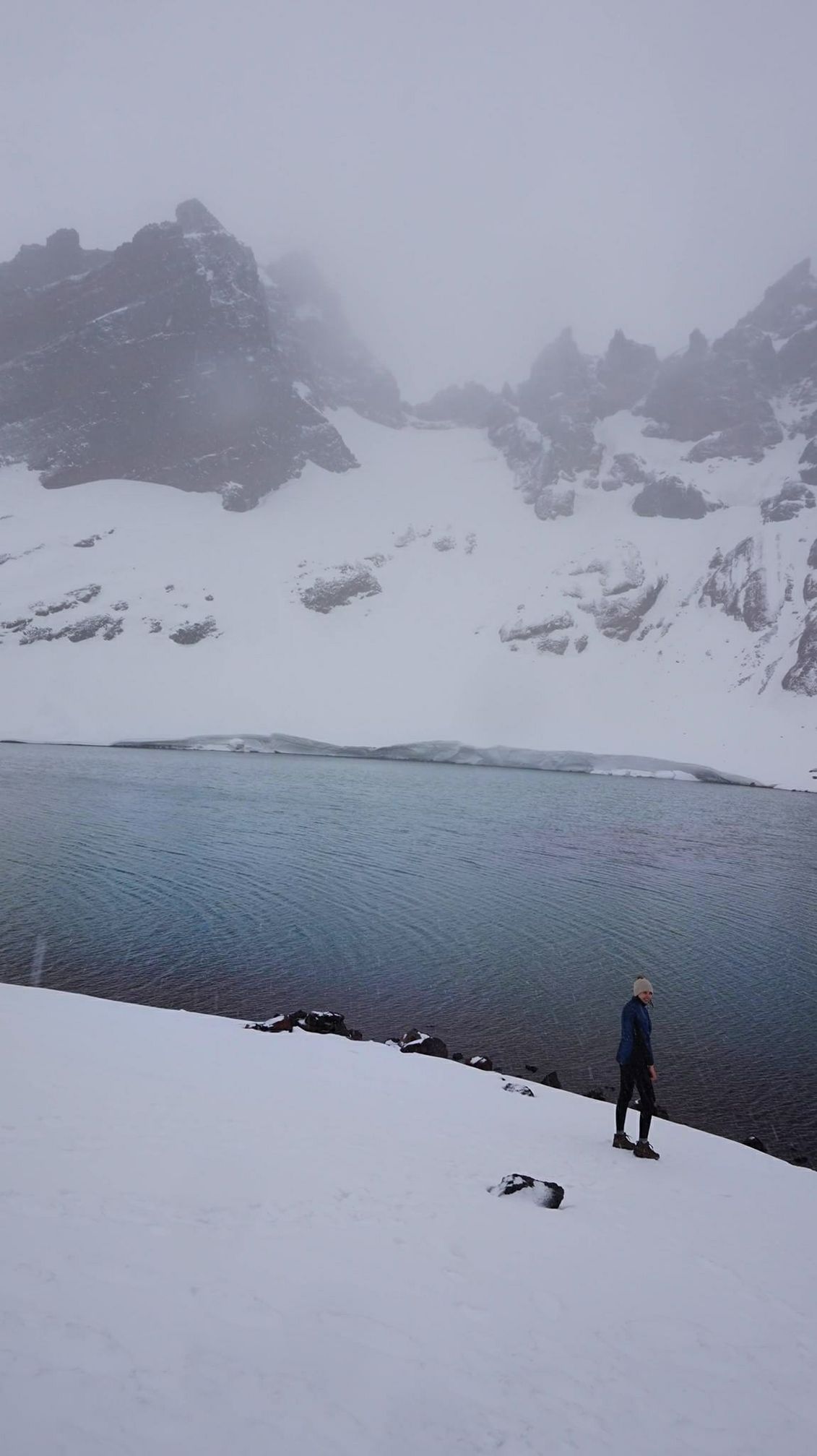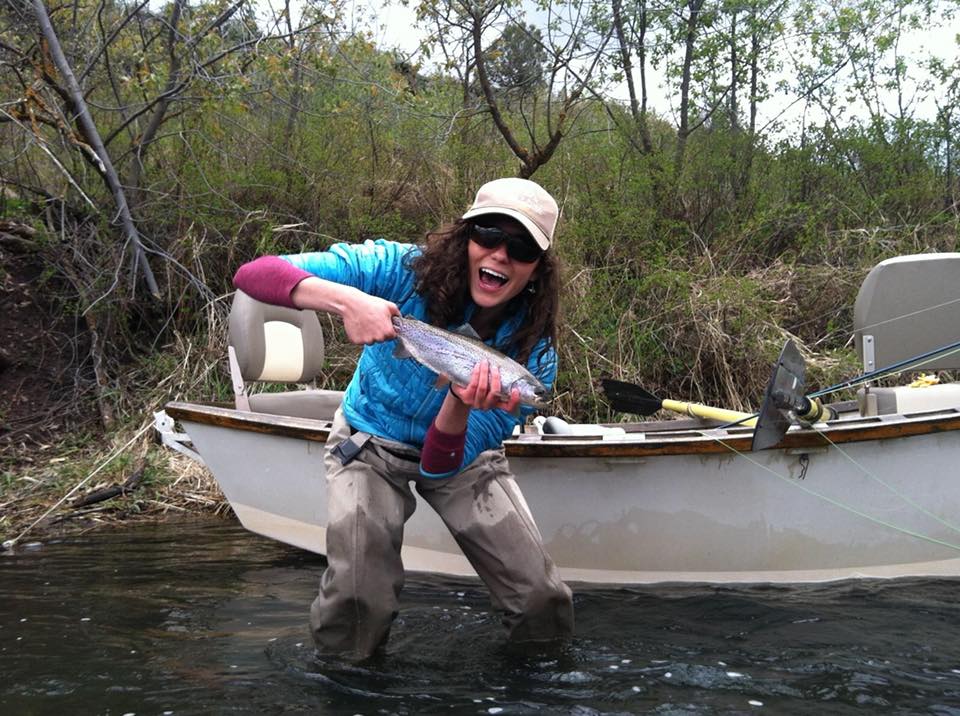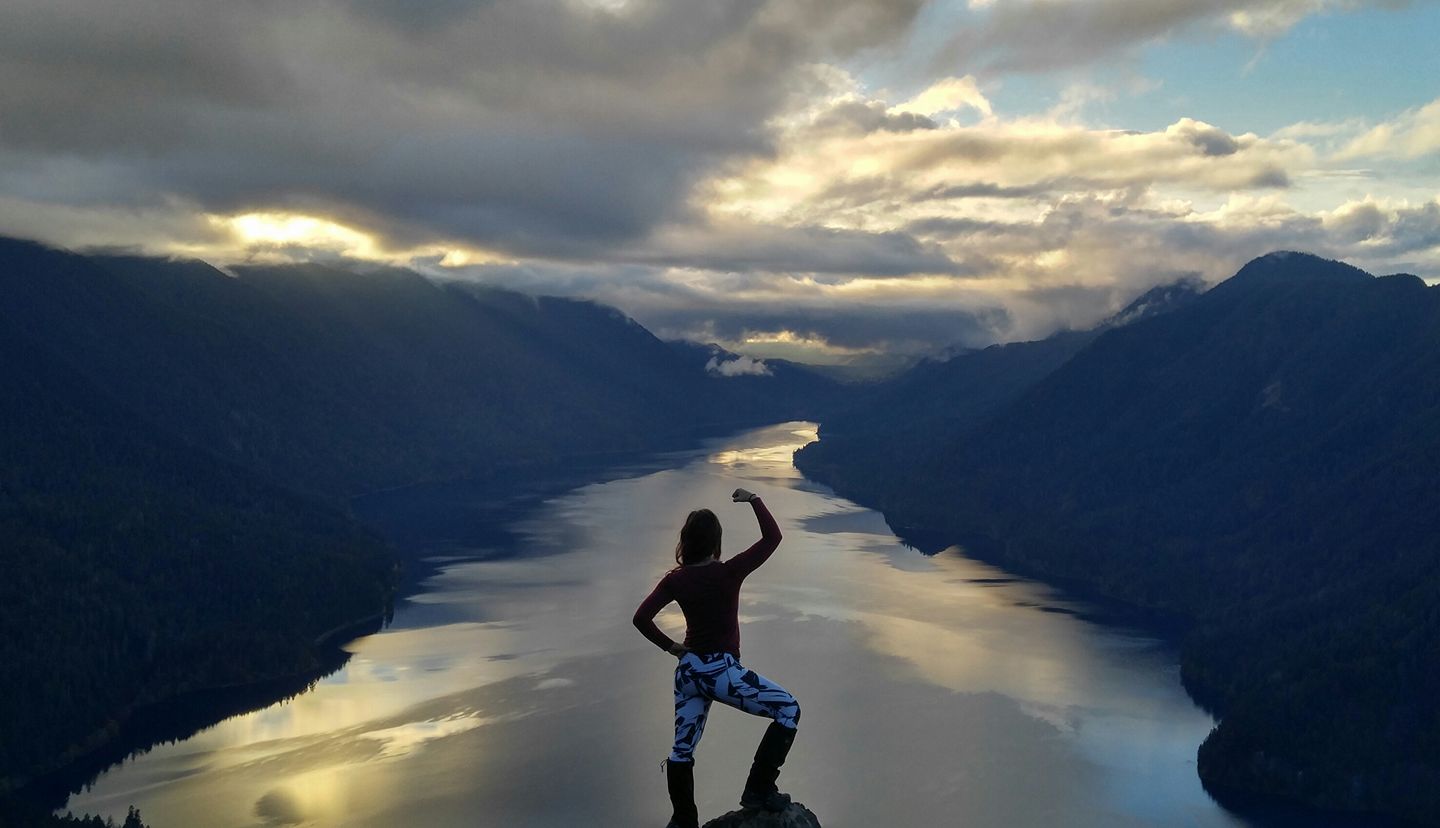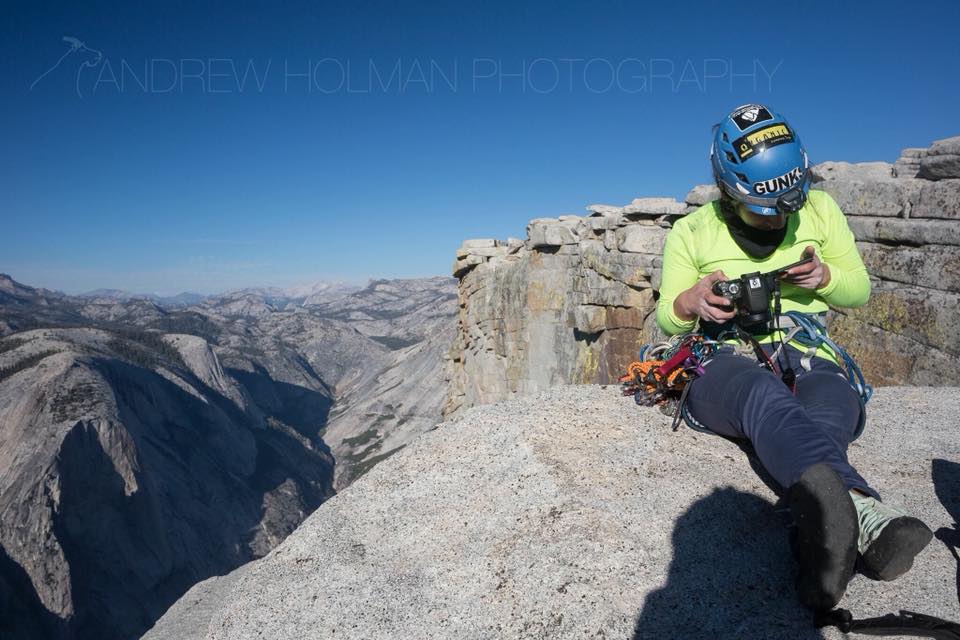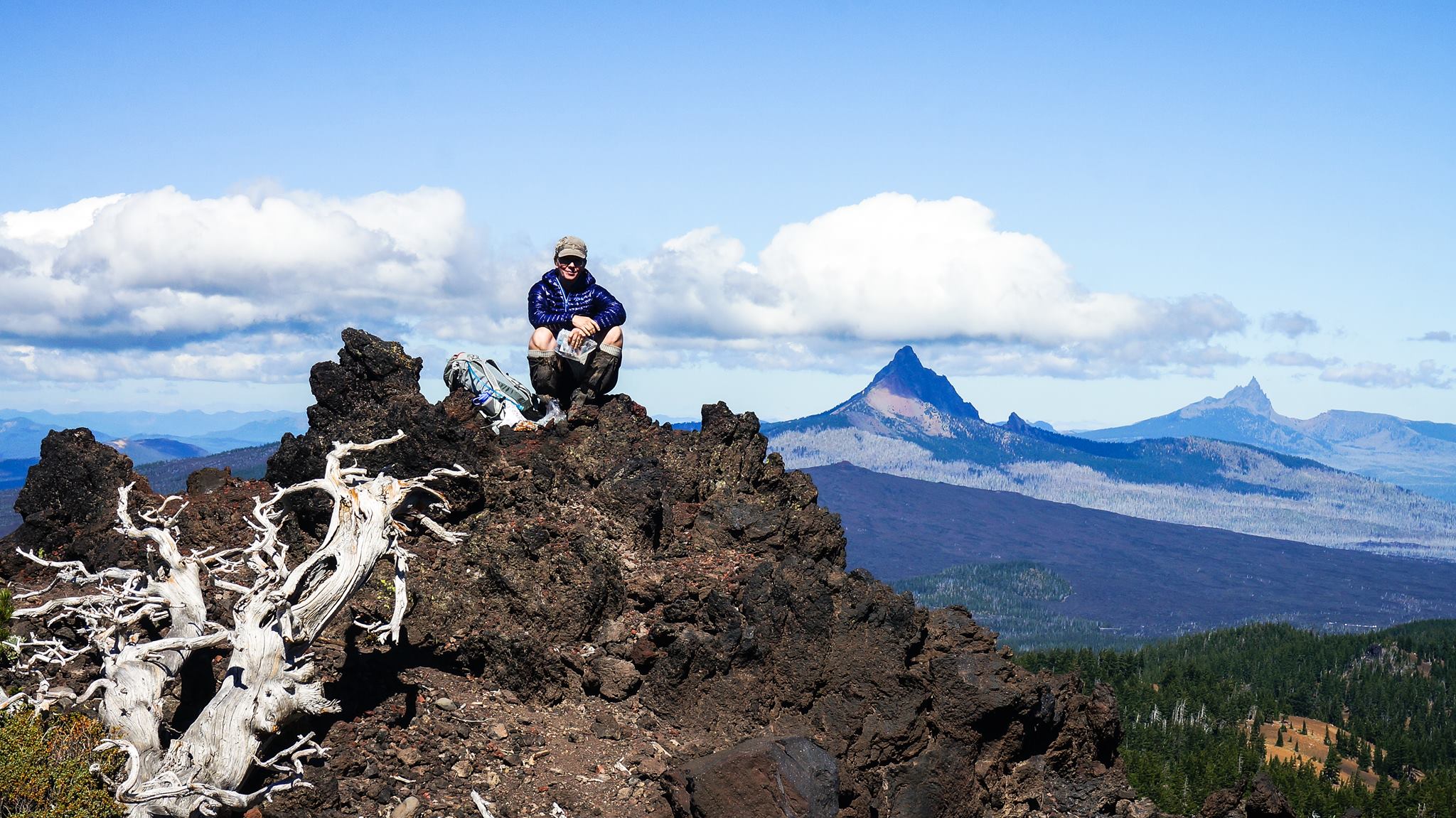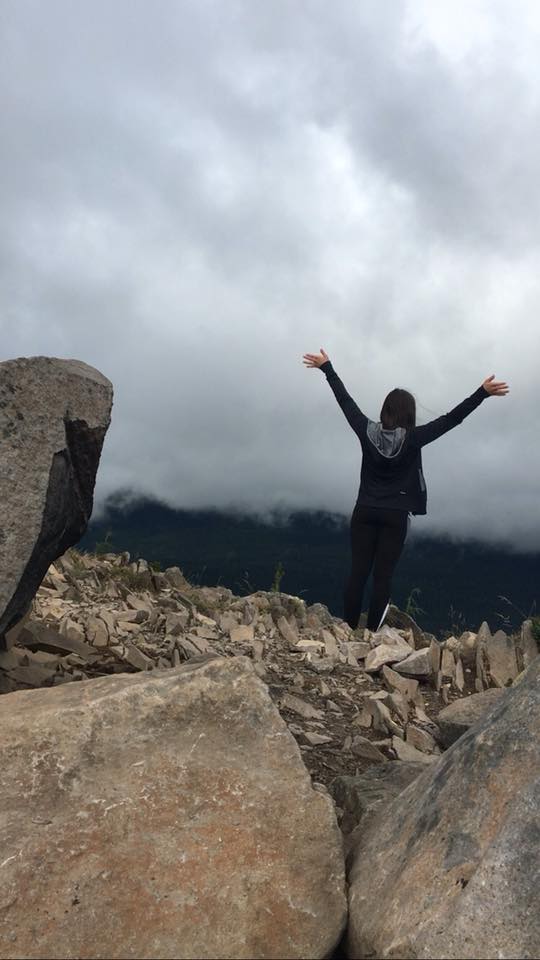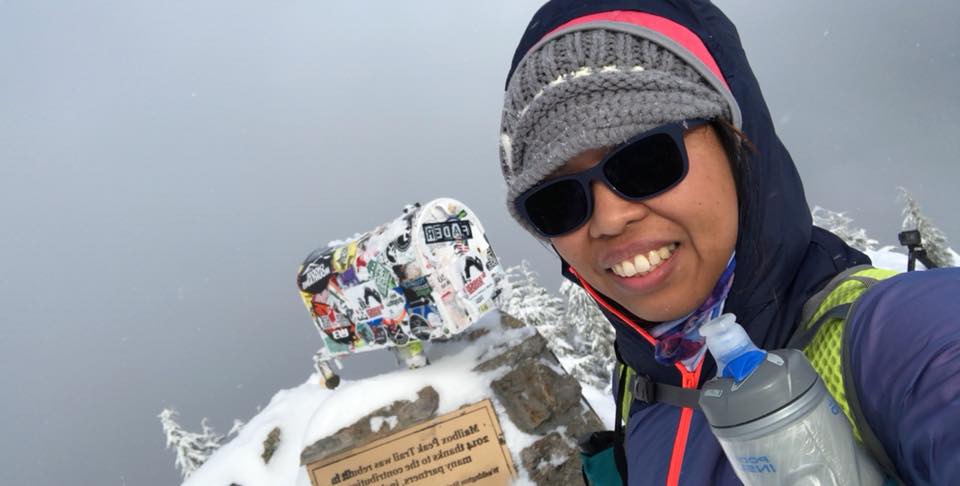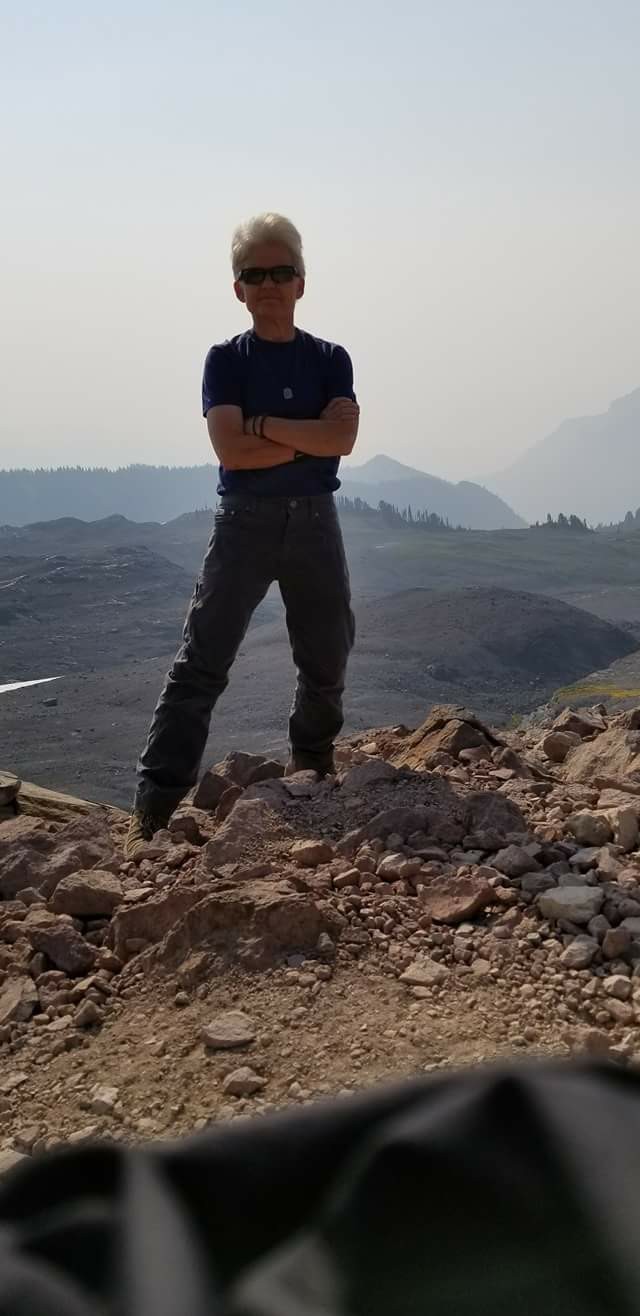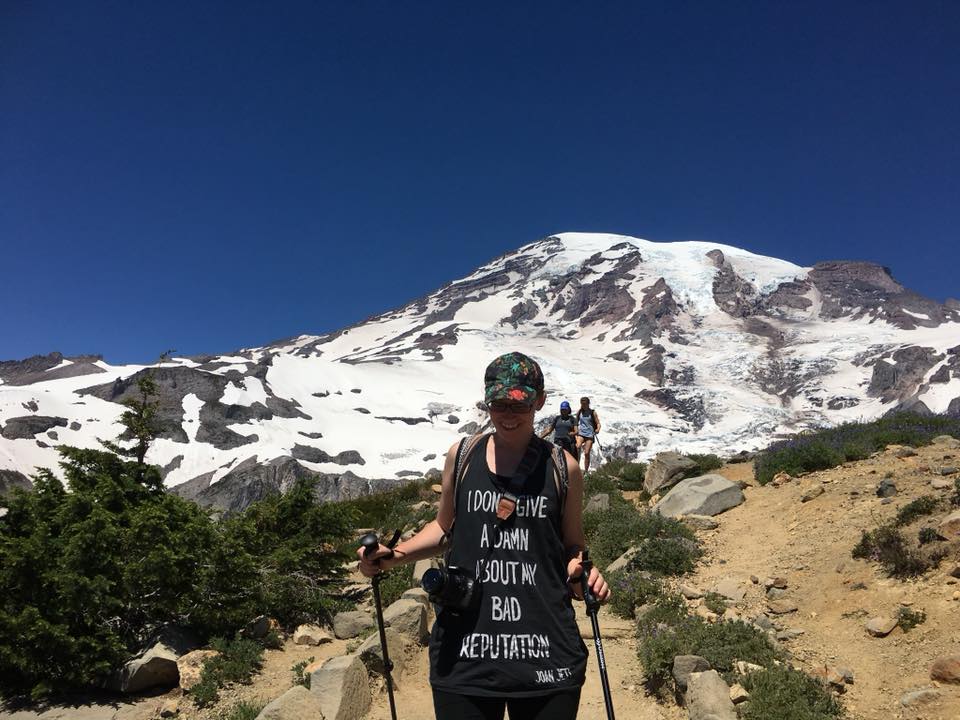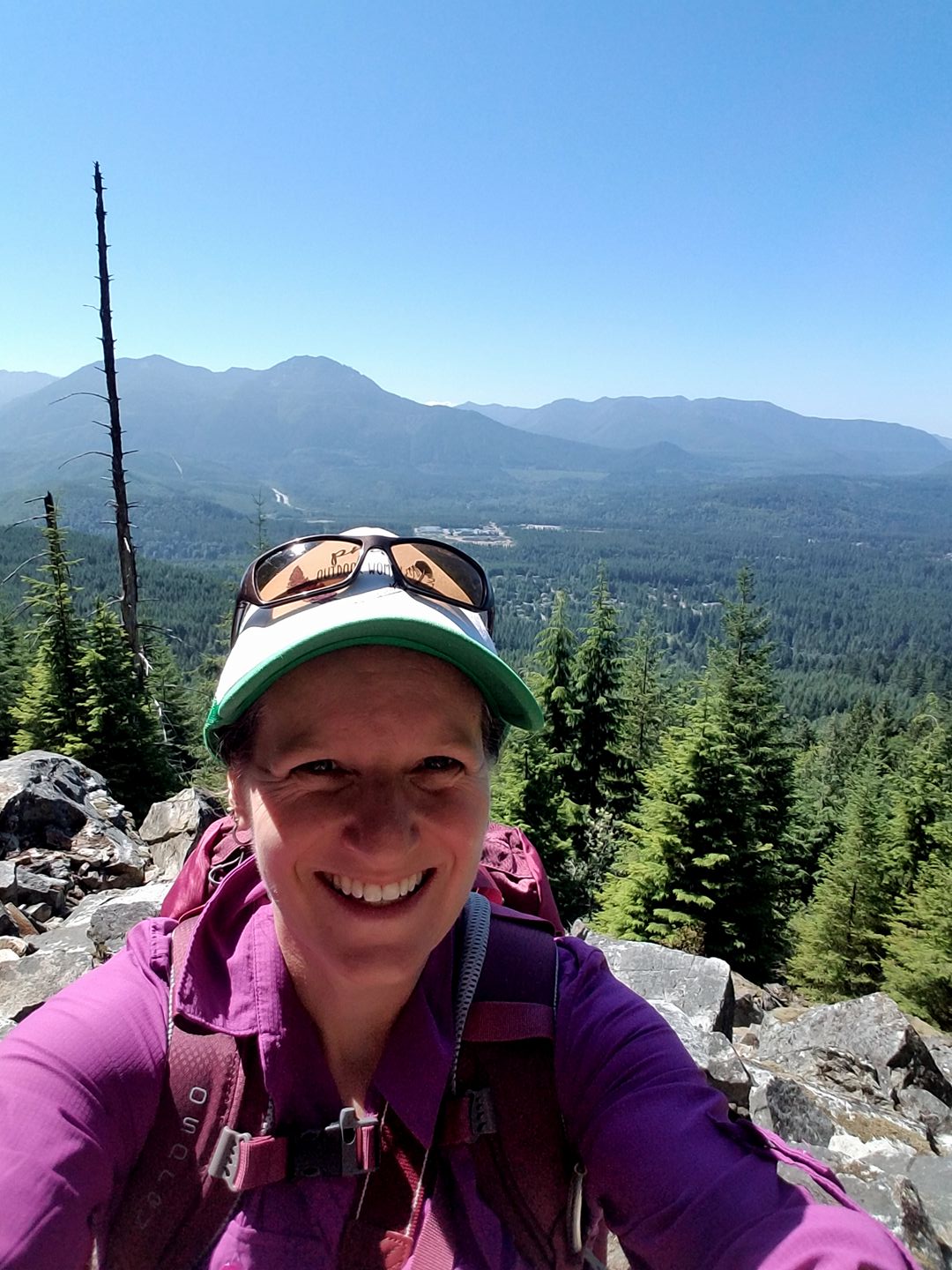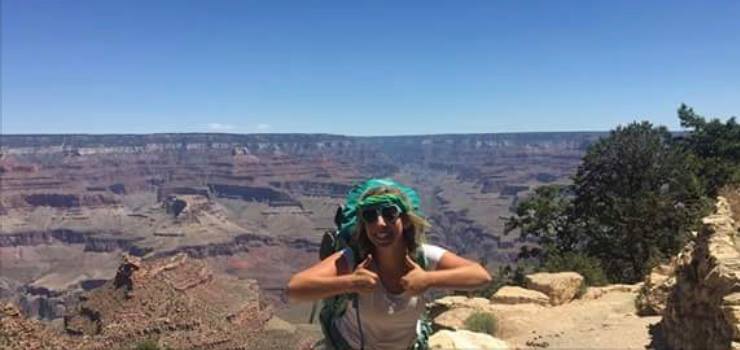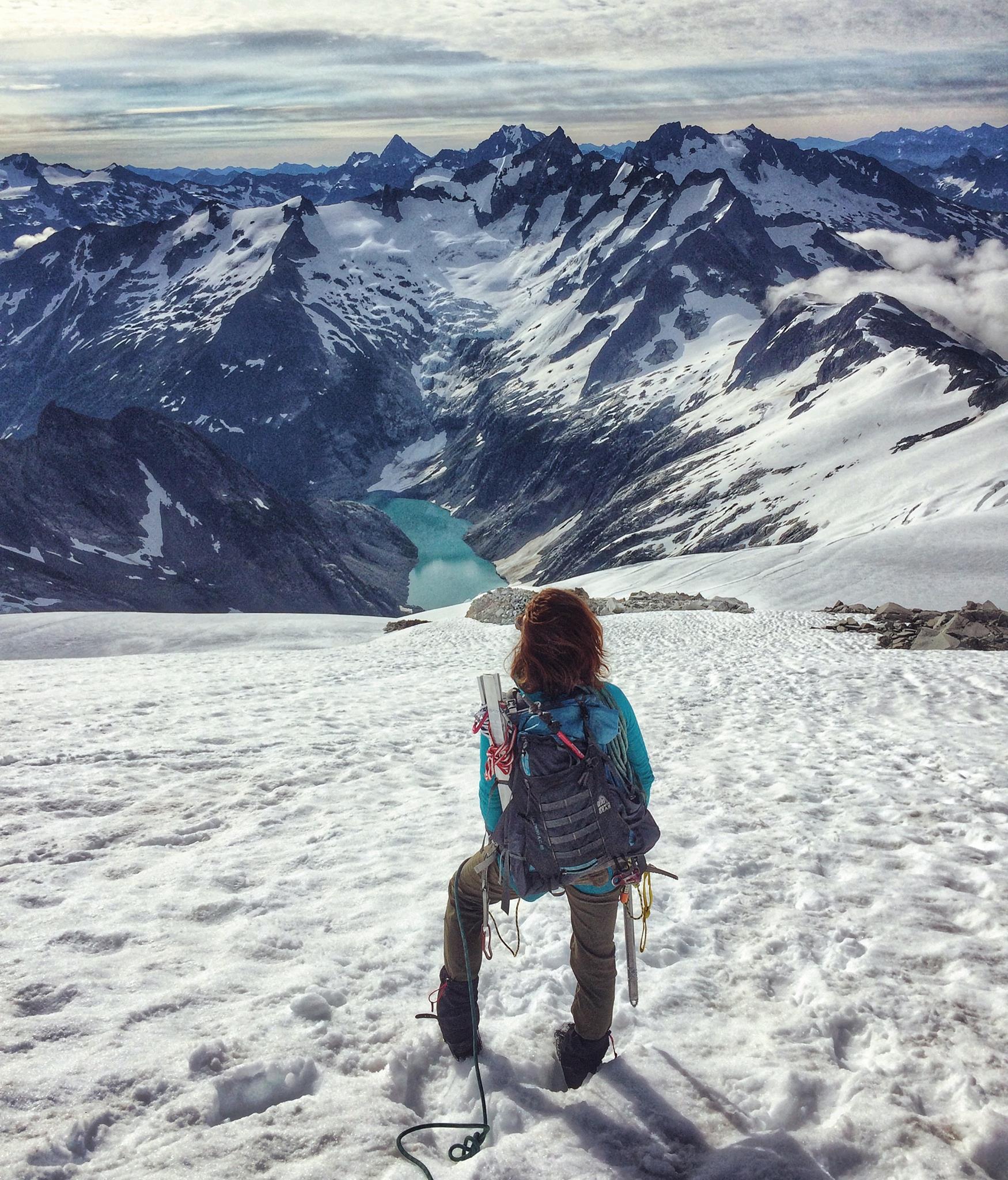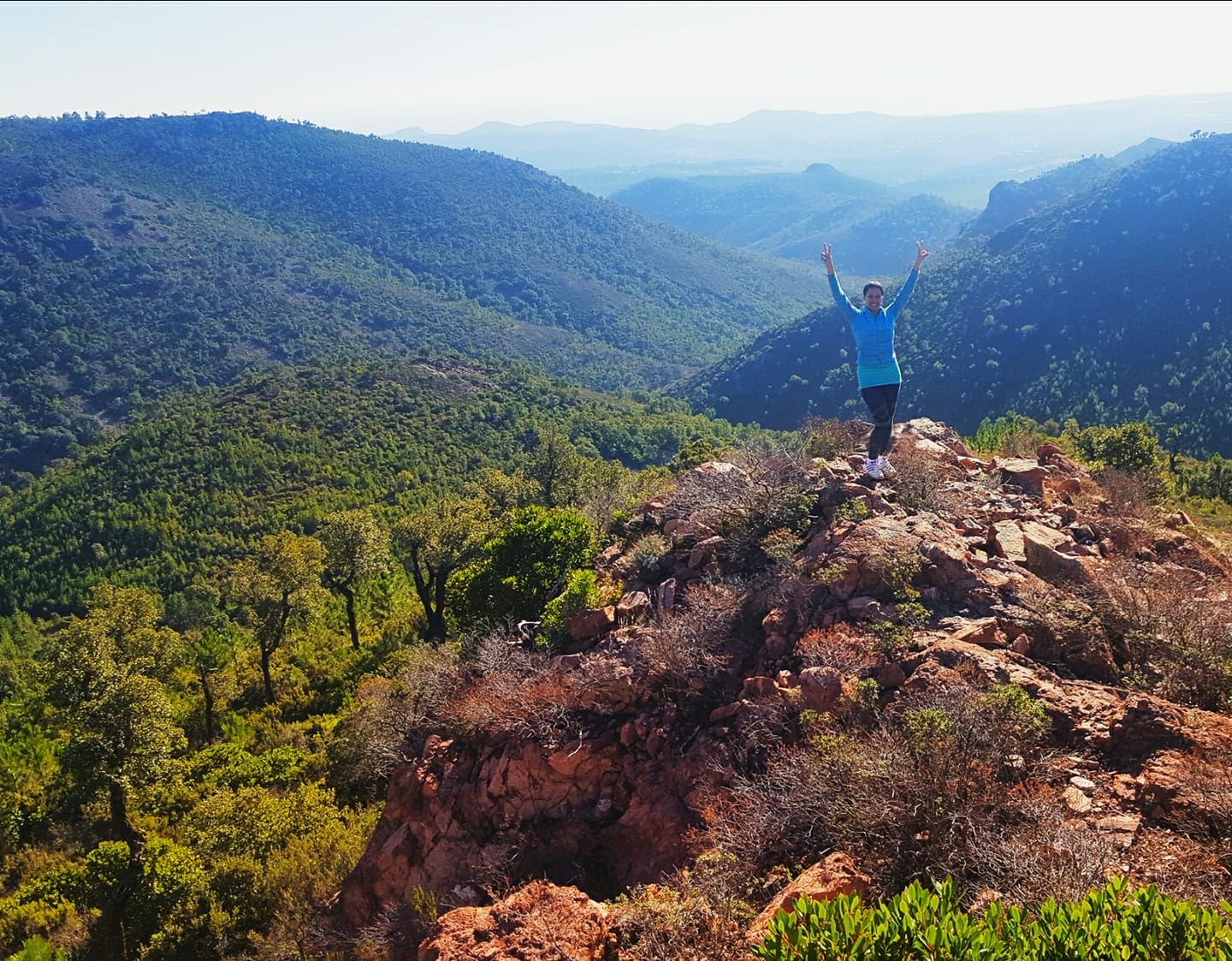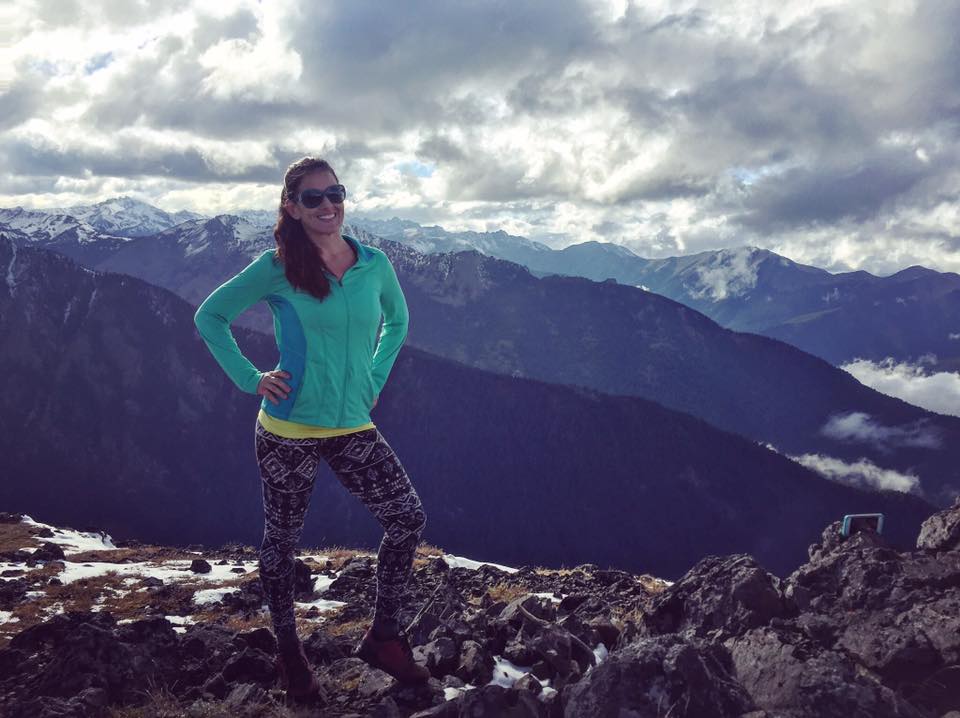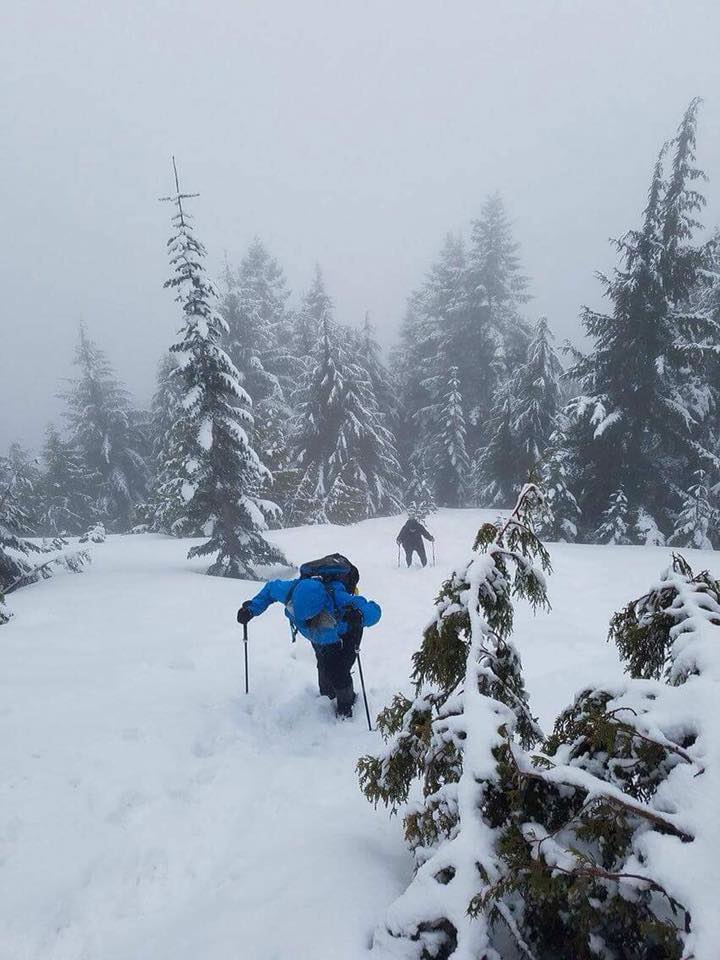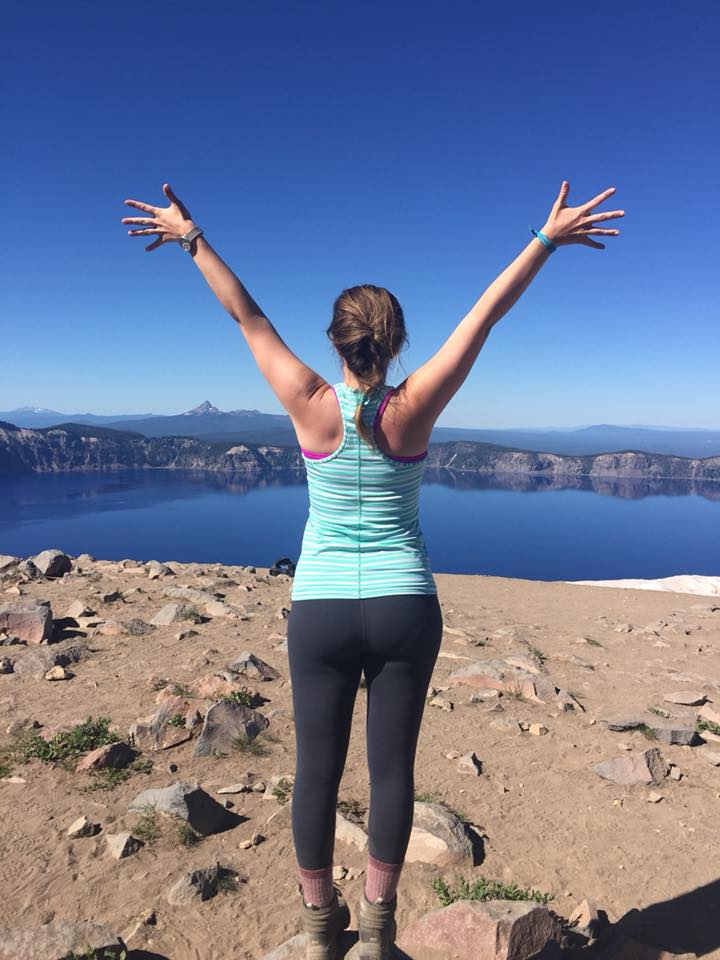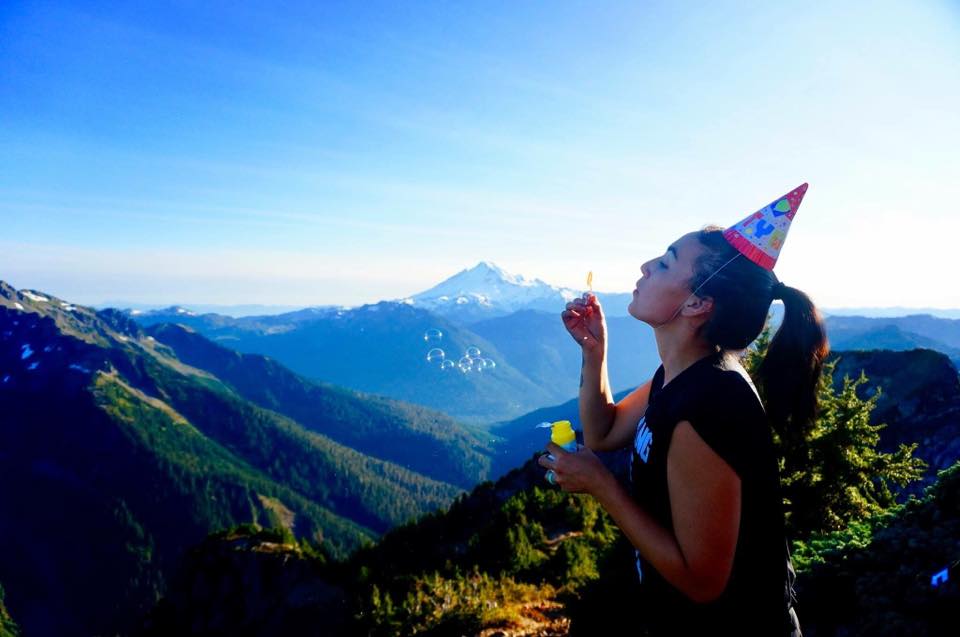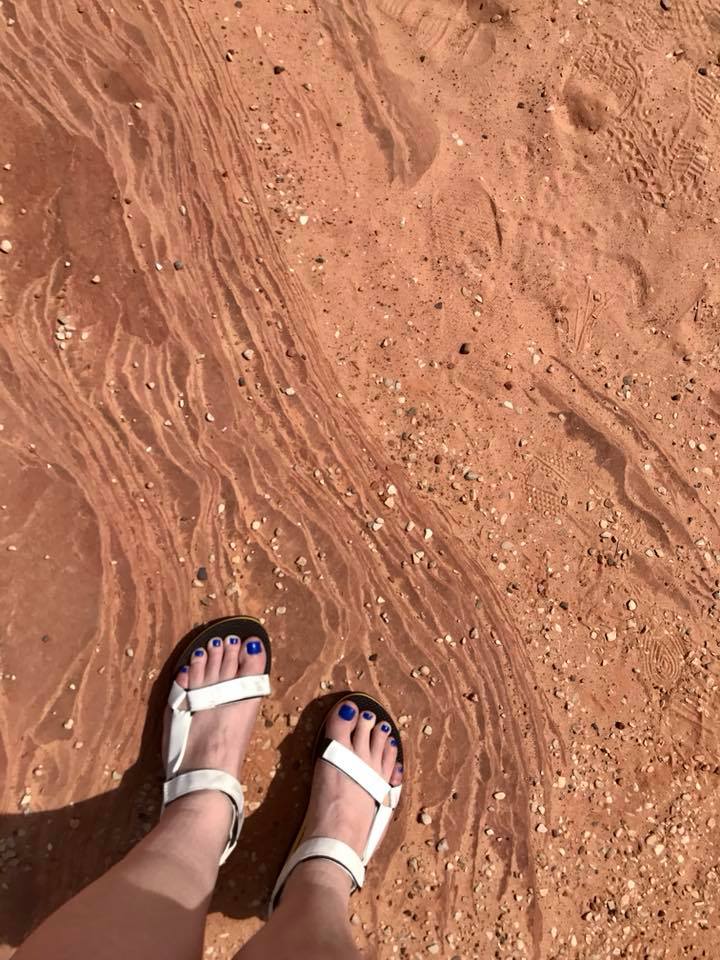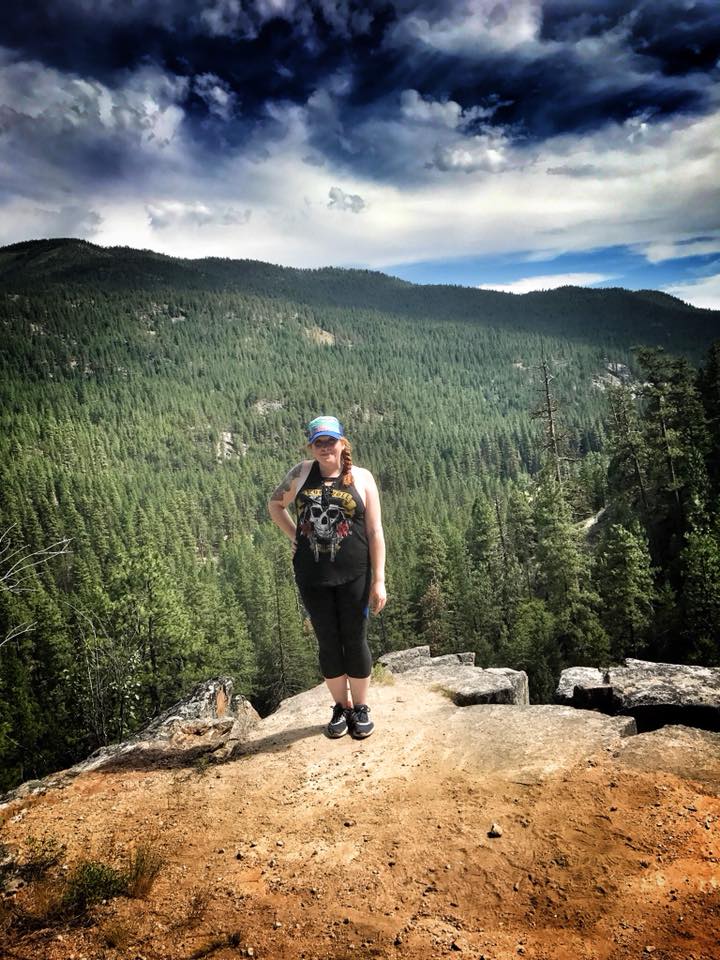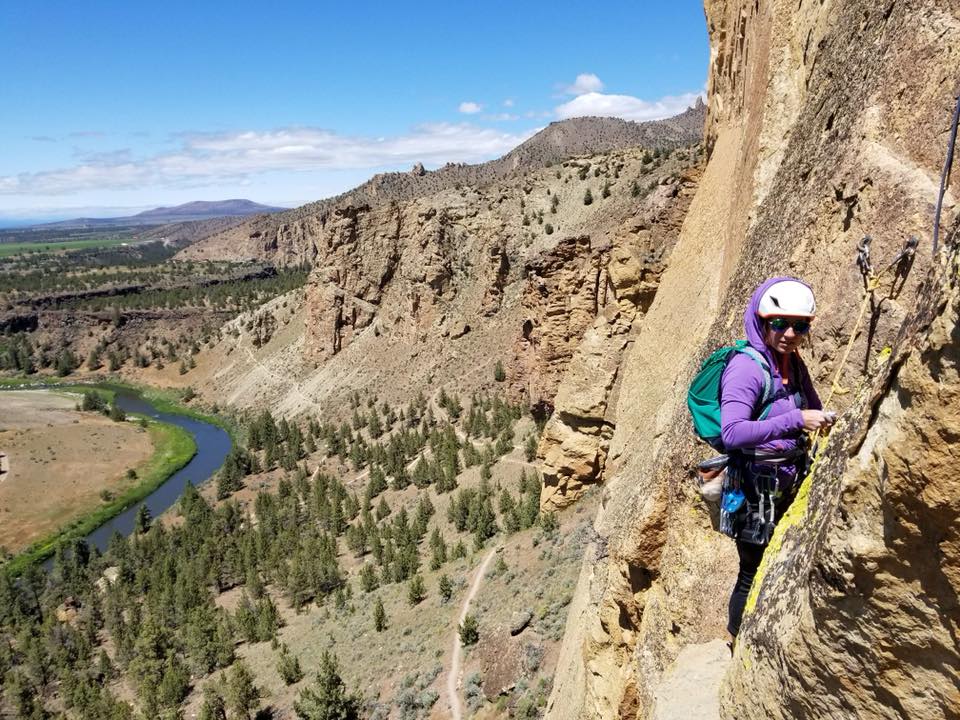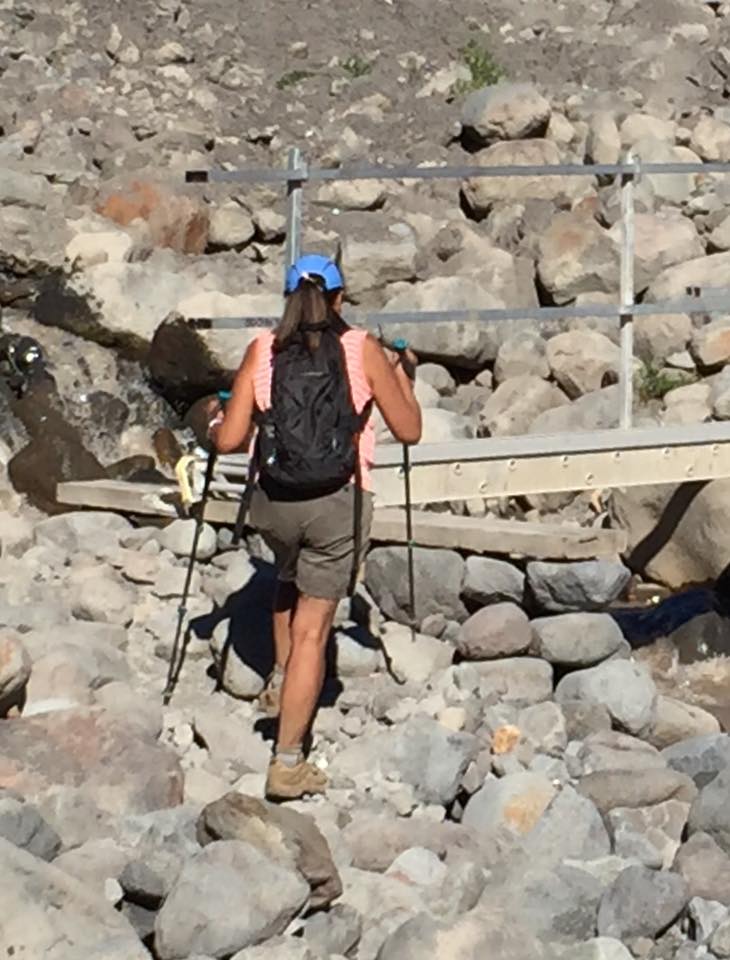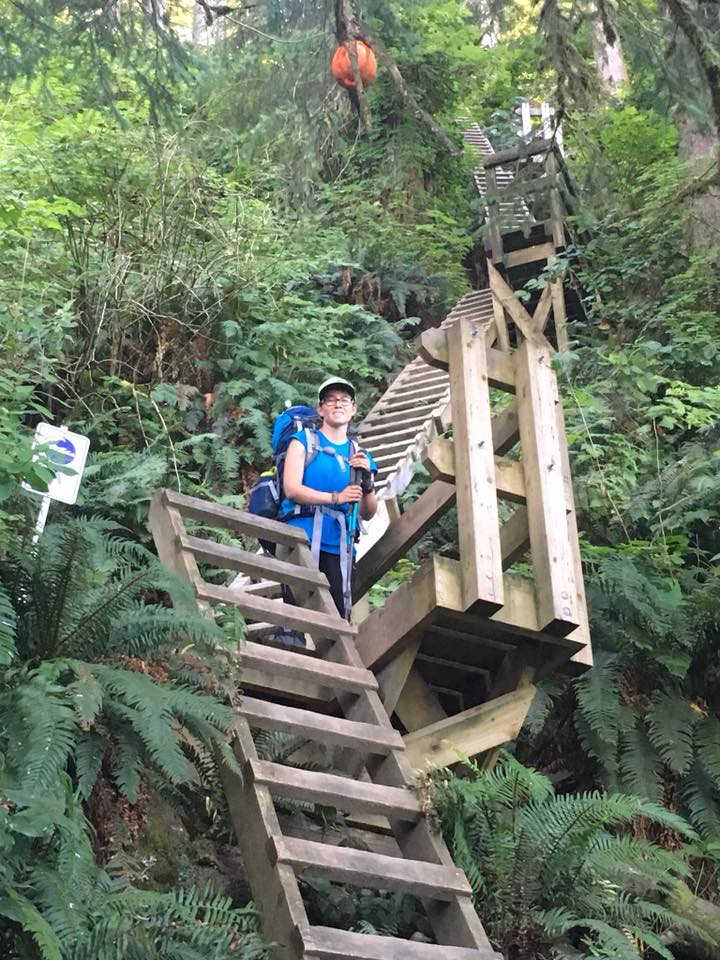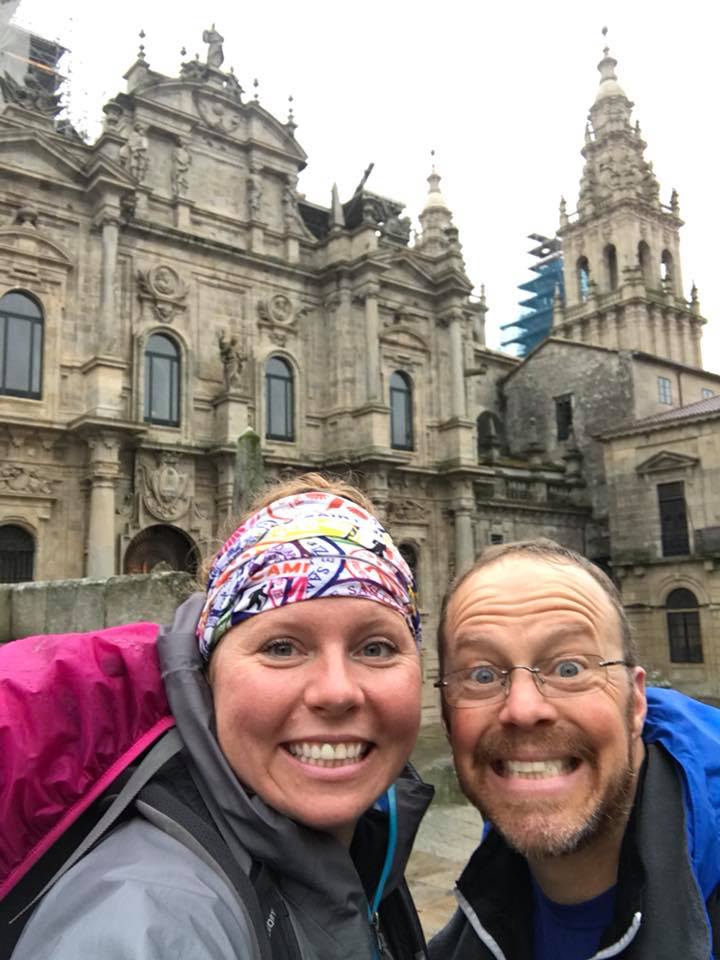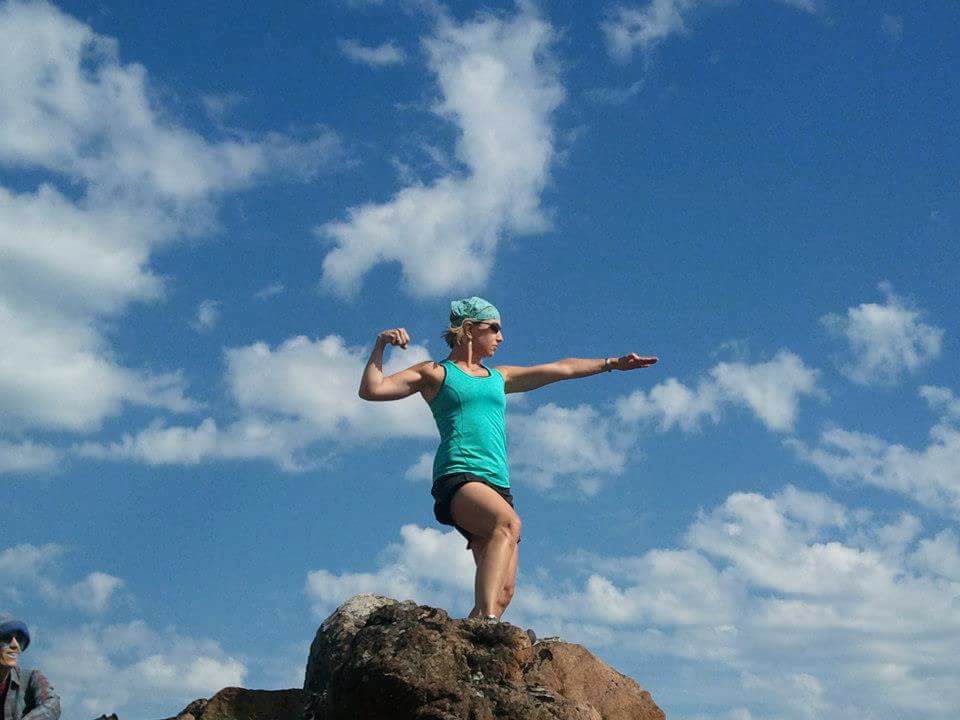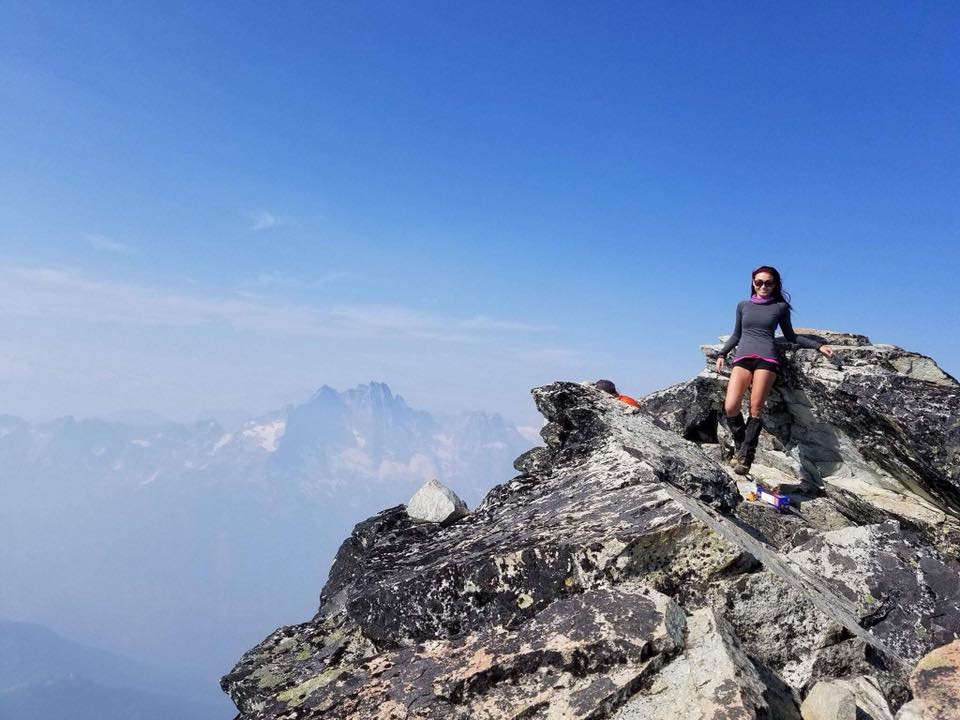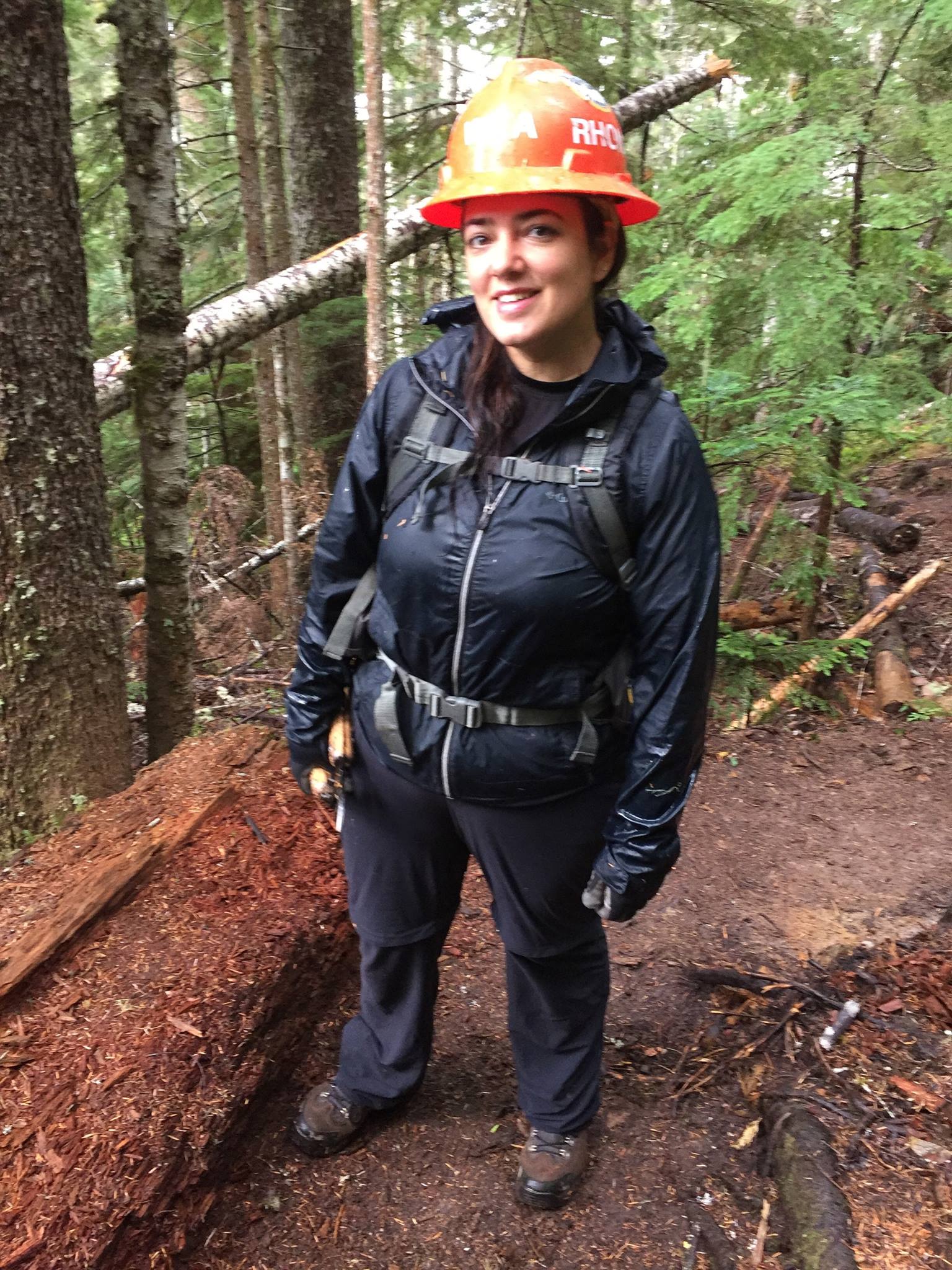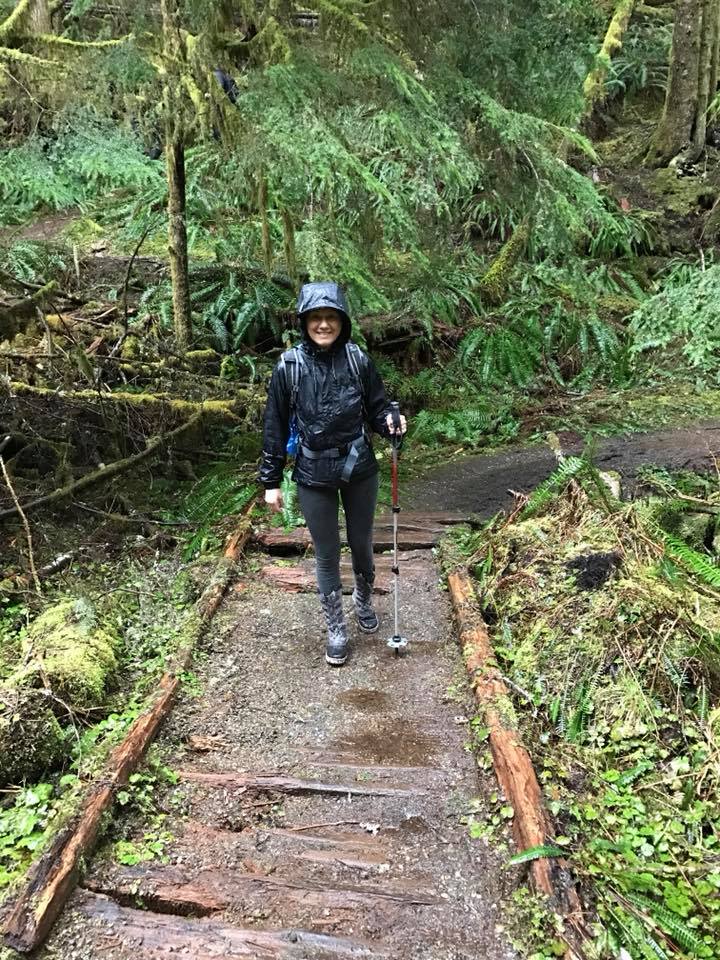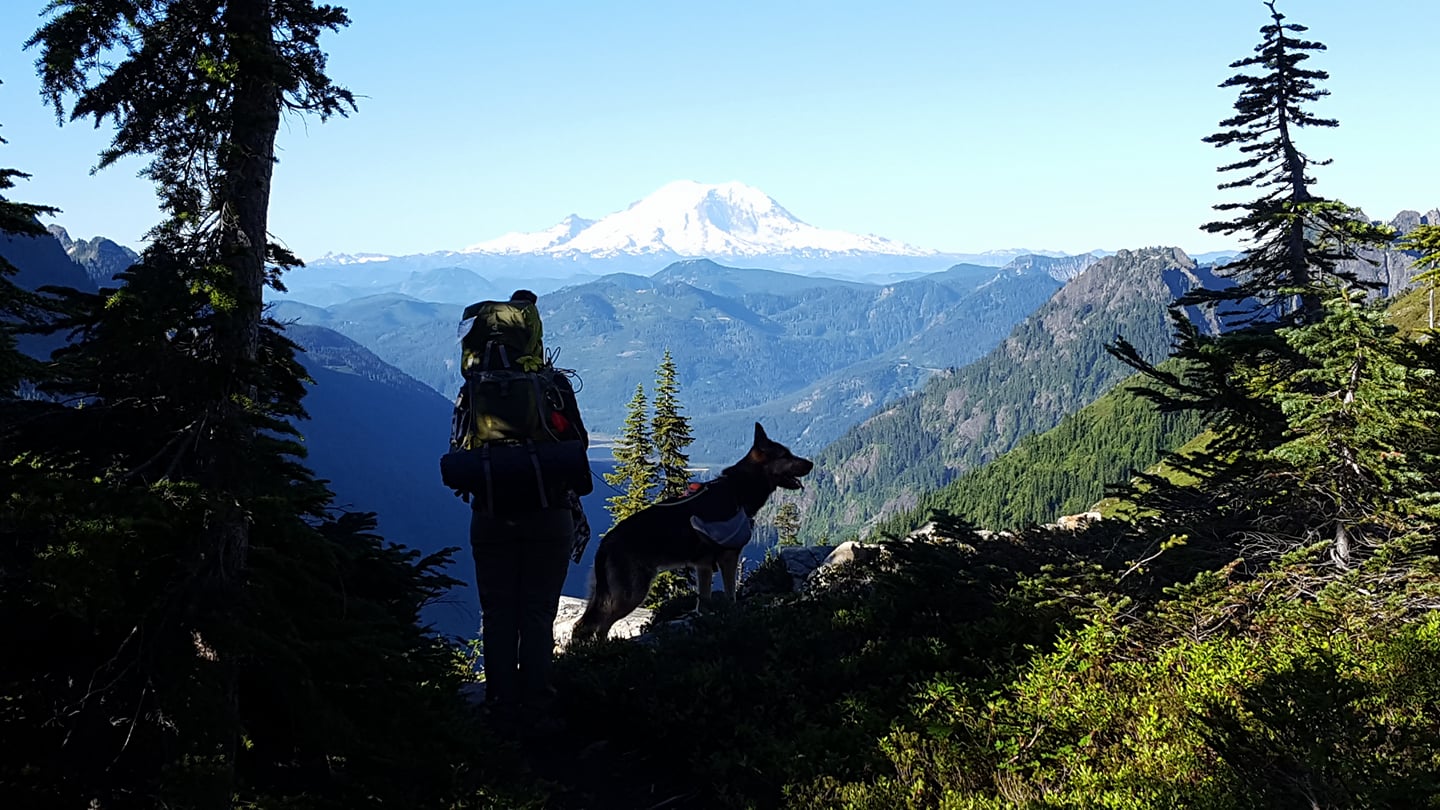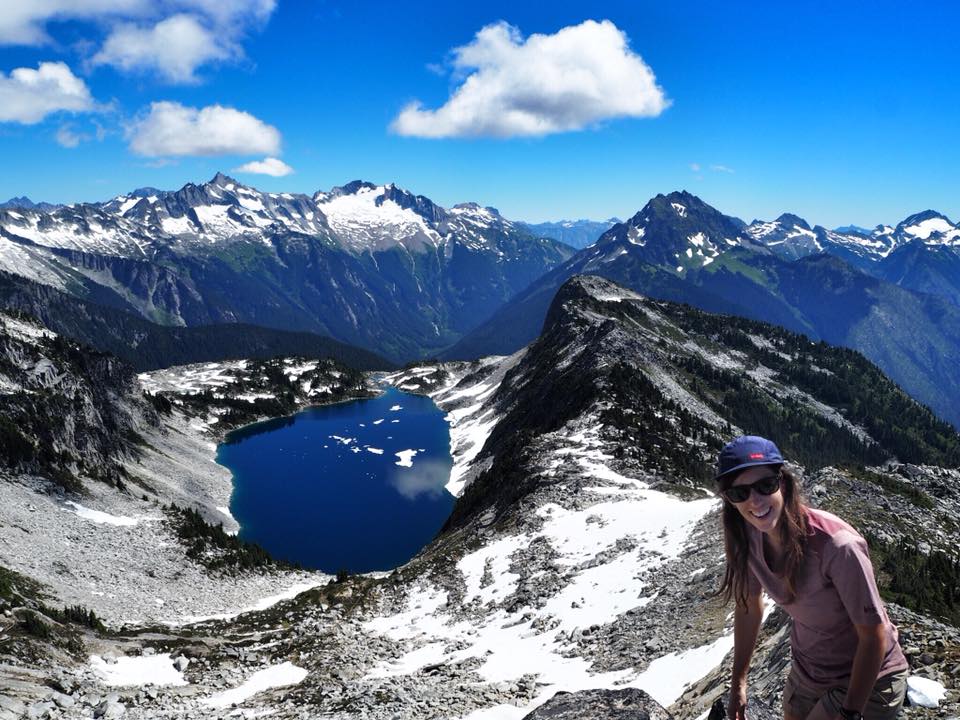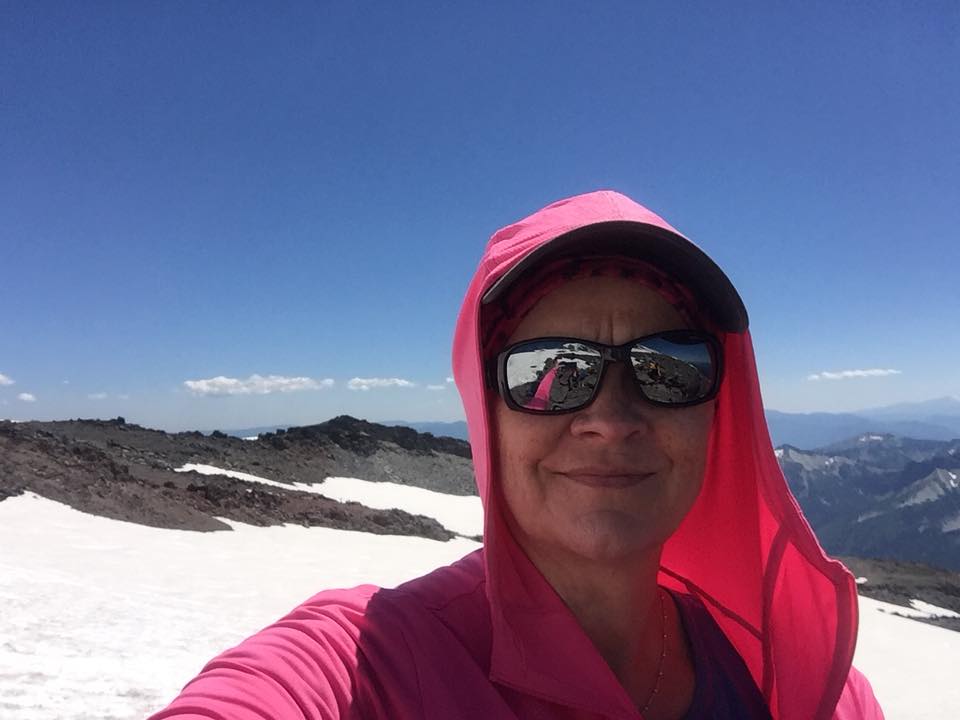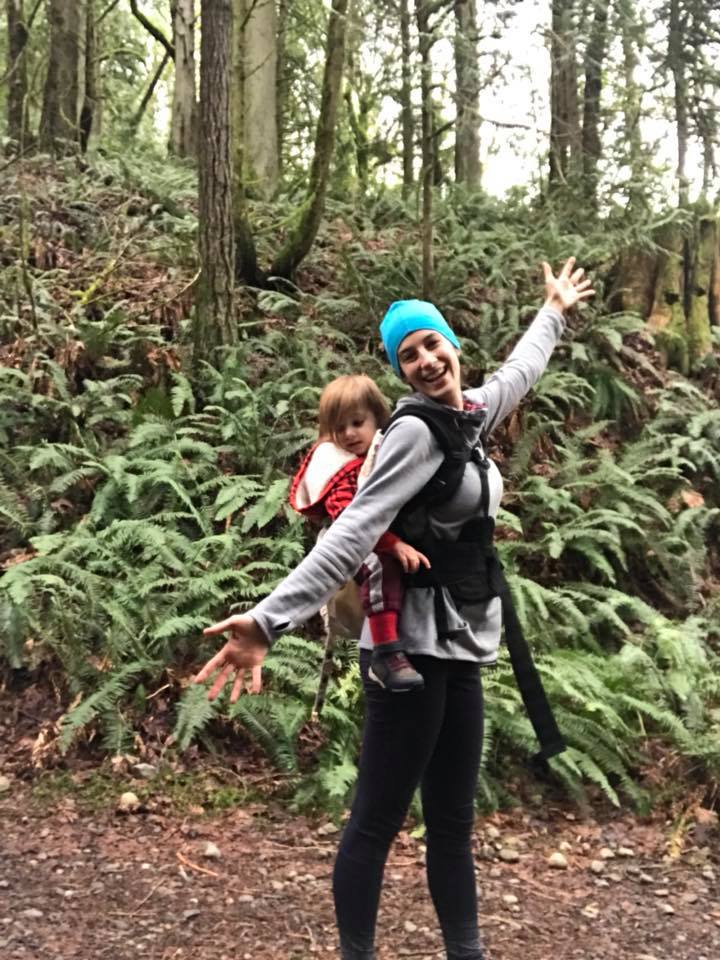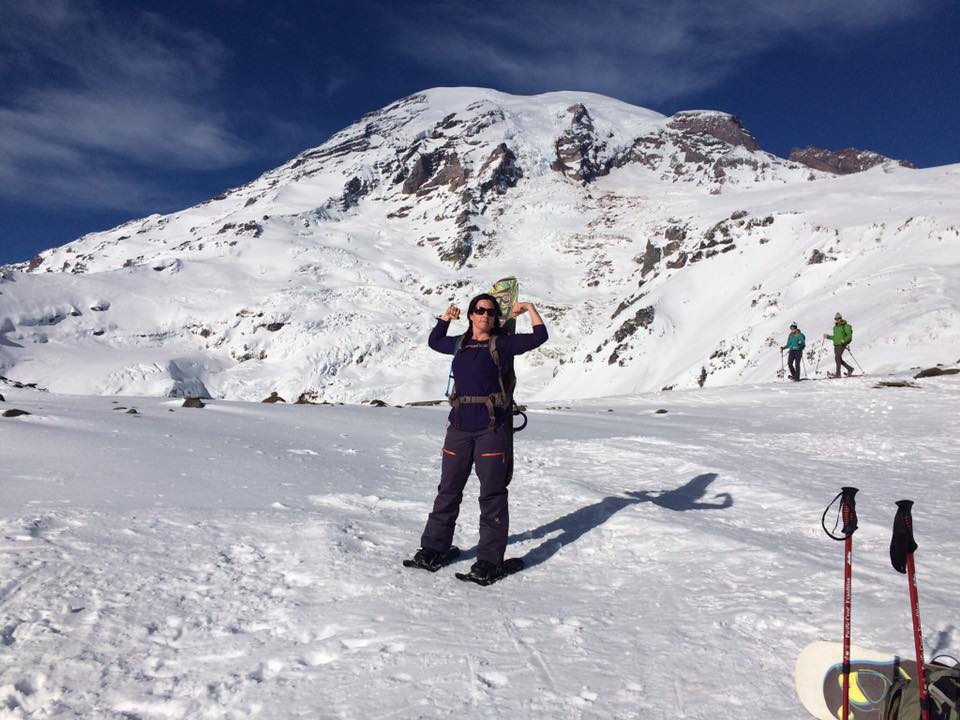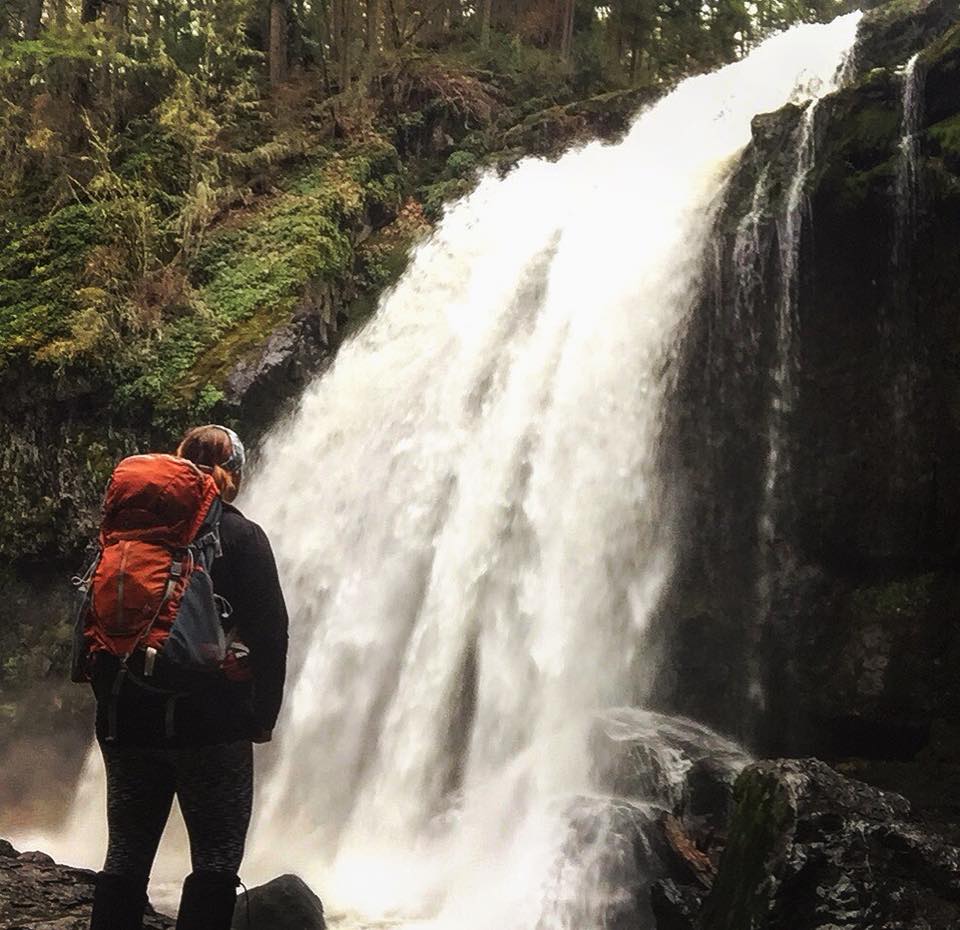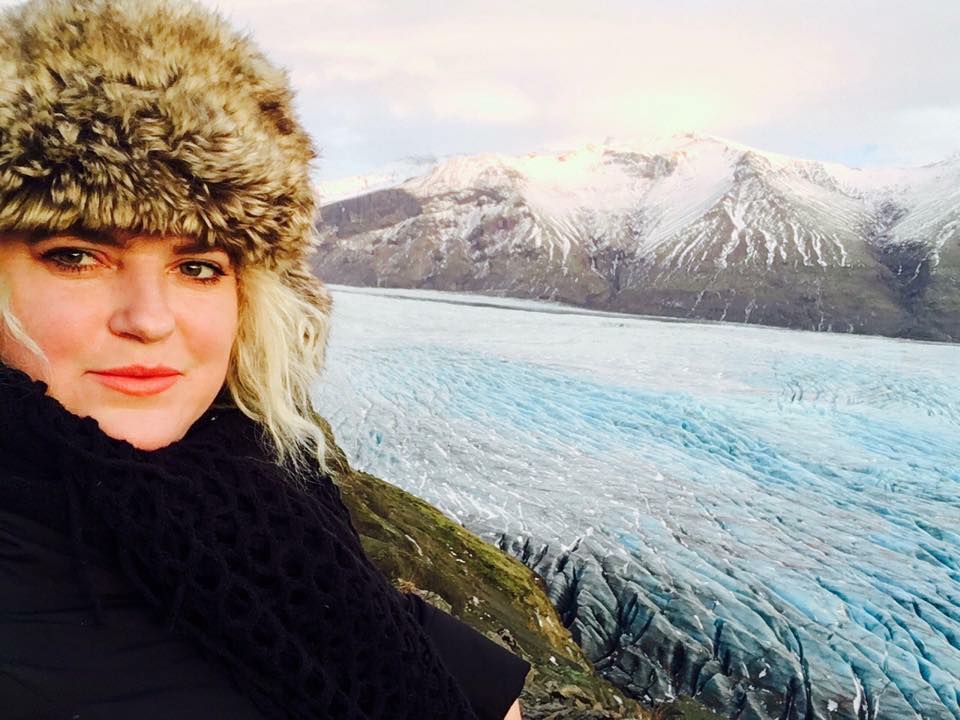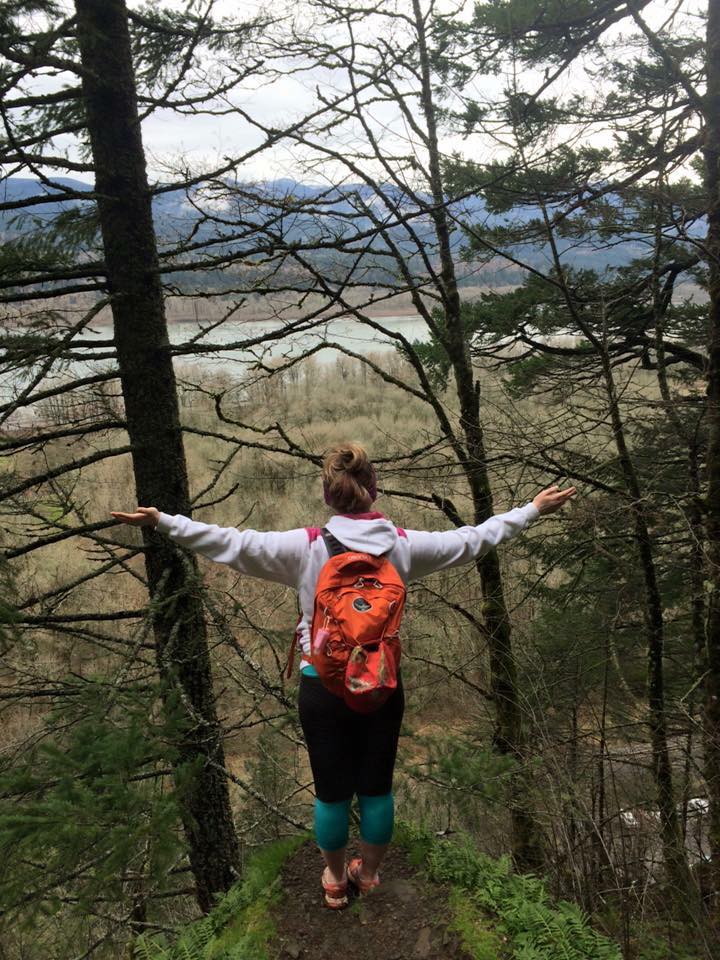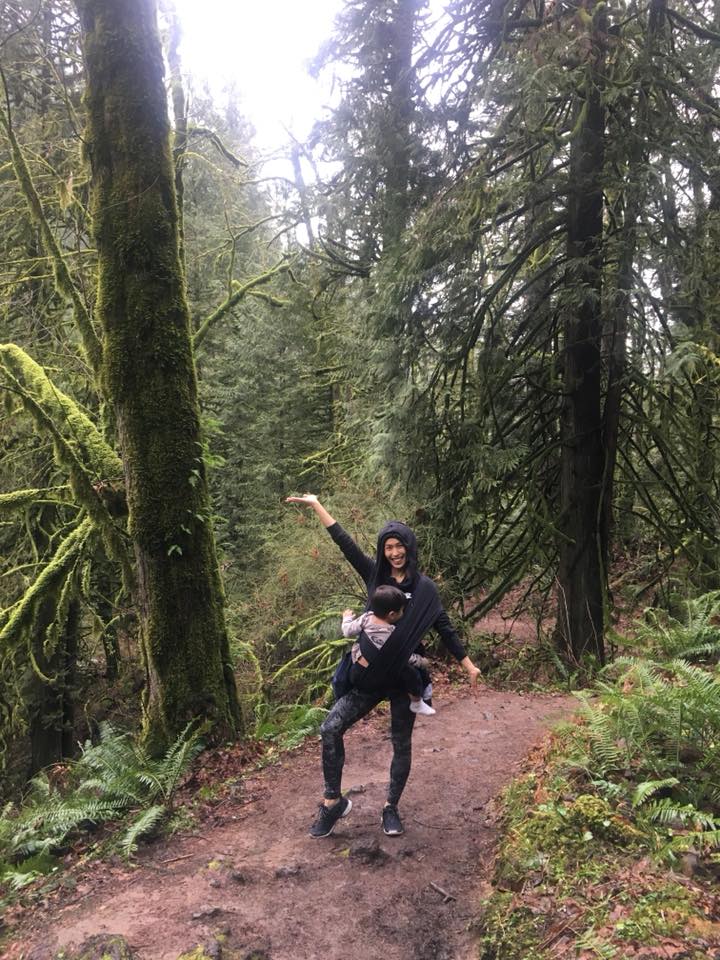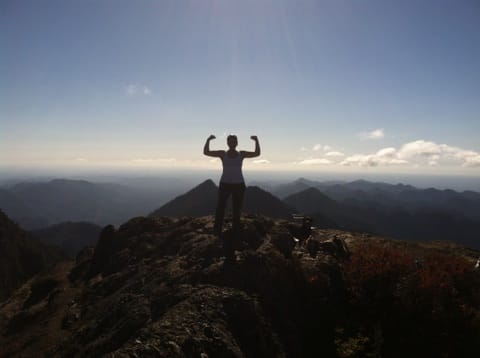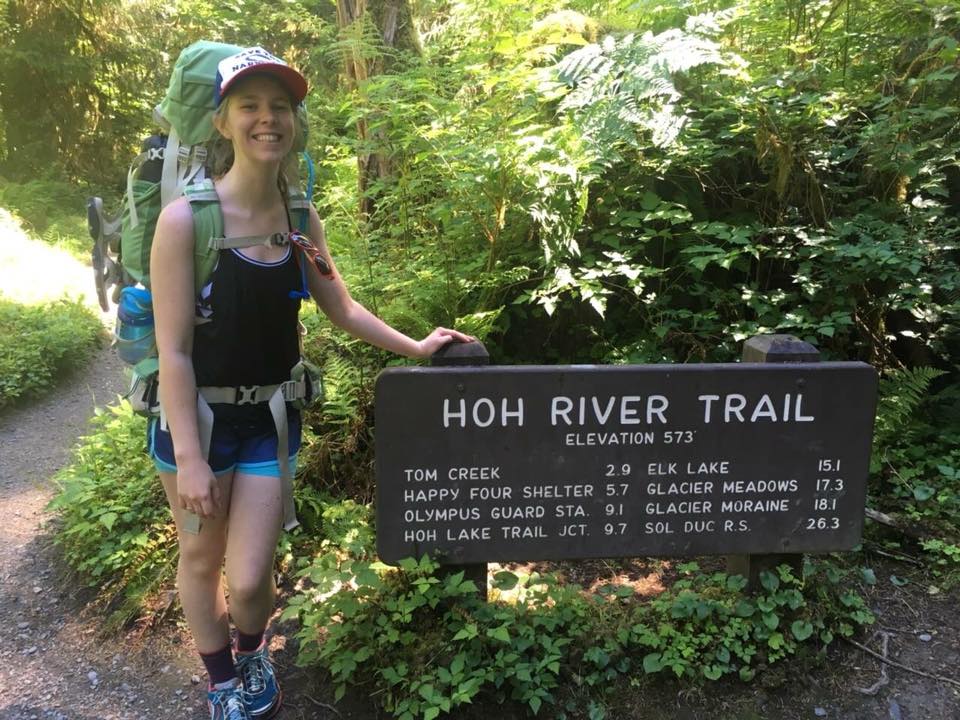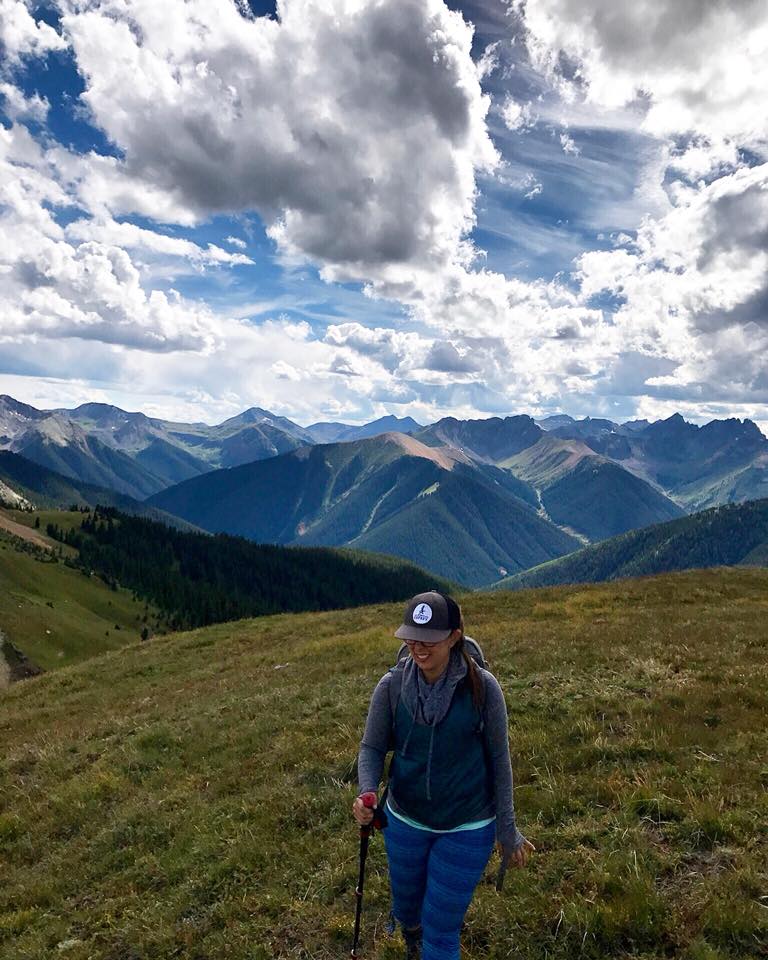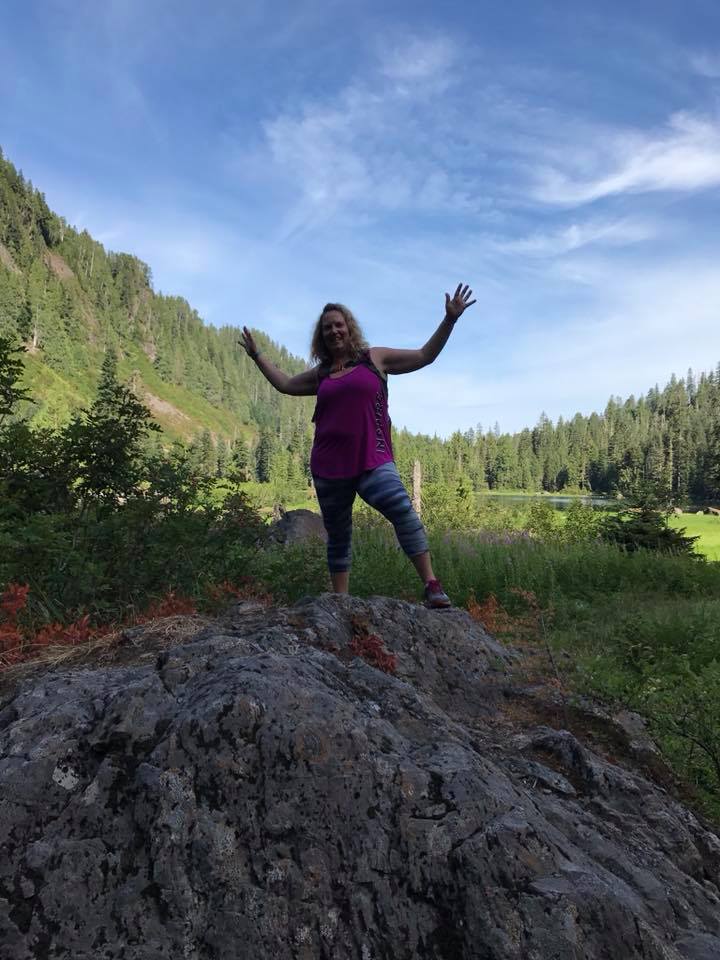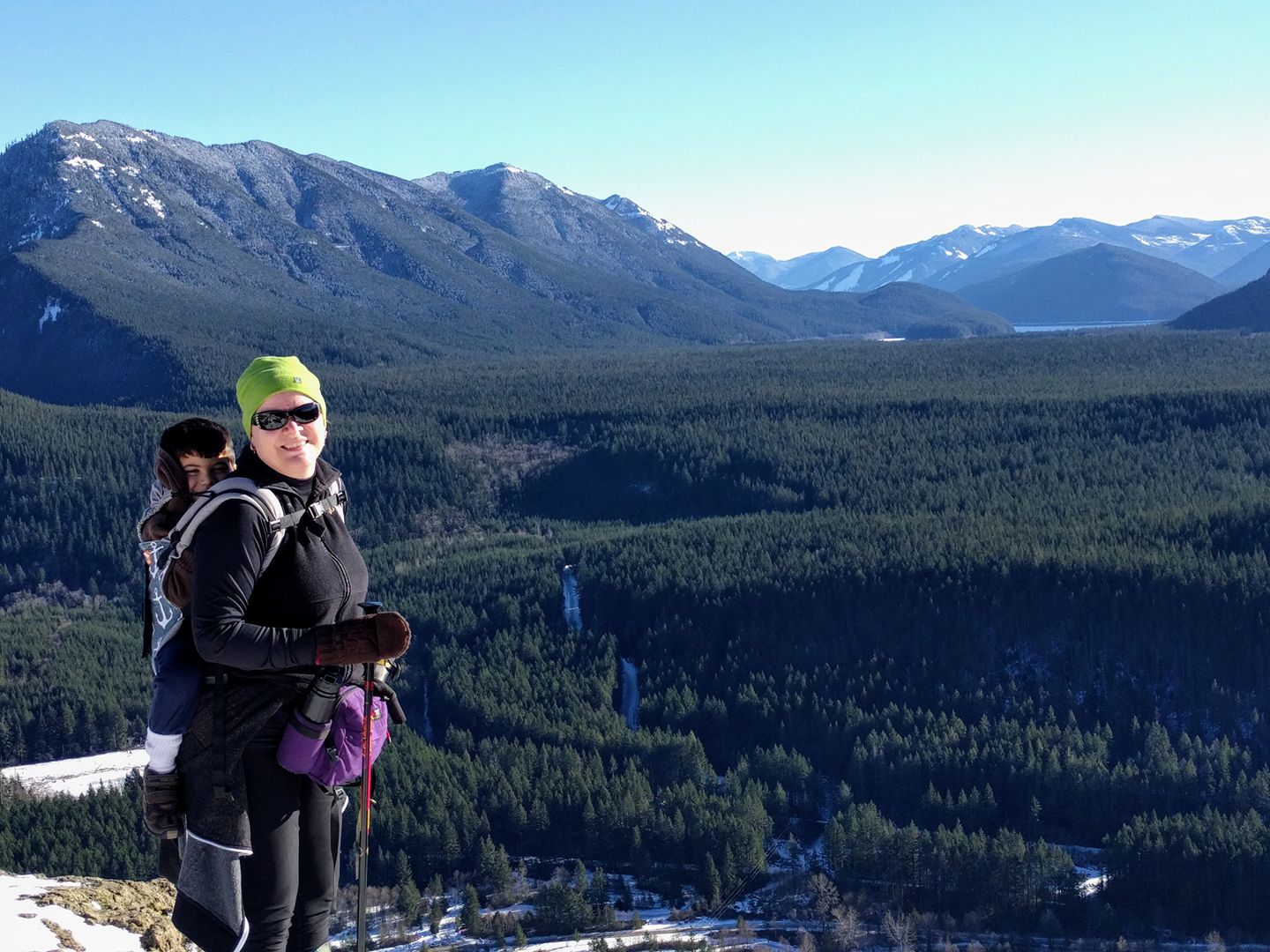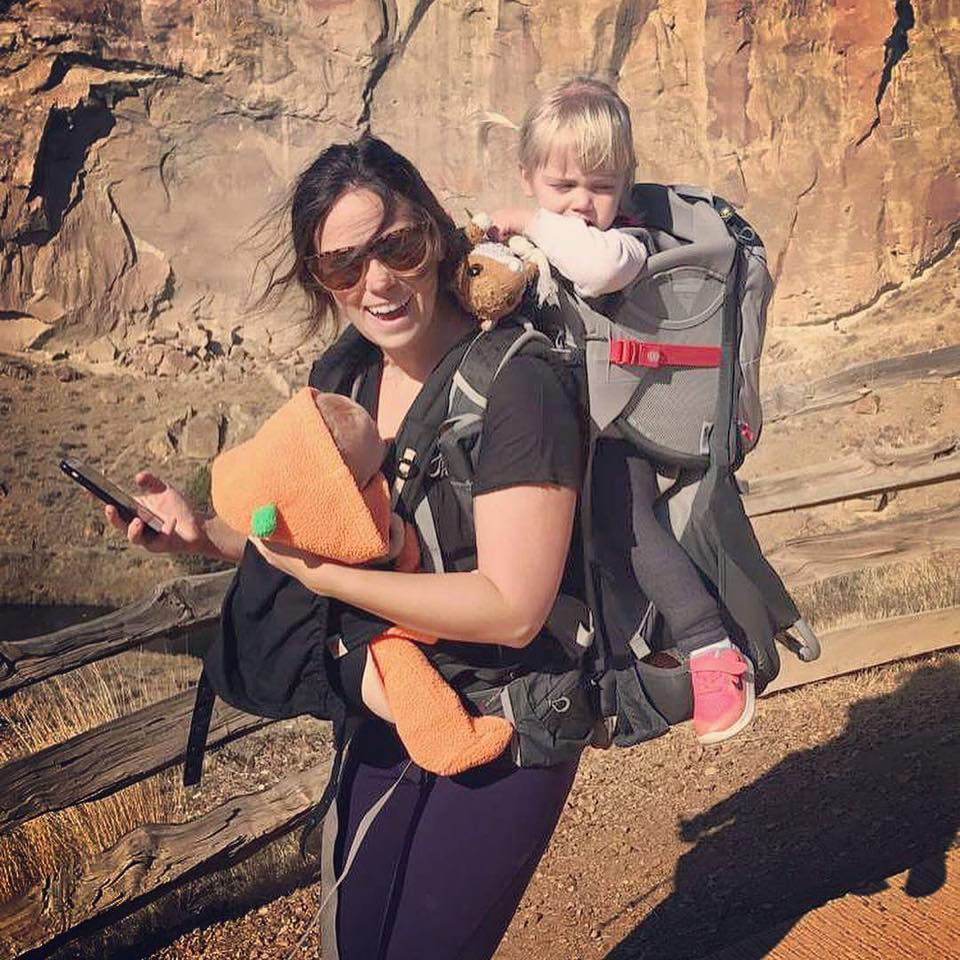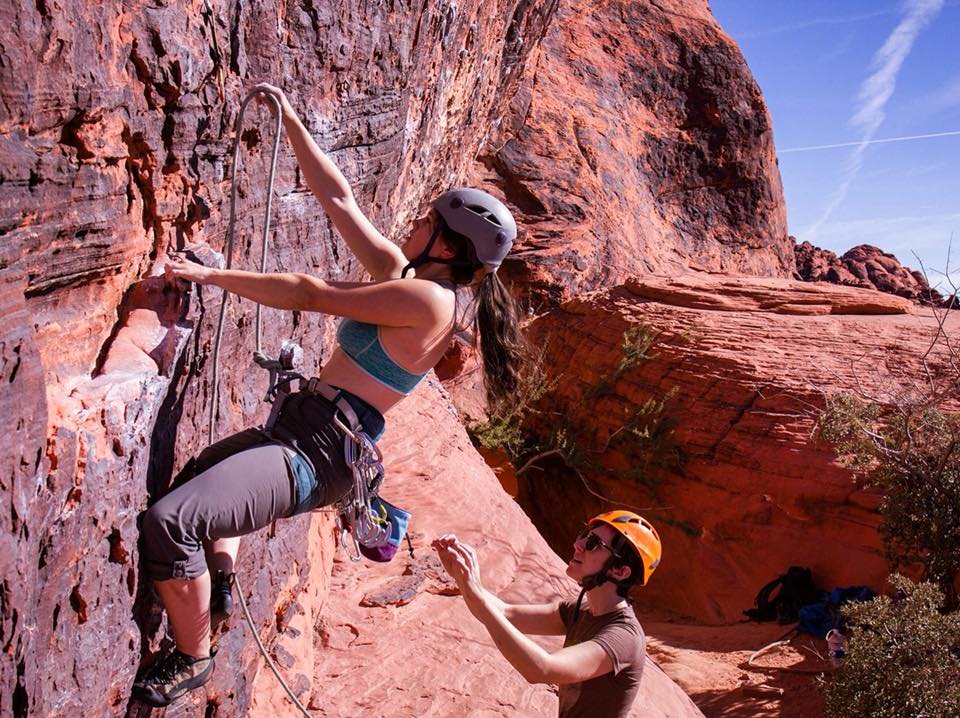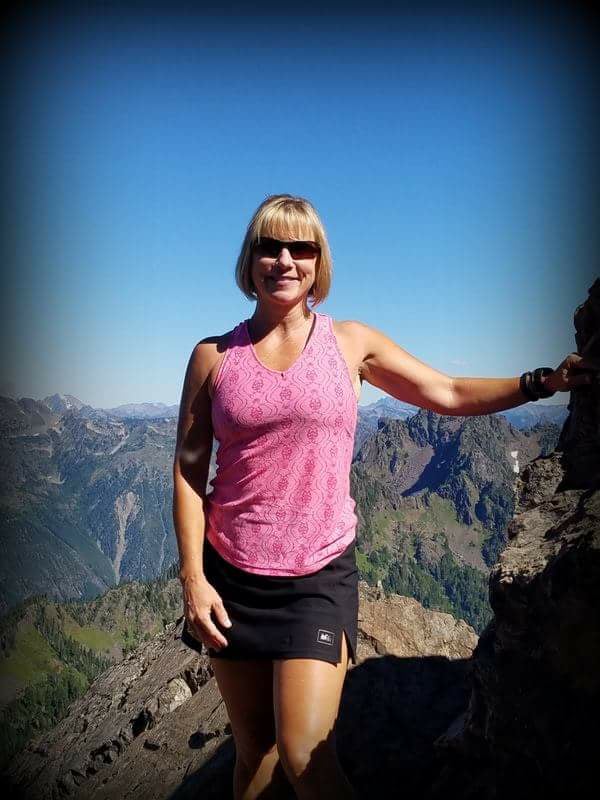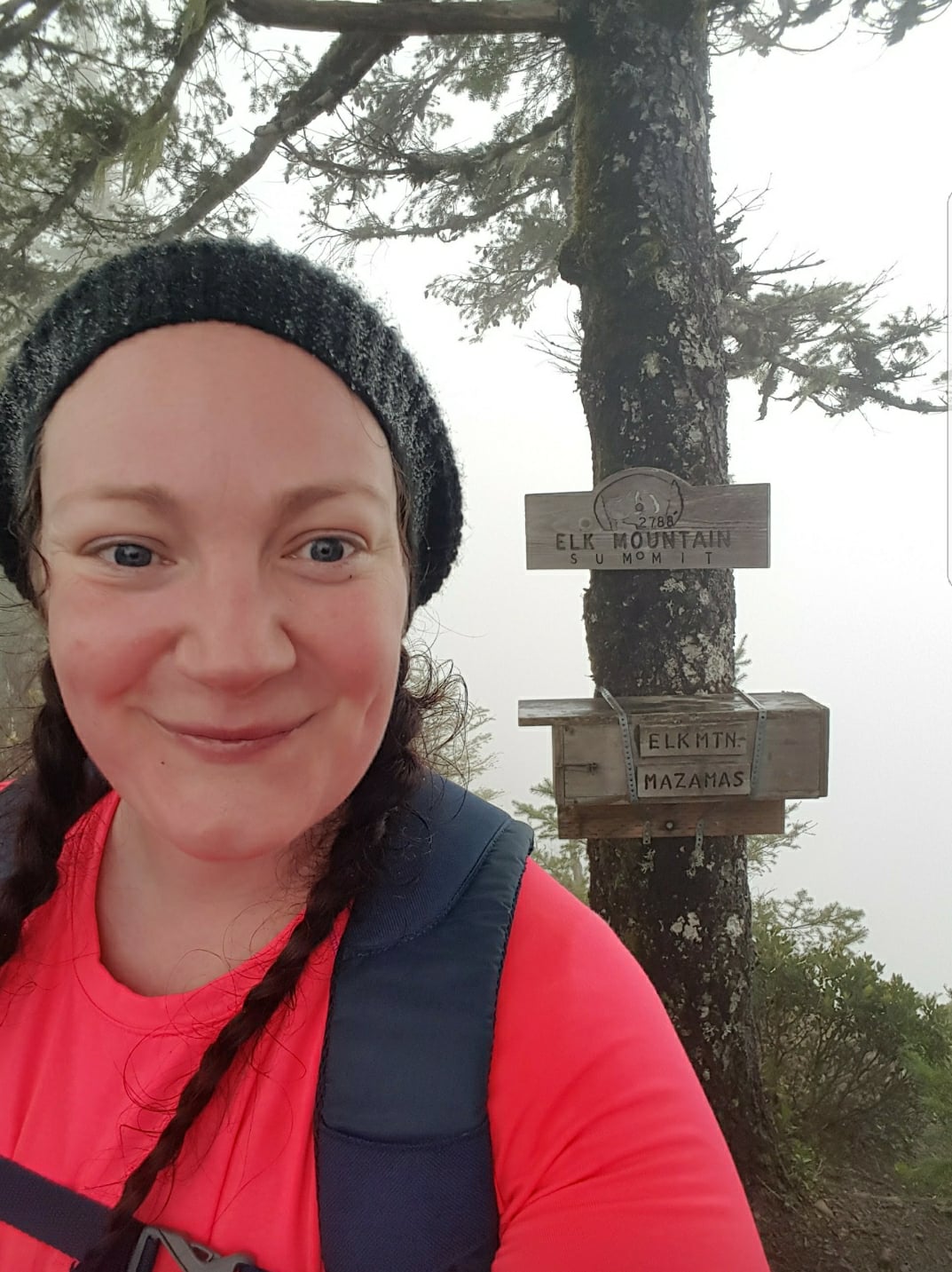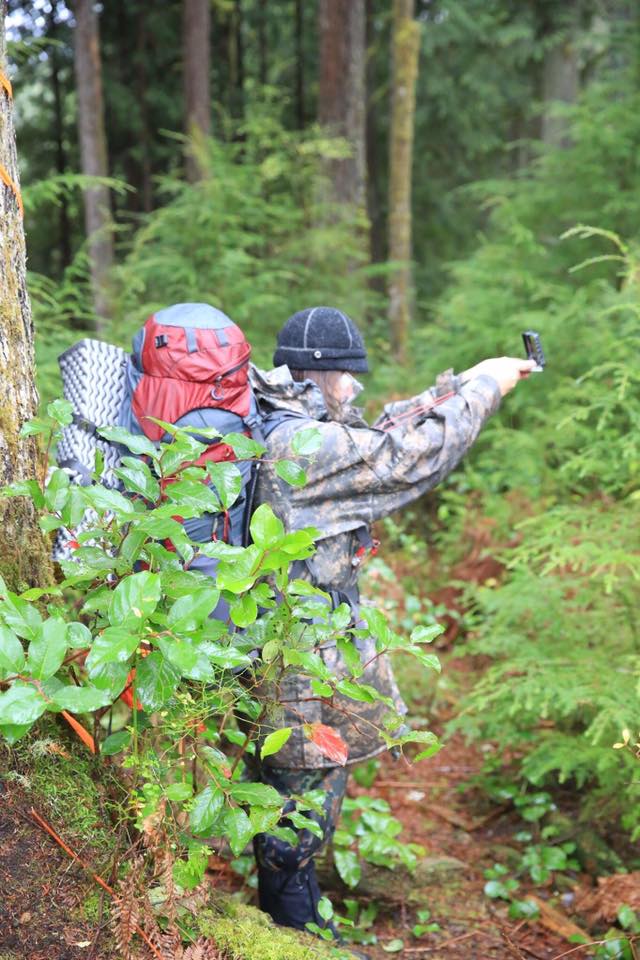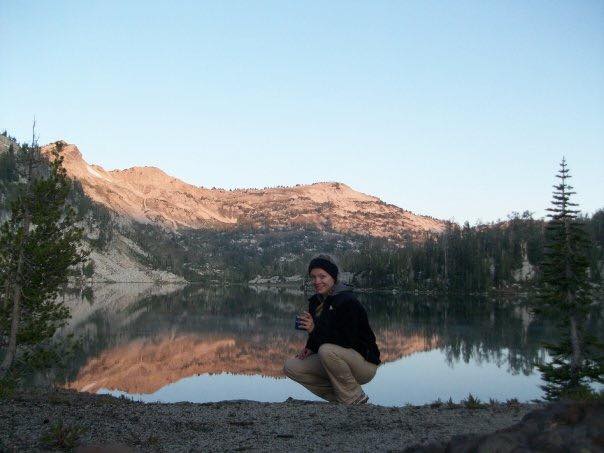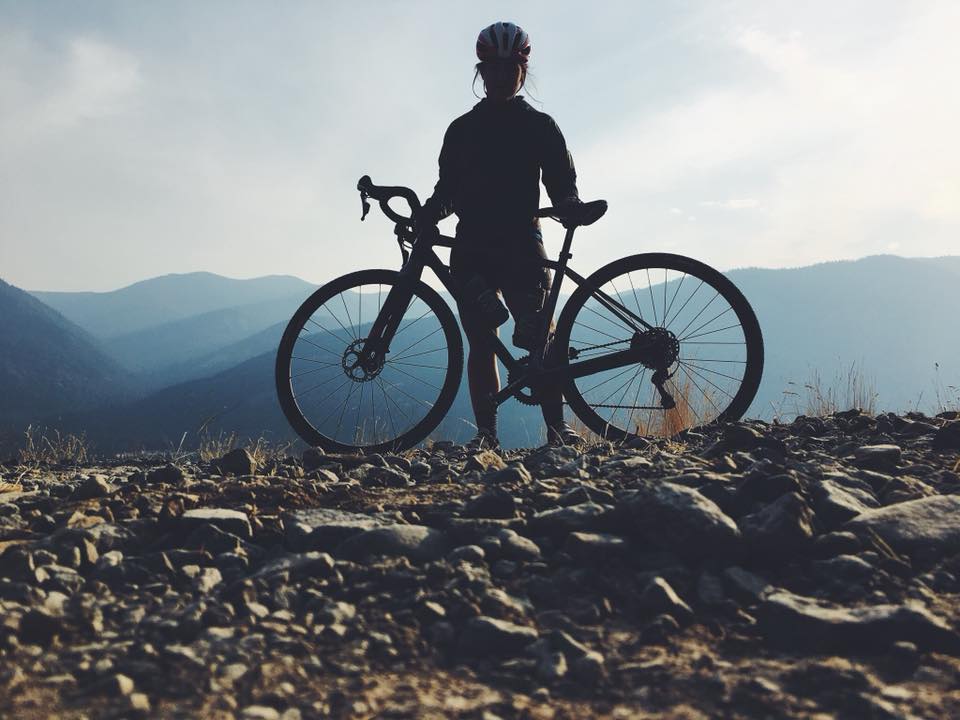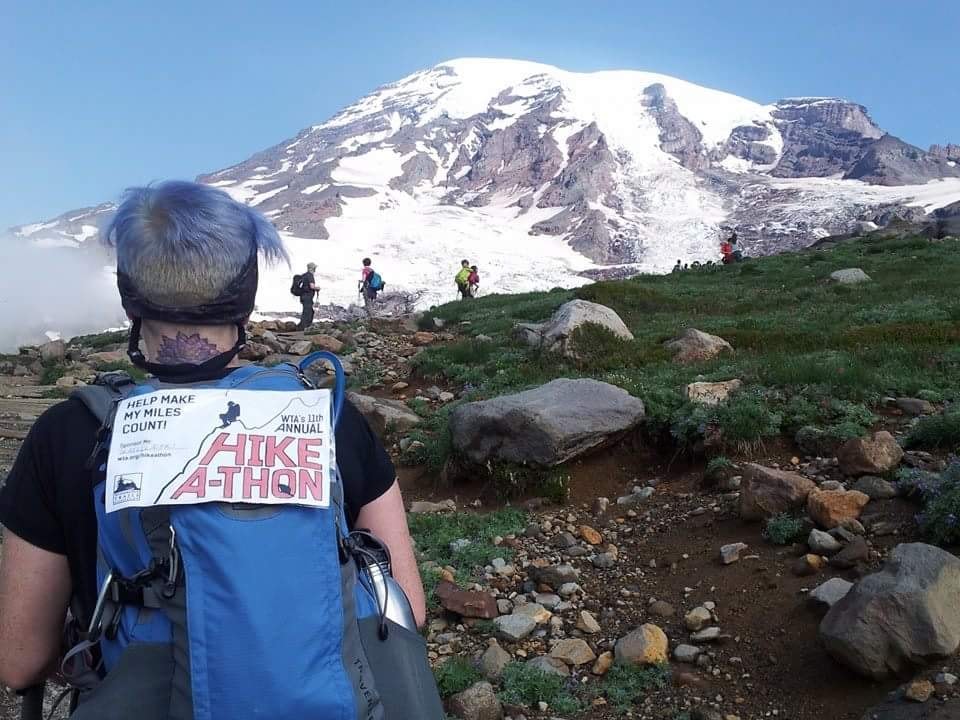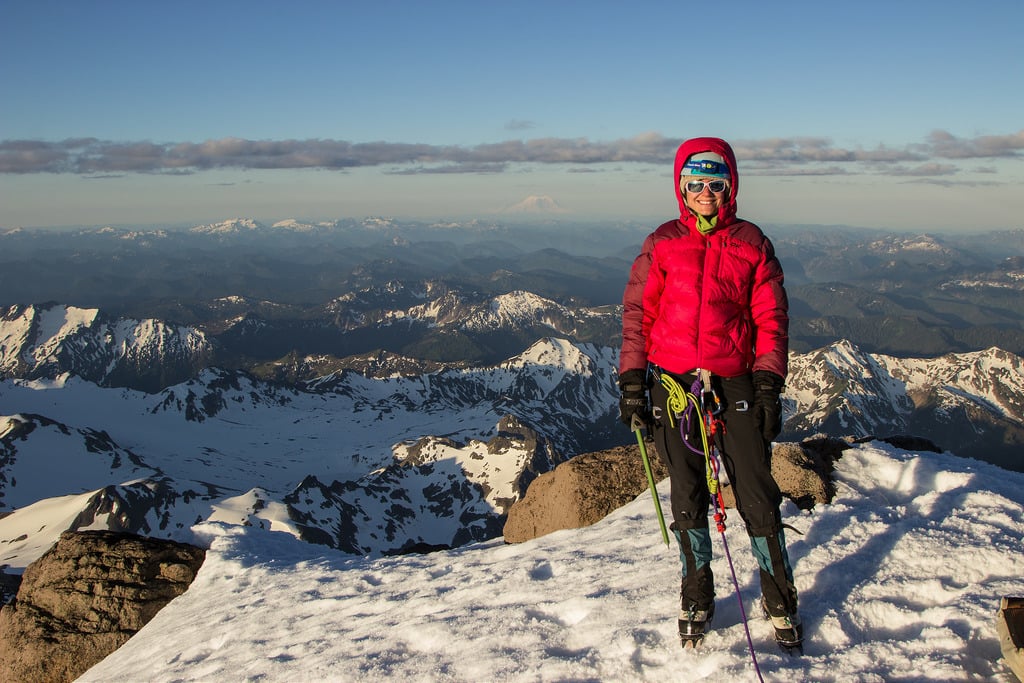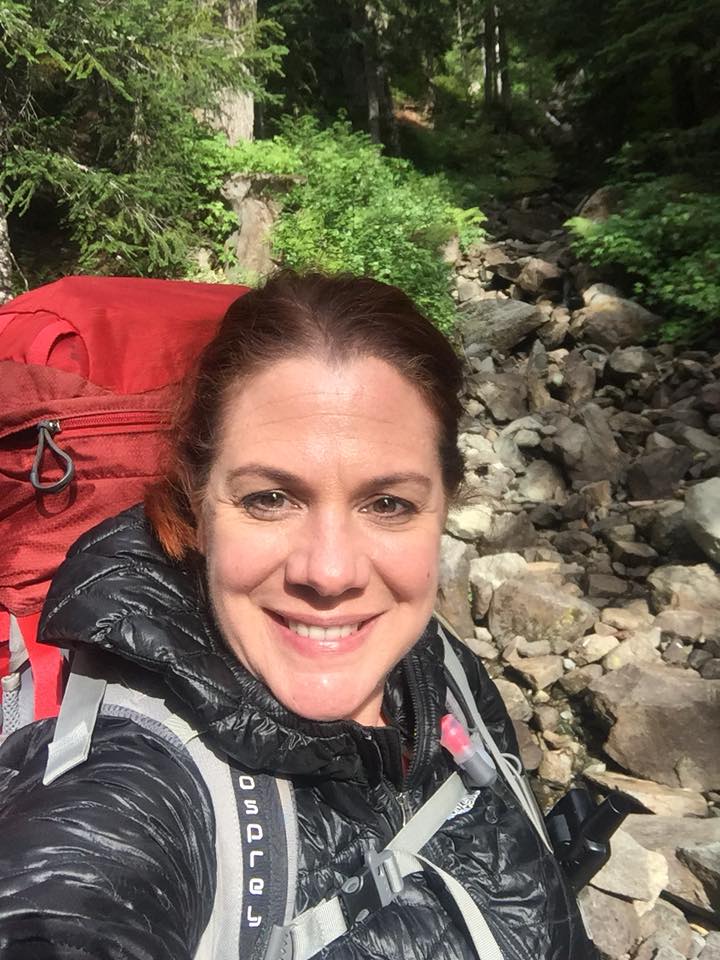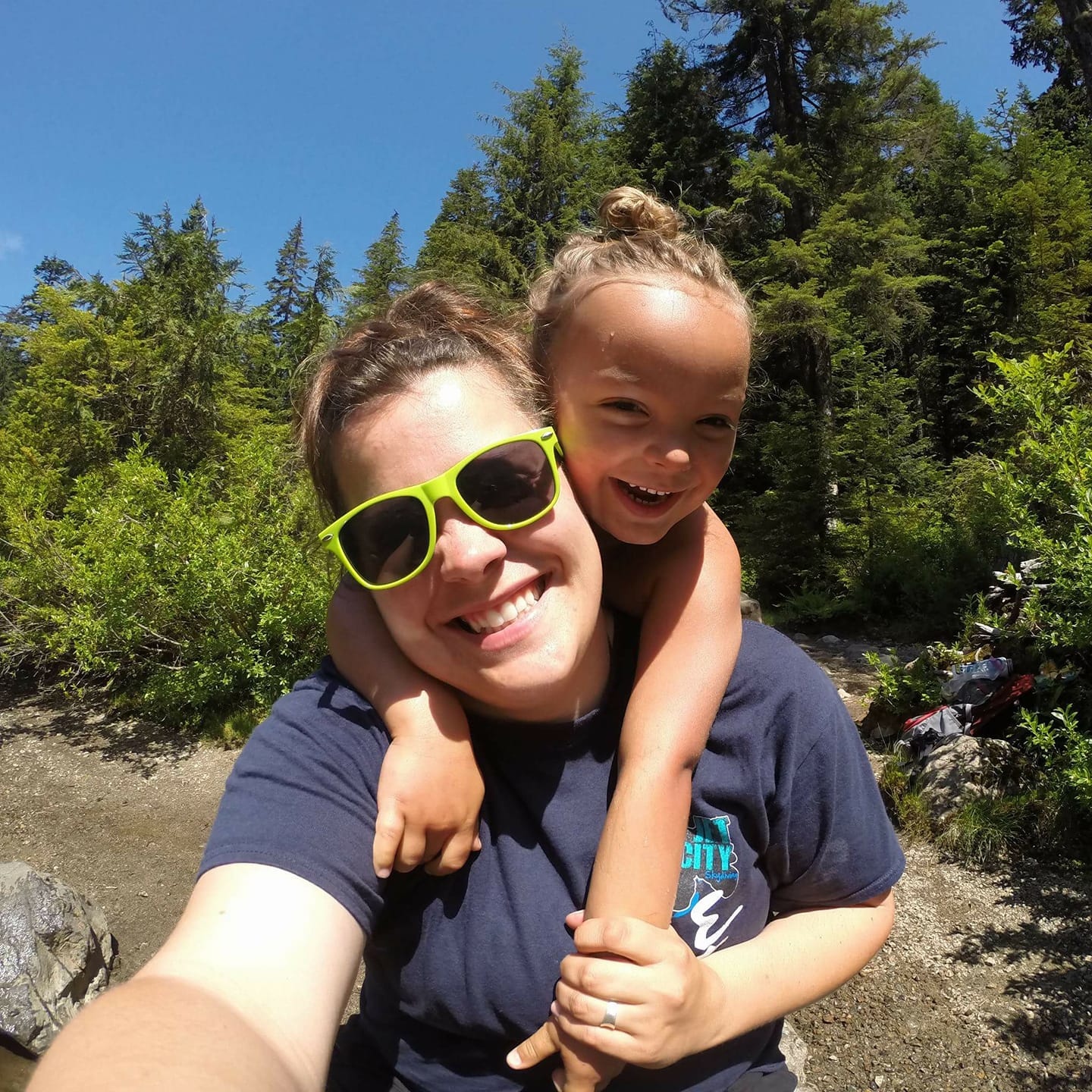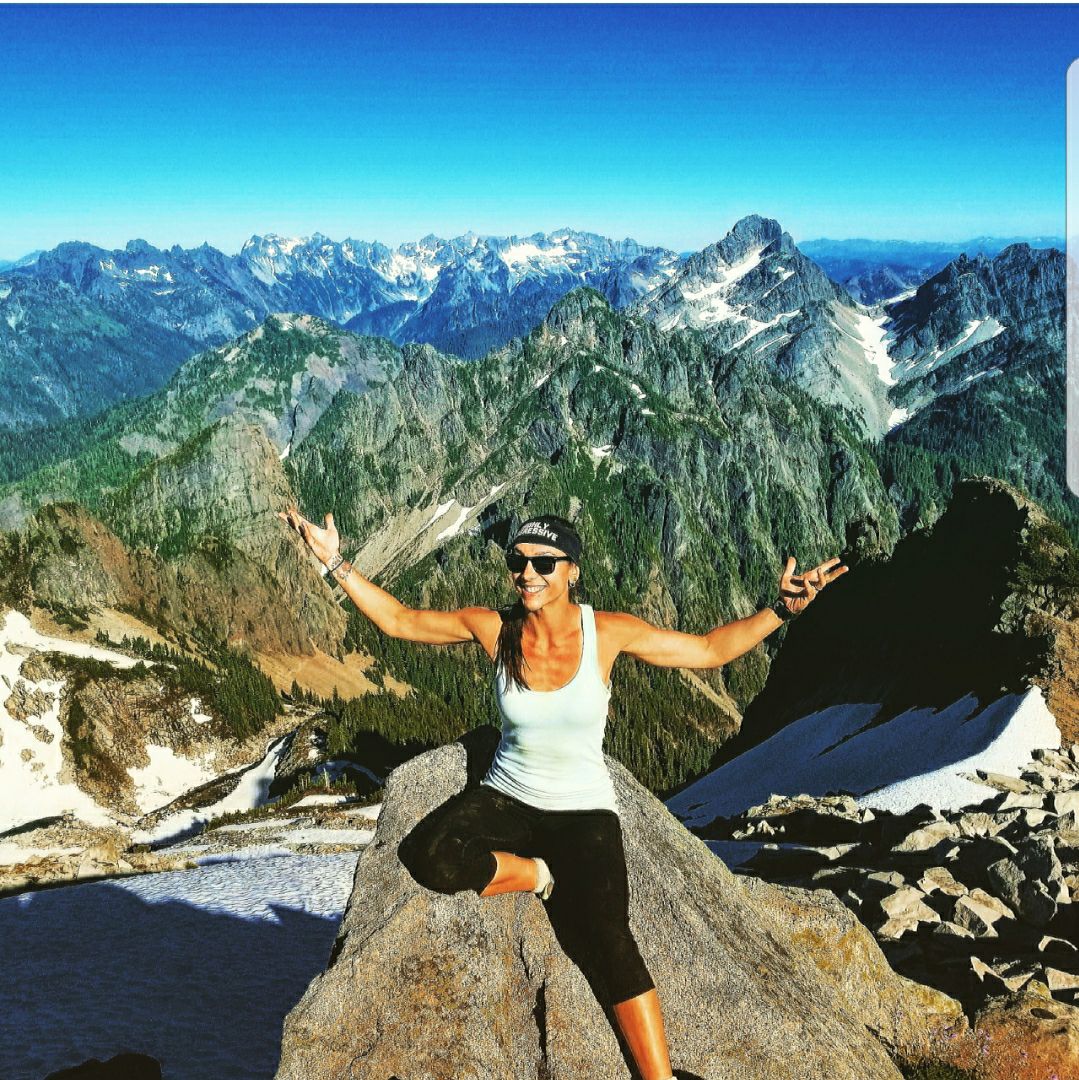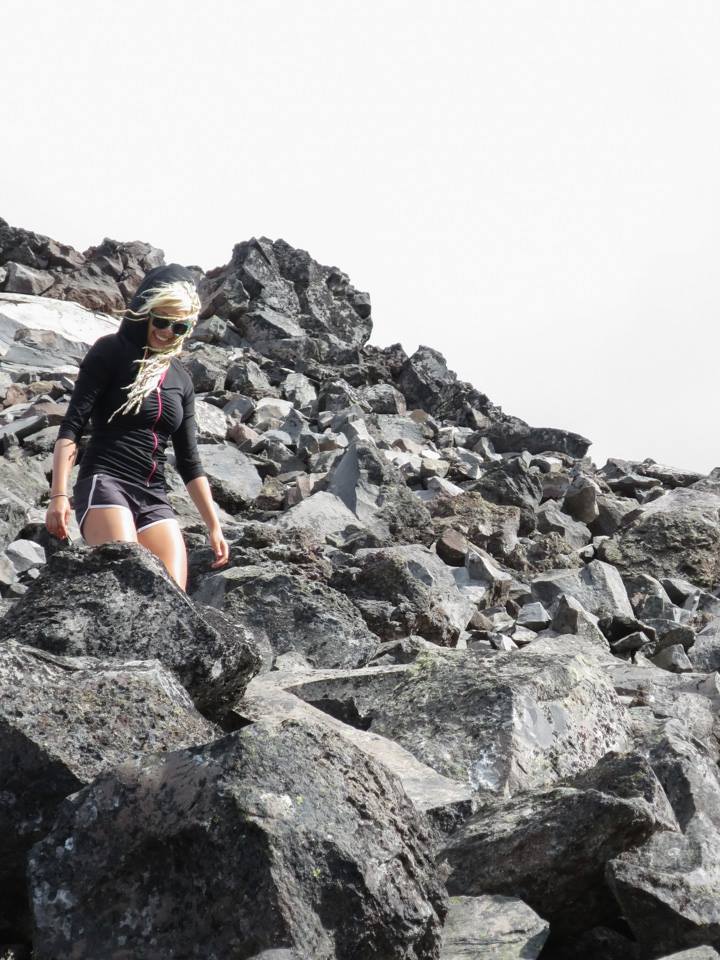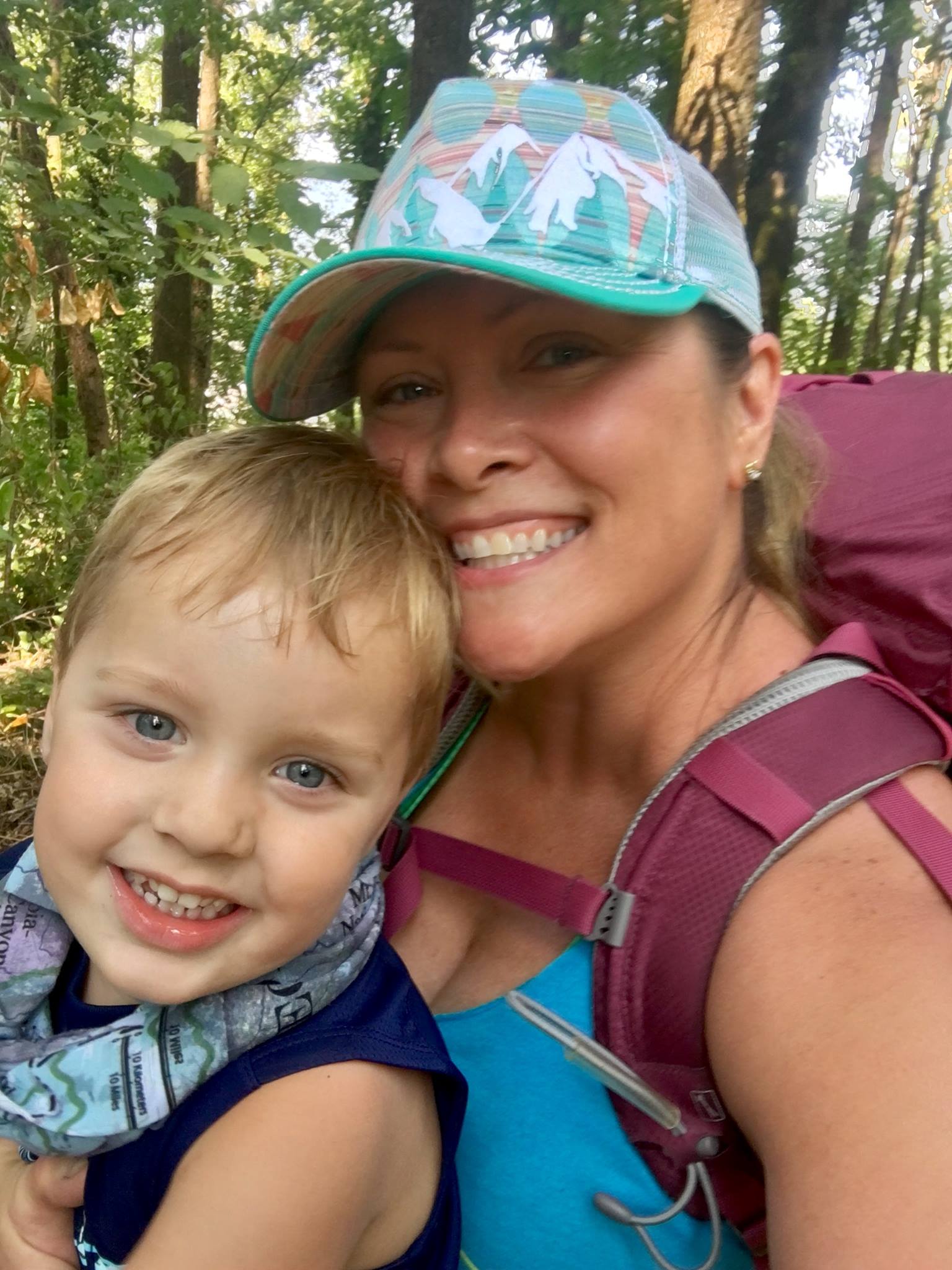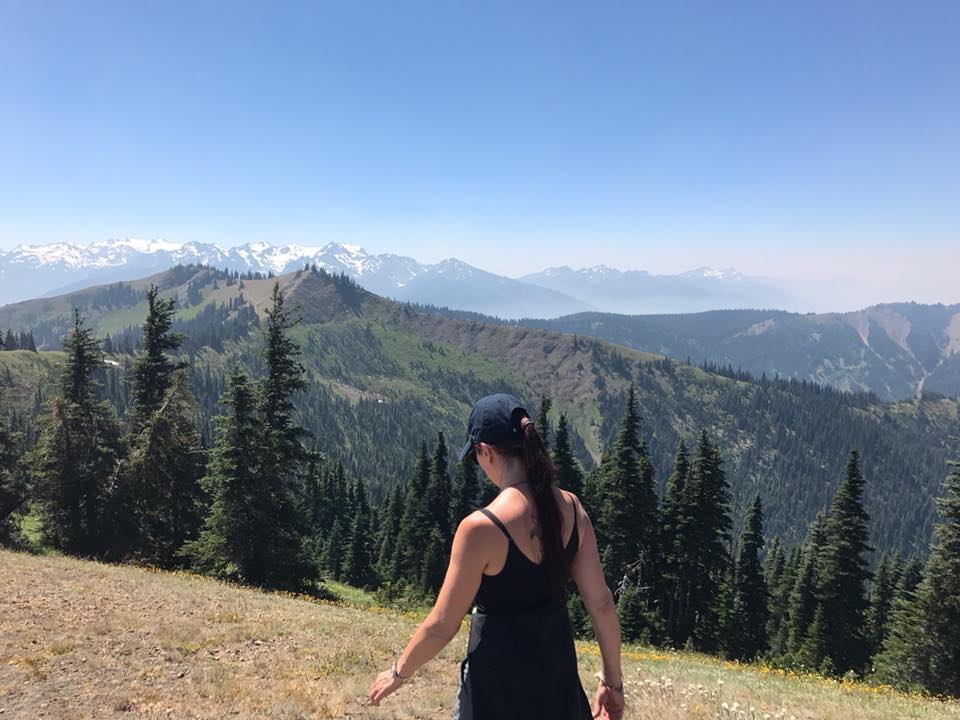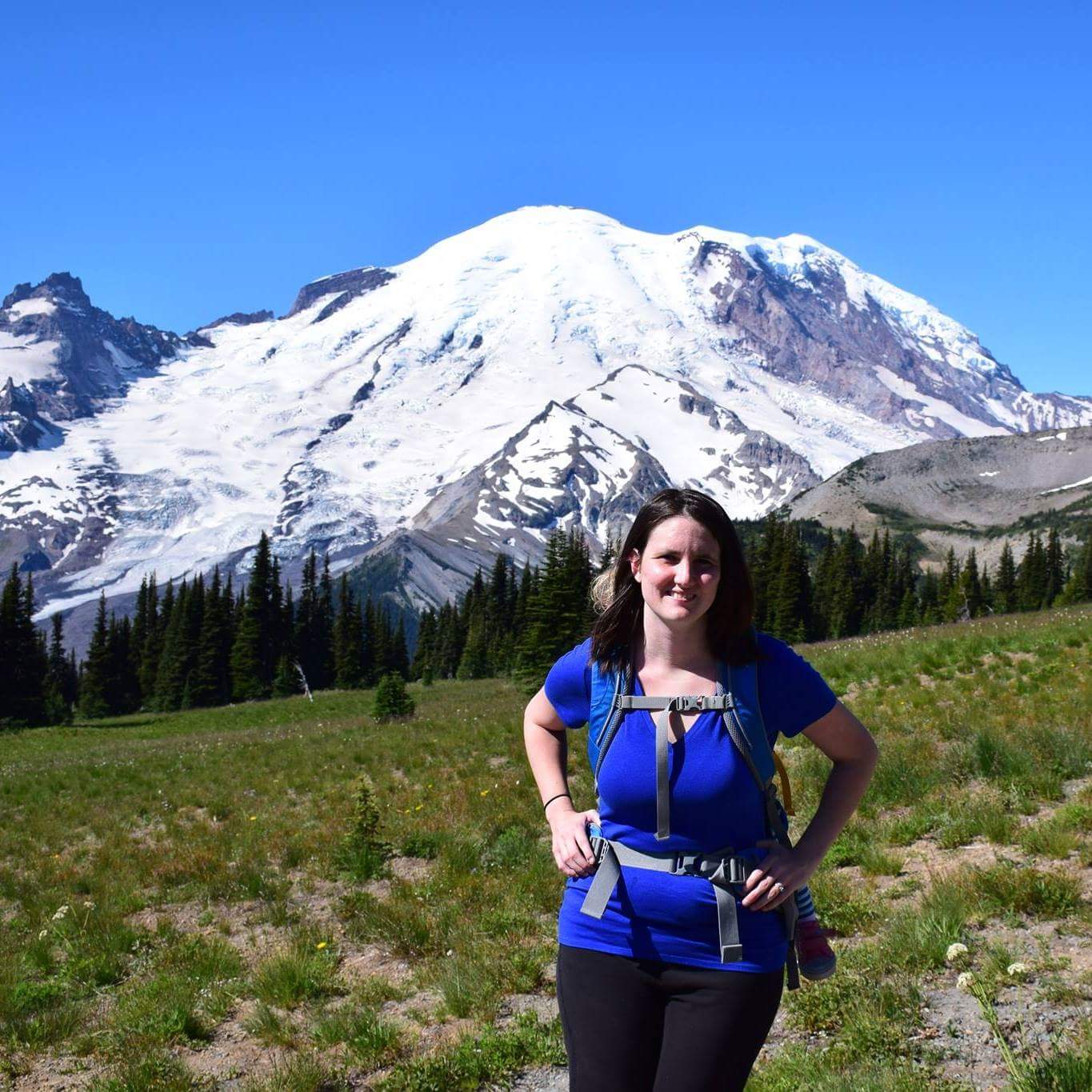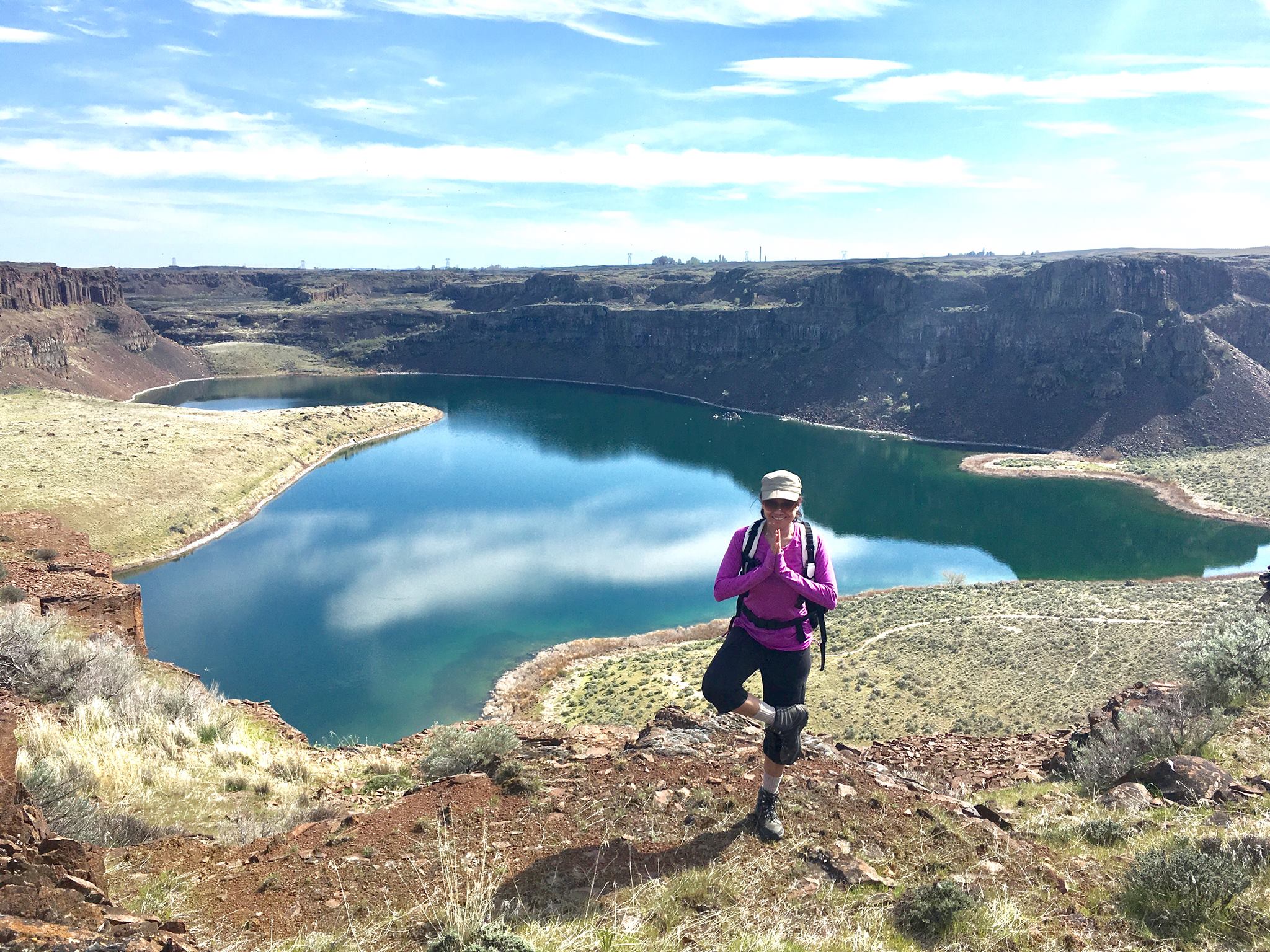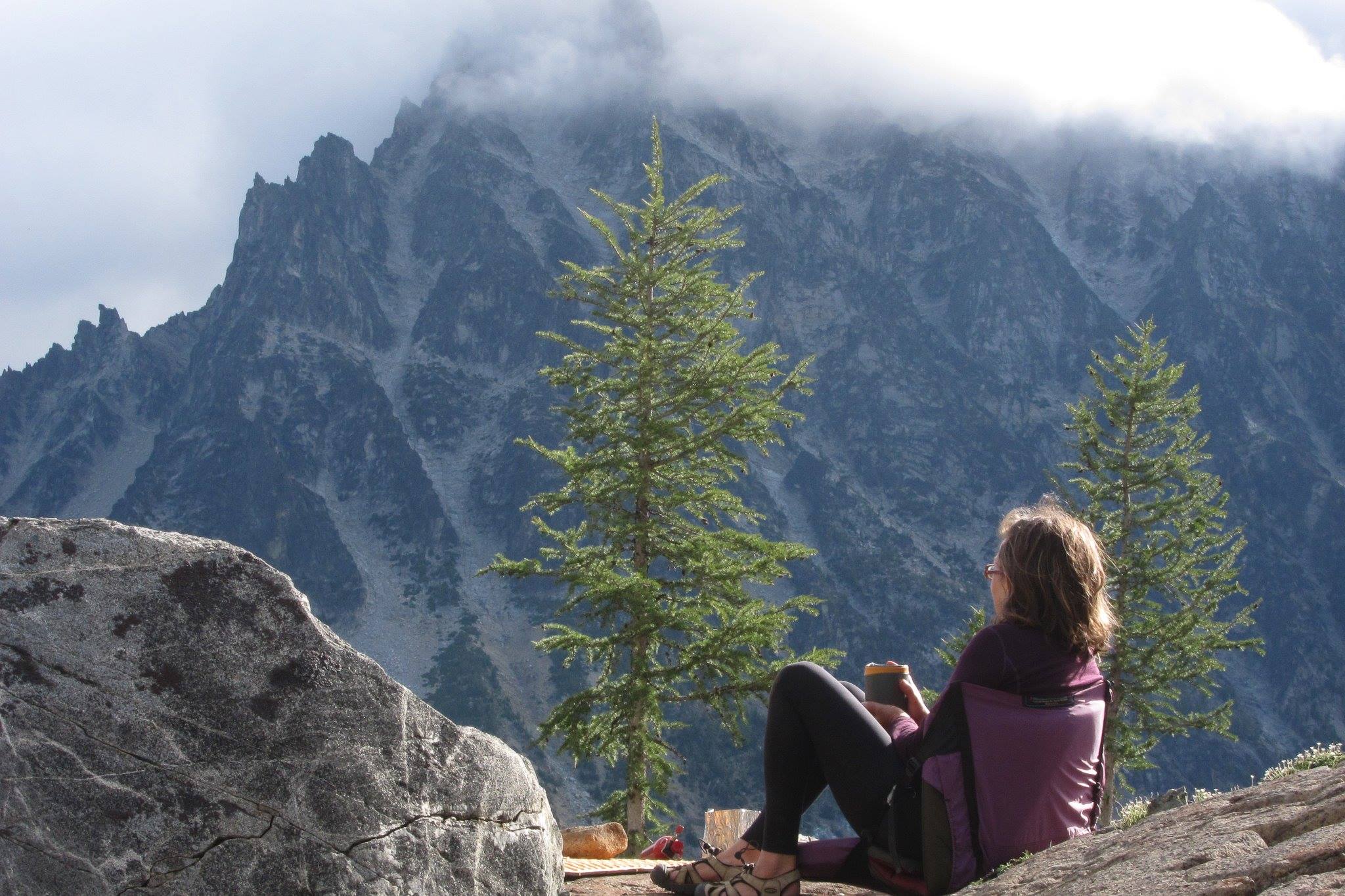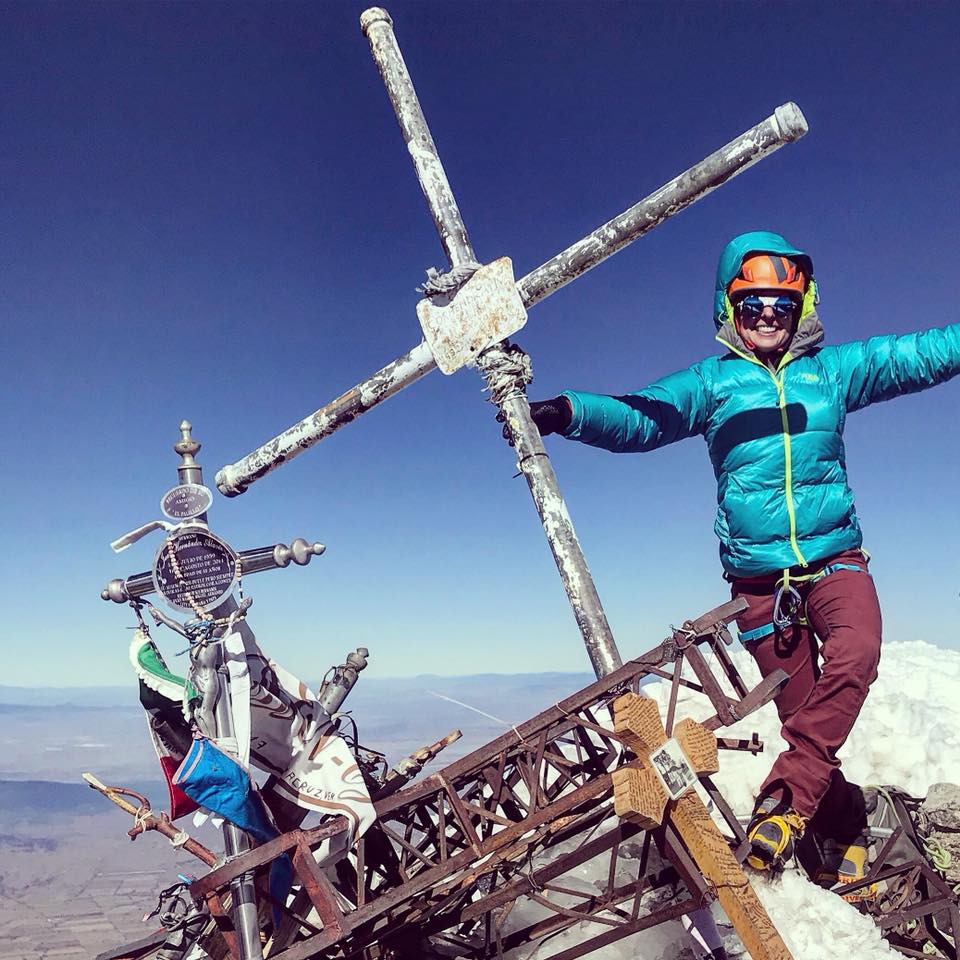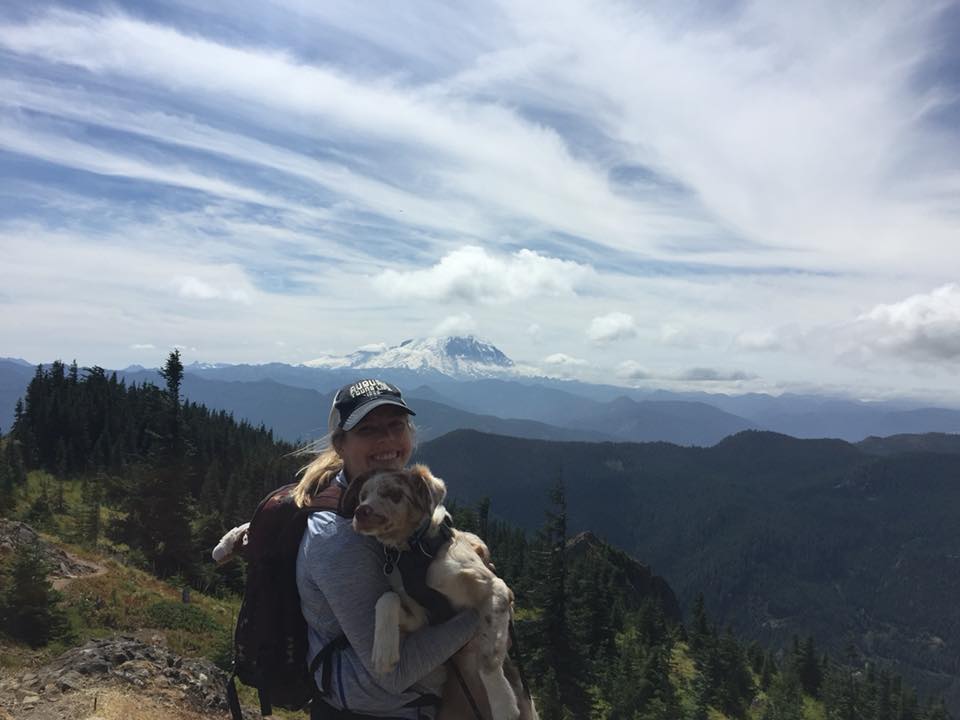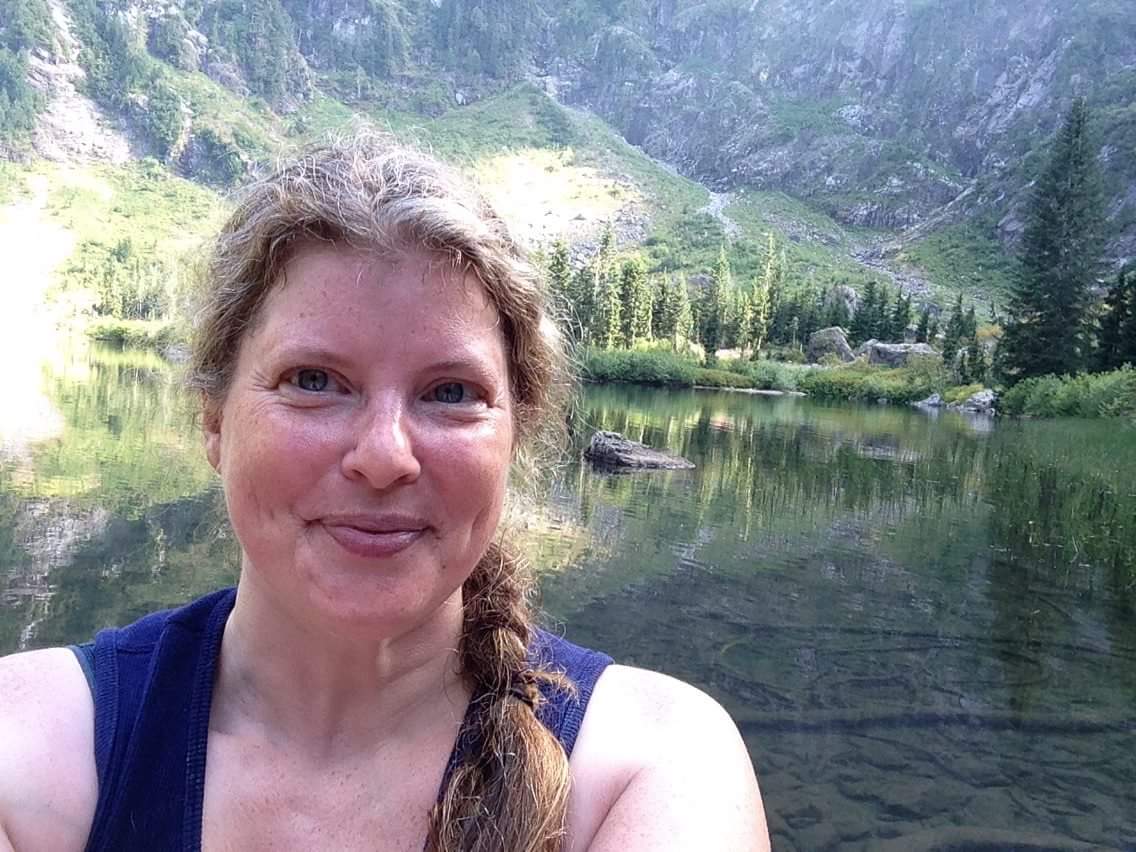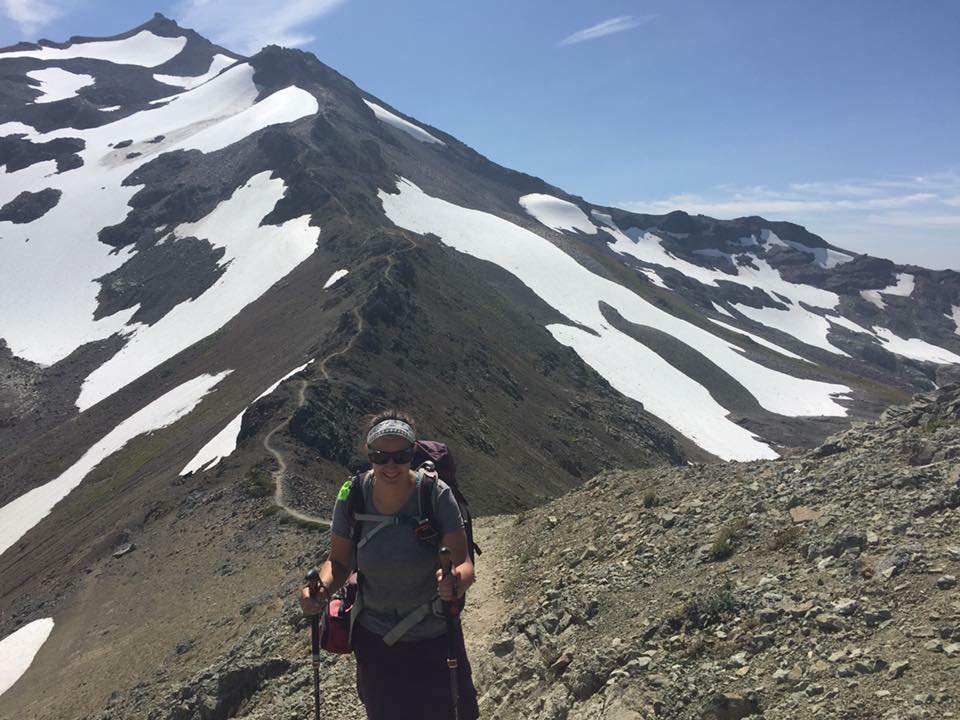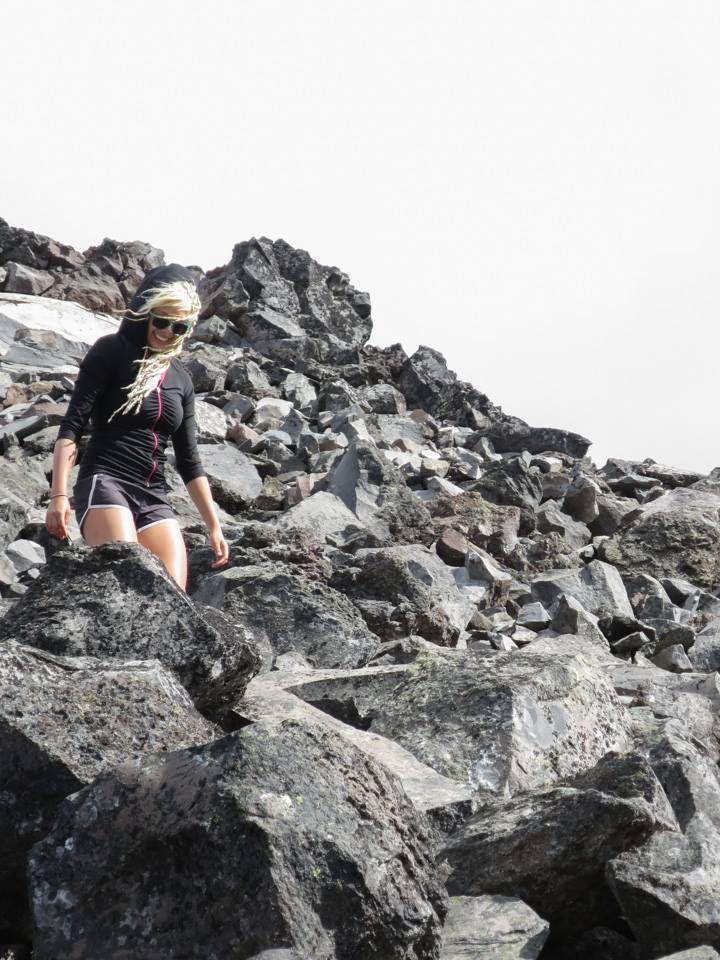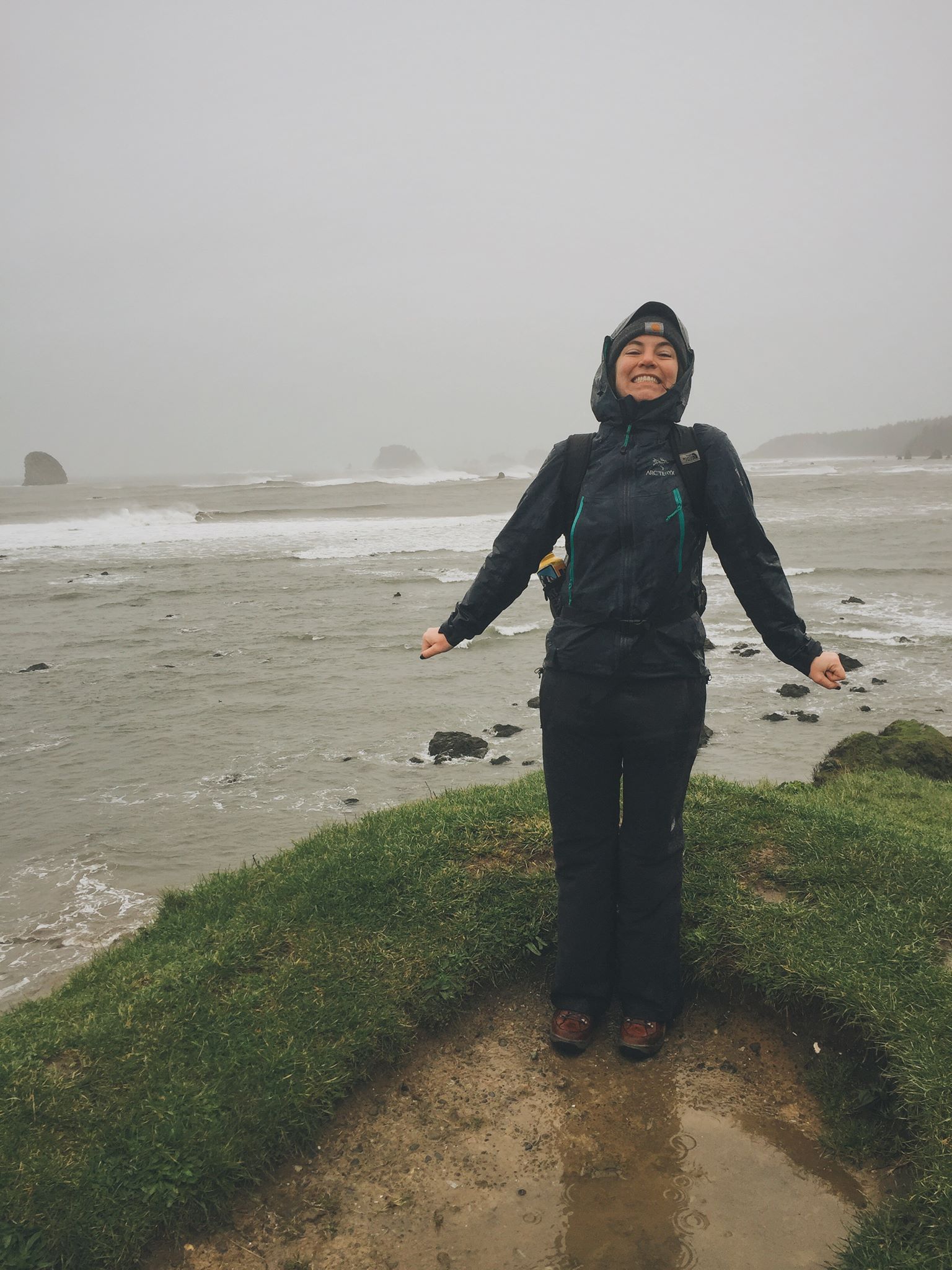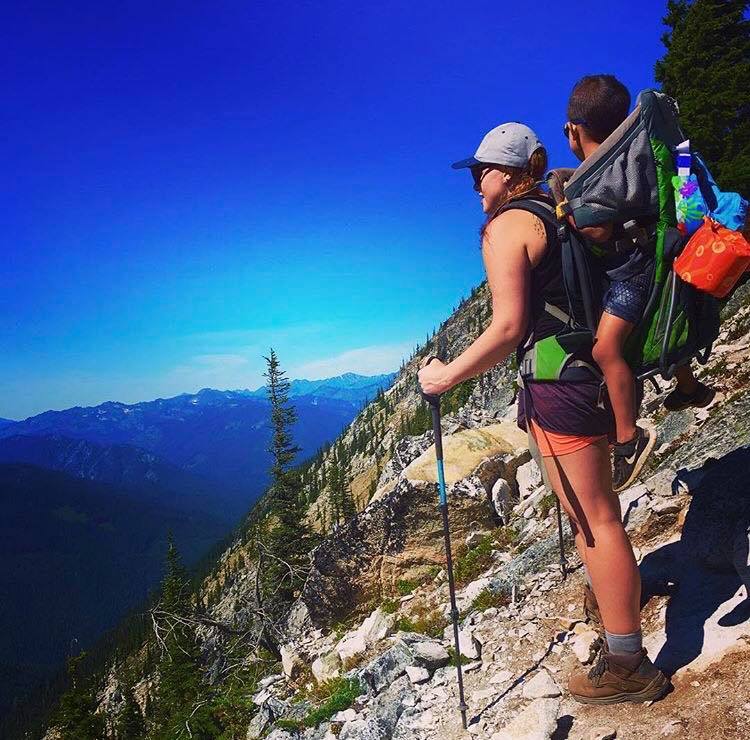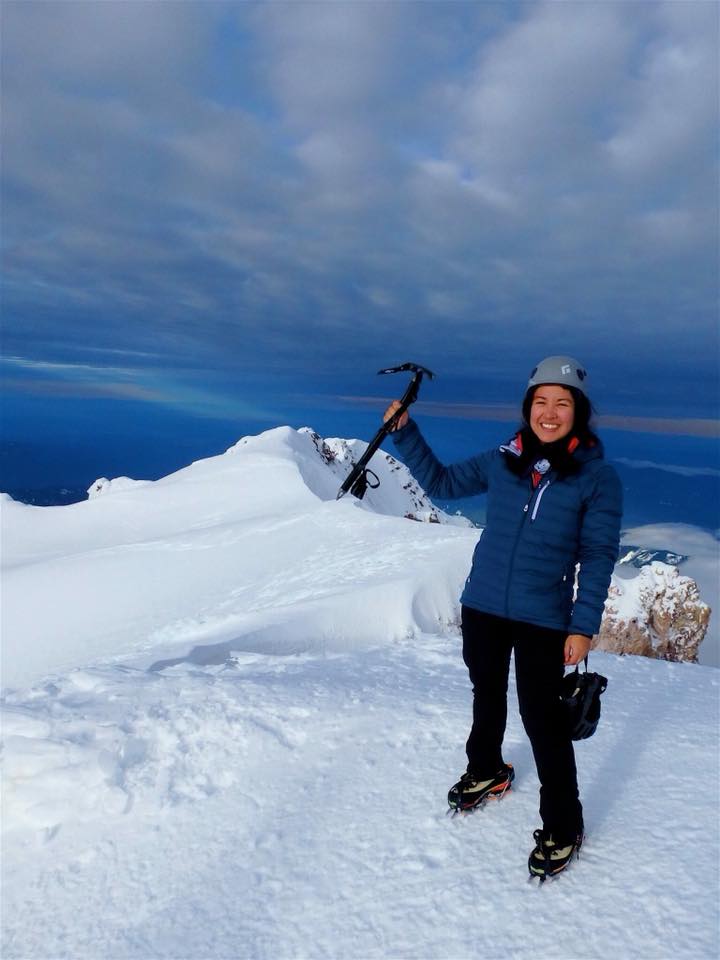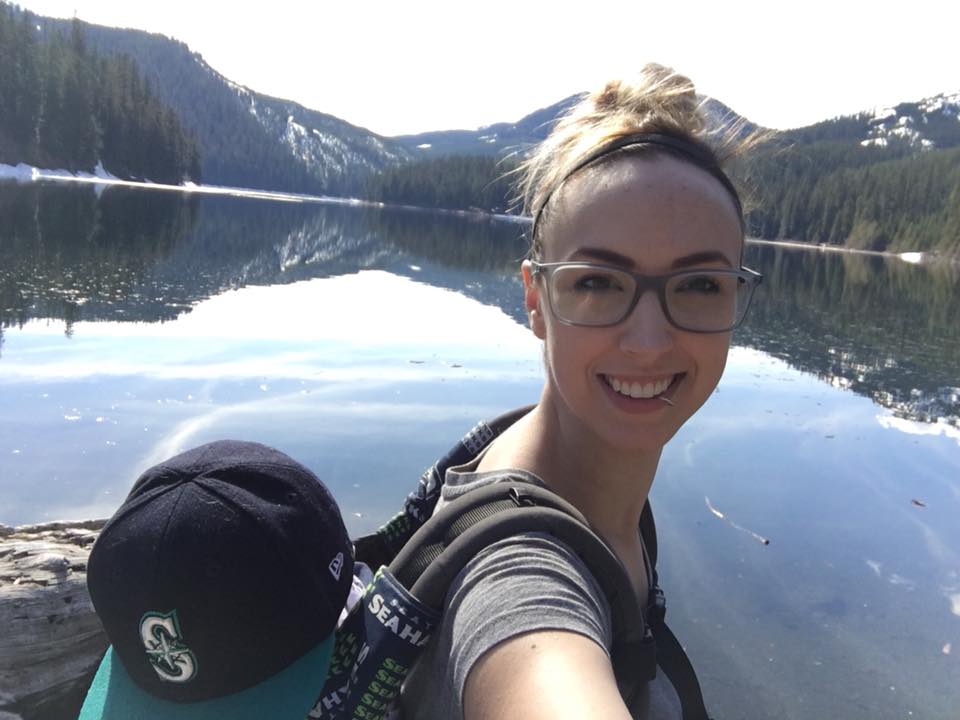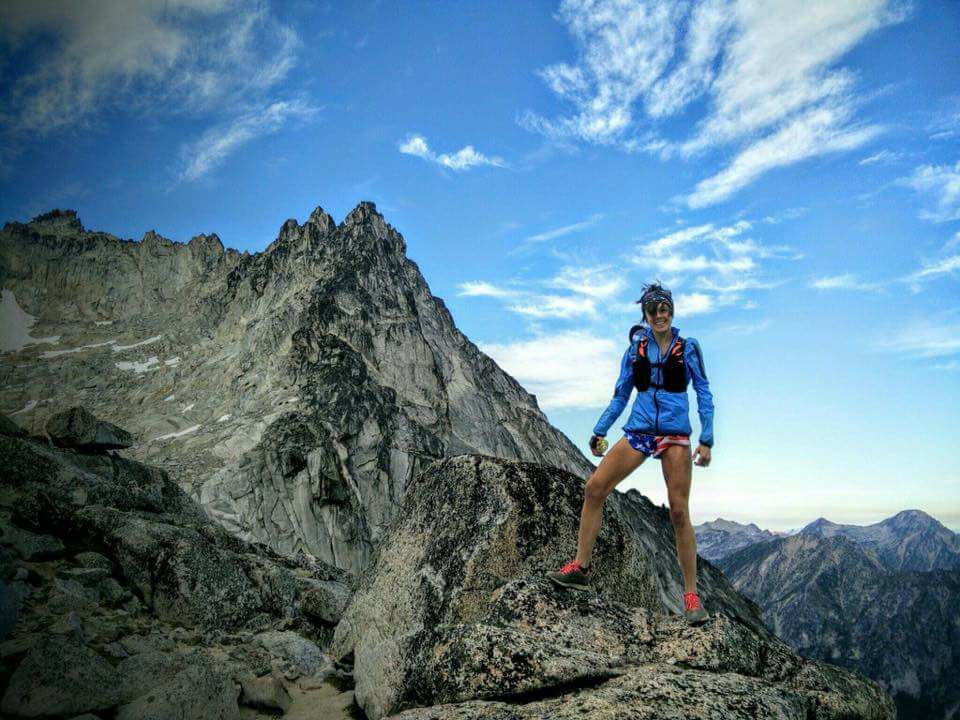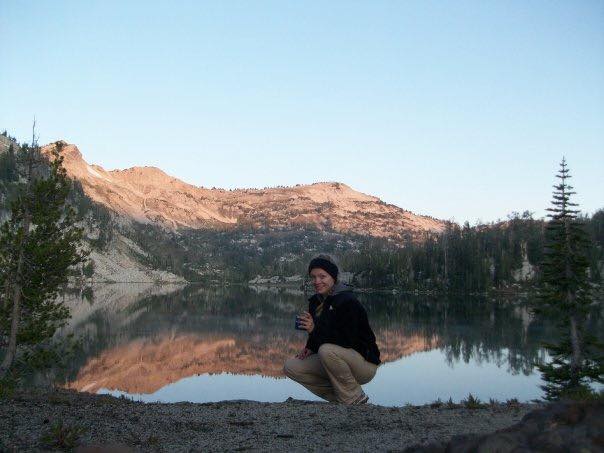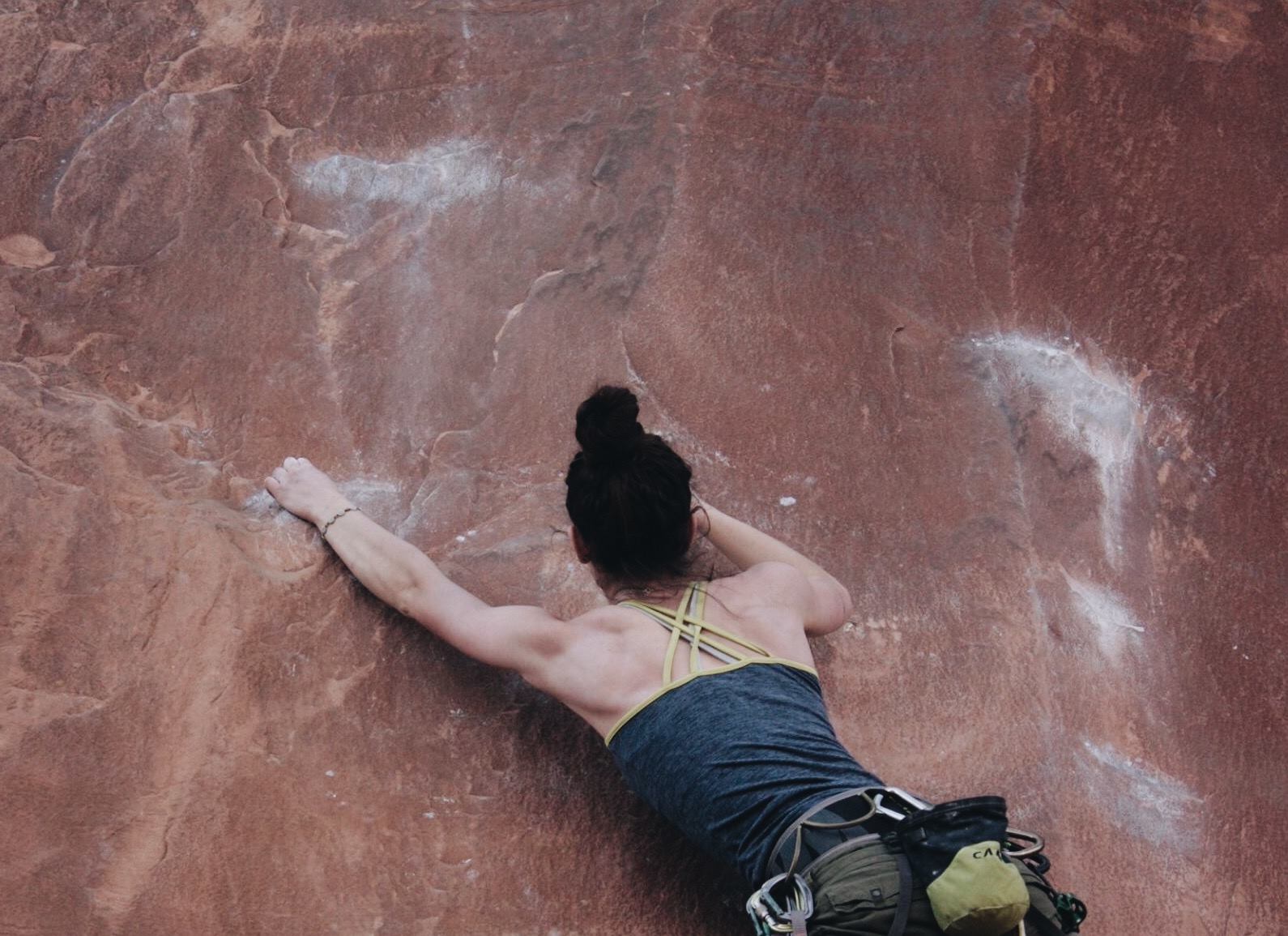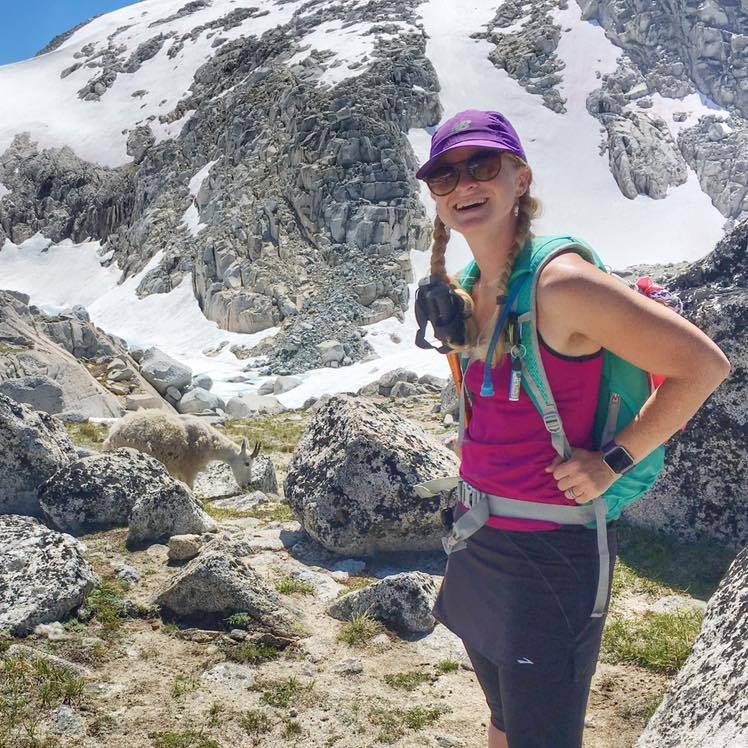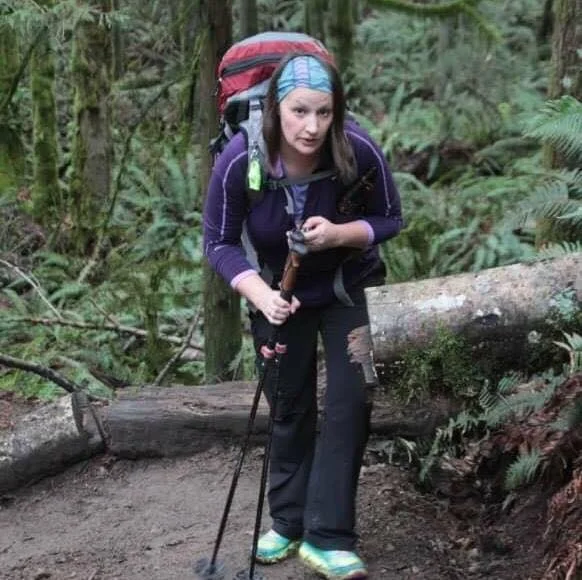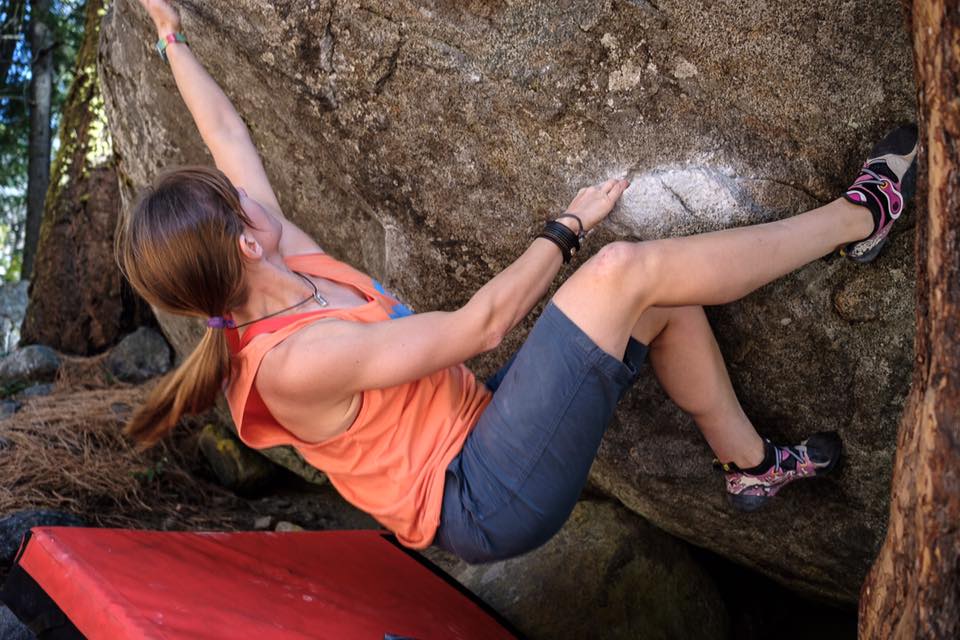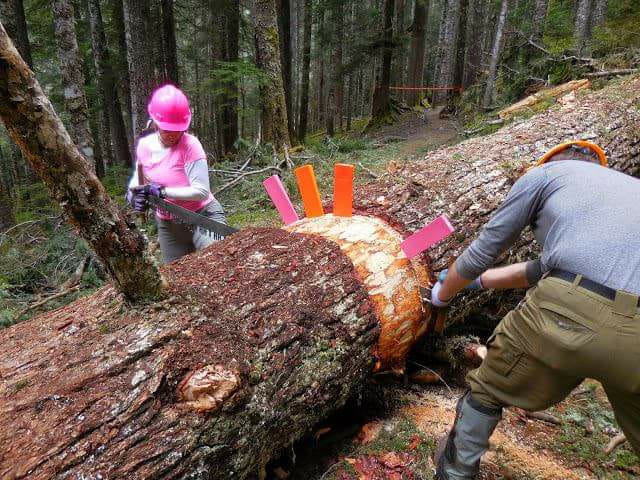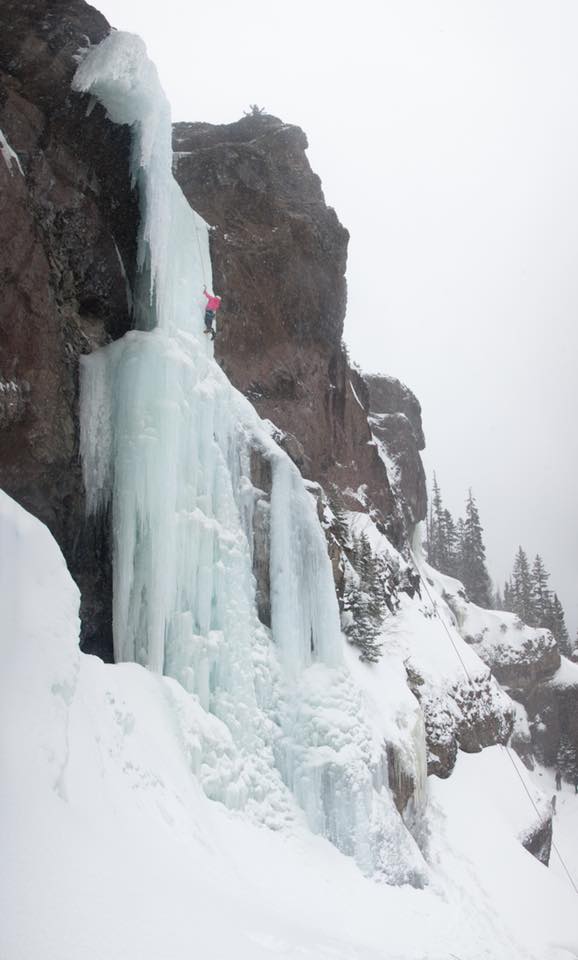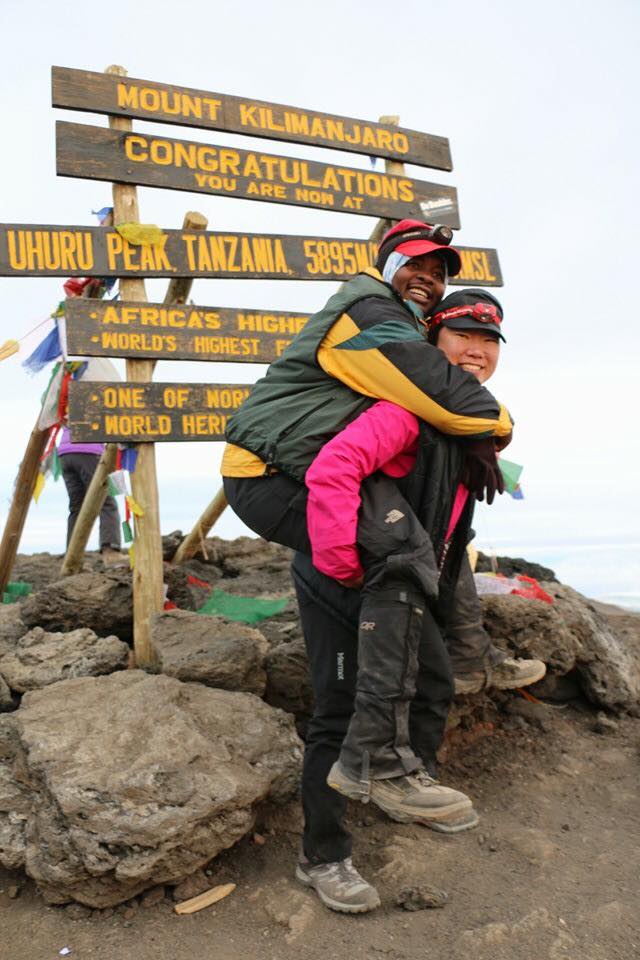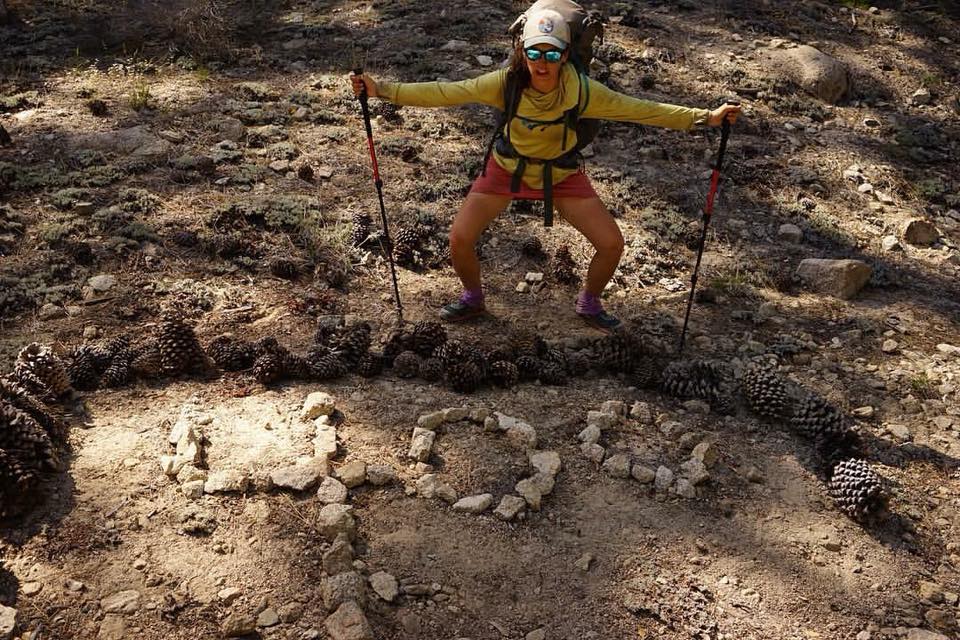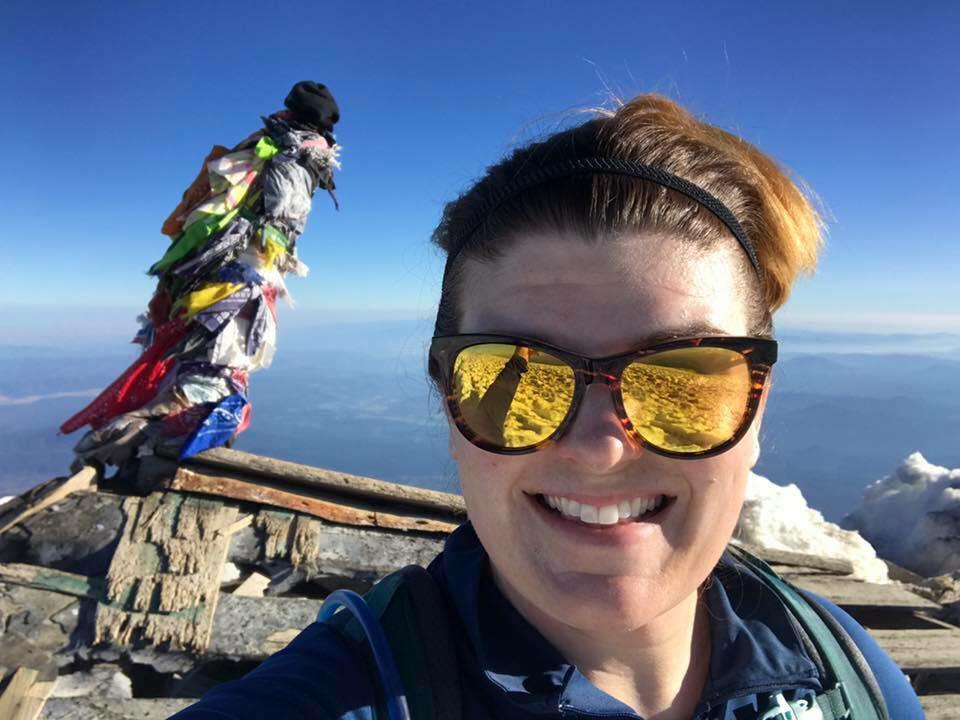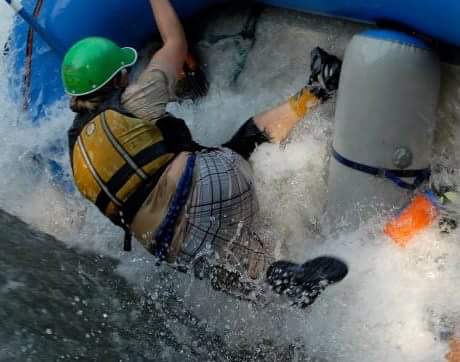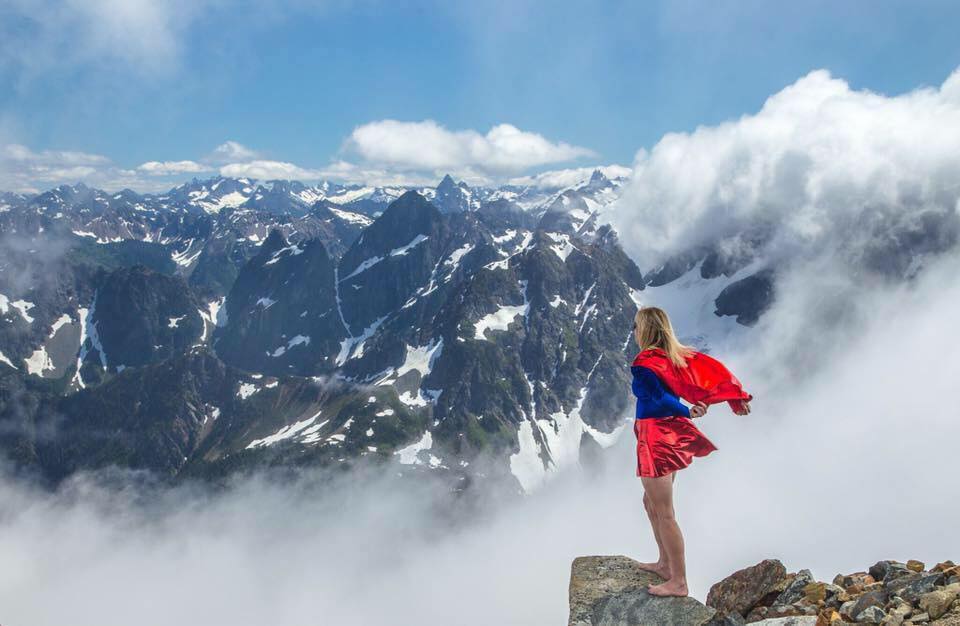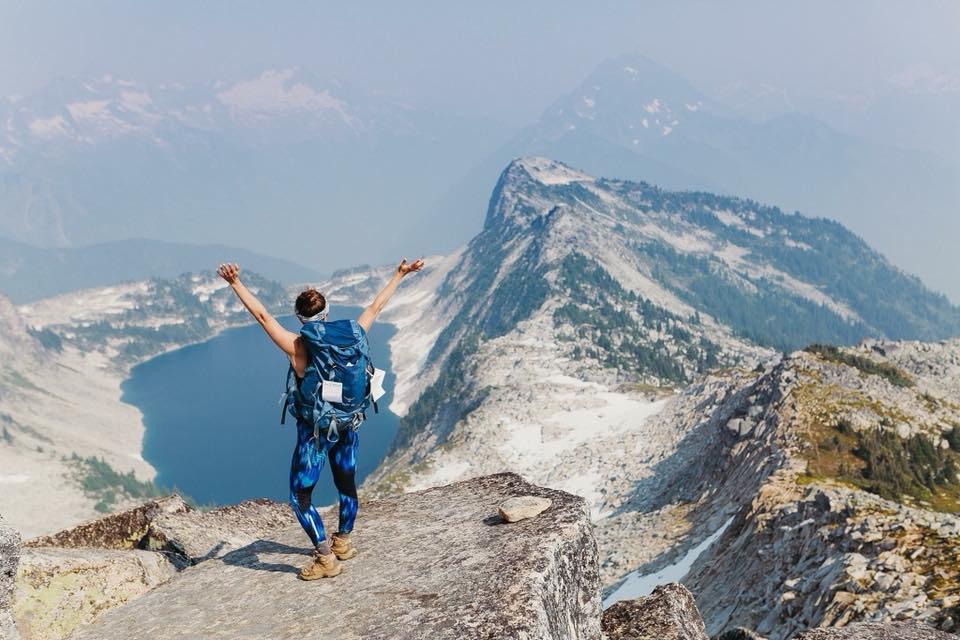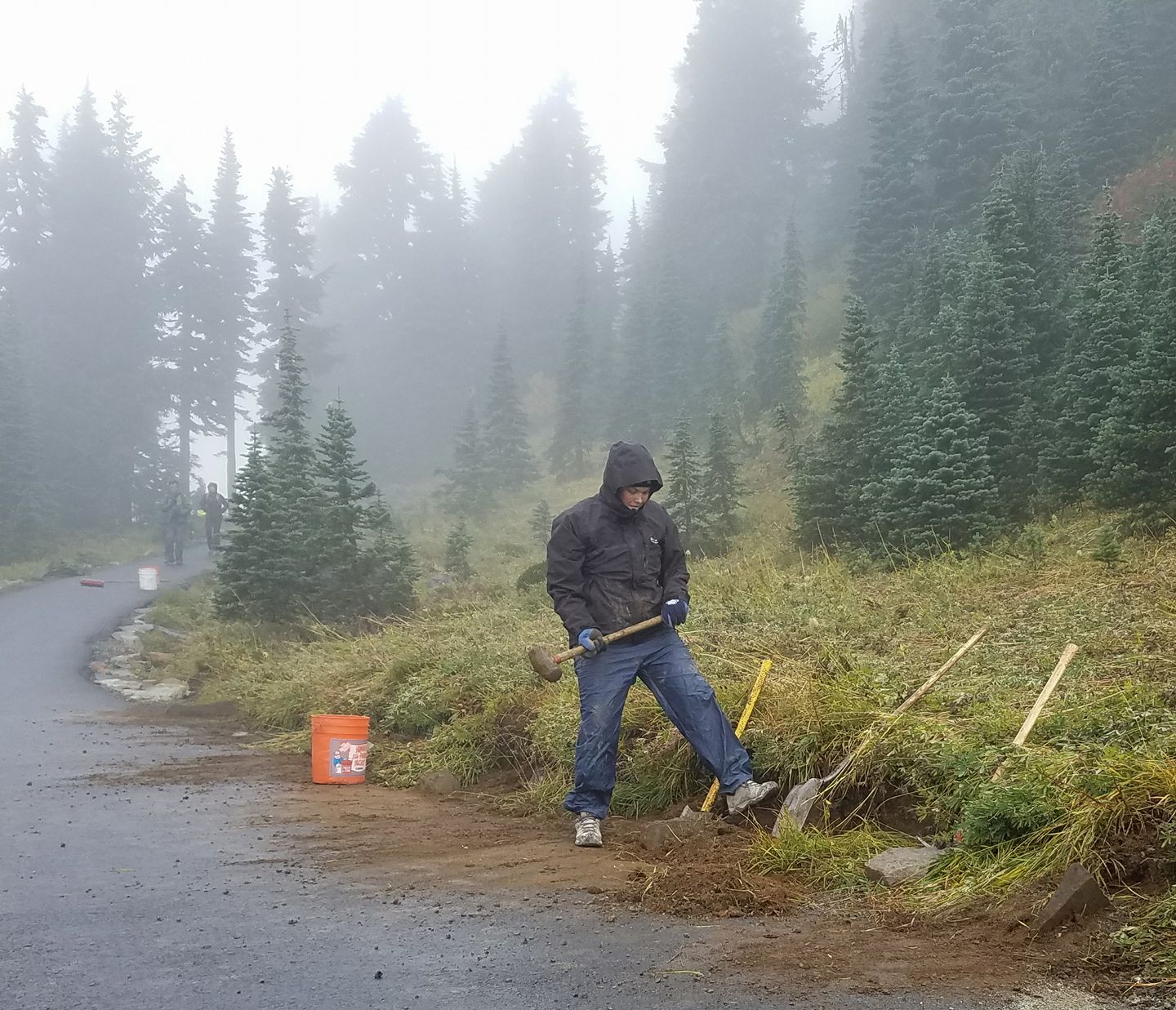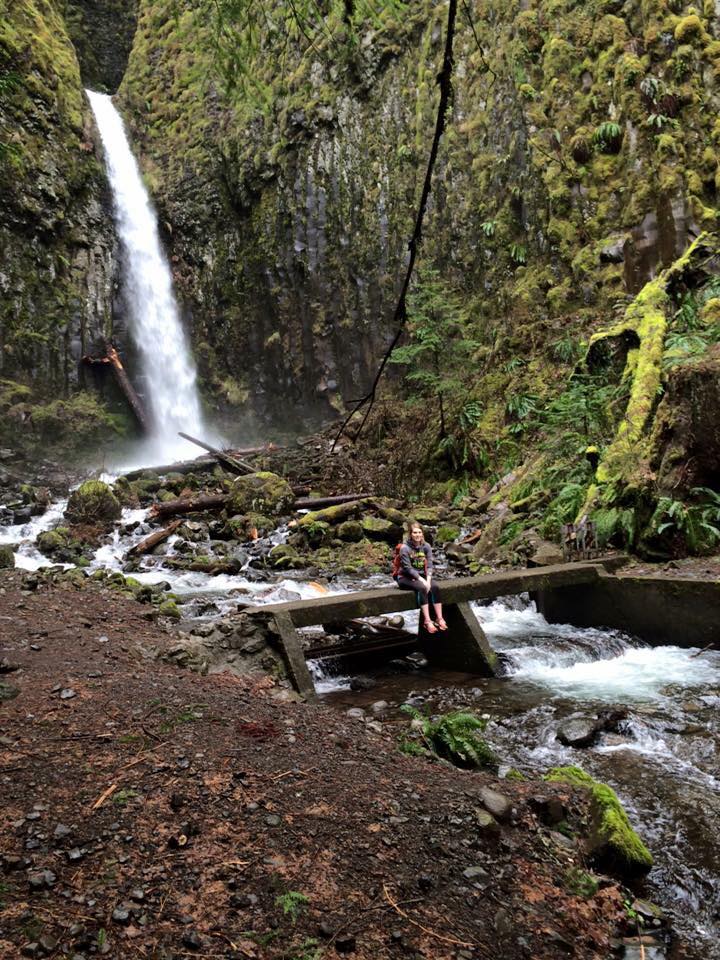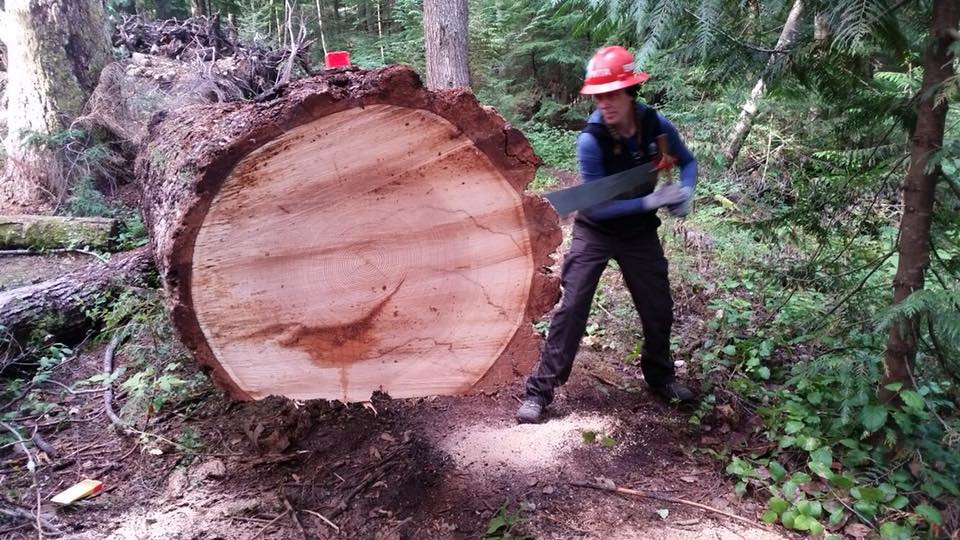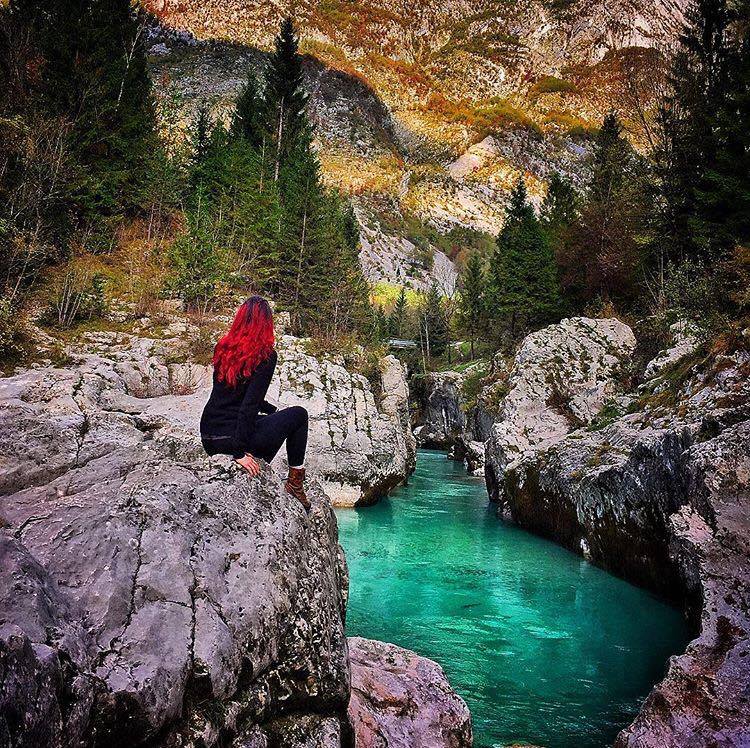It’s 2:00 am when Vincent bops into my room, immediately identifying the Beyonce album blasting from my phone. I never imagined having a male doctor deliver my first baby, but Vincent, introduced by our doctor as the go-to-guy for any problematic births, put me immediately at ease. He asks for a progress report, which is largely the same as it has been the last two hours: the baby has crowned but hasn’t progressed past my pelvic bone. Her vitals are stable, as are mine, and I’m feeling remarkably good after 27 hours of labor. At this point I should clarify in case there’s any room for confusion: this is the very happy birth story of the one and only Ava Grey.
Let me rewind a few months. I found out I was pregnant in early February of 2023. In the wake of a traumatic miscarriage and subsequently draconic medical care, the initial weeks of my pregnancy were fraught. This was compounded by the double whammy of our sweet pup Millie needing knee surgery as Matt finished out the probationary period of his new firefighting career, stretching all of us to capacity. If you’ve ever wondered what it’s like to be pregnant while sleeping on your van mattress in a pen on the living room floor with your post-op dog, I can tell you: it’s ROUGH, pun intended.
Those first few weeks passed in a blur of naps and nausea, and before I knew it we were on our way to our first baby appointment. I opted for a new doctor, someone known for their empathetic care and data-driven approach. Anxiety was high as Matt and I sat in the waiting room, hoping for good news. Seeing our baby on the ultrasound screen and hearing her tiny, rapidfire heartbeat was cathartic. We left in a haze of happiness, hands clutching each other and a pile of papers detailing all the key appointments to come. I won’t bore you with the technical details of pregnancy, though you’re welcome to send me a note if you have any questions. What I will say is don’t be afraid to ask your team for help at any time–they’re there for you and no question is too small or silly.
Flash forward a few months, and I was feeling extremely pregnant as my belly swelled and my body shifted in innumerable ways. I’ve never been so acutely aware of my round ligaments before, and my already keen sense of smell reached new depths of sensitivity. We spent the summer adventuring as much as possible within my swiftly changing physical limits; and I relished each moment outside. Shortly after Matt graduated from probation, we went on a babymoon of sorts to Chamonix and it felt like a dream to walk and climb in the Alps with our baby girl cradled inside me. I spent a lot of time thinking about epigenetics and the inheritance of sorrow. If I could unwittingly pass down trauma, could I intentionally transmit joy? I still don’t know the answer but I visualized it bubbling up through my body all the same, hoping to instill a love for the outdoors in her that ran to the bone.
By the time week 38 hit, I was a sore, swollen mess. Given a few different factors, we decided induction was the safest plan for us. We scheduled a date and arrived at the hospital at 39 weeks exactly, equal parts excited and nervous. Induction, it turns out, is a game of hurry-up-and wait. We played cribbage, ate snacks, chatted with the doctors and nurses, and had mini dance parties in our delivery suite. By the time my sister arrived, labor had progressed to the point where I was ready for an epidural. Despite a textbook application of the first one, I was still feeling every painful contraction. It took three hours of working with the anesthesia team until it finally kicked in, and I was so grateful when it did.
It’s now 3 am and given the continued lack of progress and my flagging energy, Vincent is running us through our options. After some deliberation, we decide to utilize suction to move things along. Decision made, the room bursts into a flurry of activity as all the relevant teams enter, ready to provide whatever medical care is needed to ensure her safe arrival earthside. At 3:36am, the playlist flips to “Work It” by Missy Elliott and one of the nurses remarks how hilarious it would be if she came out to this song. Two minutes later, she arrives to the deep, bassy notes of Missy trilling “tiesreverdnatipilfnwodgnahtymtupi,” all 9 lbs, 2 oz, and 20 inches of her. Matt cuts the cord, and Tessa places her against my chest where I automatically fall deeply in love. What followed was a jumble but the important details remain: she was healthy, I was healthy, and a day later we were cleared to go home with our new baby girl, Ava Grey.
It’s been a few beautiful, sleepy months since we brought her home and the lovefest continues. I was inspired to write about her birth story because there aren’t enough good ones out there. Everyone deserves compassionate, comprehensive medical care for their own experience and yet so many new parents receive the opposite. I hope this story serves as a reminder of what this experience can be.
I also want to share my deep and enduring gratitude for the people who played integral roles in this experience. I never imagined that giving birth could be full of so much laughter and the unshakable confidence that our medical team had our backs in every way that mattered. Our team made the experience a delight and I’m still blown away that I can say that. To our family–by blood and by choice–we could not have done this without you. To Matt, for more than words can ever convey—I love you. And to Ava, for making me a mom. I can’t wait to share more of our adventures as they come.


